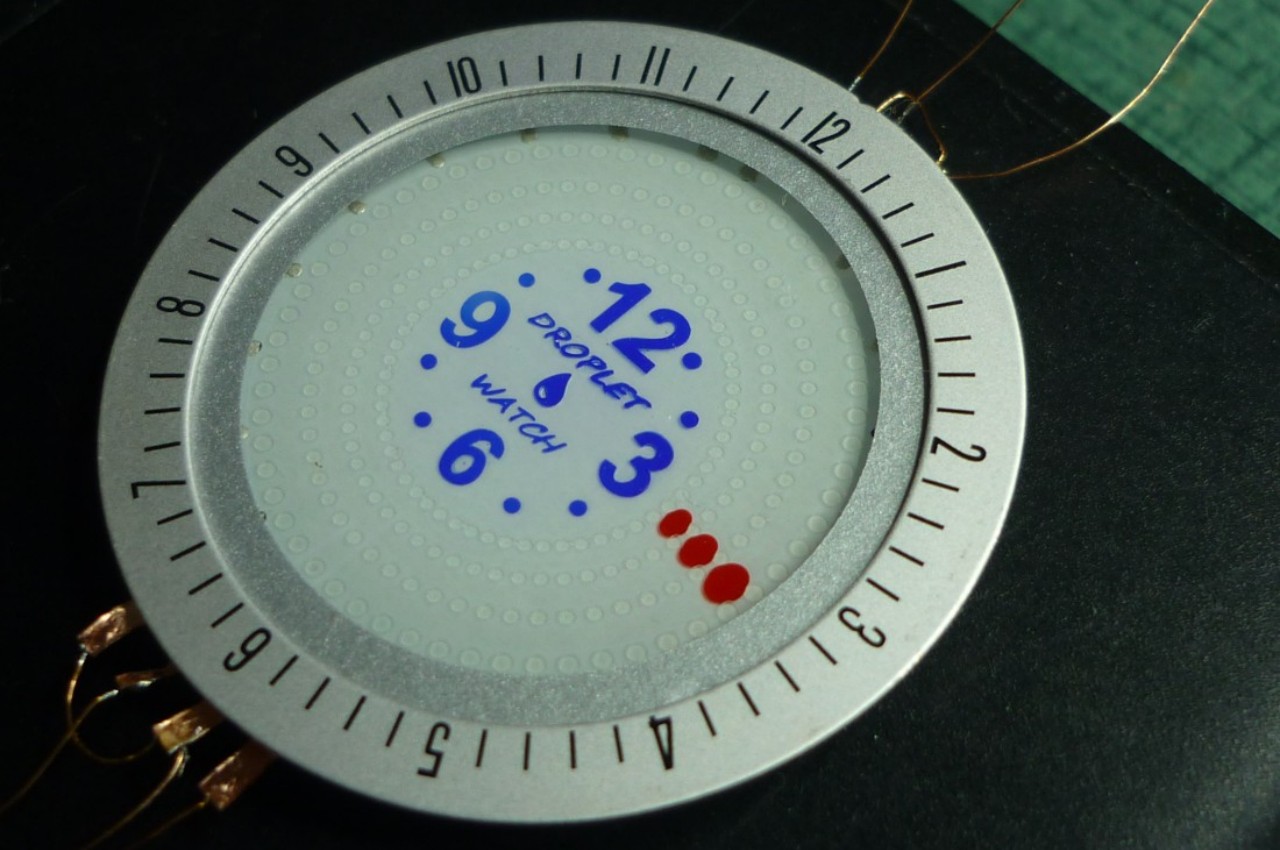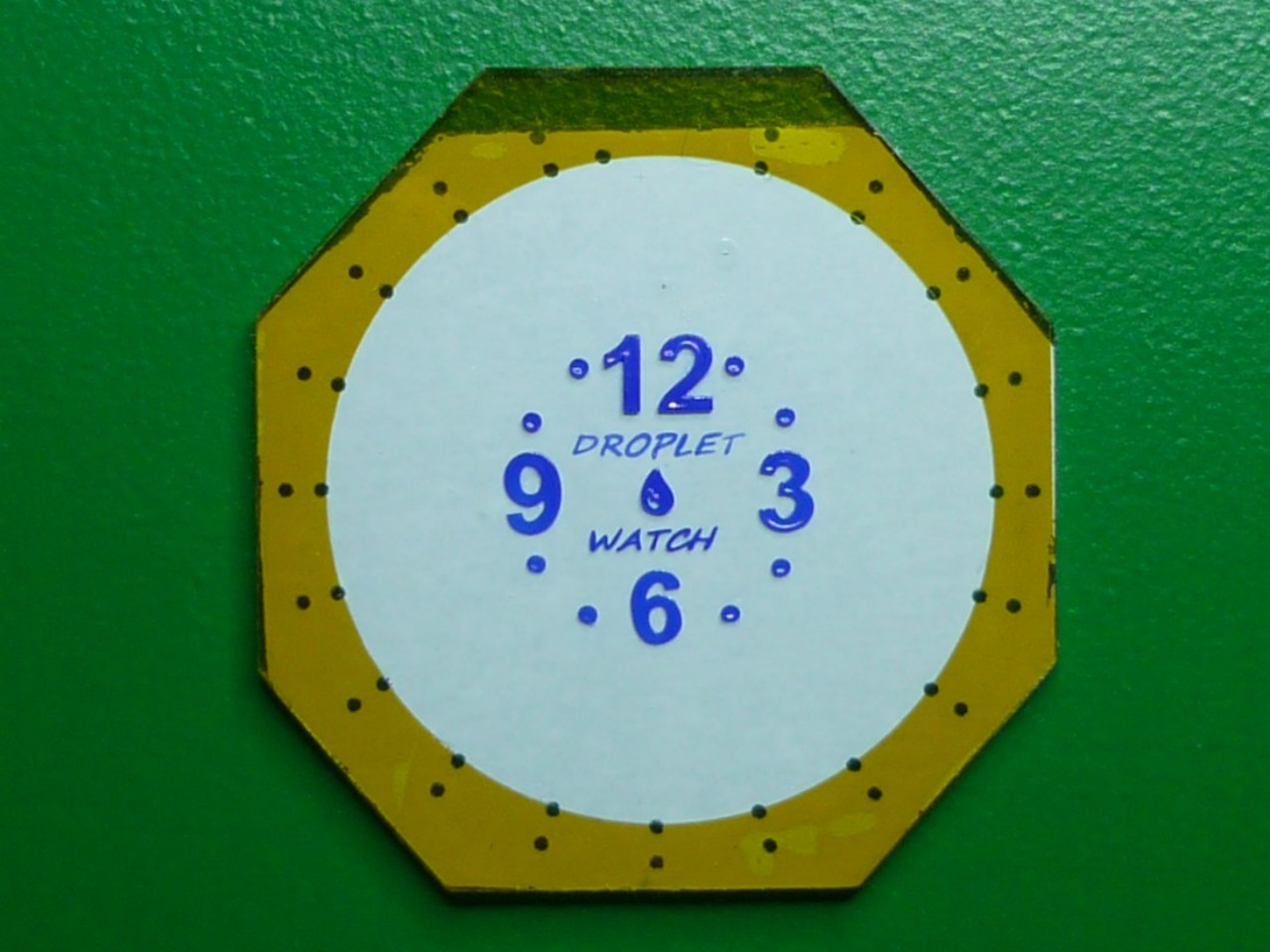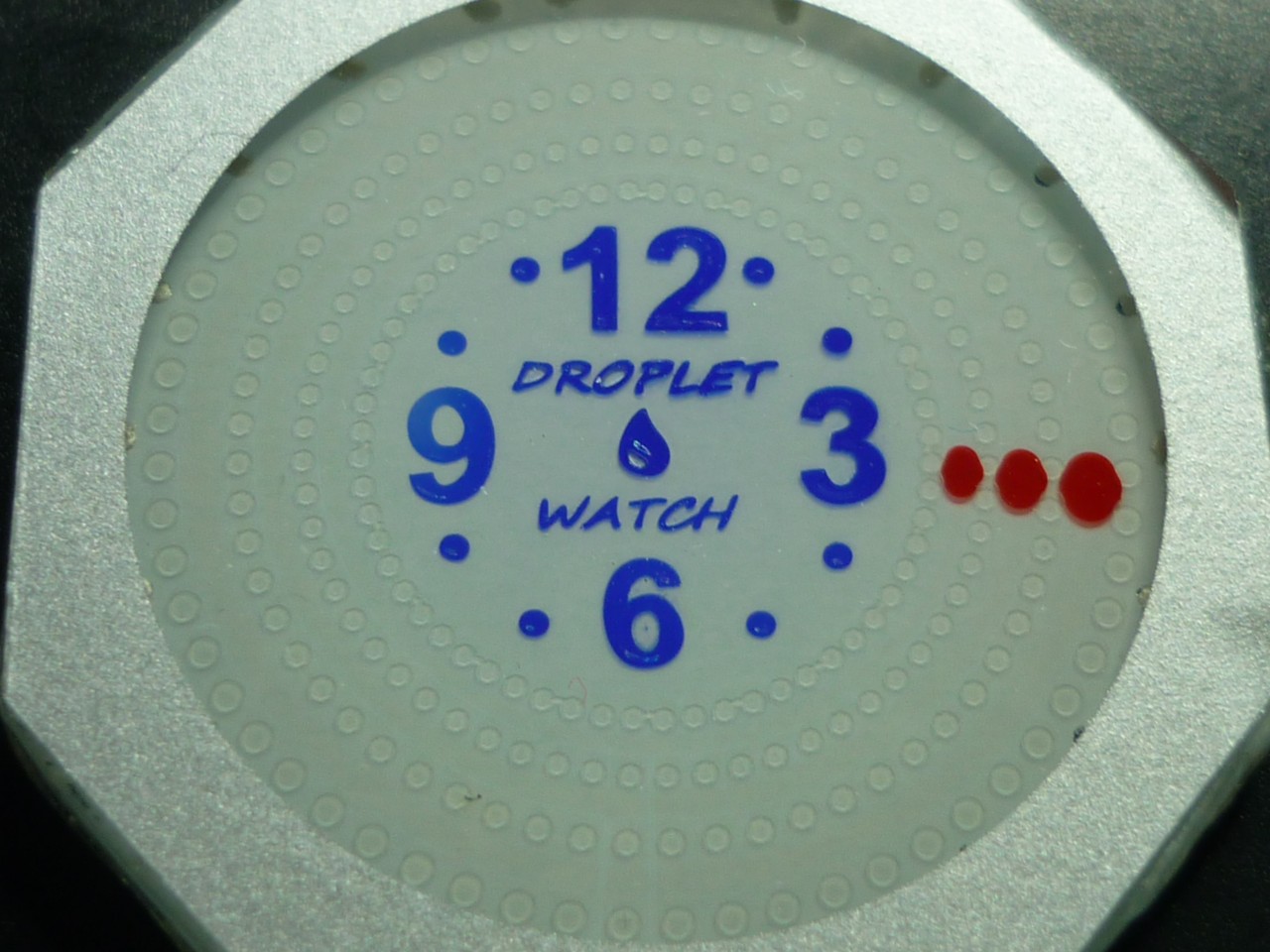
The start of the year is always an auspicious time to put your best foot forward. It is perhaps because of that reason that the consumer electronics industry chose the days following the changing of the calendar year to present their best products, concepts, and designs that are meant to help improve human lives, pet well-being, and the planet’s health. Unsurprisingly, a good number of these new and upcoming designs boast the use of AI in one way or another, leveraging the latest technologies to offer features that almost look and feel like magic. Now that the world has more or less gone back to its usual flow, there is a dizzying number of products being shown off in Las Vegas. Some elicit applause and praise, while others leave you scratching your head. And some really take the cake, rising above the rest with their thoughtful design and exceptional value, and Yanko Design has picked out the top 25 award-winning designs that will help you live a smarter, healthier, and more enjoyable life.
Acer Predator SpatialLabs View Pro 27 3D Monitor
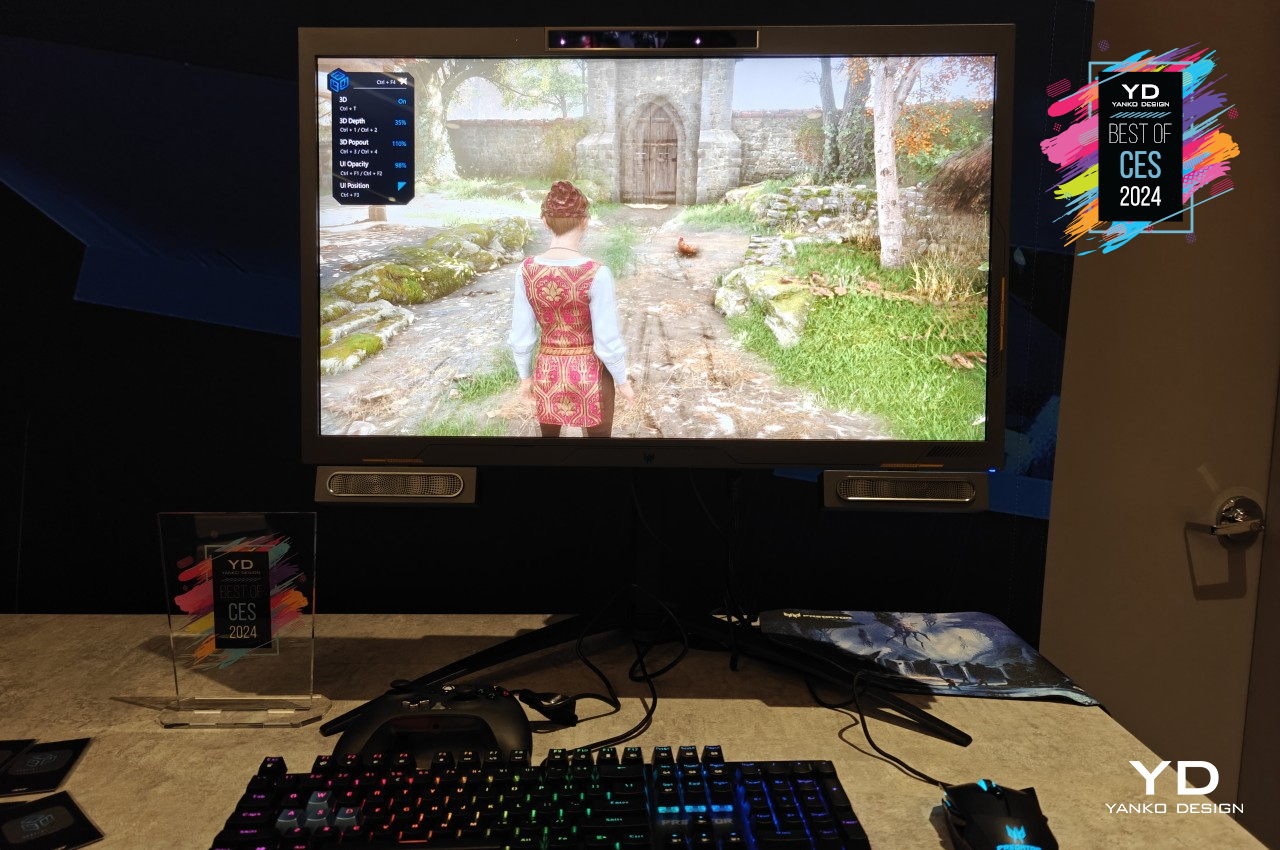
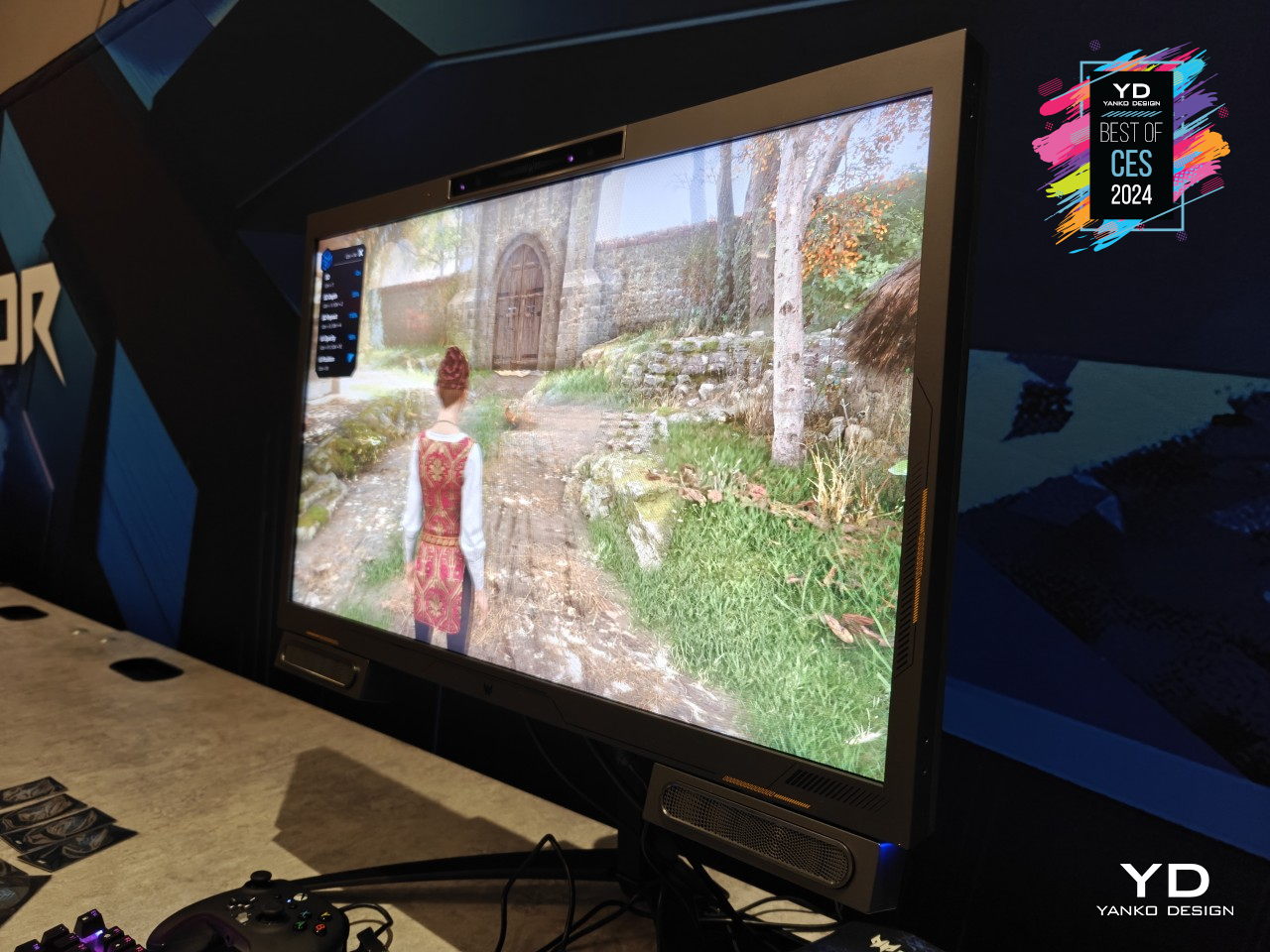
With the rise in mixed reality platforms, the appreciation and need for 3D content is similarly on the uptick. Creating these three-dimensional digital assets isn’t a trivial task, especially since we’ve been restricted by two-dimensional tools like a flat 2D monitor. Viewing things in 3D is certainly possible, though most require wearing specialized glasses just to get the full effect. With the Acer Predator SpatialLabs View Pro monitor, however, you have an unencumbered view of 3D objects, allowing you to get fully immersed in the game or craft 3D designs with accuracy and comfort.
Designer: Acer
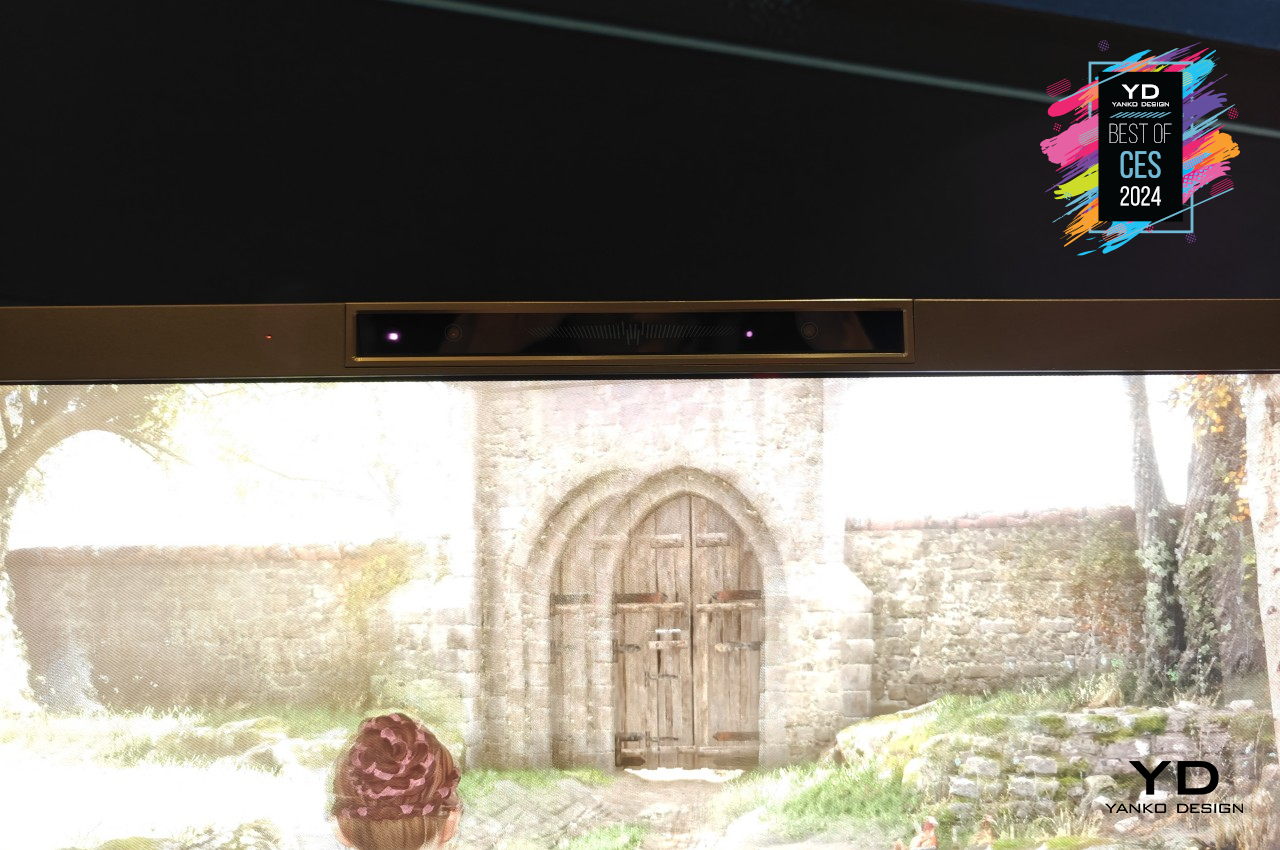
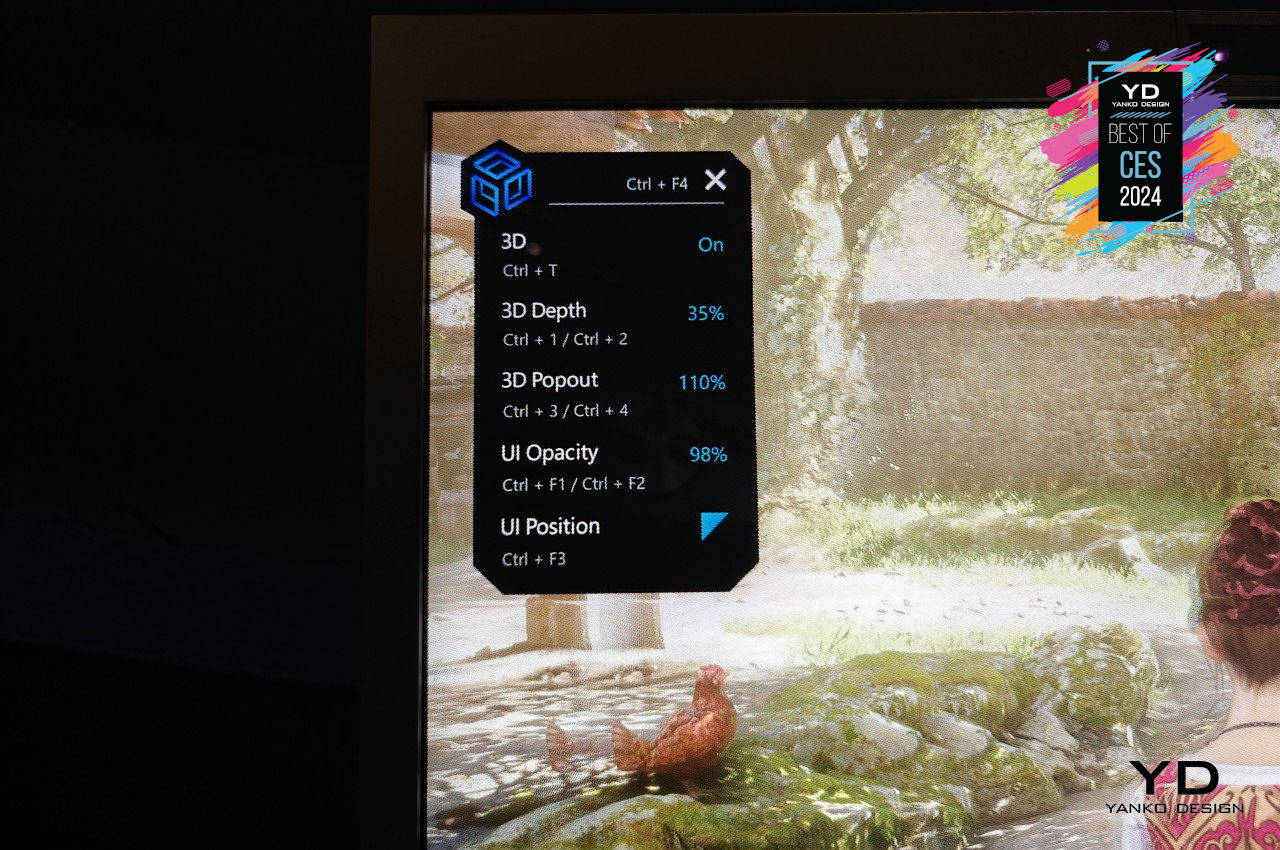
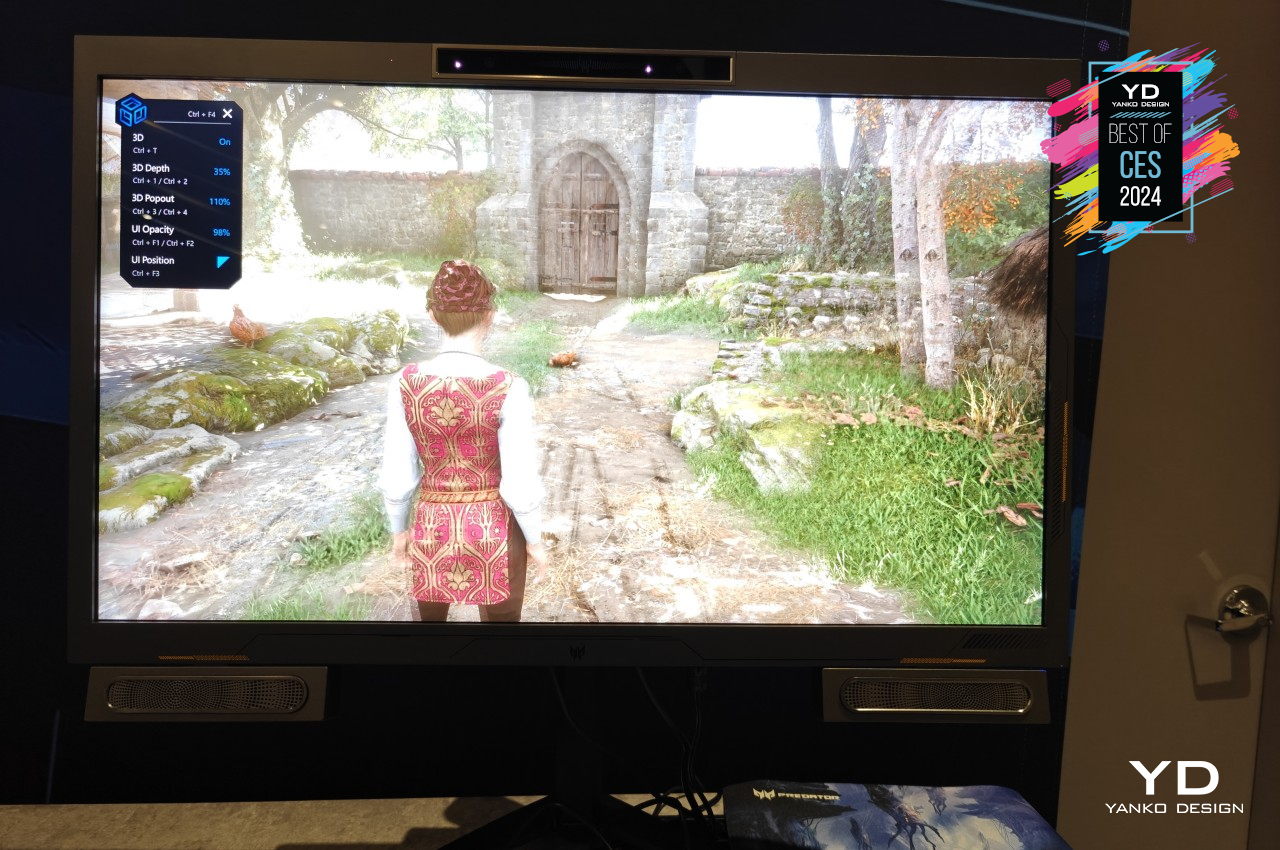
Thanks to the latest 3D Ultra Mode delivered by the monitor’s second virtual camera, you can enjoy true stereoscopic 3D without the need to wear glasses. A collection of 3D stereo configurations, including pre-configured 3D profiles for some AAA titles, lets you quickly switch to the best settings with a single click. And what’s good for gamers is also good for creators who work on these 3D assets, offering designers and artists an indispensable tool in a digital world that’s increasingly going 3D.
Acer Predator Z57 Curved Gaming Monitor
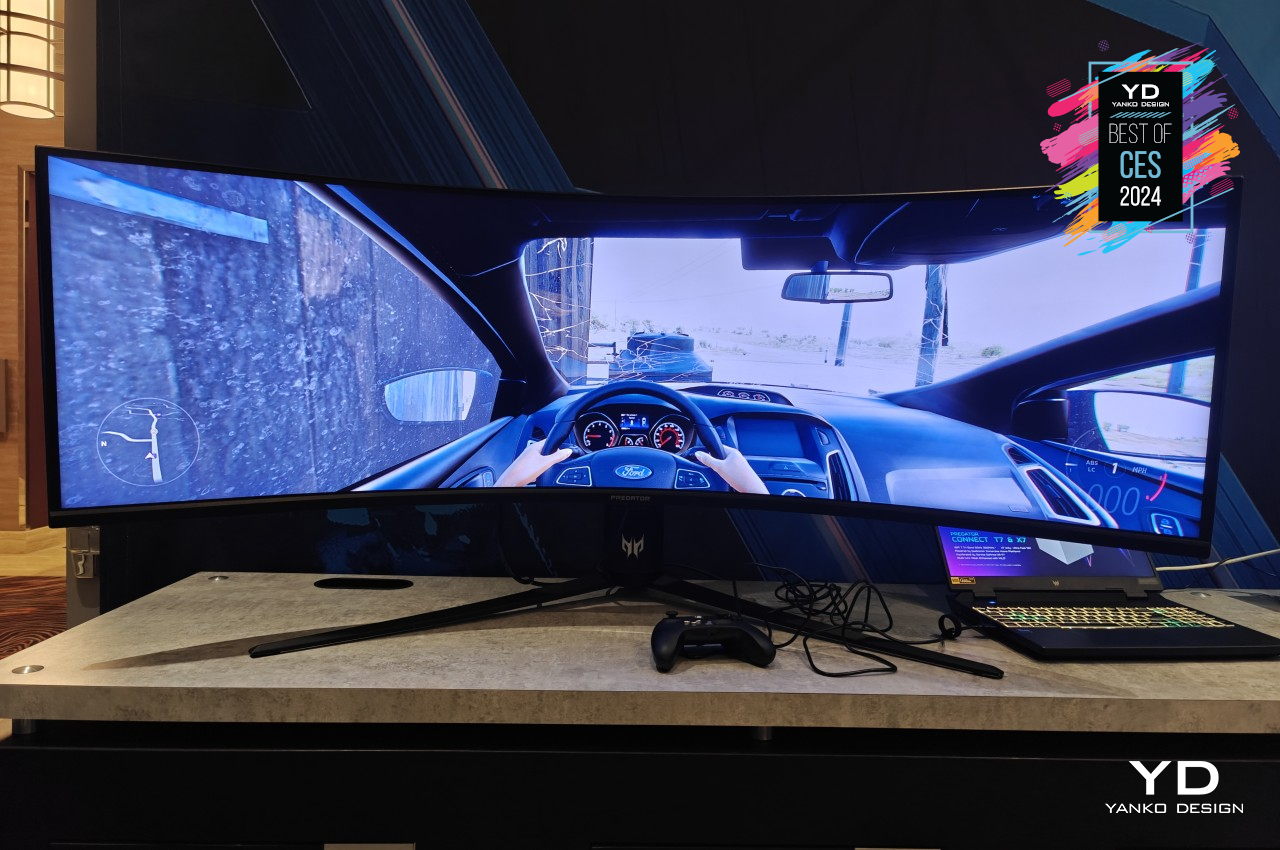
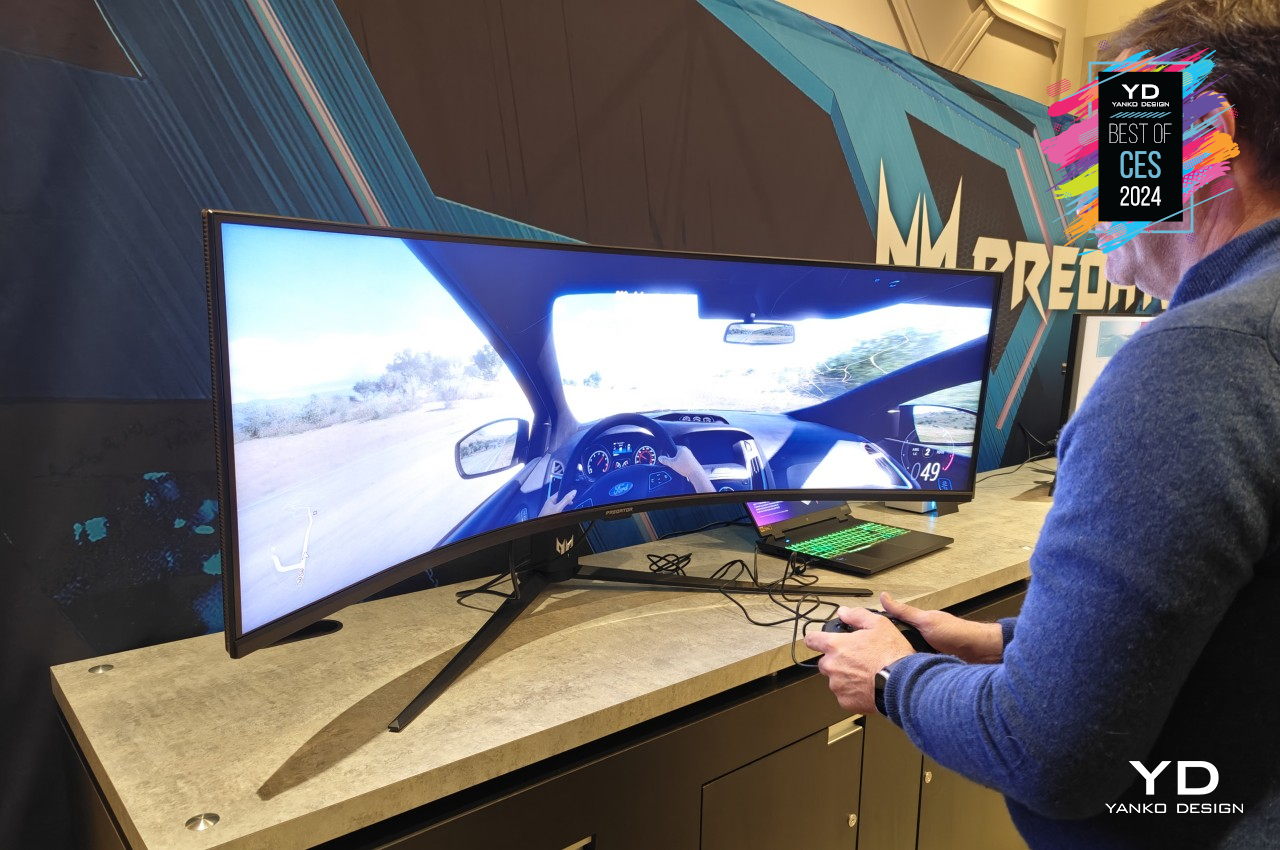
With the growing number of apps, references, and tools that we use for both work and play, sometimes even the biggest computer monitors are no longer enough. That’s not even considering how our flat displays start to lose their appeal and comfort the bigger they get. Taking lessons learned from decades of cinema technology, curved monitors have arrived to offer a more immersive viewing and gaming experience. And with a massive 57-inch screen, the new Acer Predator Z57 Curved Gaming Monitor takes that to the extreme, providing not just more space but also more tools to level up your productivity.
Designer: Acer
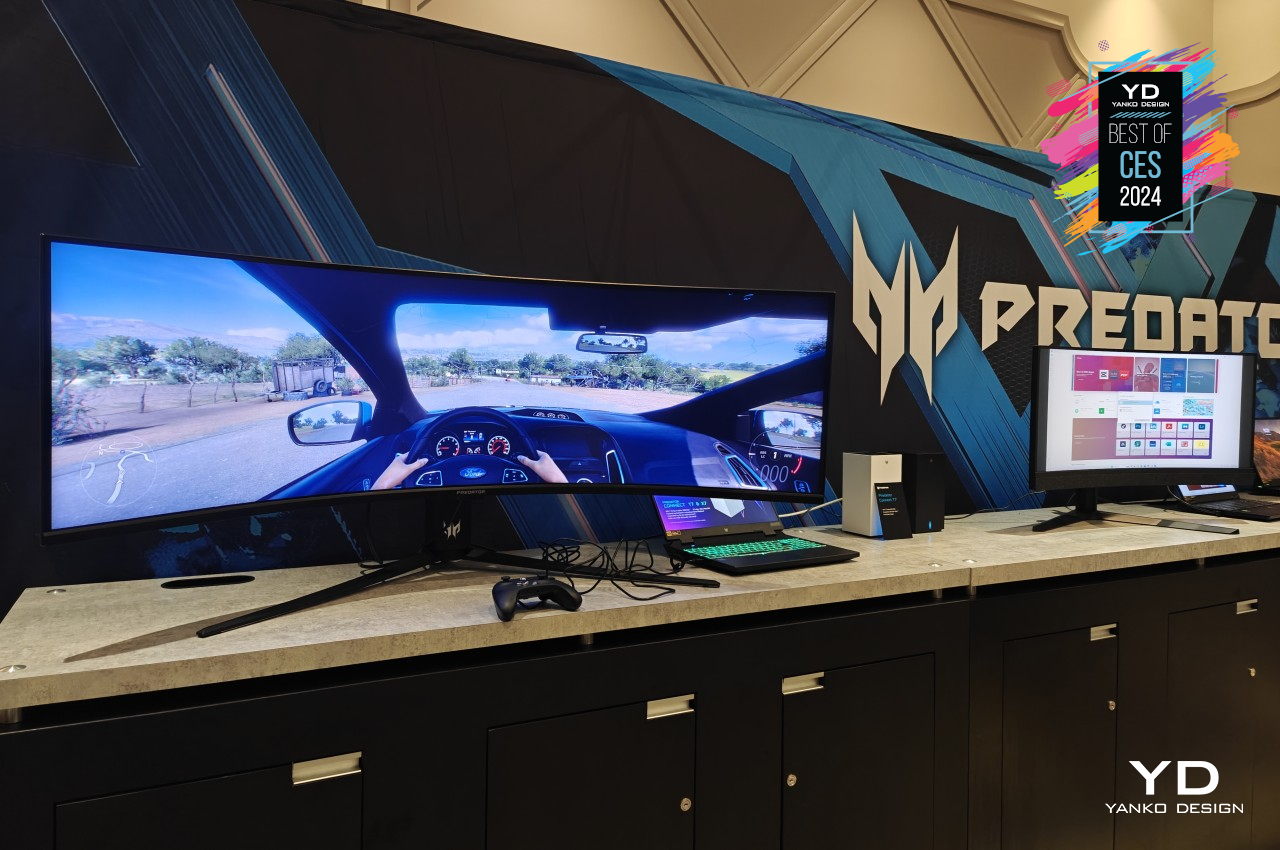
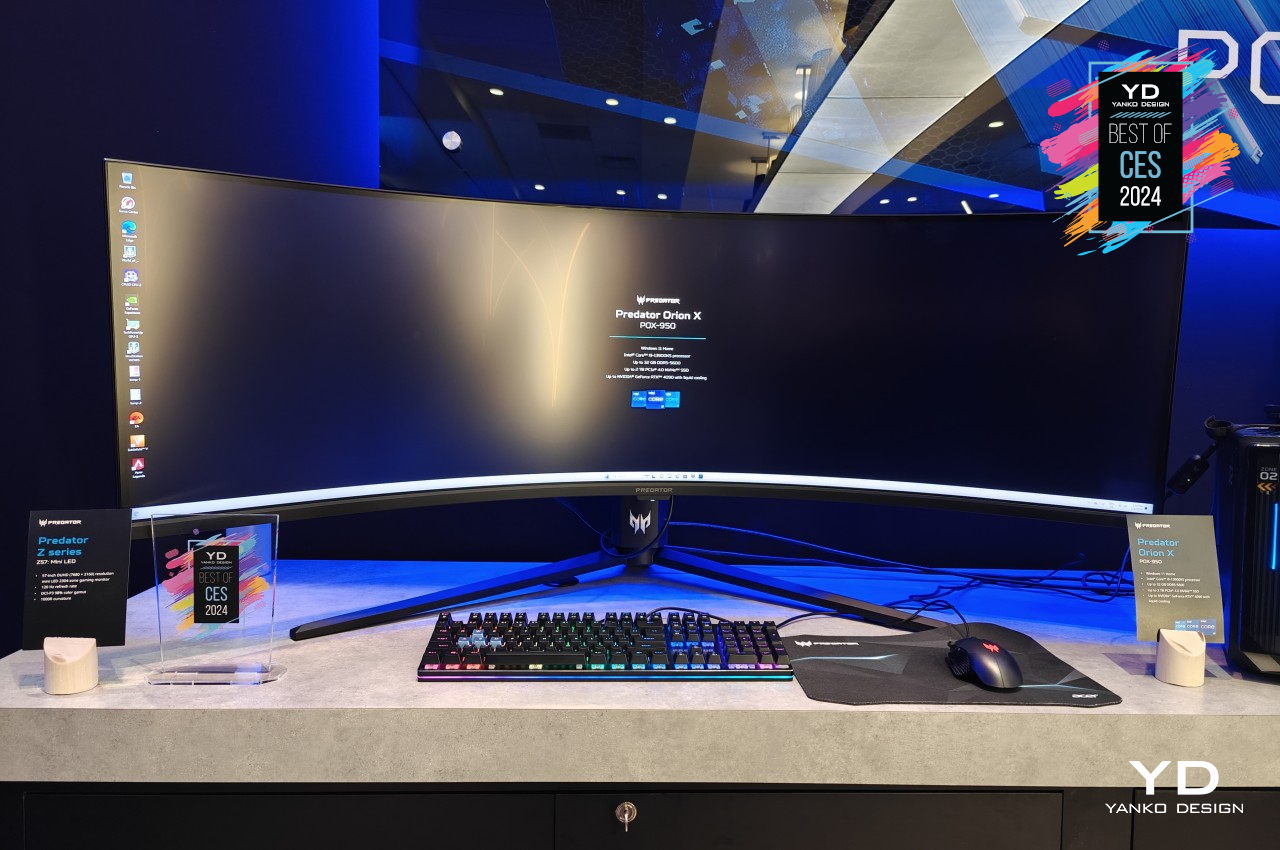
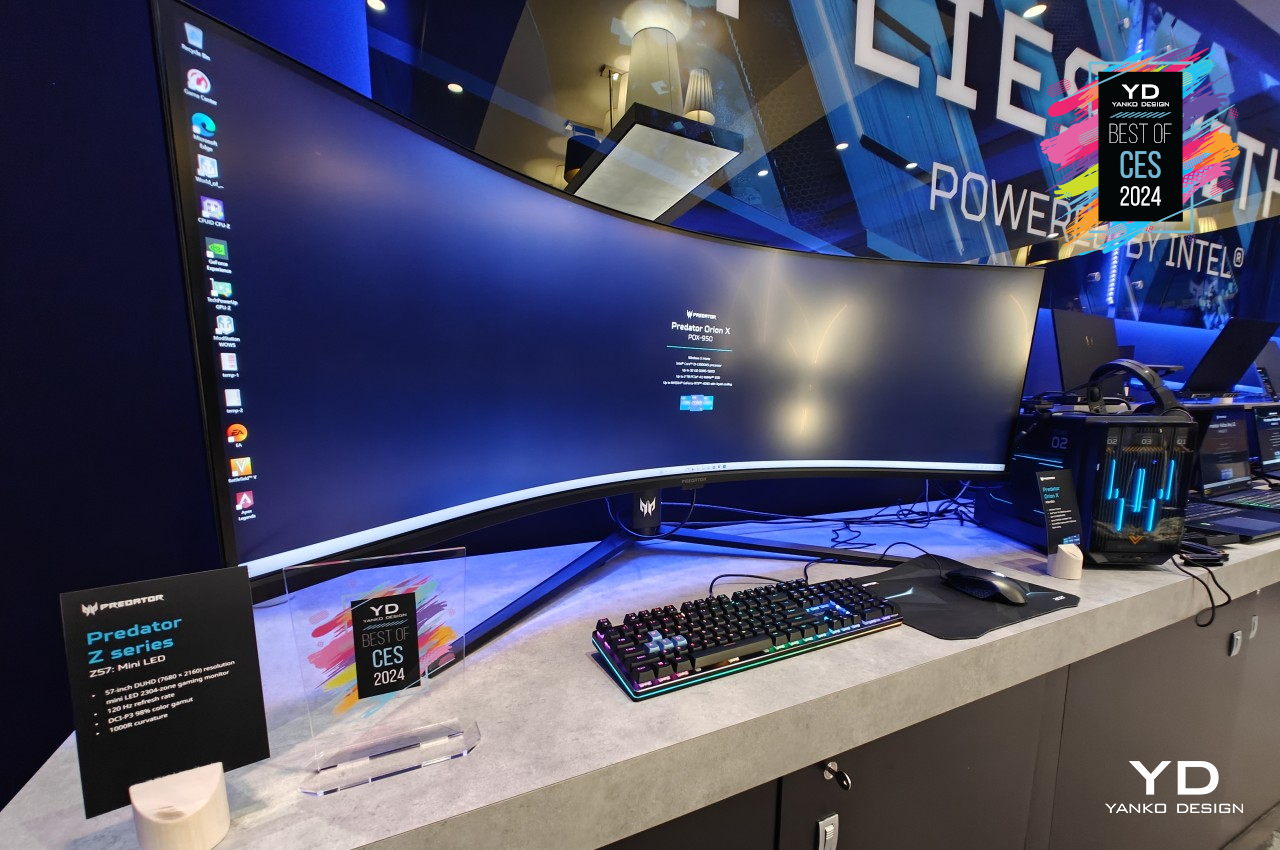
The Acer Predator Z57 packs some of the specs on any gaming monitor, like the equivalent of dual UHD screens with a pixel resolution of 7680×2160, a fast 120Hz refresh rate, 1000 nits of brightness, and DCI-P3 98% color gamut, all working to deliver realistic-looking visuals. The extra-wide 32:9 aspect ratio and 1000R curvature increase not only your field of vision but also your comfort as it conforms better to how our eyes naturally work. With enough screen real estate, you can run multiple applications side by side without losing time switching between windows, while picture-in-picture features allow you to view two different sources at the same time. Whether you’re trying to immerse yourself in a game or trying to maximize your productivity for work, the Acer Predator Z57’s large, curved screen puts you right in the center of the action and in full control of your space.
Anker Prime 6-in-1 Charging Station (140W)
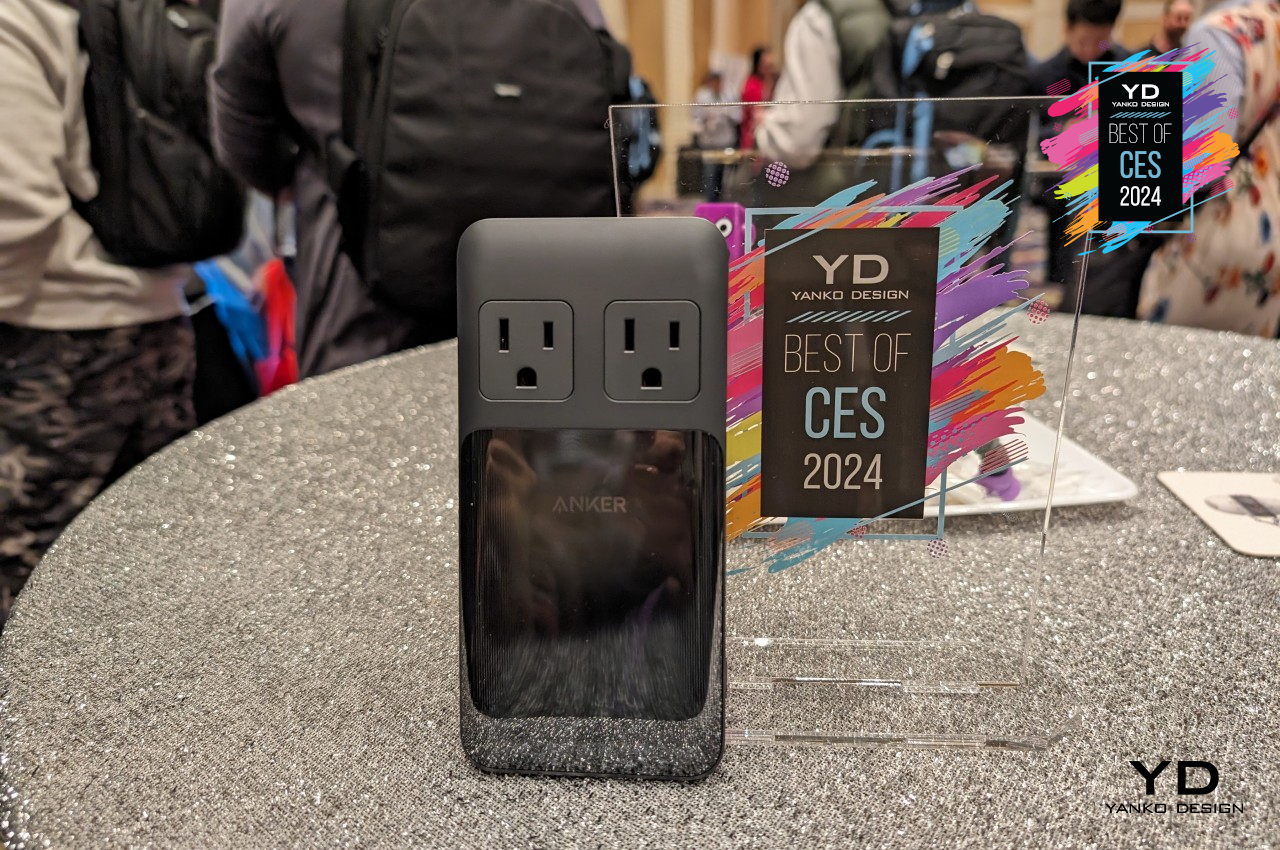
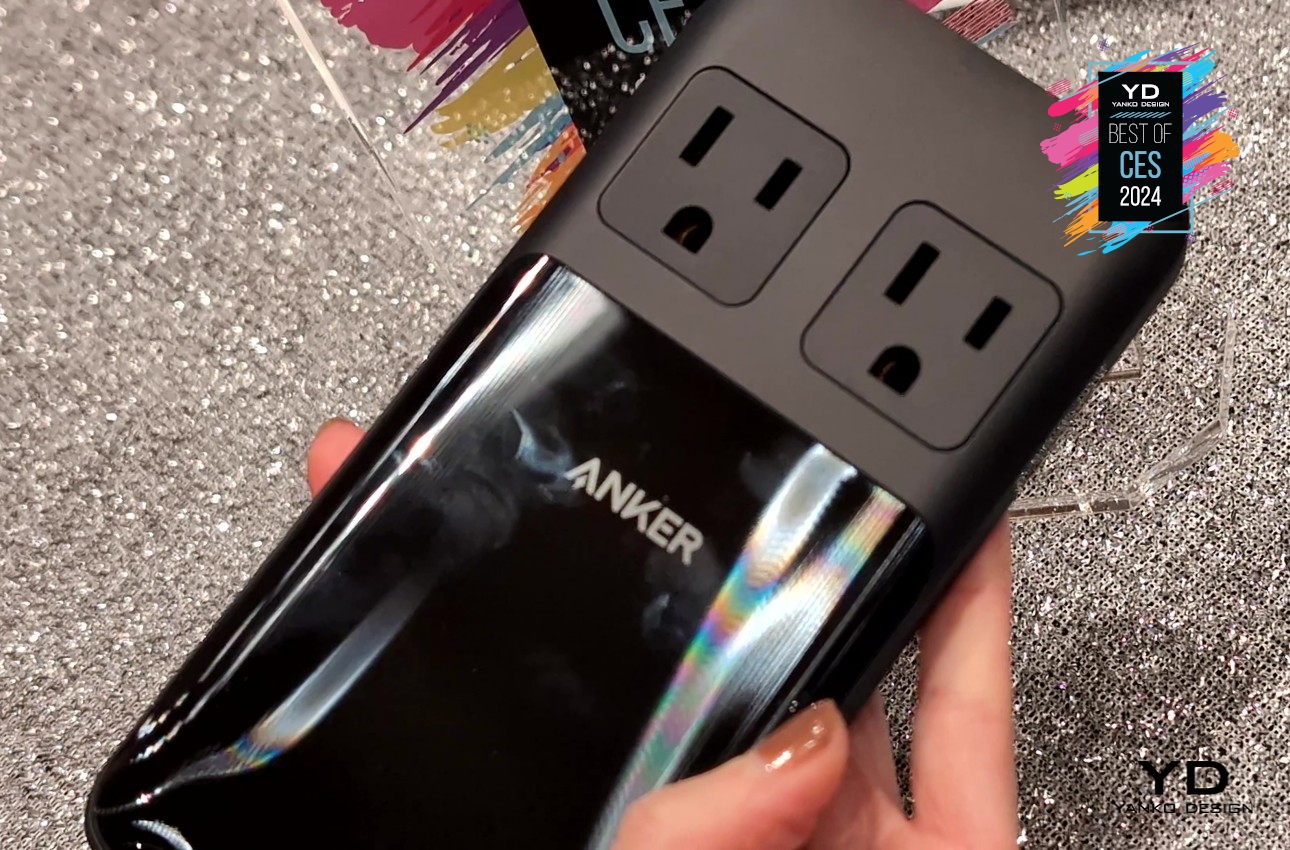
With multiple devices come multiple charging needs, not all of which can be provided by a single charger. That’s not even counting the times when you need to juice up more than one device at the same time, at which point it becomes a frantic search for the right chargers while you scramble to fight over a power outlet. As one of the foremost experts in charging solutions, Anker has come up with a product that provides all the outlets and power you need. Best of all, it’s barely larger or thicker than your smartphone.
Designer: Anker
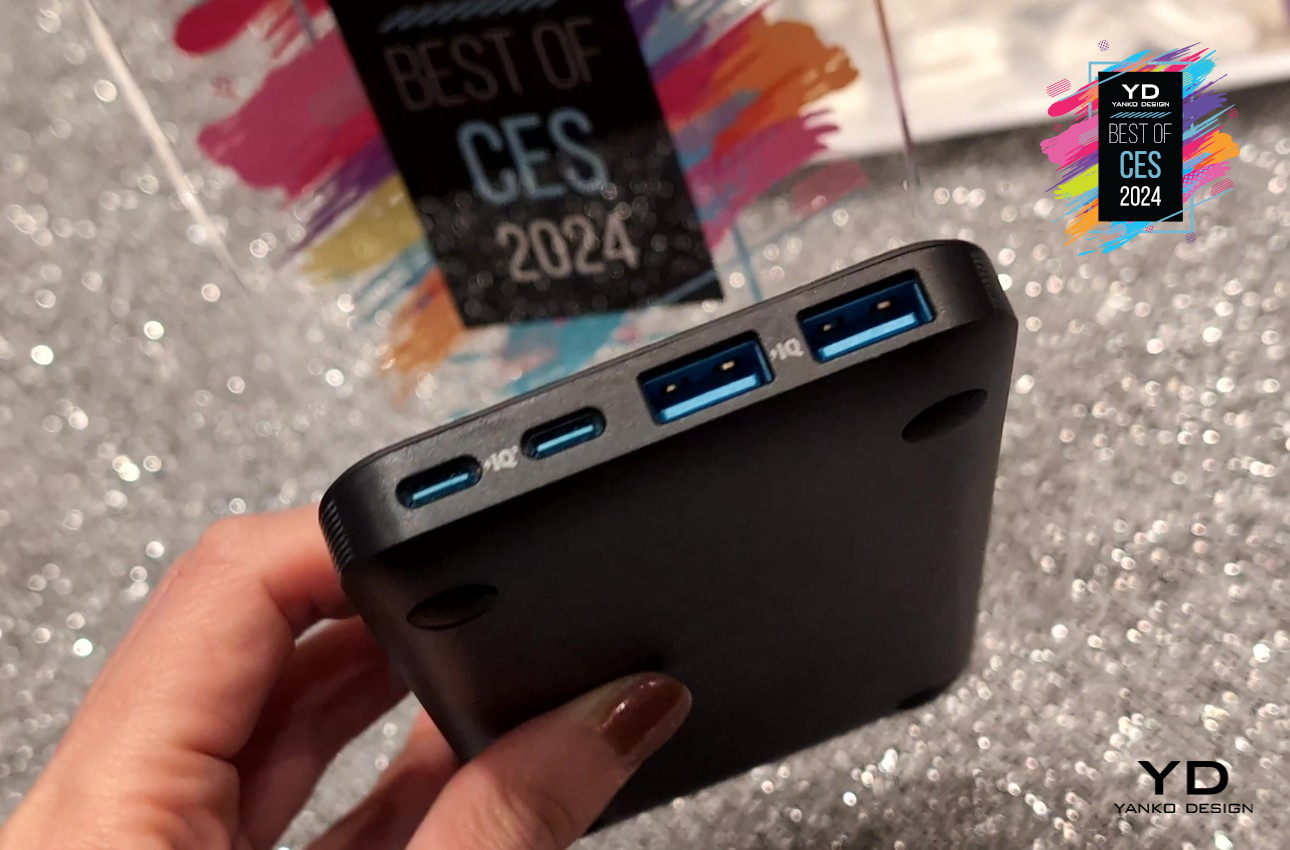
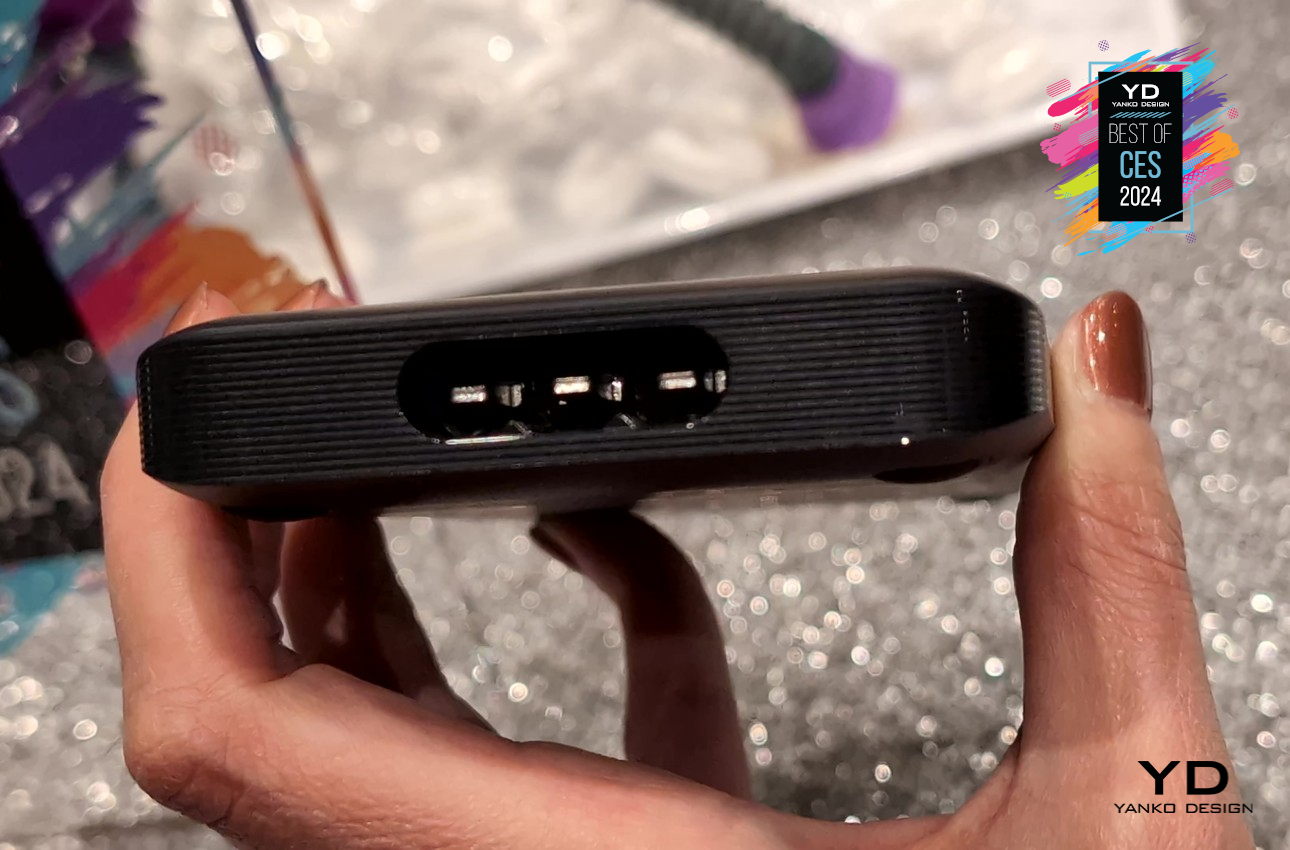
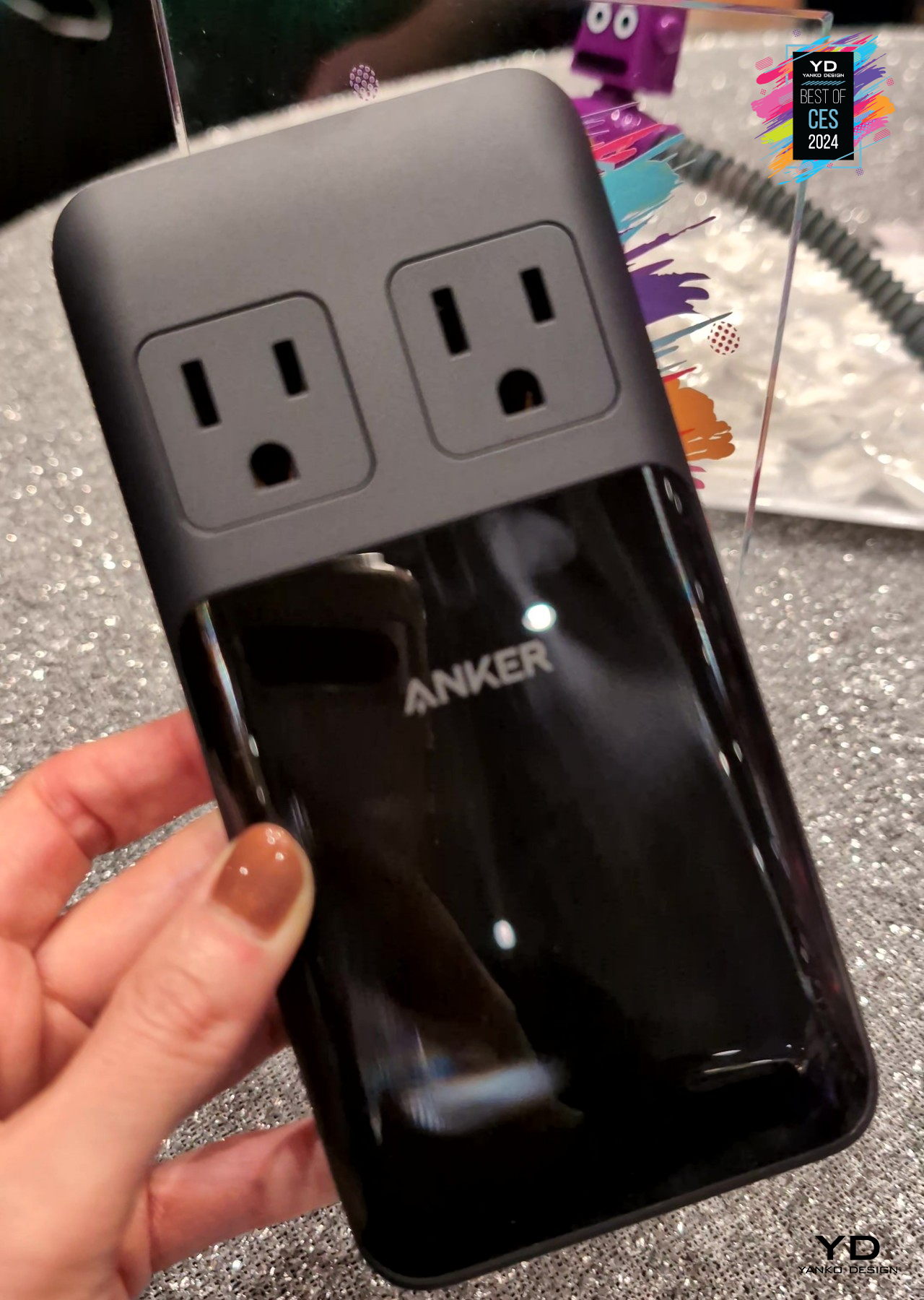
With two USB-C ports, two USB-A ports, and two AC power outlets, the Anker Prime 6-in-1 Charging Station has everything you need to top up all your devices without hogging all the power outlets. One of those USB-C ports can even charge a power-hungry 16-inch MacBook Pro while having enough power for another USB device. Anker’s GaN Prime technology and 7-point safety system guarantee peace of mind even with those scary-fast figures. And unlike typical charging stations and power strips, the Anker Prime 6-in-1’s slim and compact design banishes tangled cables and lets you easily set up a workspace anywhere with a single outlet.
ASUS ZenBook Duo 2024 Dual-Screen Laptop
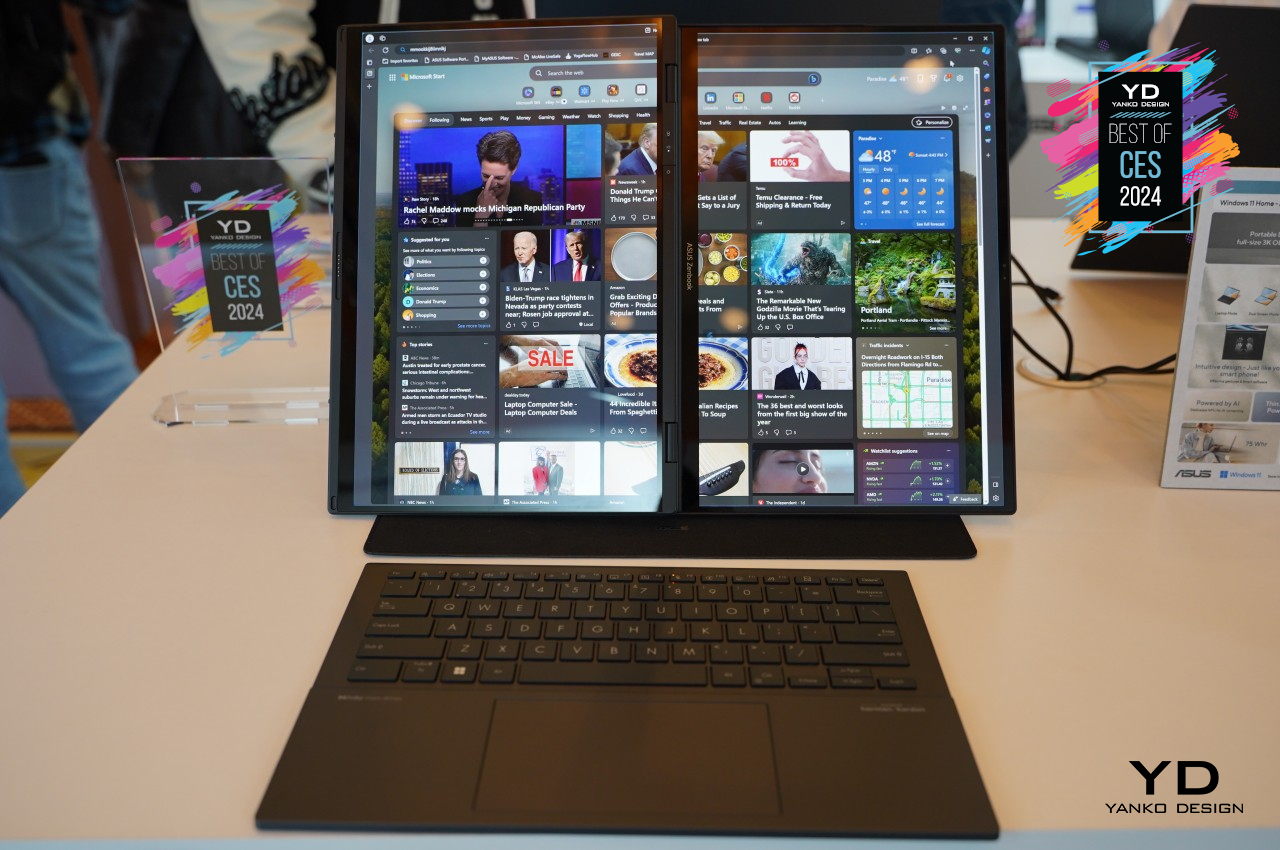
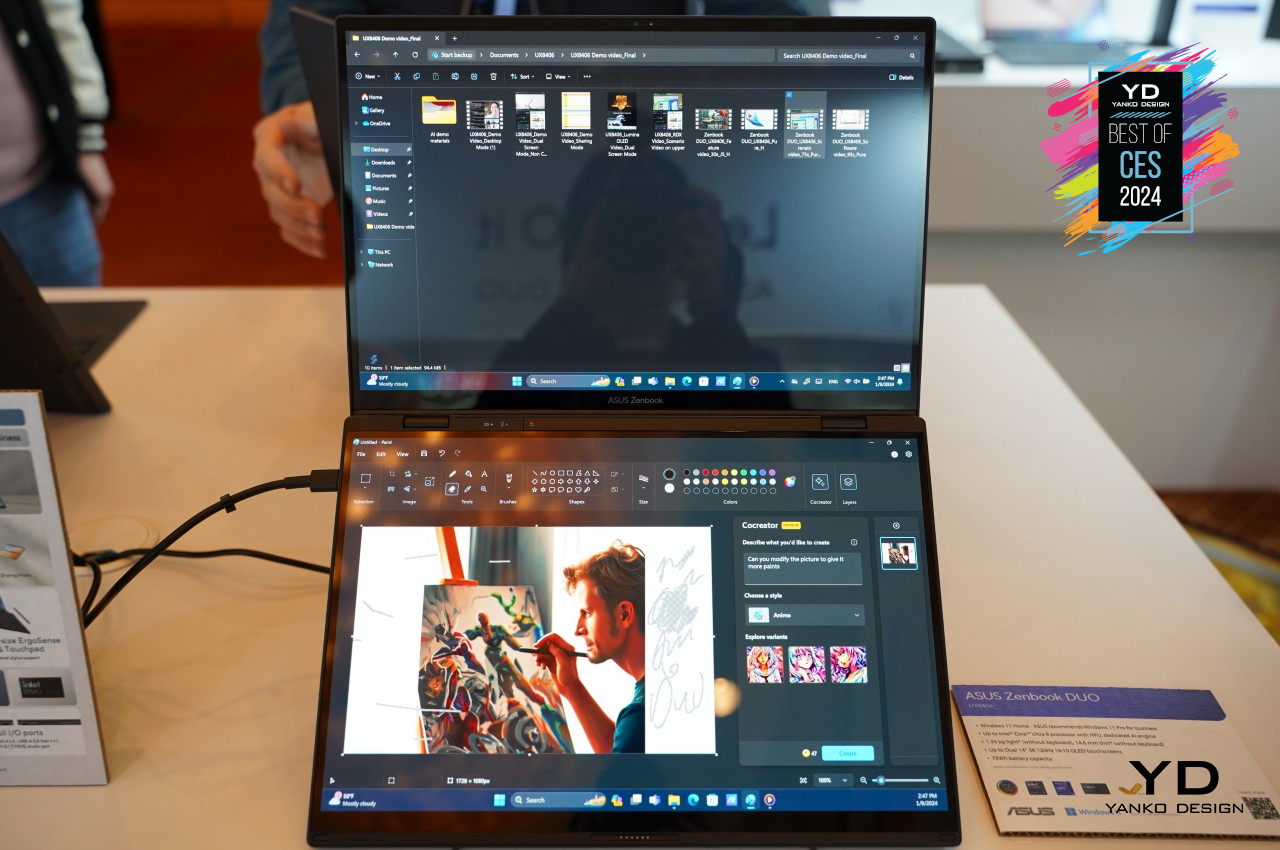
Laptops are no longer just portable computers for work. They’ve also become showcases of the latest technologies and designs, catering to a wider range of users that include gamers, programmers, designers, creatives, and more. As the needs of these people evolve, so do the designs of laptops as well. A single screen, for example, might no longer be enough to squeeze in all the windows you need, but carrying around and setting up even a portable monitor can be more trouble than it’s worth. Enter the new ASUS ZenBook DUO (2024), a dual-screen laptop that hits multiple birds with one design, now with a much larger display.
Designer: ASUS
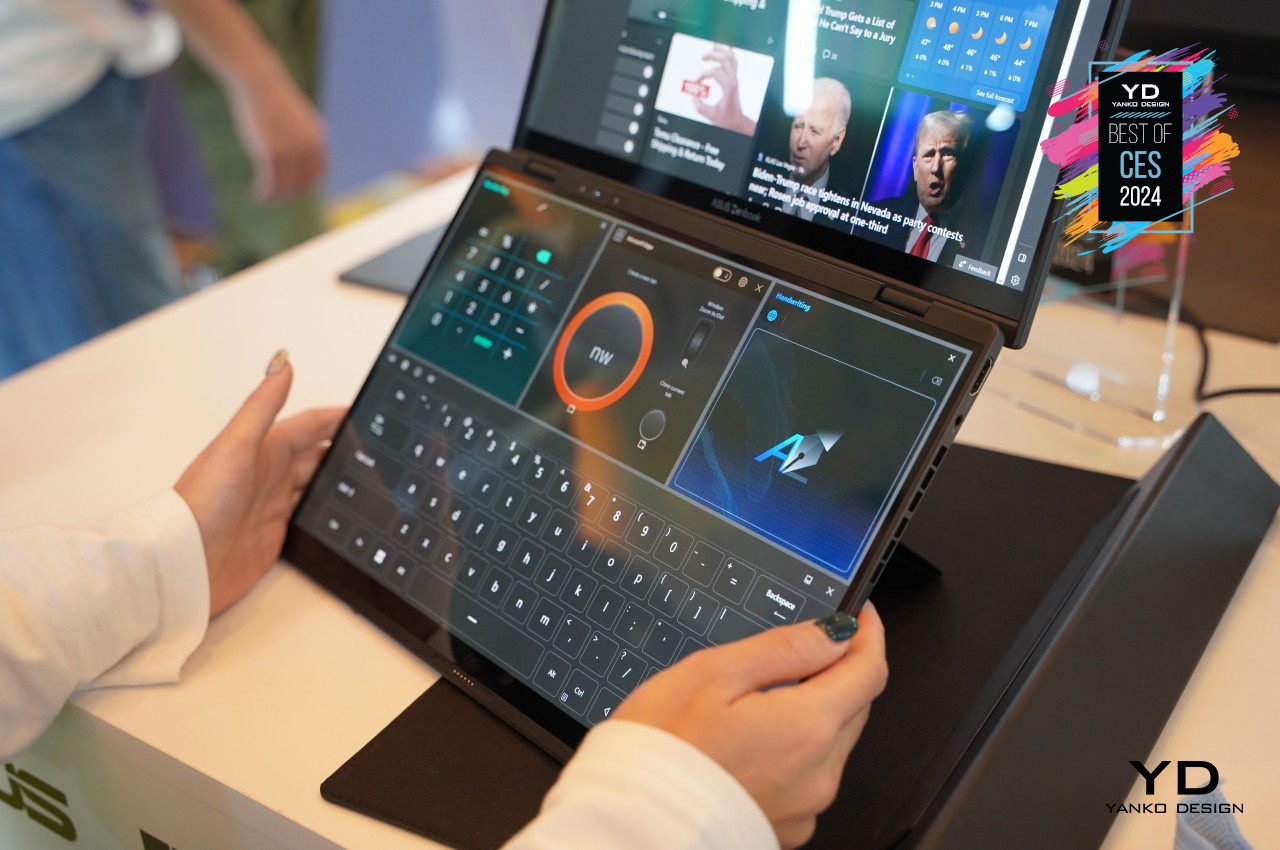
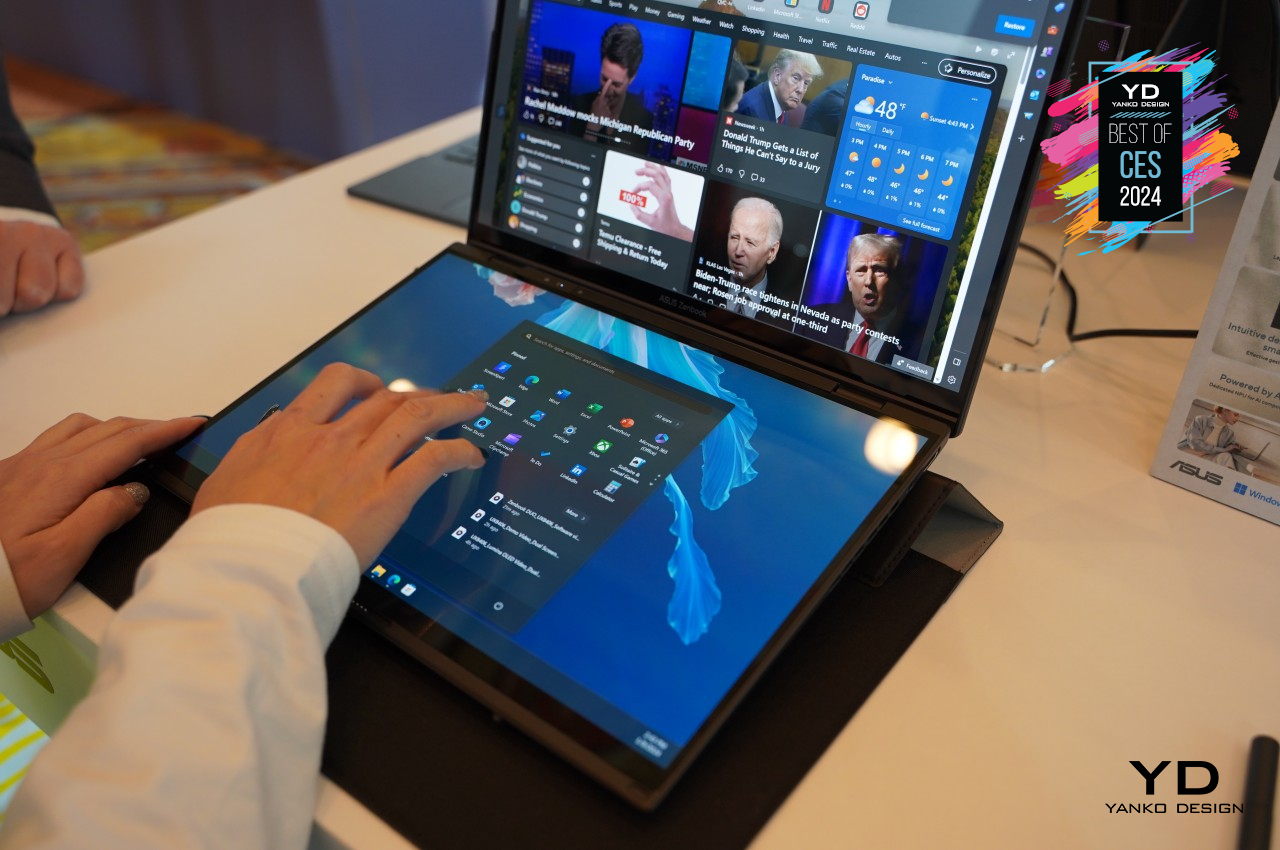
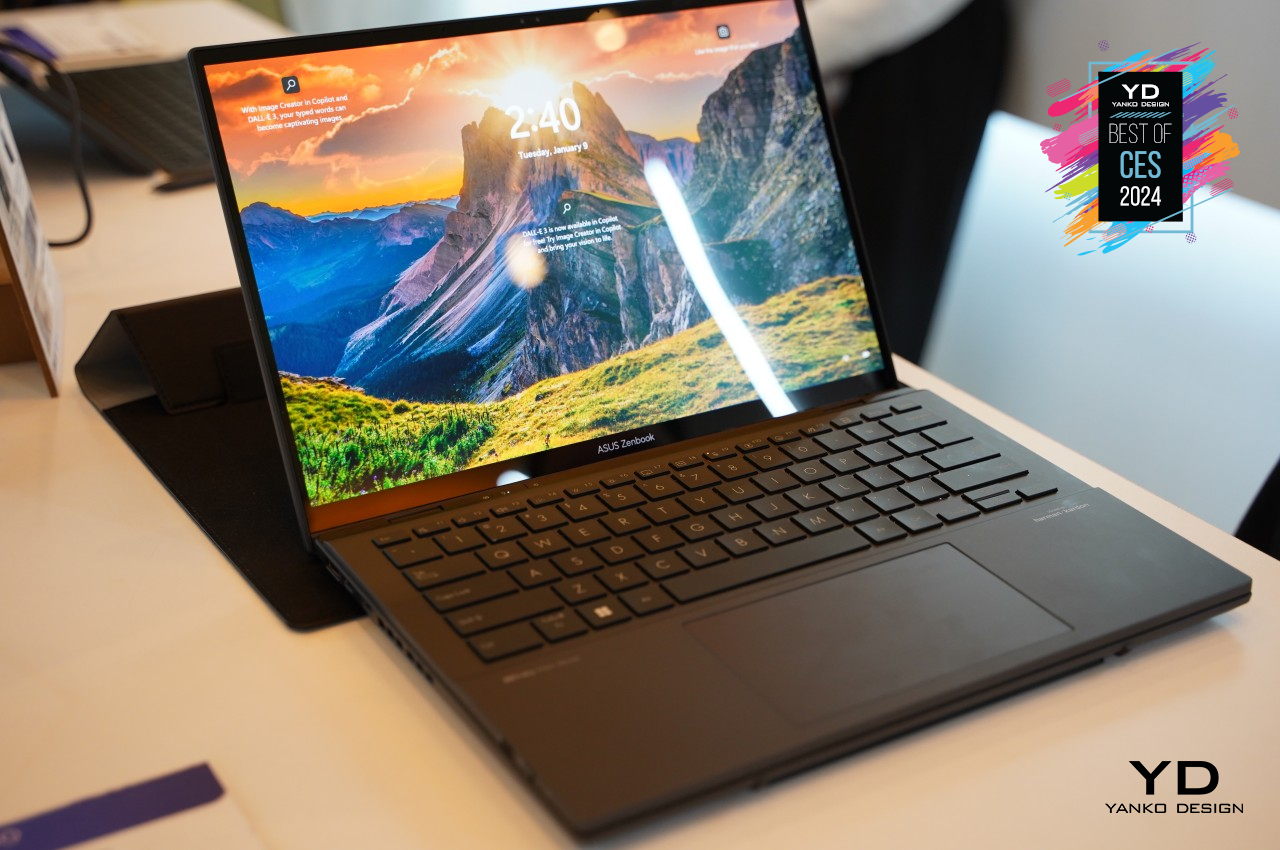
As the world’s first 14-inch dual-screen laptop, the ASUS ZenBook DUO (2024) has plenty of real estate for your productivity and collaboration needs. Whether you lay it out completely flat, prop it up like a book, or use it like a regular laptop with the full-sized Bluetooth keyboard, it gives users the flexibility they need to stay on top of things without burdening them with unnecessary accessories. And with the latest hardware available for laptops, it has enough power to support any workflow, including those that utilize AI-powered software and features that are flooding the market today.
Beatbot AquaSense Pro Smart Pool Cleaner
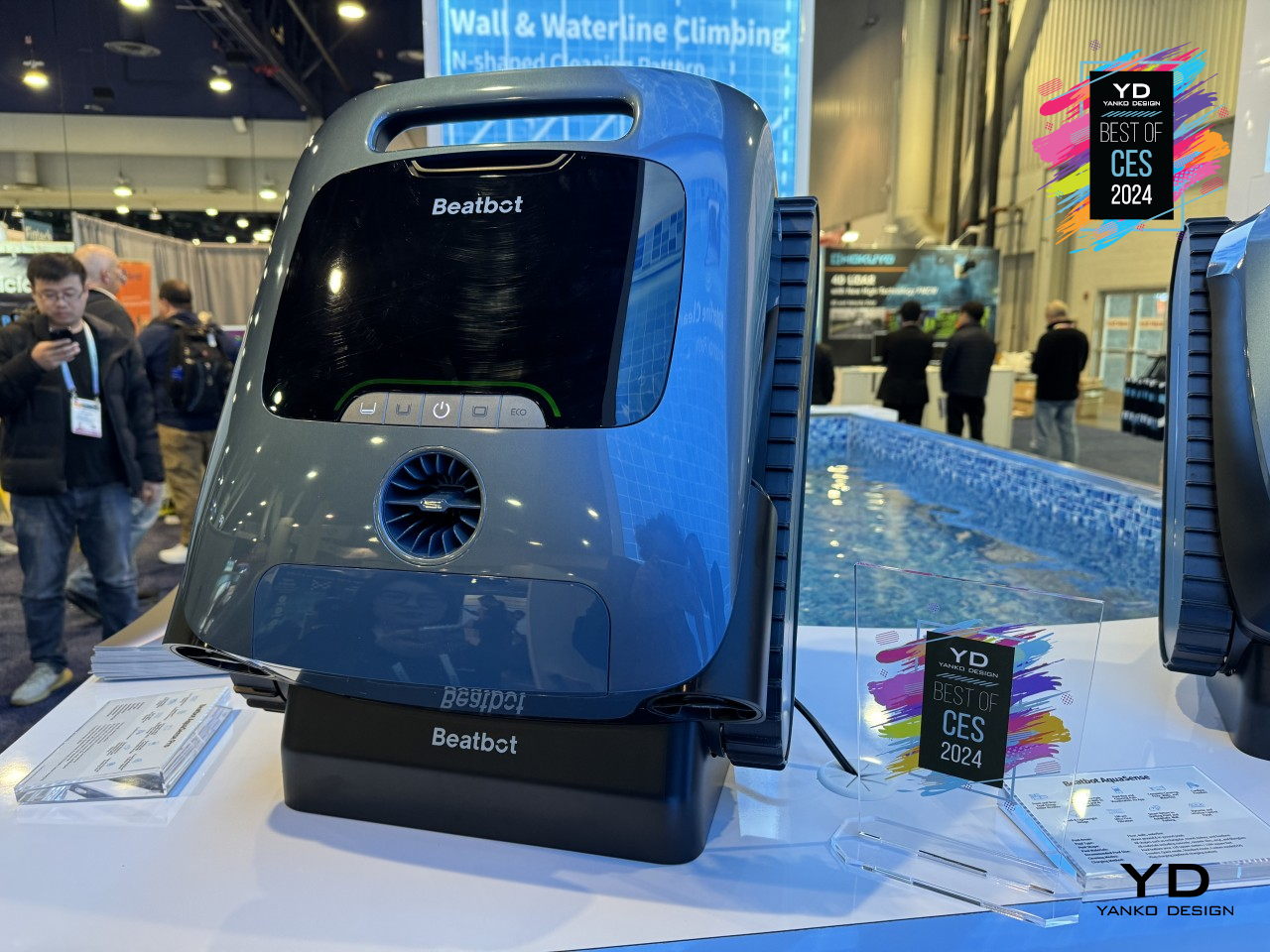
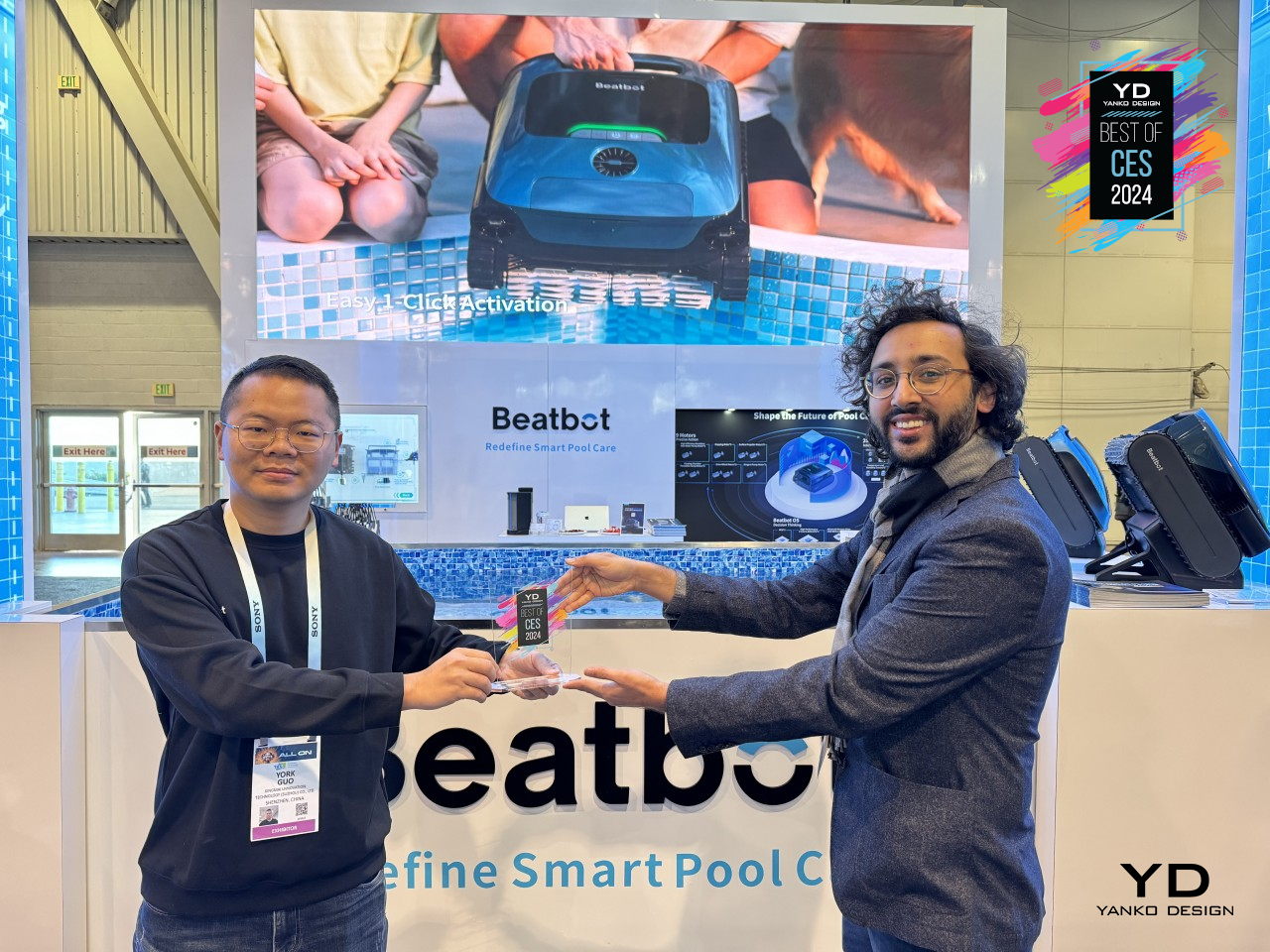
Indoor floors aren’t the only spaces that can benefit from a smart robot helper. In fact, compared to living room floors, cleaning a swimming pool is exponentially more difficult no matter the size, not just because it has to be done underwater but also because you have to clean the bottom, the sides, and even the surface of the water itself. It becomes pretty obvious that the standard features of smart robot vacuums aren’t enough to meet the needs of pool owners, which is why Beatbot is utilizing a wealth of revolutionary technologies to deliver the most advanced intelligent pool cleaning robot for your ultimate convenience and peace of mind.
Designer: Beatbot
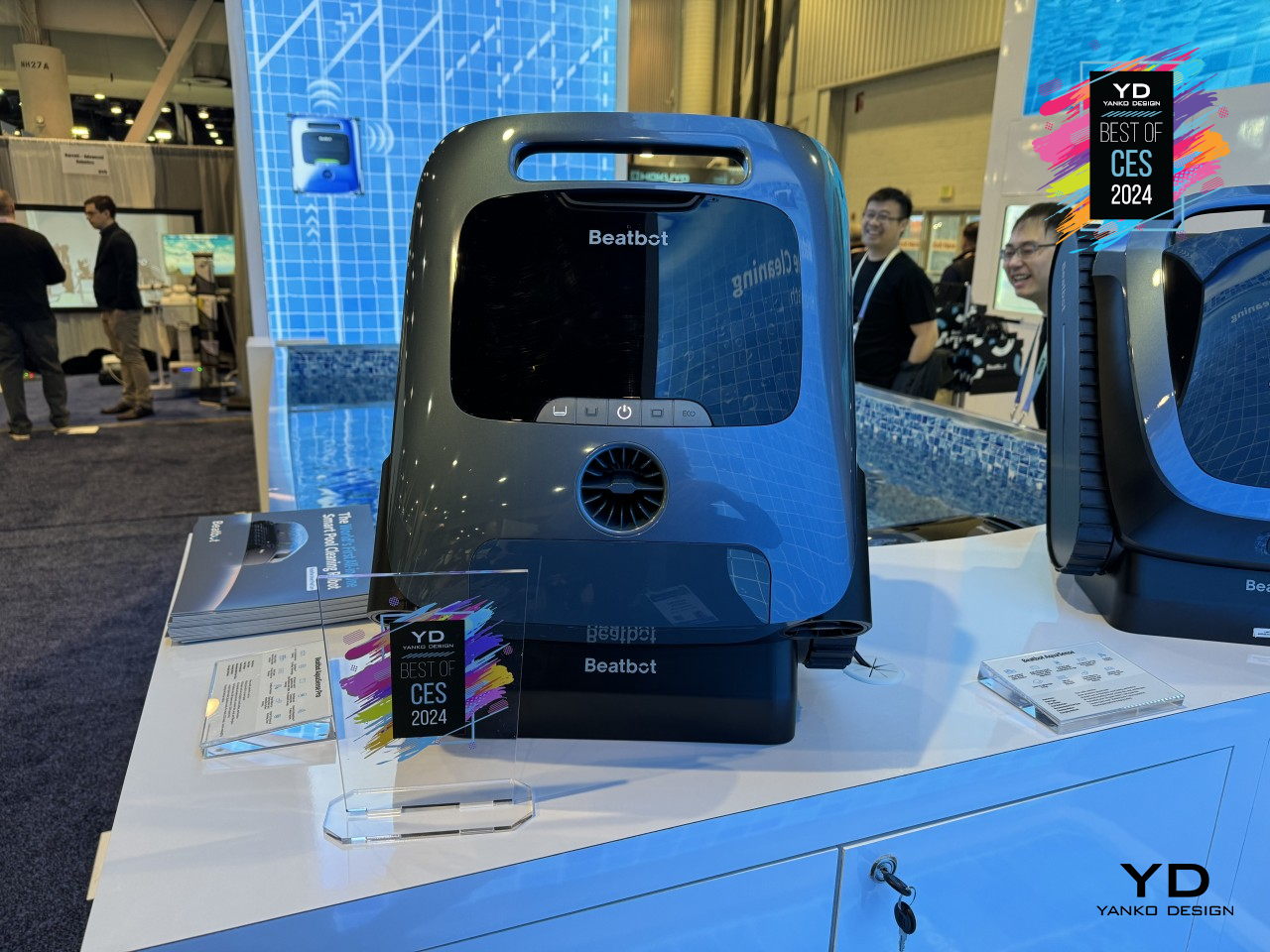
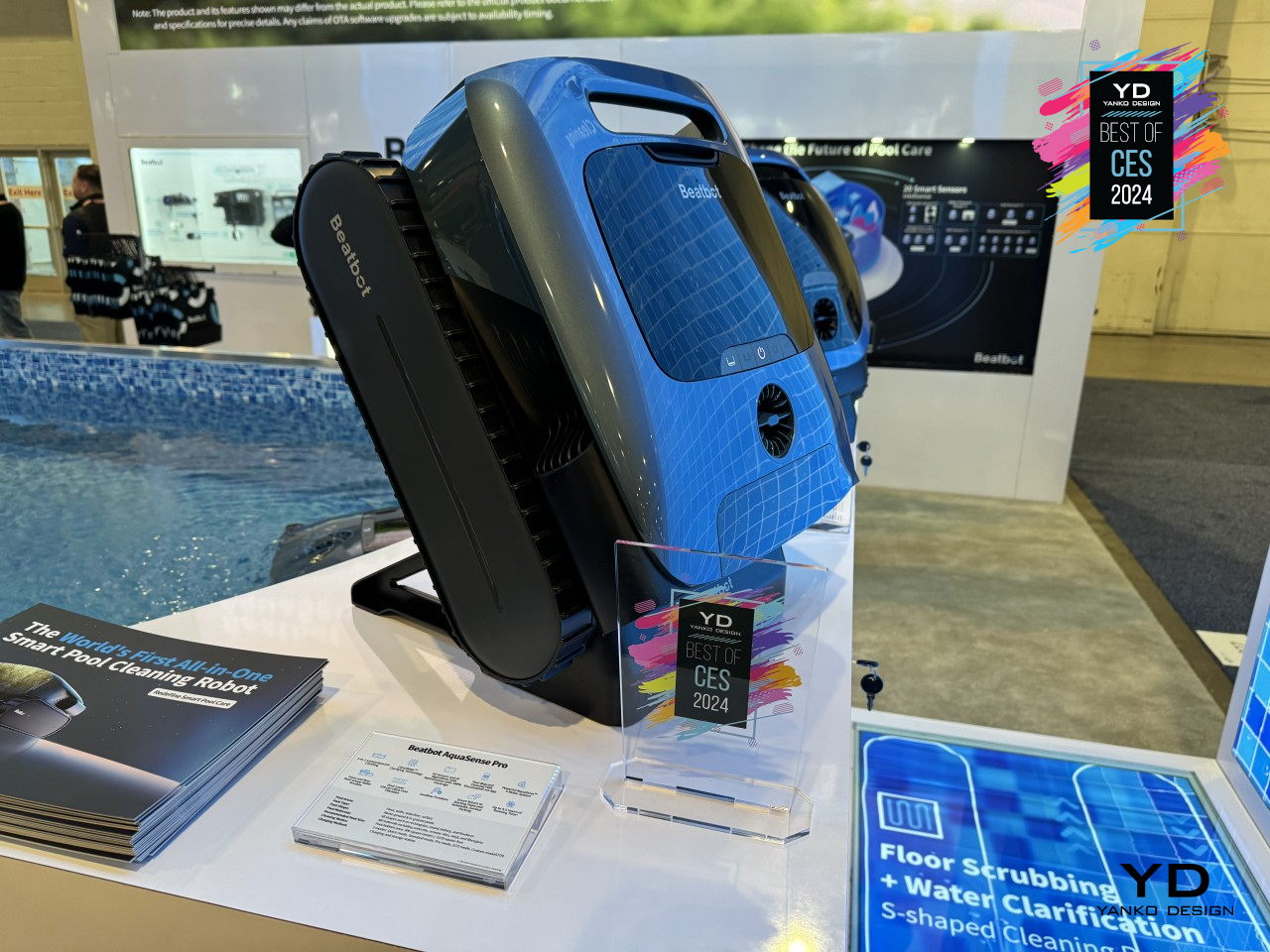
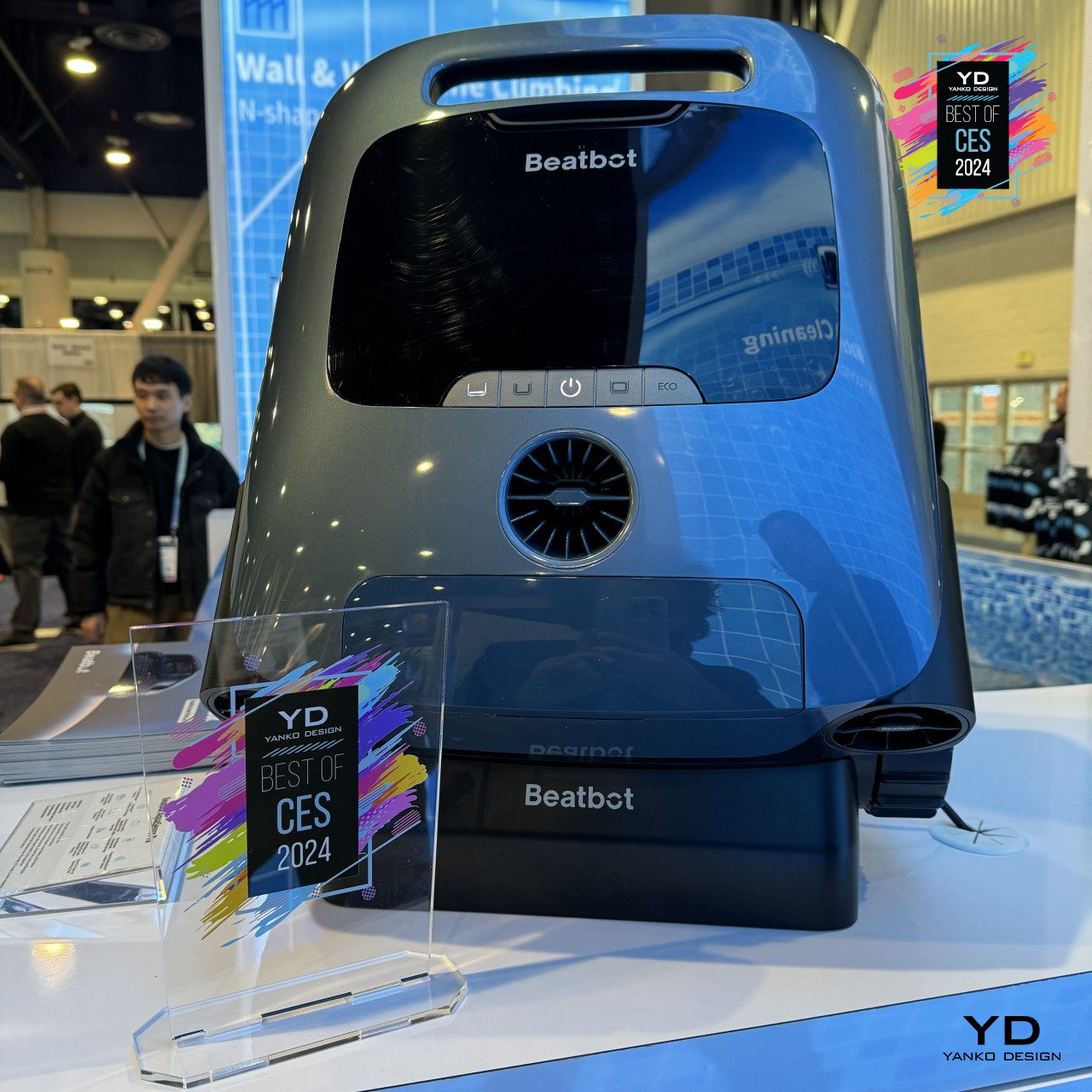
Boasting 20 sensors, 9 motors, 4 brushes, and 2 filters, the Beatbot AquaSense Pro exudes not only immense power but also incredible smarts. It doesn’t just see its surroundings but also understands them, deftly avoiding obstacles and making split-second decisions based on changing conditions. Its sophisticated Beatbot OS brain allows it to optimize its route to avoid overlapping paths and missed spots, saving you time and power without sacrificing its performance. Once the work is done or before its large 10,000 mAh internal battery runs out, it will return to its starting position, rise to the surface with a submarine-inspired automatic water release, and let you easily retrieve it to dock it for charging.
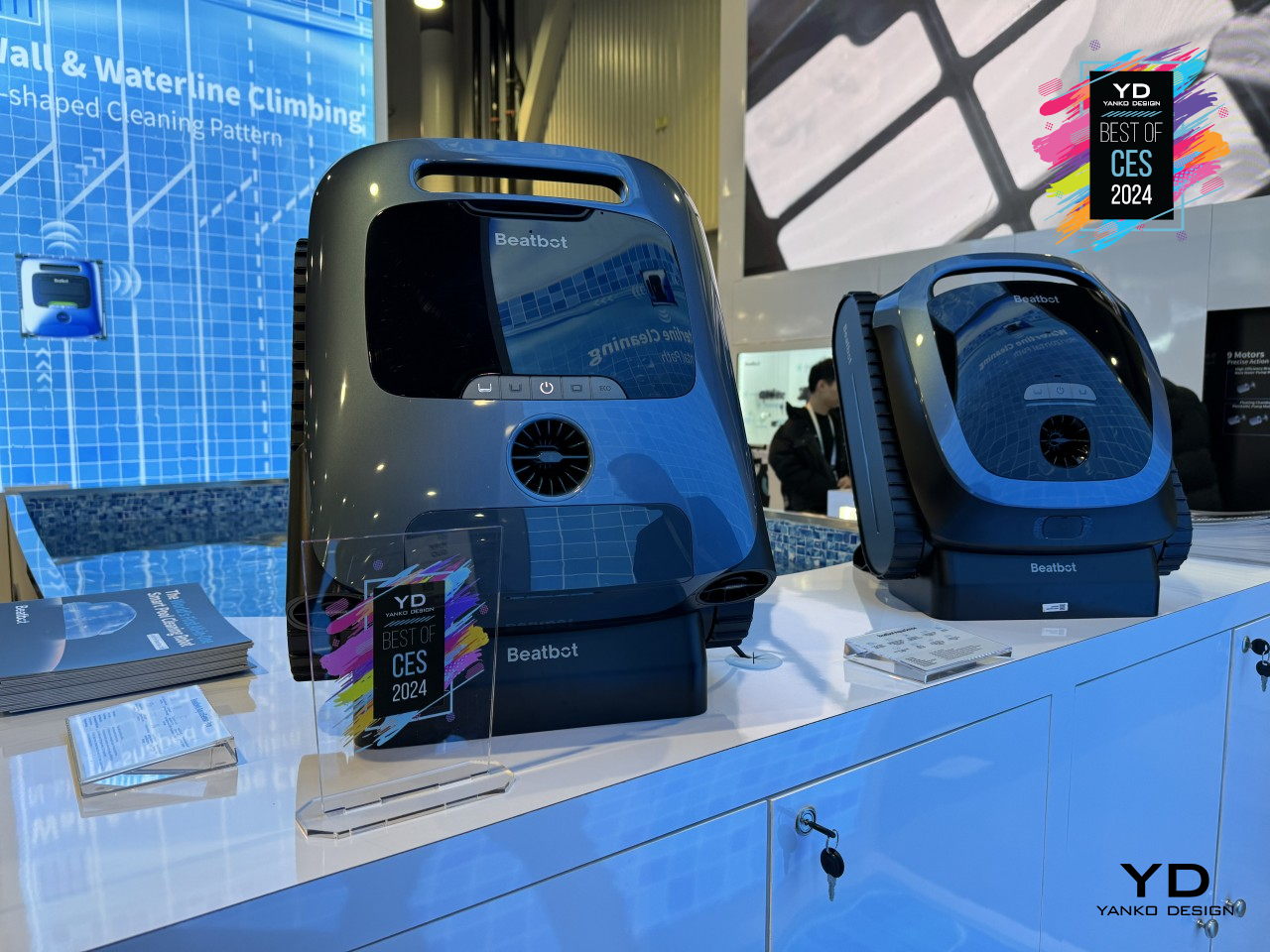
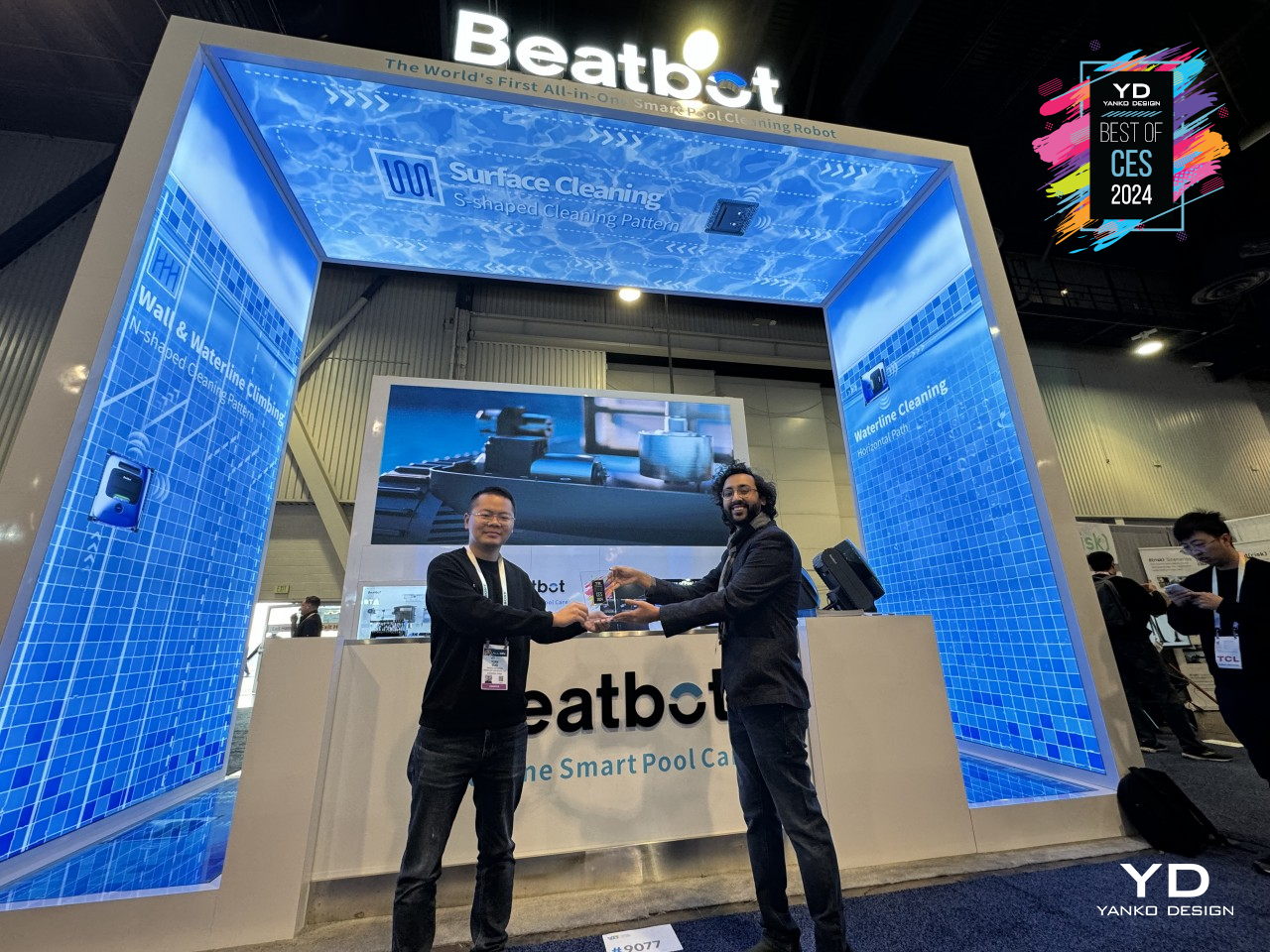
This impressive cleaning robot actually boasts the industry’s first 5-in-1 cleaning solution for floor, walls, waterline, water surface, and water clarification. Whether it’s rolling on the floor, sticking to curved walls, or gliding across the water surface, the Beatbot AquaSense Pro offers 100% pool cleaning coverage, giving you peace of mind that comes from knowing that your swimming pool will always be clean and safe to use anytime you need it.
BLUETTI AC180T Power Station and MultiCooler
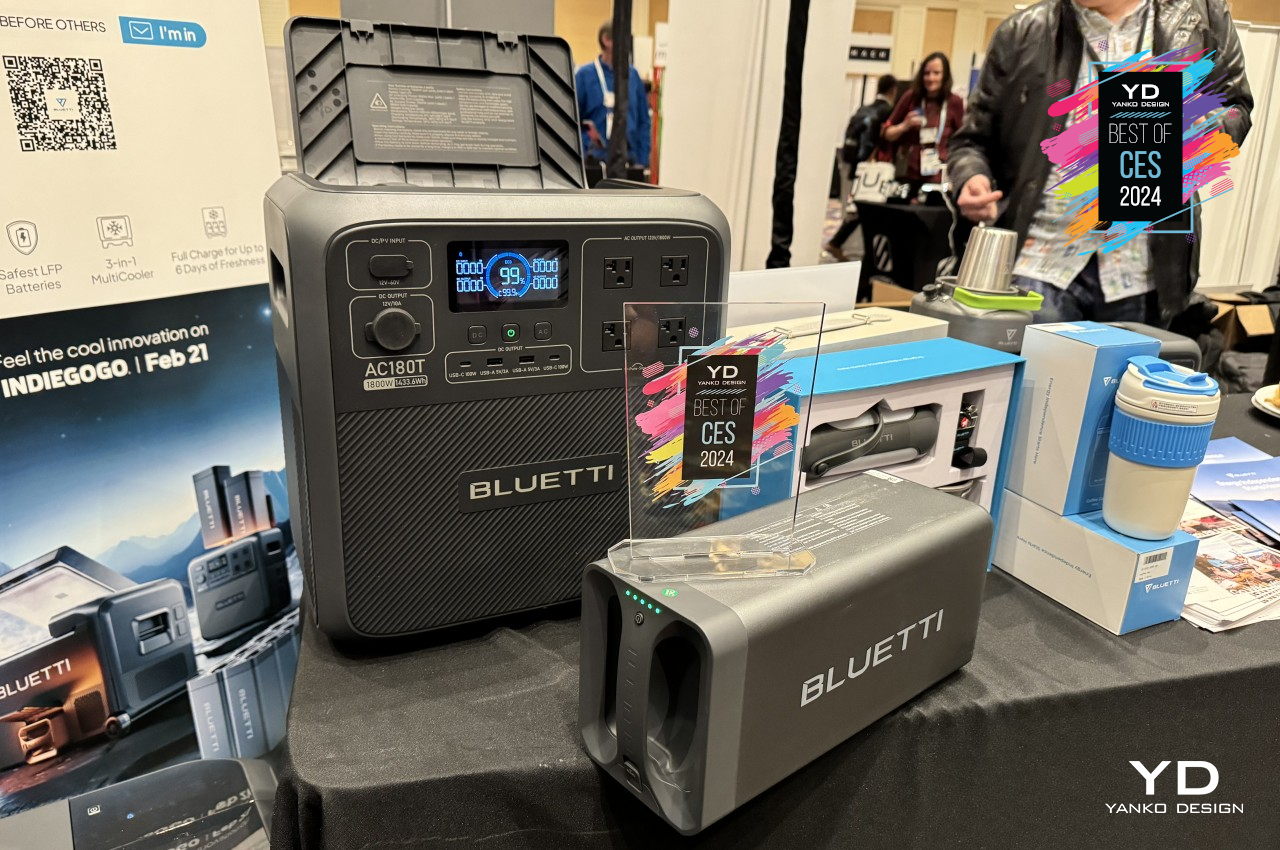
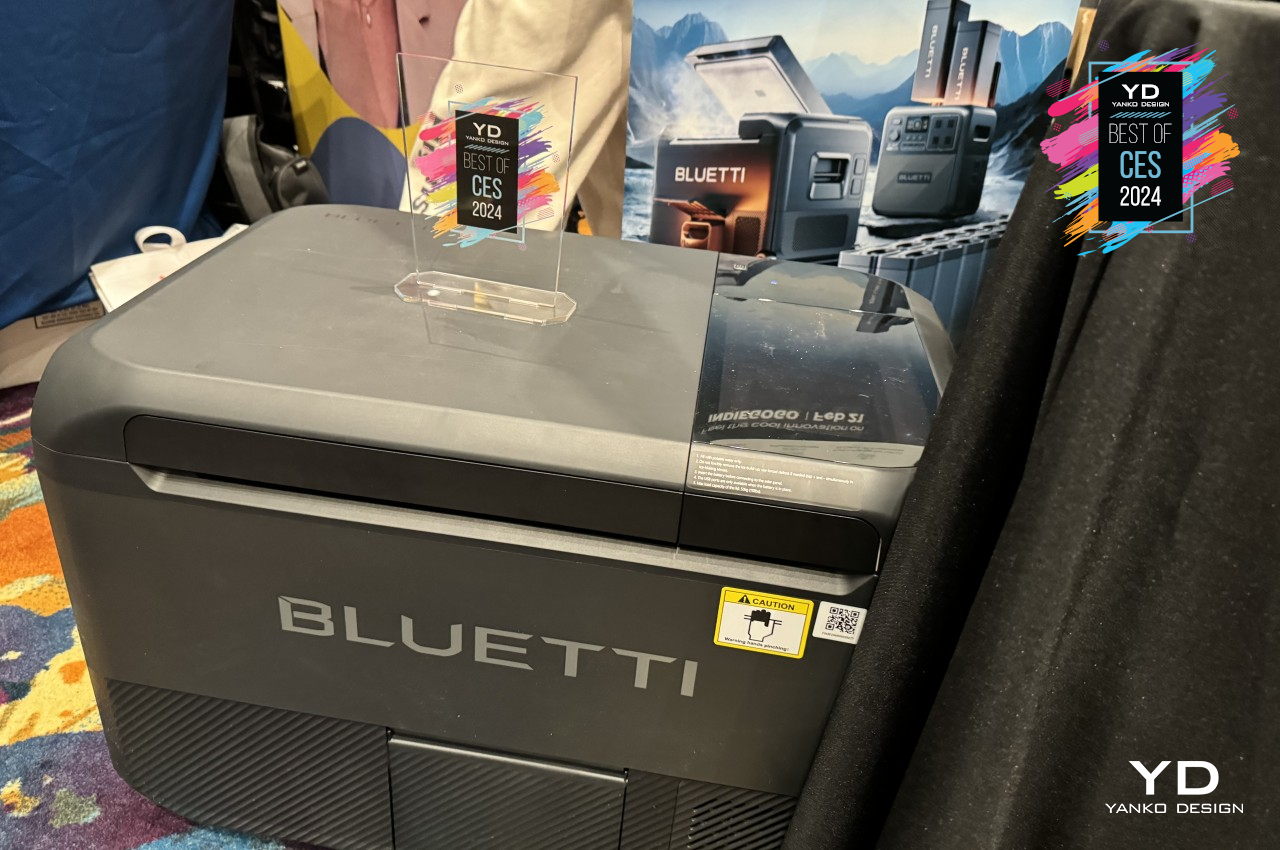
With our heavy dependence on electronic devices both at home and outdoors, it’s only natural that we’ve also become quite conscious of how much power we’re using, especially when we’re about to run out. Power banks are fine for smaller devices, but living off the grid for one reason or another requires a smarter solution. BLUETTI has been churning out solar-charged portable power stations for years, but its latest AC180T takes things up a notch with one super handy feature: the ability to swap batteries on the fly.
Designer: BLUETTI
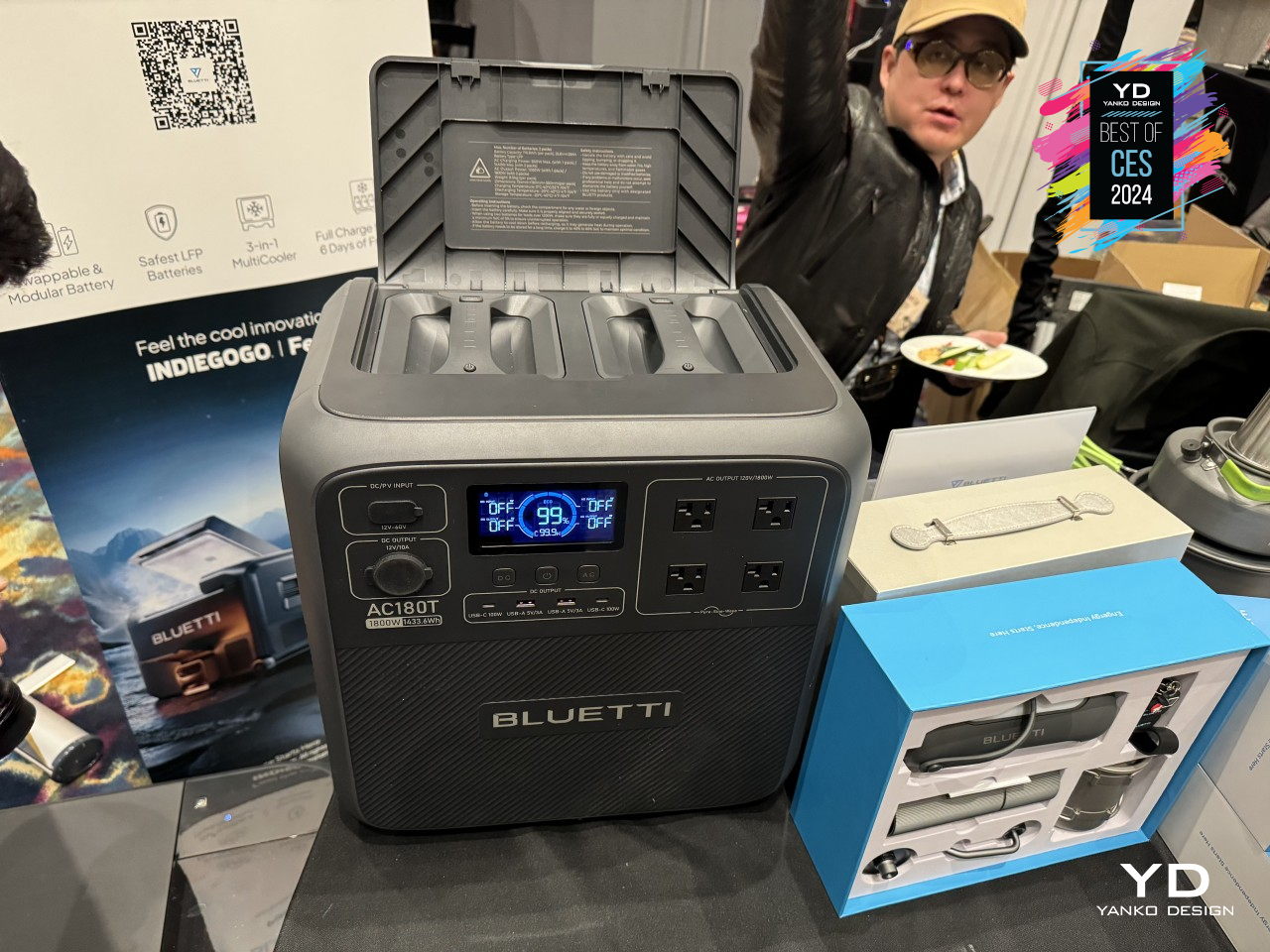
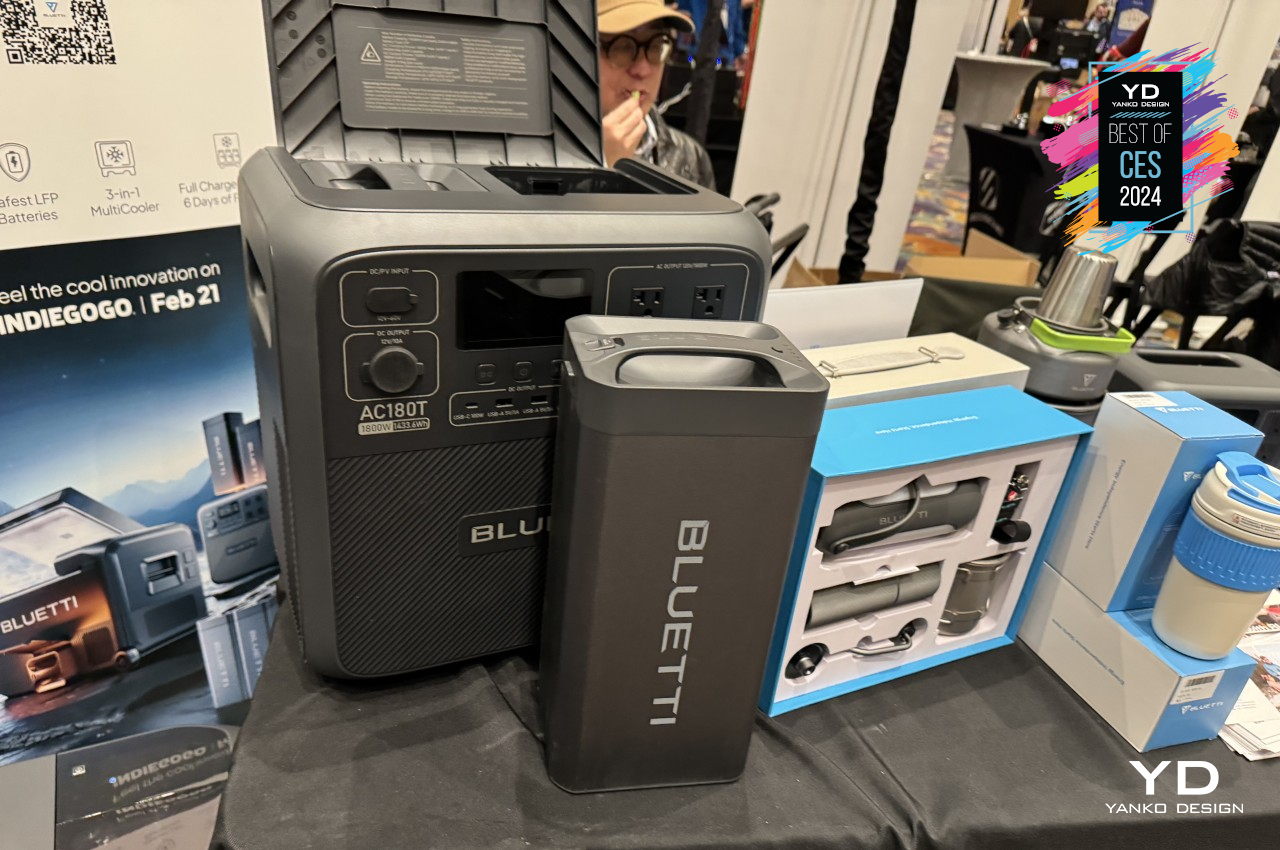
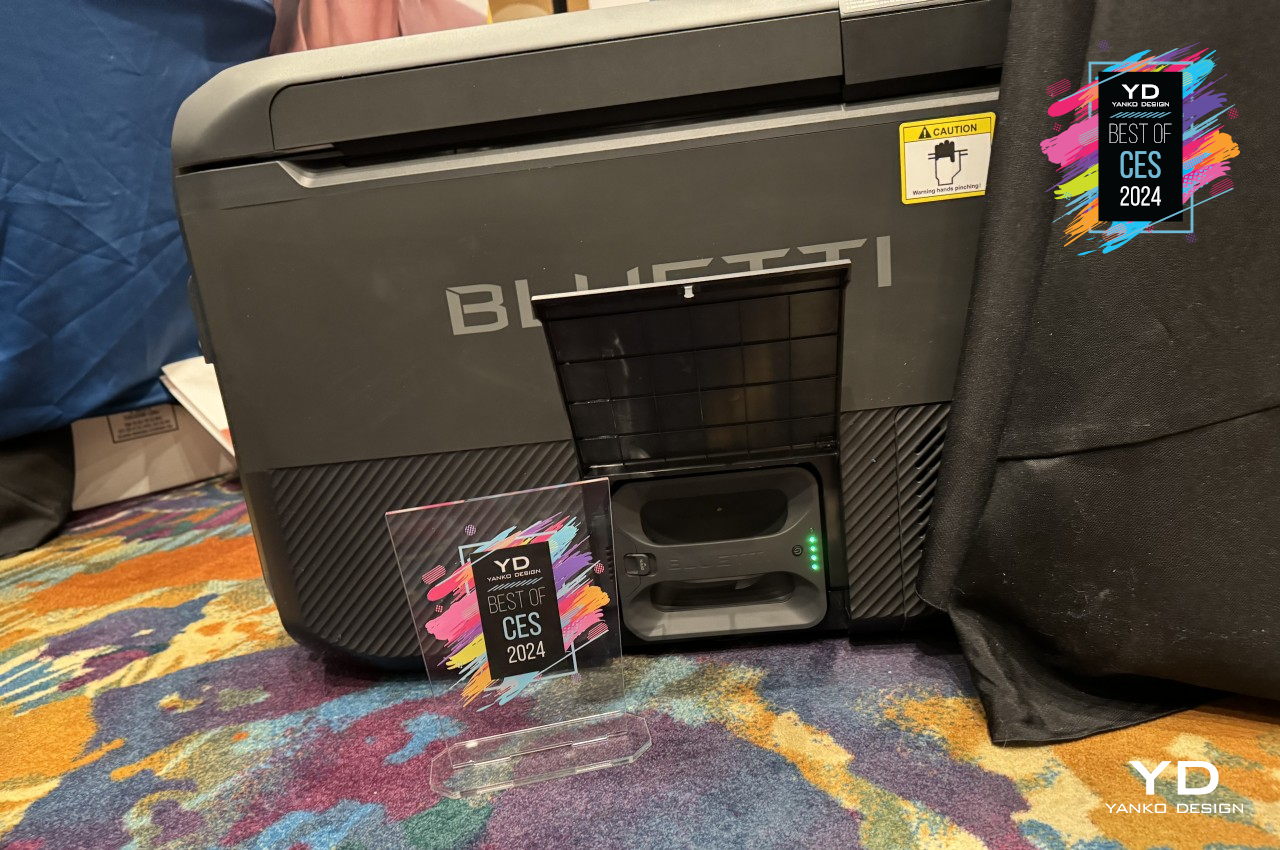
The BLUETTI AC180T is basically an inverter that can hold two removable batteries that you can hot-swap at any time, delivering 1800W of power all the time. You can swap out the battery packs as needed without having to power the AC180T down, providing uninterrupted power to your appliances. It’s the perfect partner for BLUETTI’s new MultiCooler that’s powered by the same removable battery, keeping your food and drinks chilled while you enjoy the great outdoors.
Clicks QWERTY Keyboard iPhone Case
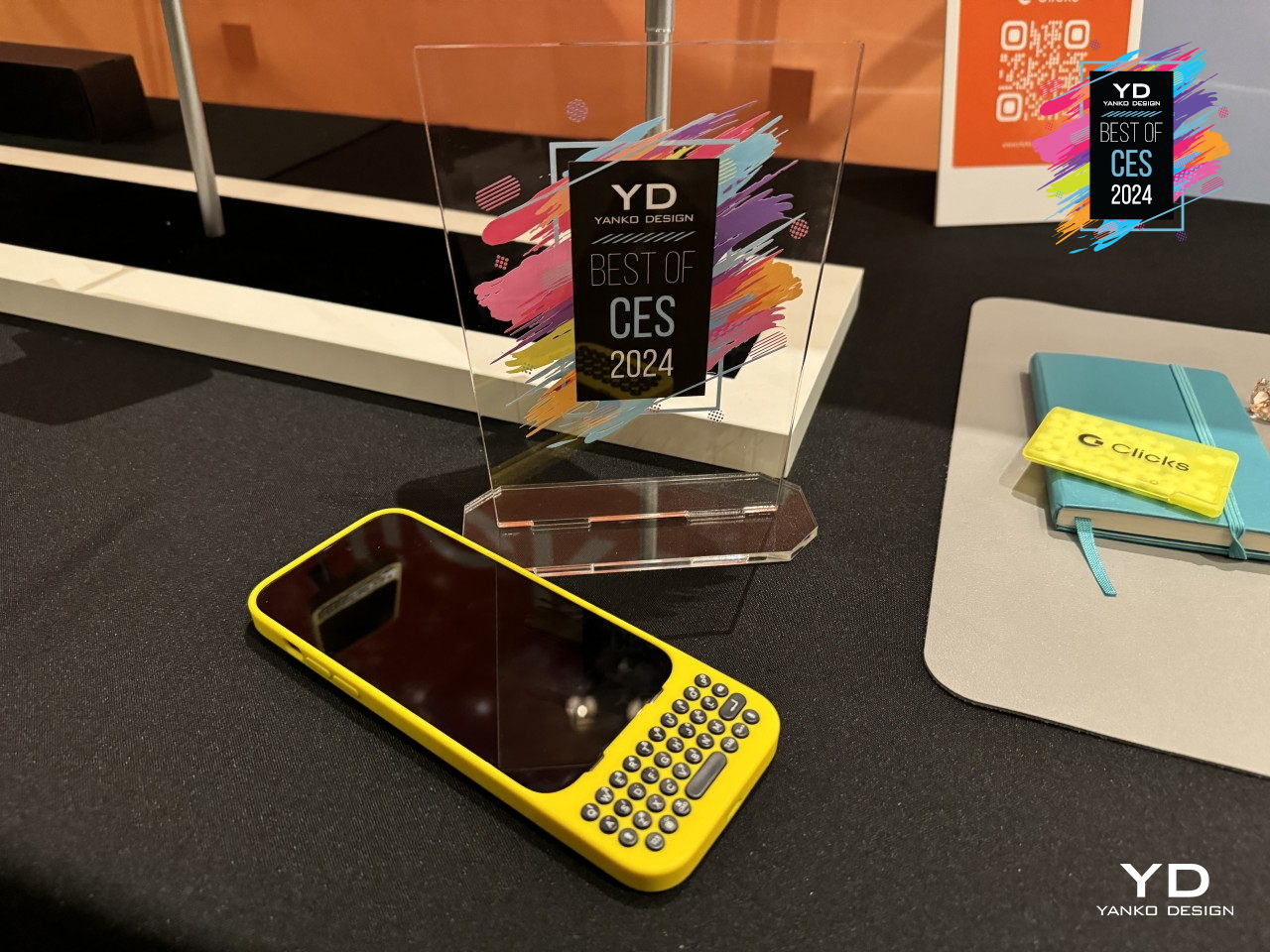
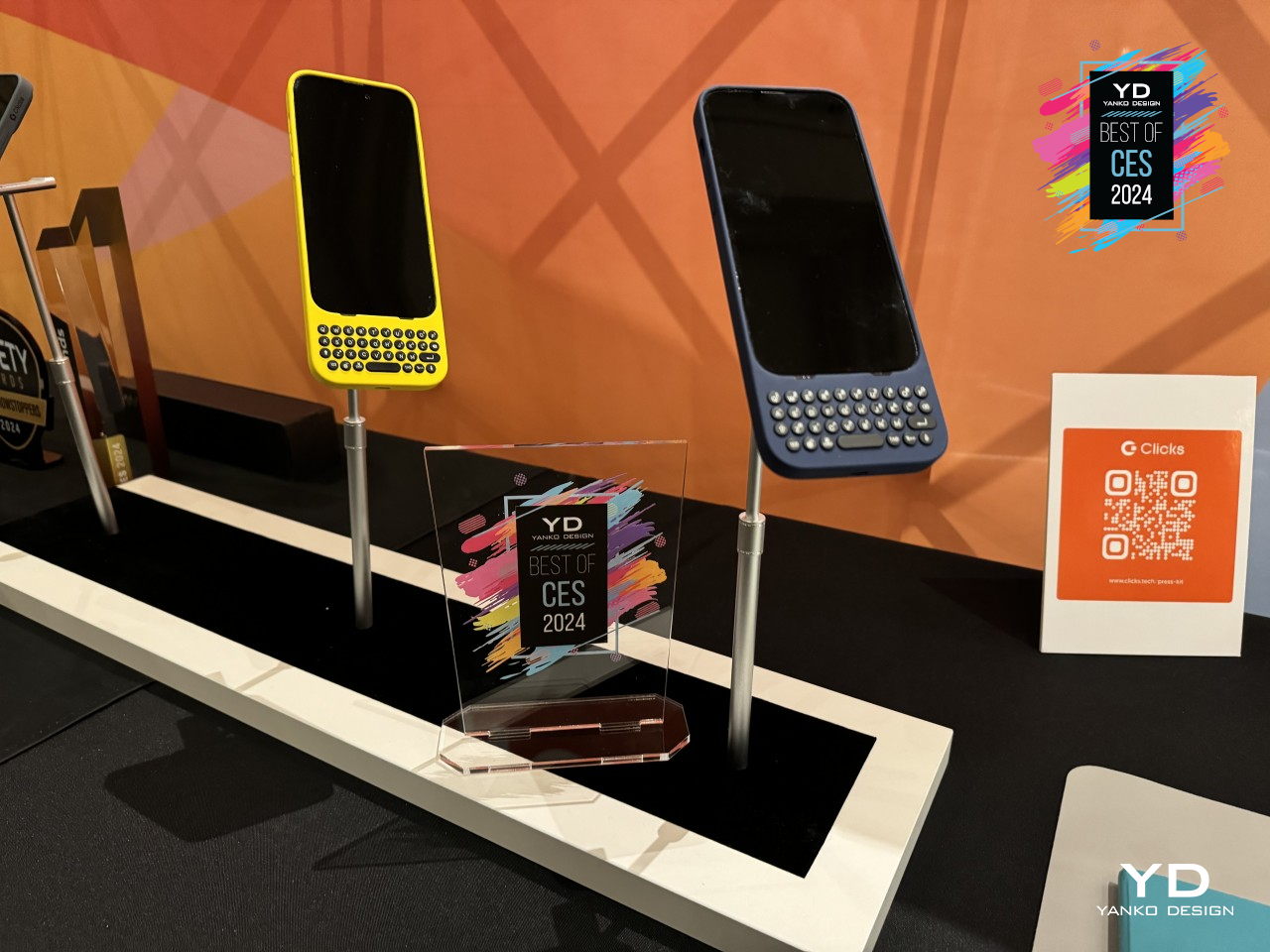
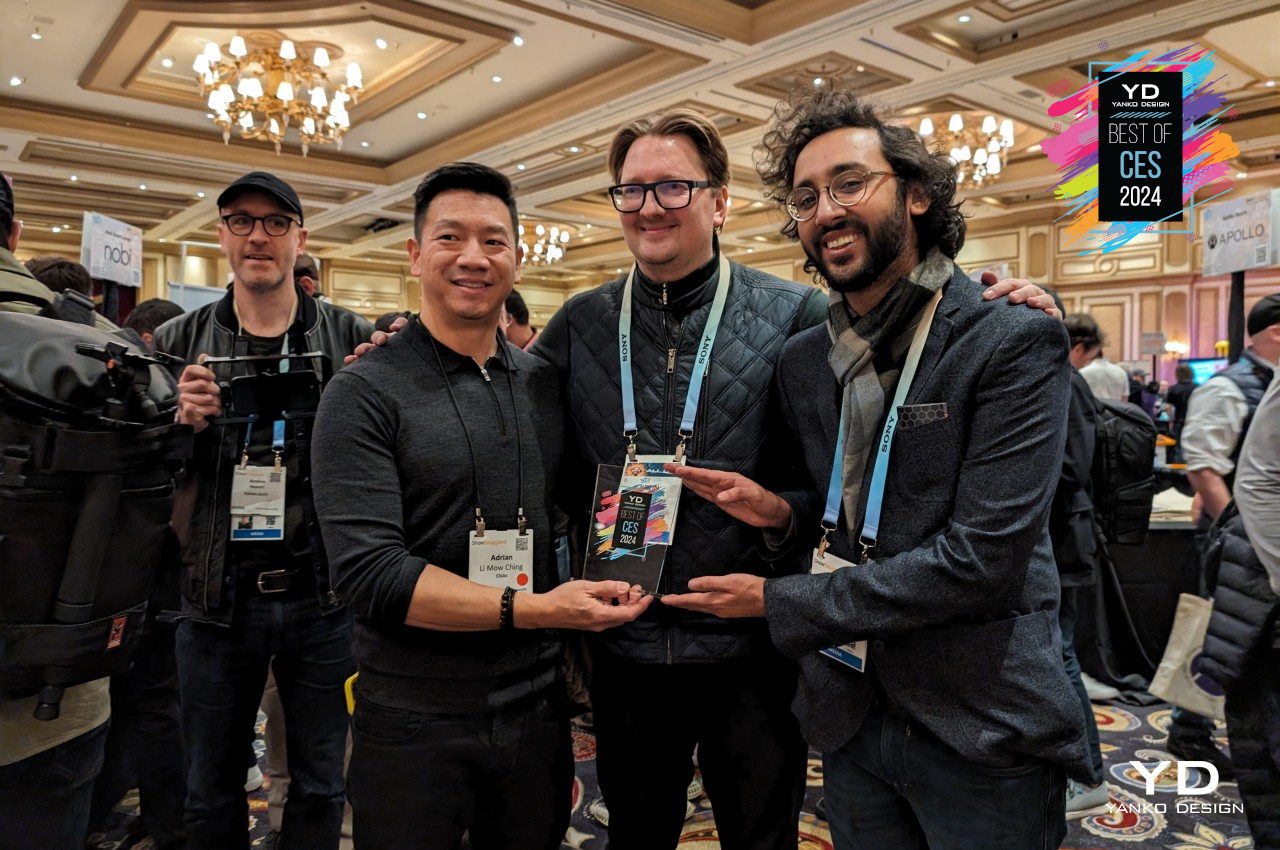
Despite the prevalence of photo-based media and social networks, it’s a bit ironic that we’re typing on our phones more than ever before. From churning out one hashtag after another to rapidly typing out a response to someone to even composing a verbose email, we rely heavily on the only input method available on our smartphones: the on-screen keyboard. Bringing the physical keyboard back isn’t an option, not unless you have this fun-looking iPhone case that does exactly that.
Designer: Clicks
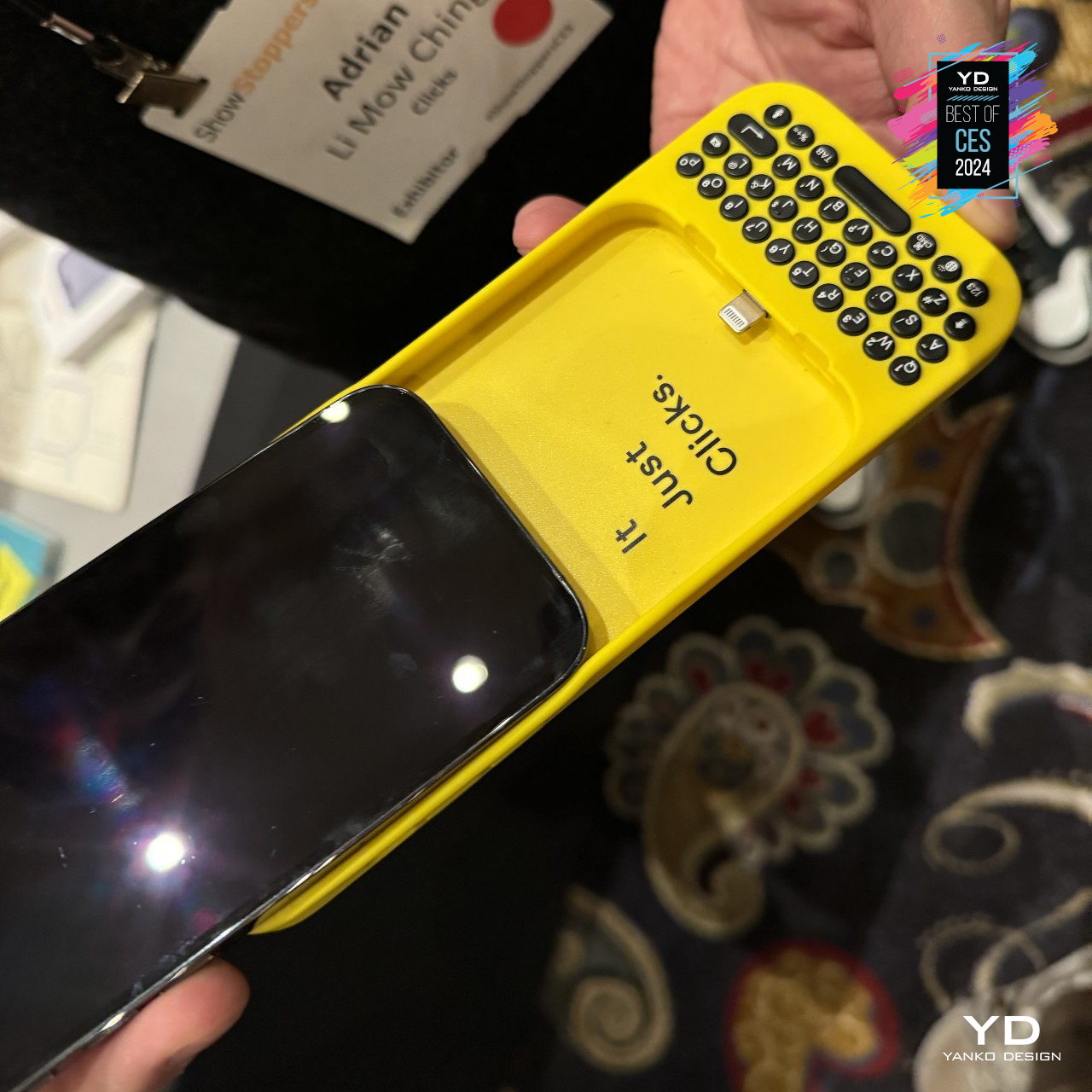
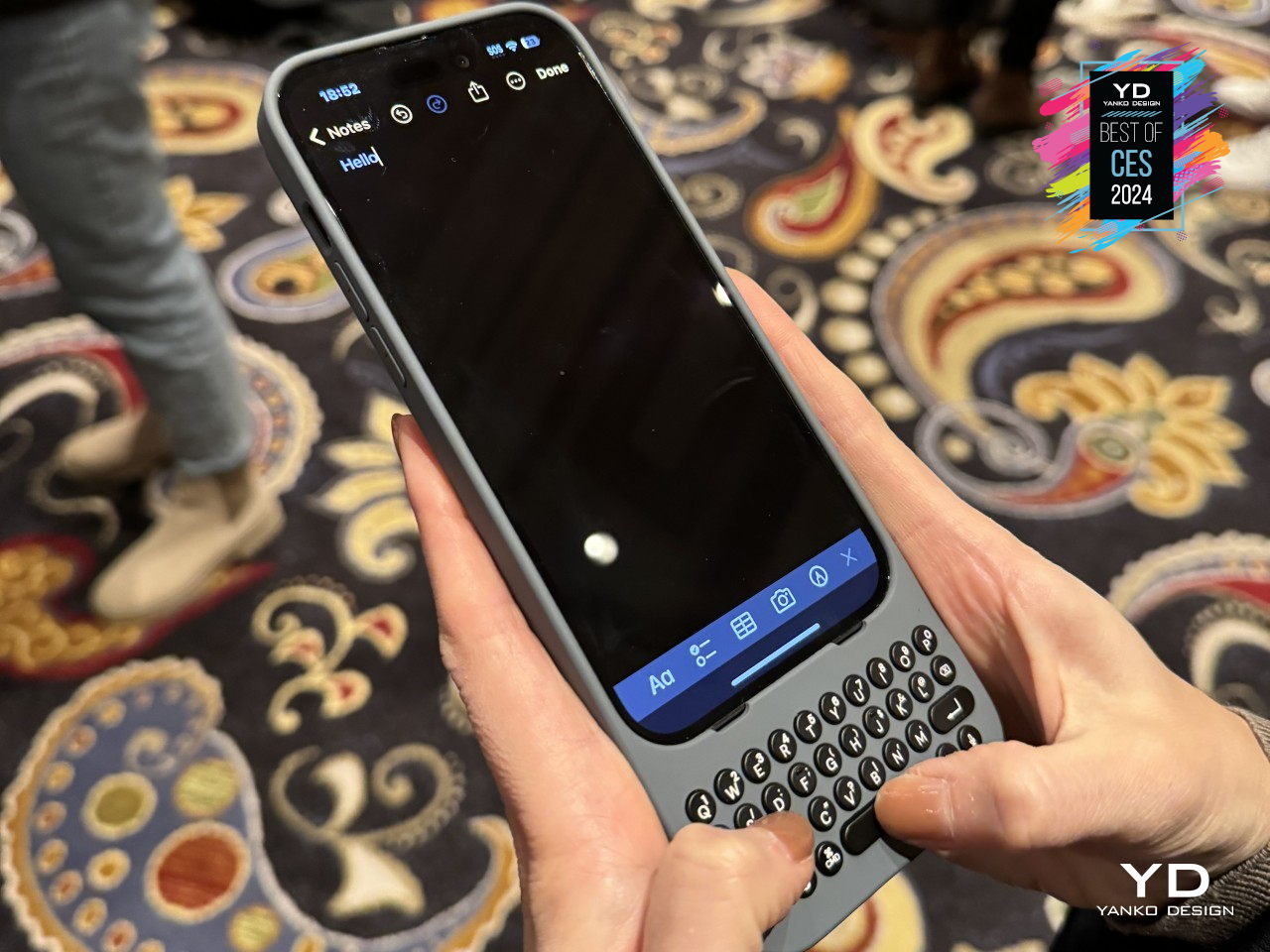
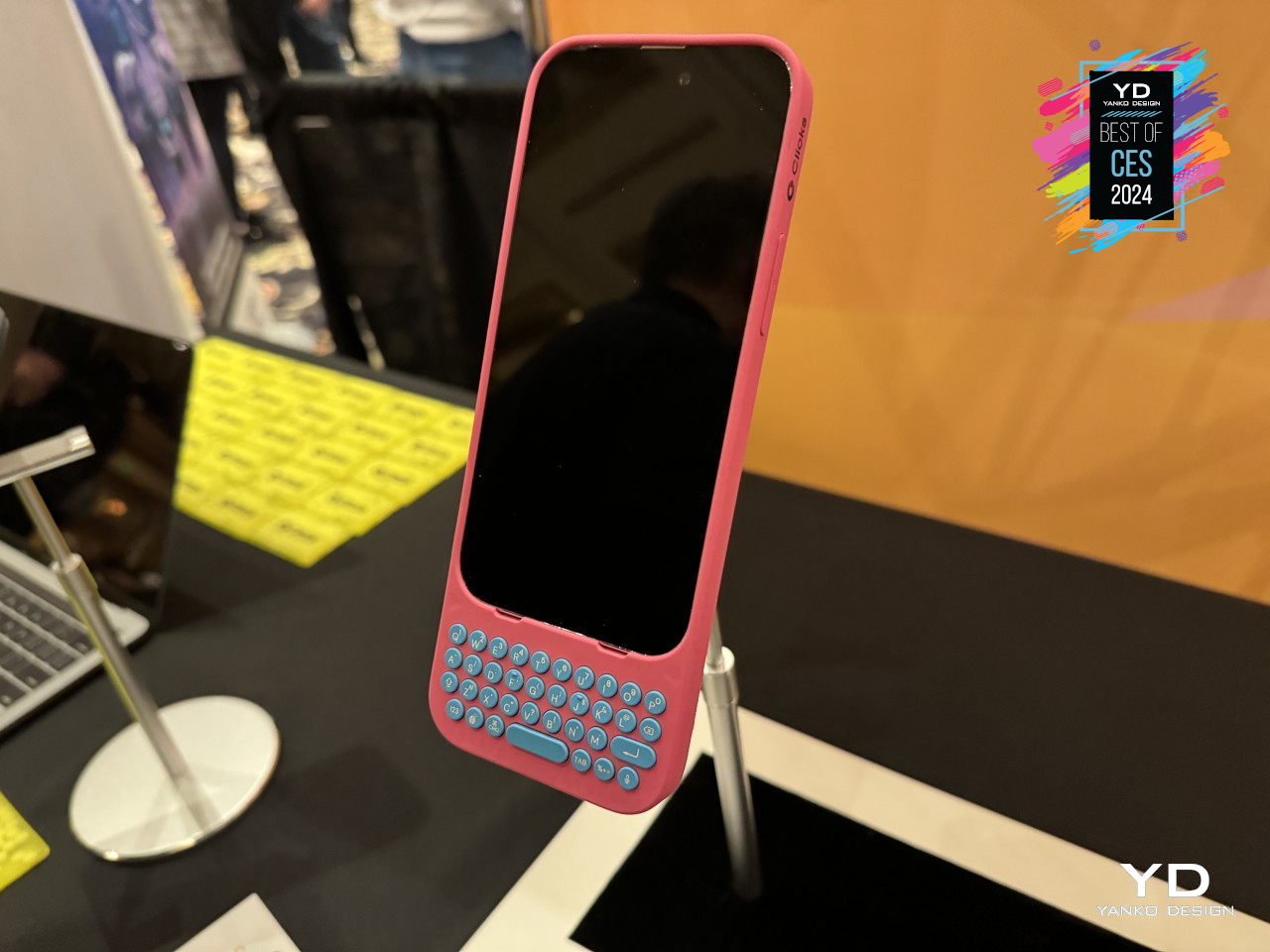
Designed for creators and anyone who feels offended by the unforgiving flatness of these virtual keyboards, Clicks revives the painless joys of pecking at actual keys as you compose your novella (or your snark comment). Easy to put on and easy to remove, the accessory adds a playful character to the iPhone 14 and 15, definitely an attention-grabber that influencers will want to soak up. It’s a simple yet effective solution to a problem almost a decade in existence, one that might actually encourage you to type in proper sentences with proper spelling.
GE Profile Smart Indoor Smoker
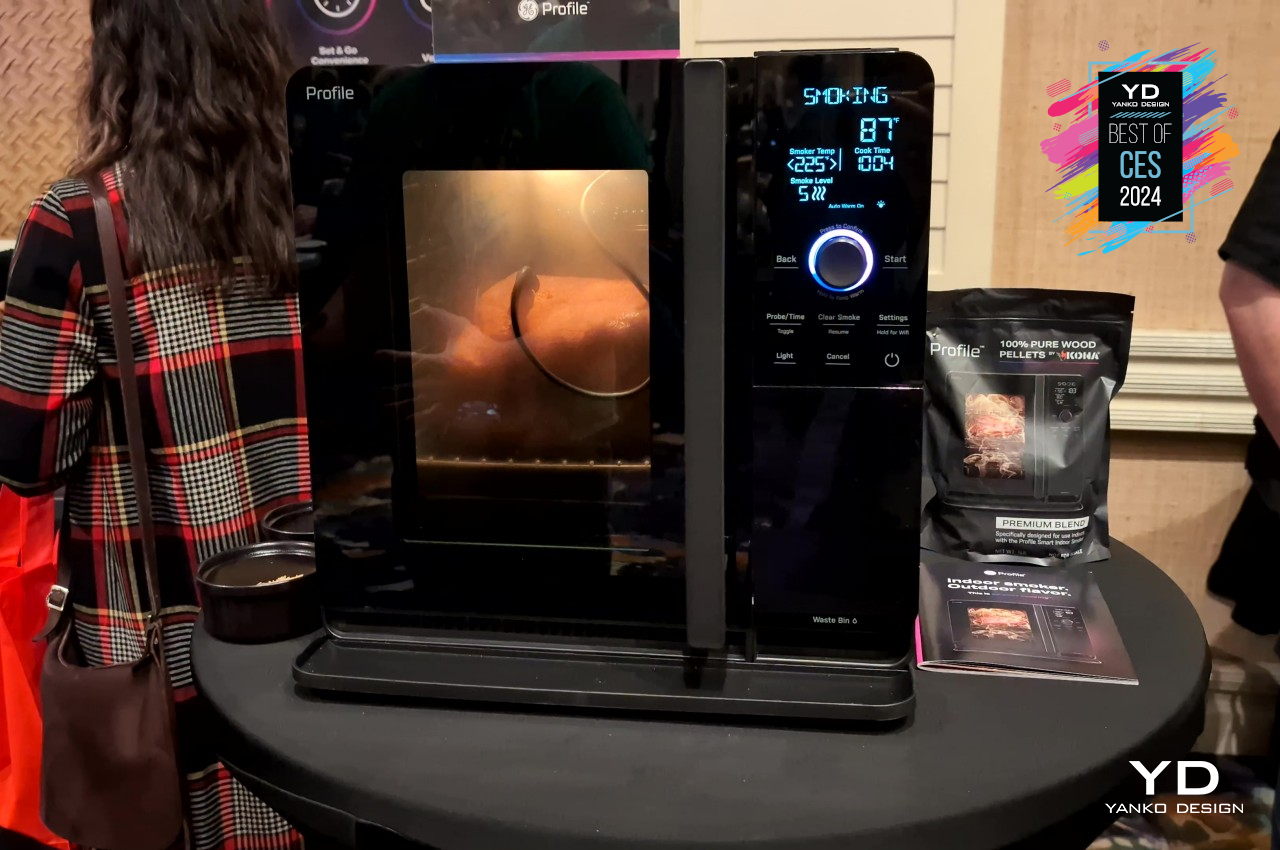
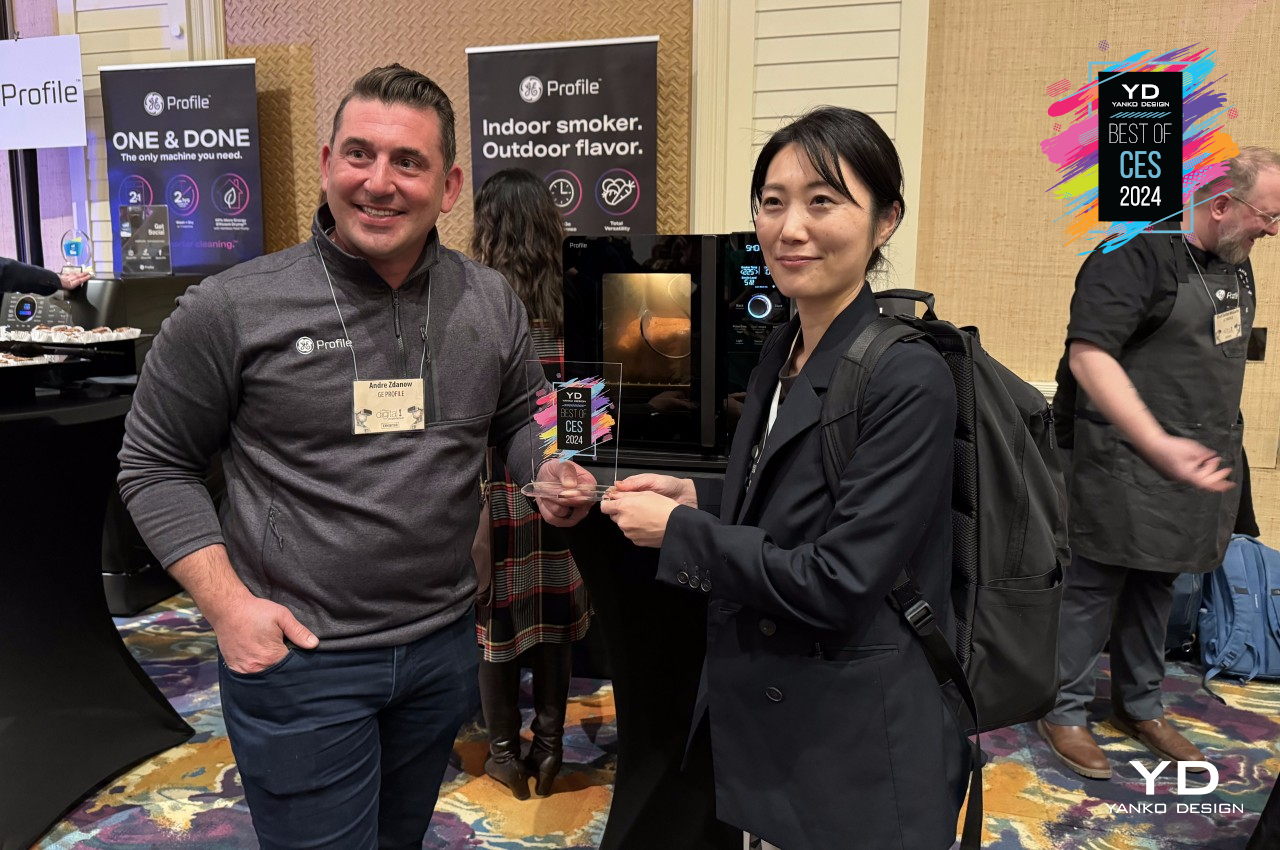
Cooking your own food at home provides plenty of benefits, allowing you to fully control what goes inside the dish as well as its flavor. There are, however, also hard limitations, especially if all you have is an indoor kitchen. Smoking food indoors is a big no-no, whether because of the smell the smoke makes in your house or the insufficient taste it produces in the end. If you’re a fan of the unique smokey flavors that this outdoor cooking process delivers, then you’ll probably raise your hands in thanks for GE’s latest innovation, the Profile Smart Indoor Pellet Smoker.
Designer: GE
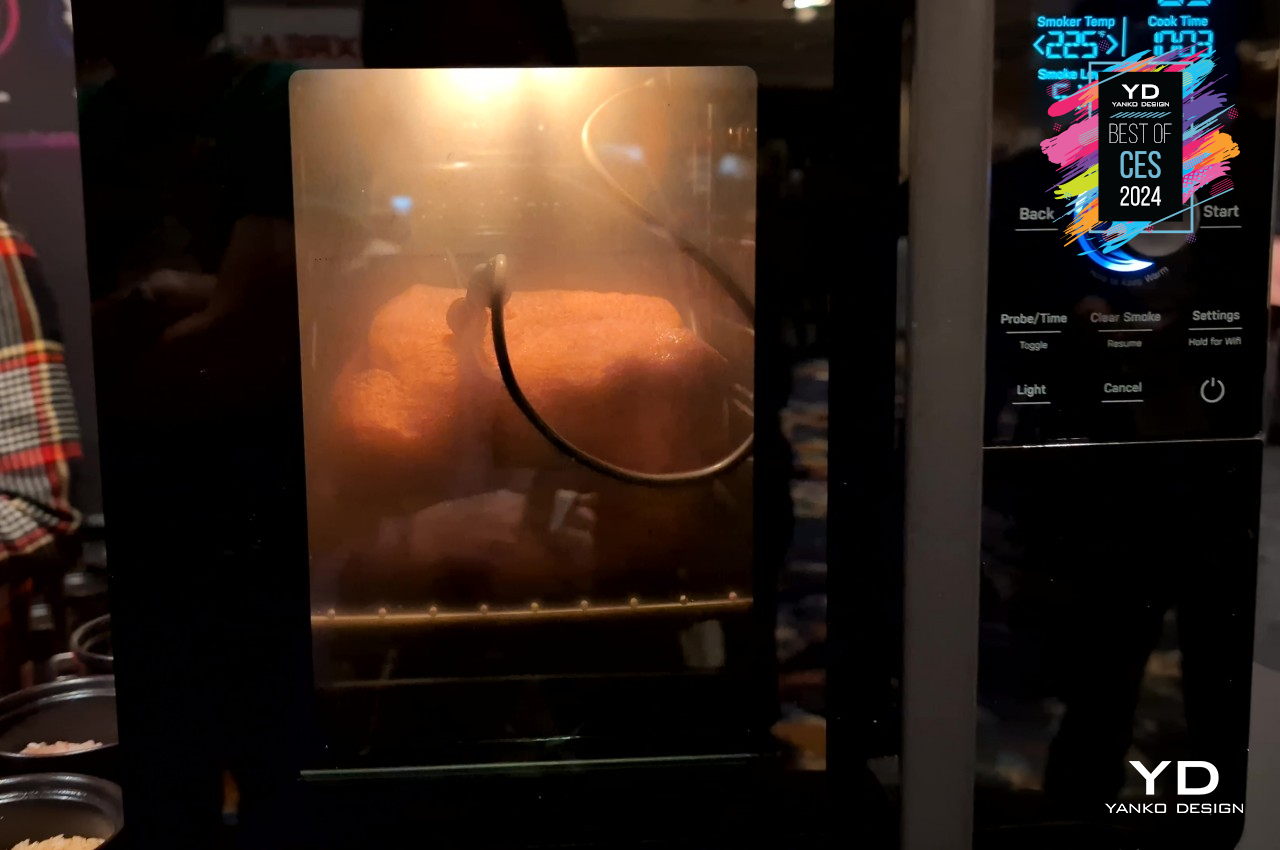
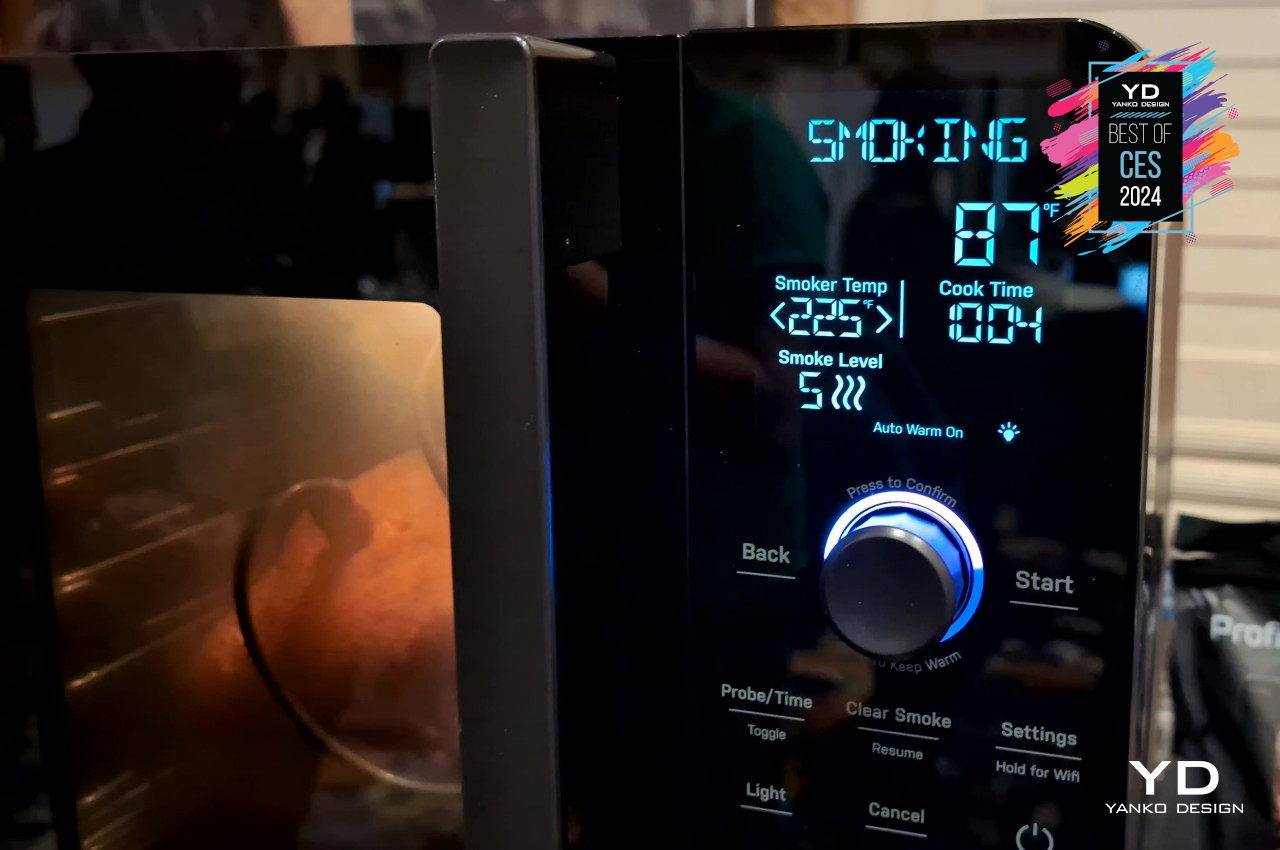
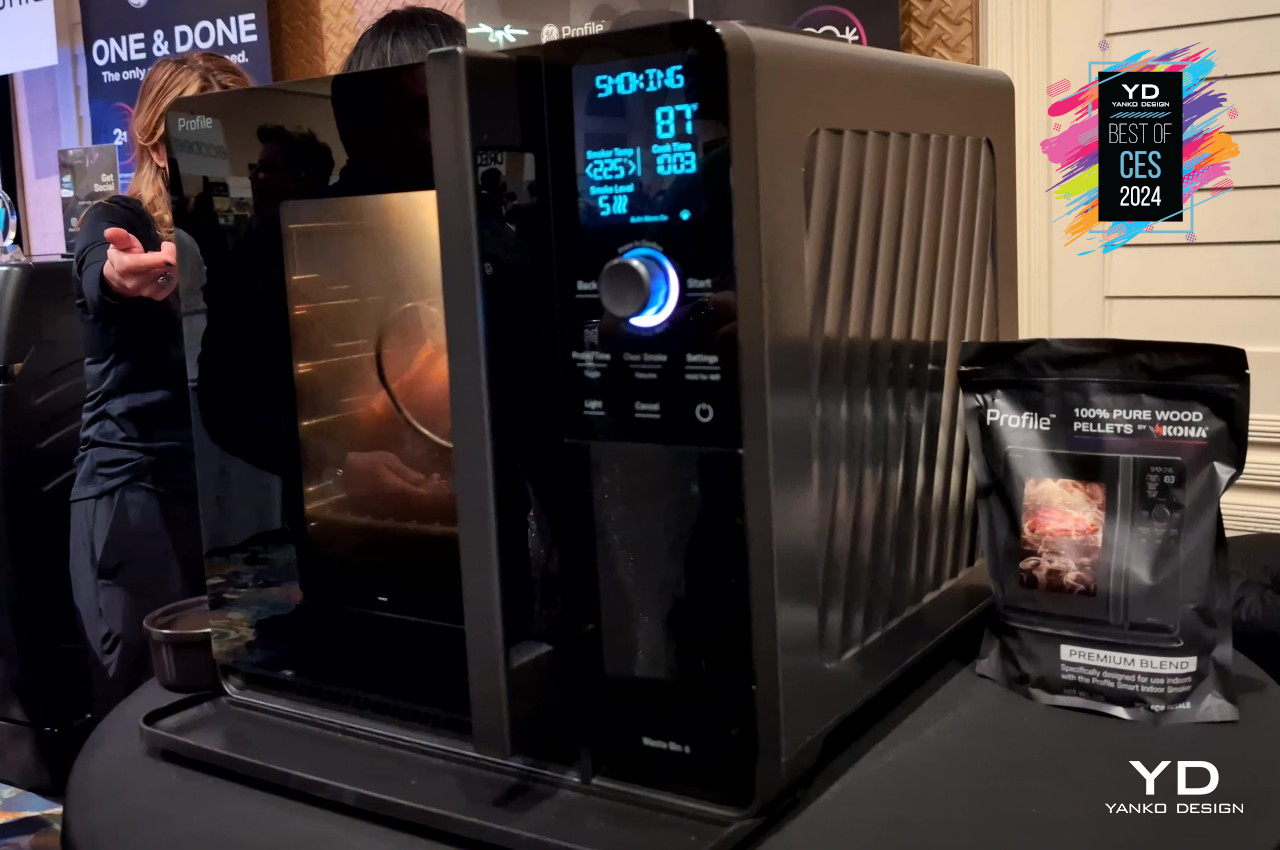
Looking just a little larger than a big air fryer, the GE Indoor Smoker makes the seemingly impossible now possible. Using the same regular wood pellets you would use outdoors, you can safely smoke meats, seafood, vegetables, and more indoors, all year round. Its Active Smoke Filtration converts wood smoke into plain warm air so you won’t have to worry about your kitchen stinking after hours of smoking. With precision control, you can bring out the best flavors for the kind of food you’re cooking while also using fewer pellets than a regular outdoor smoker. It’s a simple but life-changing innovation that food lovers and home chefs will adore.
Graphene Square Cordless Transparent Graphene Cooker
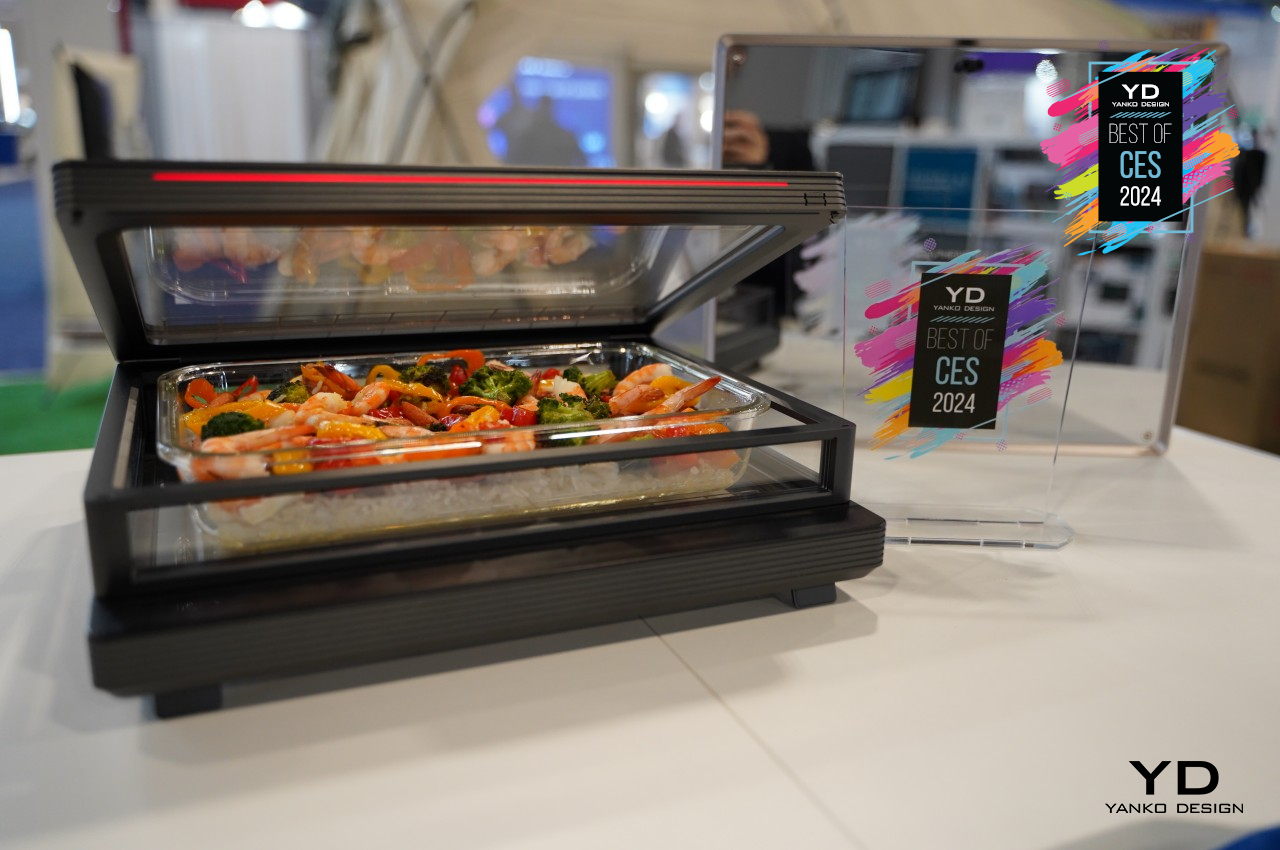
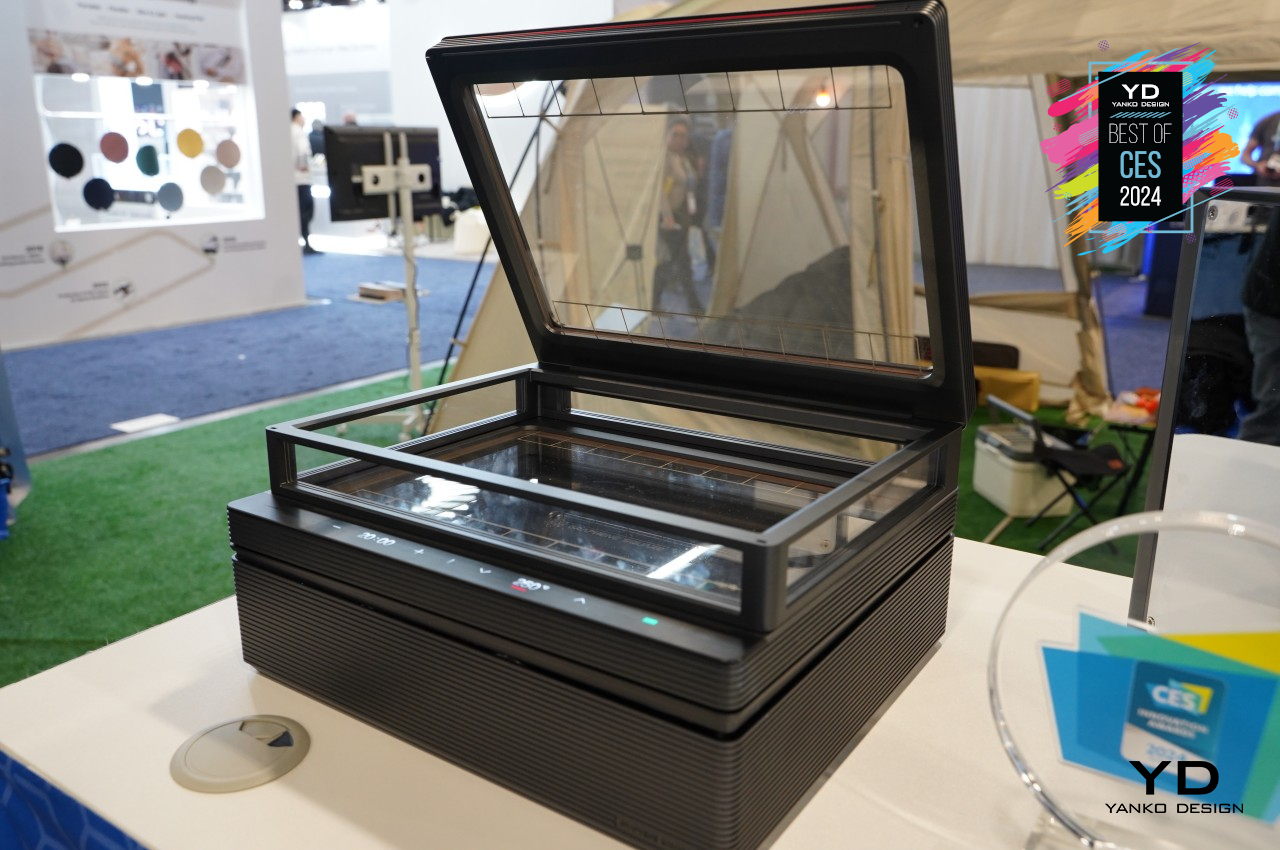
Graphene is a revolutionary material that’s often associated with batteries recently, but that’s hardly the only application for it. It’s exactly because of its super ability to conduct heat and electricity that it has become an ideal material for use in electronics. Graphene Square, however, has put it to use in a pretty unbelievable way, creating a portable wireless cooker that defies convention and expectations, letting you clearly see the food as it cooks as if through a looking glass.
Designer: Graphene Square
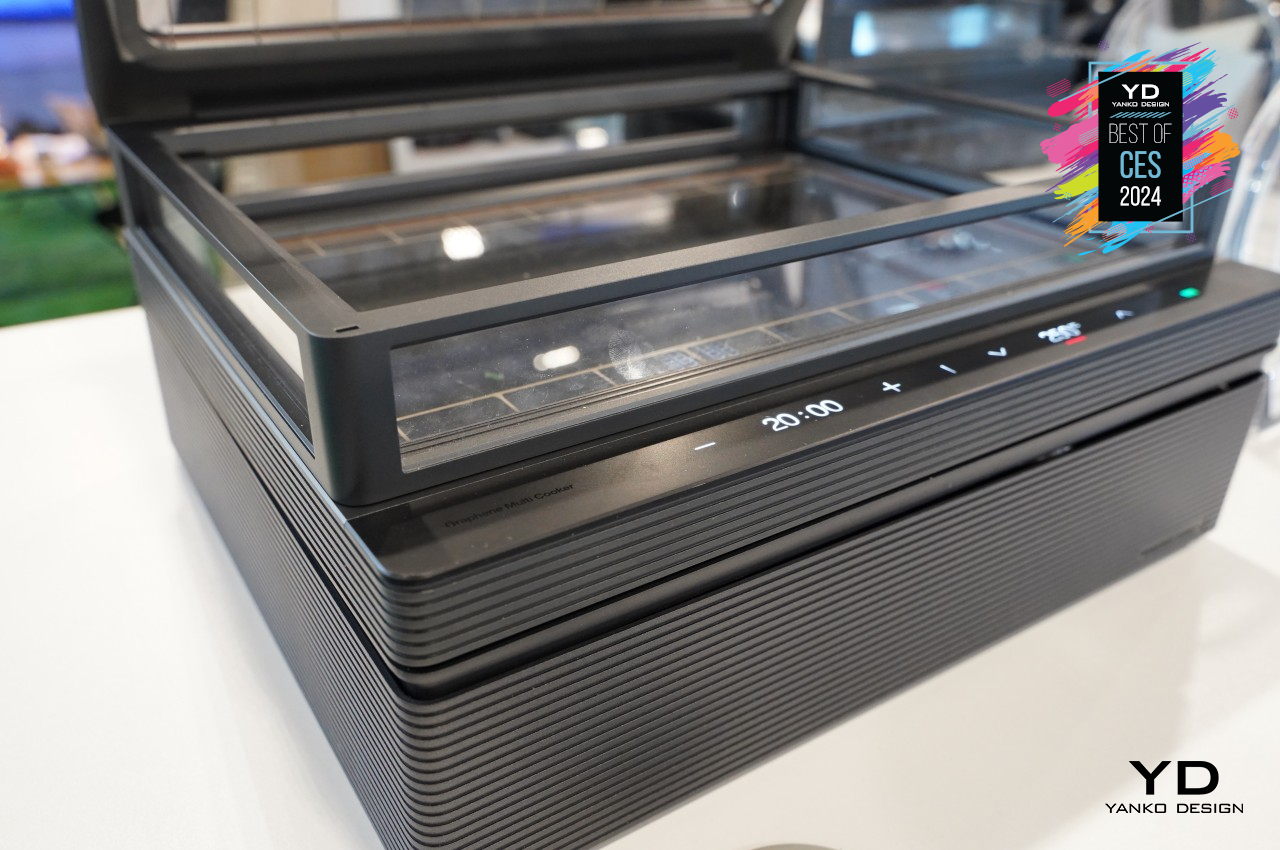
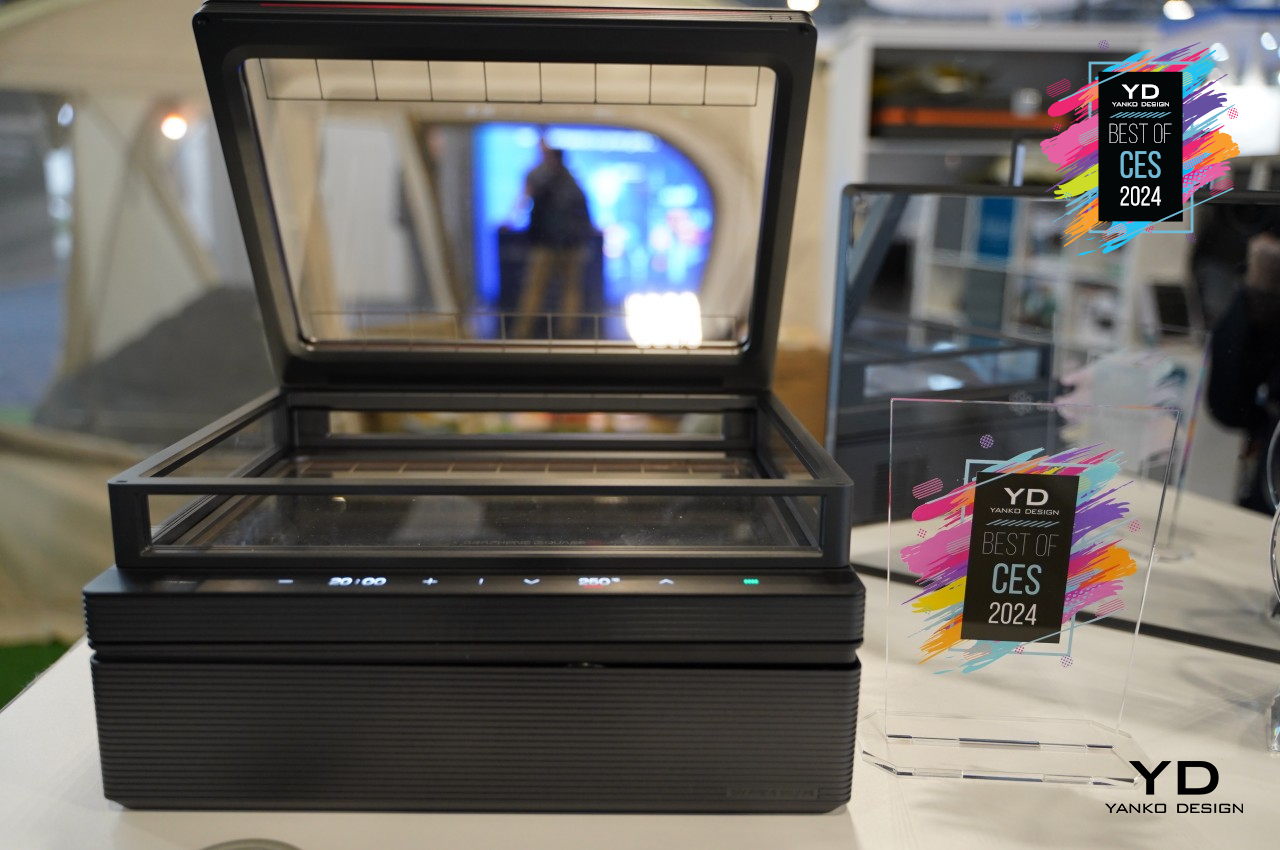
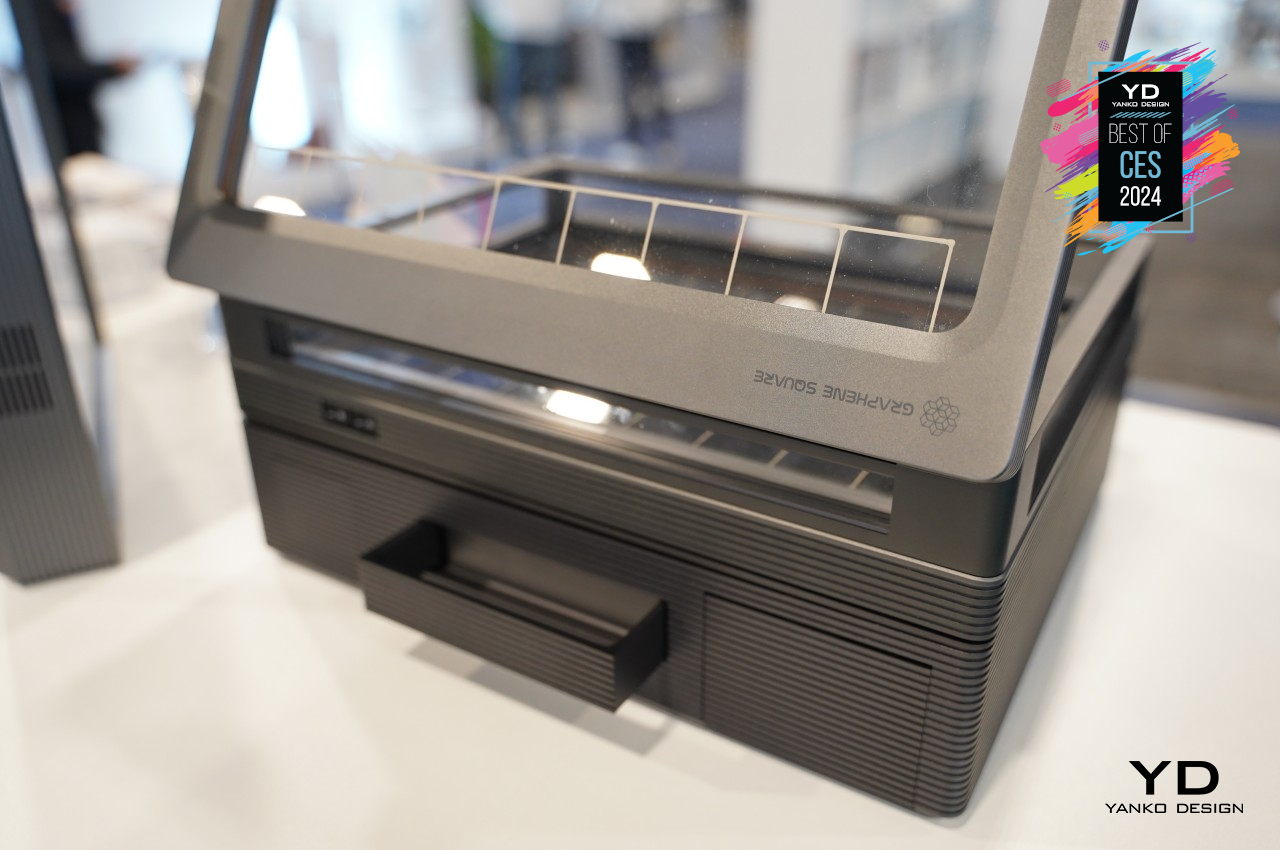
The top and bottom “glass” of this transparent box are actually the almost invisible graphene modules that generate mid-IR (infrared) radiation to cook the food inside. Because of graphene’s energy-efficient properties, you can even power this transparent cooker with a briefcase-sized battery that connects to the bottom of the box. It’s definitely an unconventional approach to cooking and an even more out-of-this-world design, but it’s one that easily grabs attention and sparks the imagination of what the future of cooking could become.
Hisense 110UX Mini LED TV
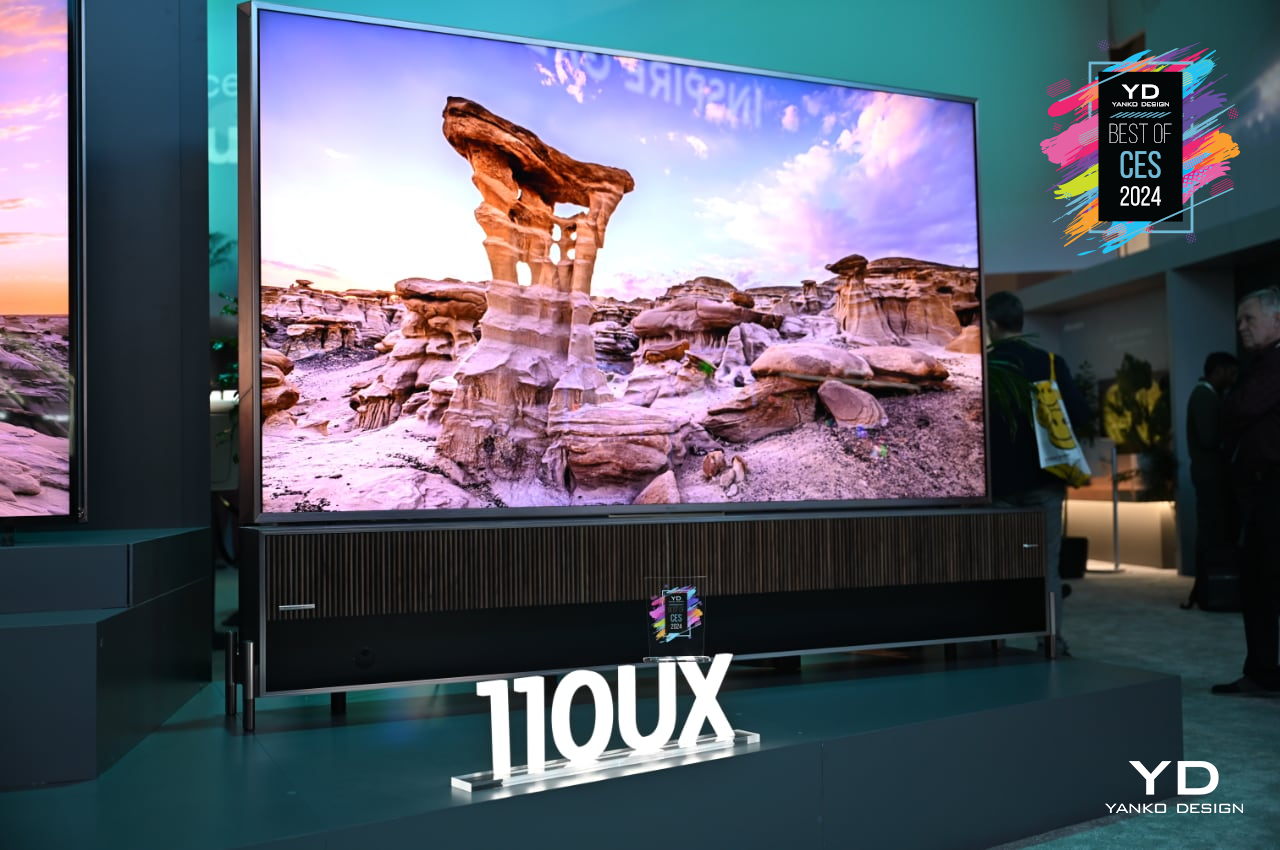

Hisense is an old name in the consumer electronics market, and at CES 2024, it is putting its best foot forward when it comes to its display innovation. Its crowning glory is the massive 110UX TV flagship of its premium ULED X series, offering not only its largest panel but also its best technologies in this space. Unsurprisingly, there’s also a pinch of that AI special sauce that everyone’s going crazy over these days.
Designer: Hisense

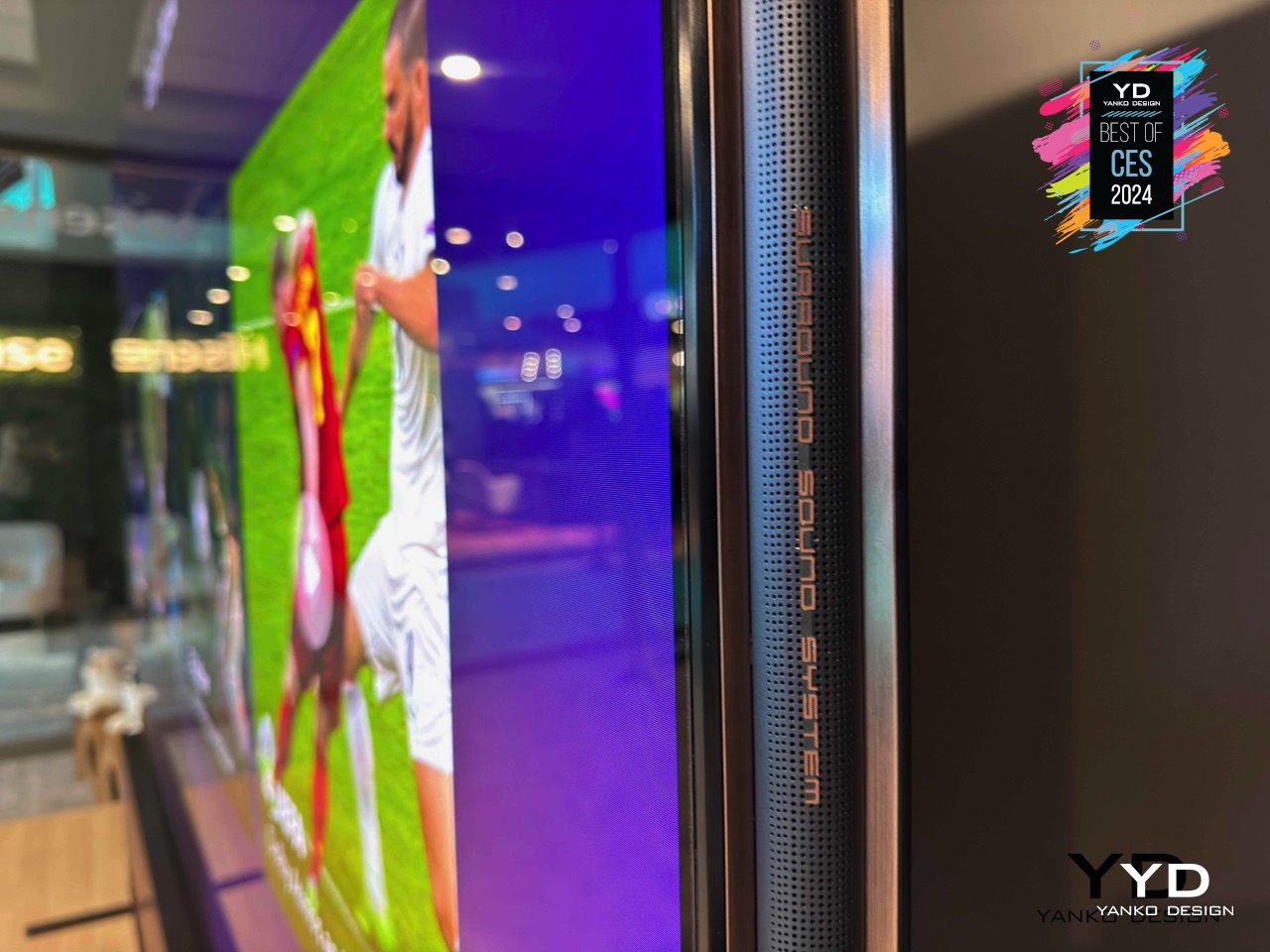


With such a large area, it’s both no surprise yet also incredible that Hisense managed to cram 40,000 backlight zones, ensuring even and consistent brightness and contrast across the board. An impressive 95% BT.2020 color palette makes images really pop, while the 10,000 nits of brightness leaves no detail hidden in the shadows. With a new Hi-View Engine X chipset, the Hisense 110UX offers enhanced image reproduction powered by artificial intelligence, leaving nothing left to chance and freeing you from the worries of having to manually tweak half a dozen settings just to get the perfect image.
Hisense Automobile Laser Display
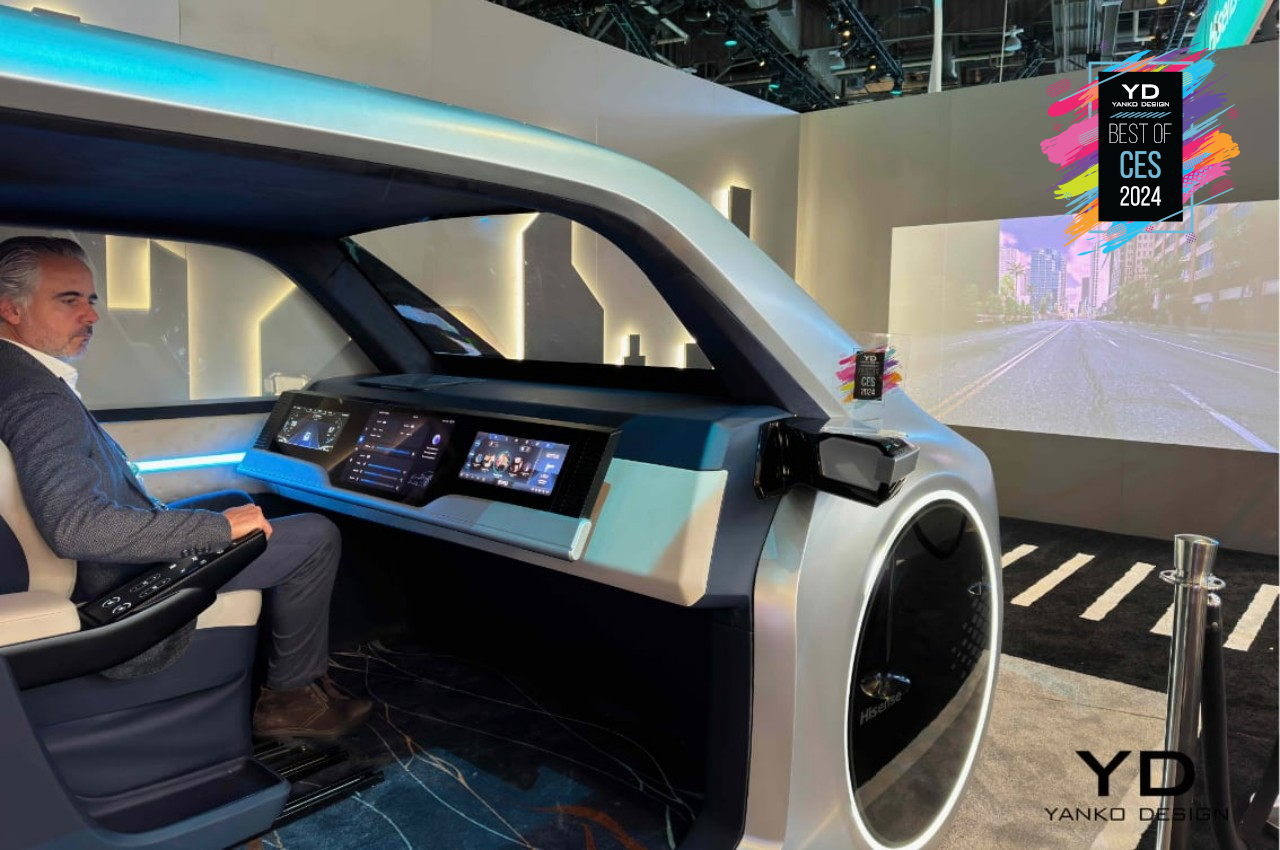
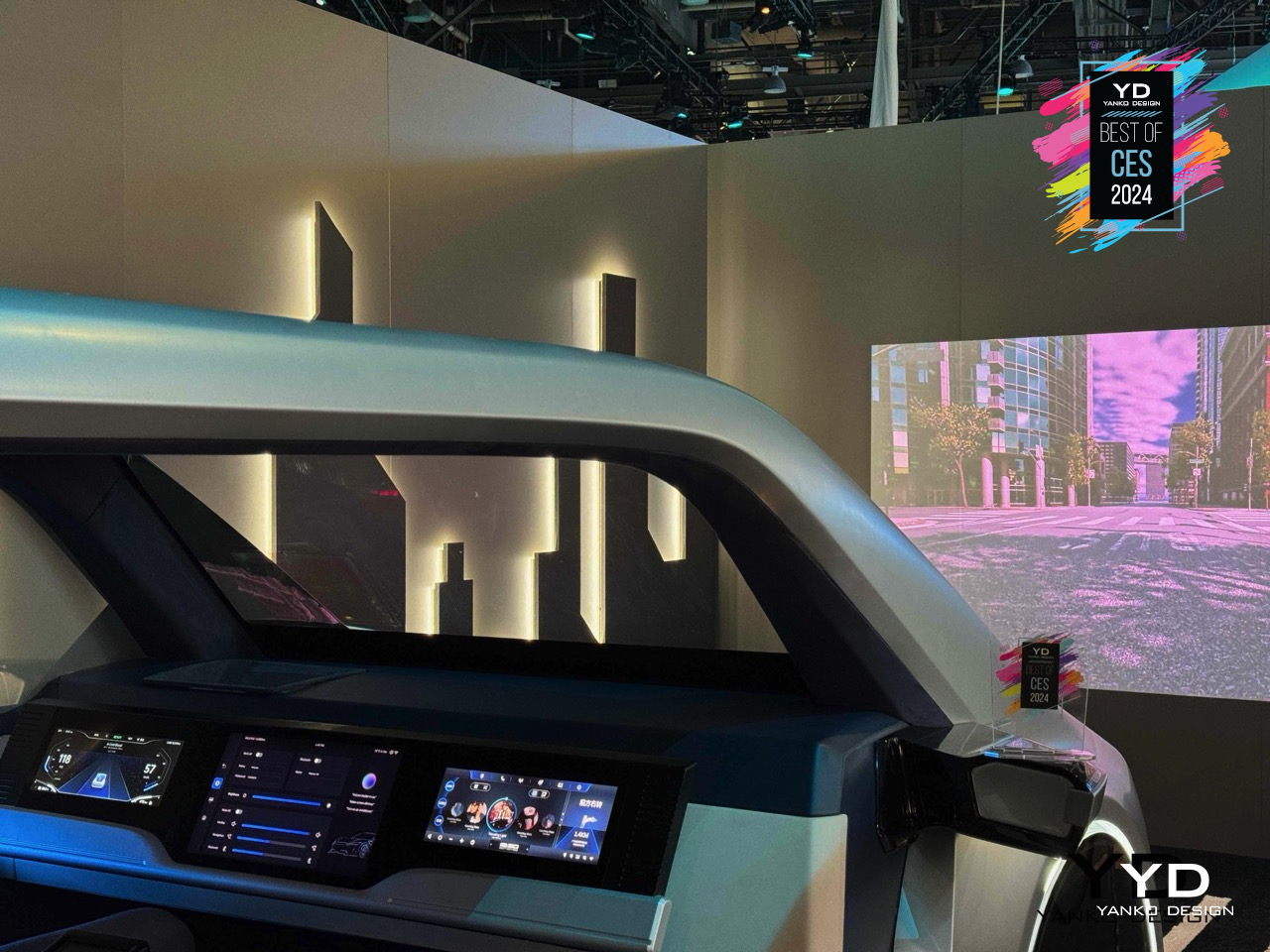
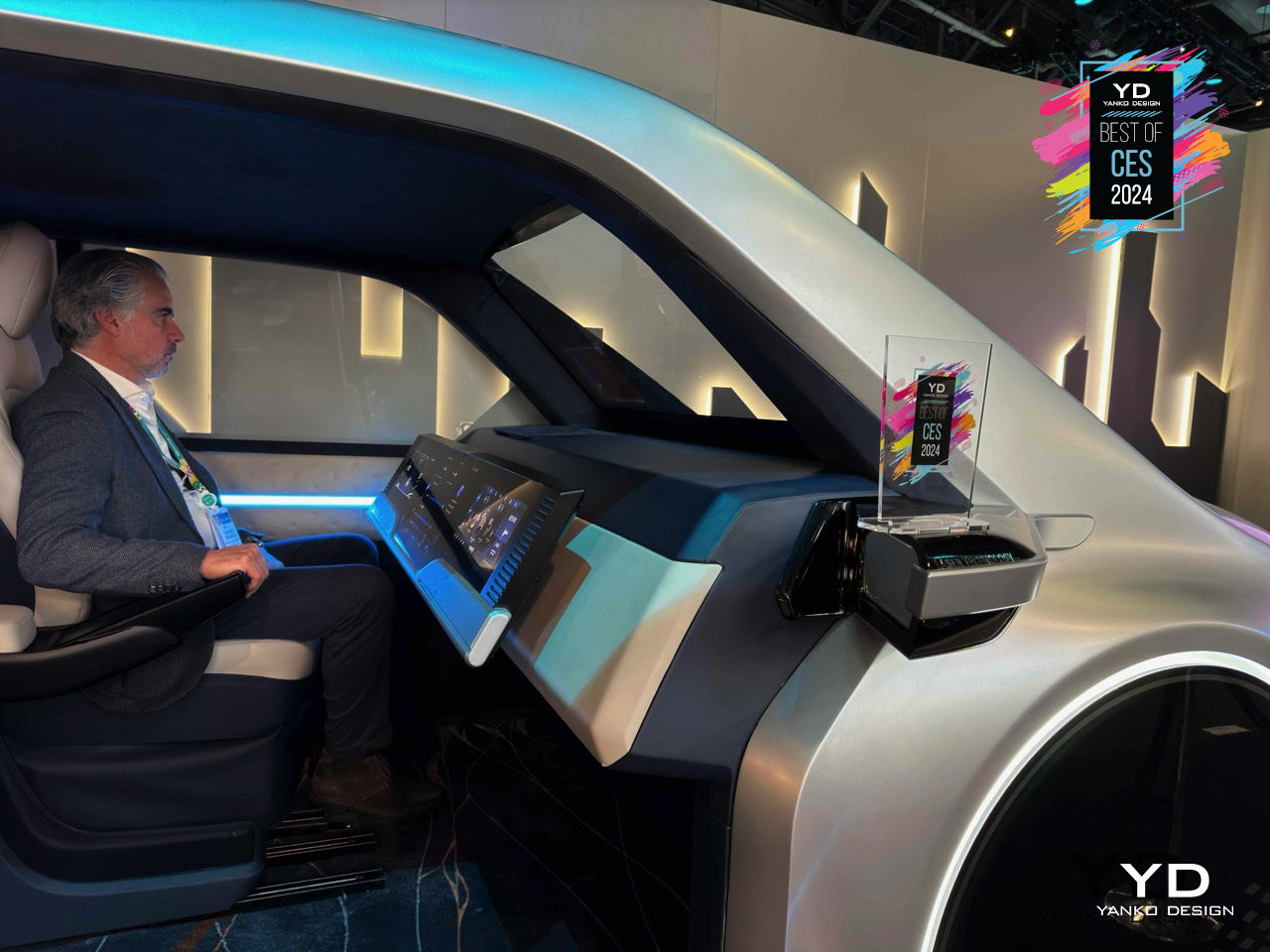
Our world is littered with displays, and not just the obvious ones like TVs, computers, and phones. From points-of-sales to even cars, we rely on dynamic screens to bring us the right information when we need it. For vehicles, however, having a screen on the dashboard might no longer be enough, so Hisense developed an innovative Automobile Laser Display projection system that provides navigation and entertainment all throughout, without sacrificing safety.
Designer: Hisense
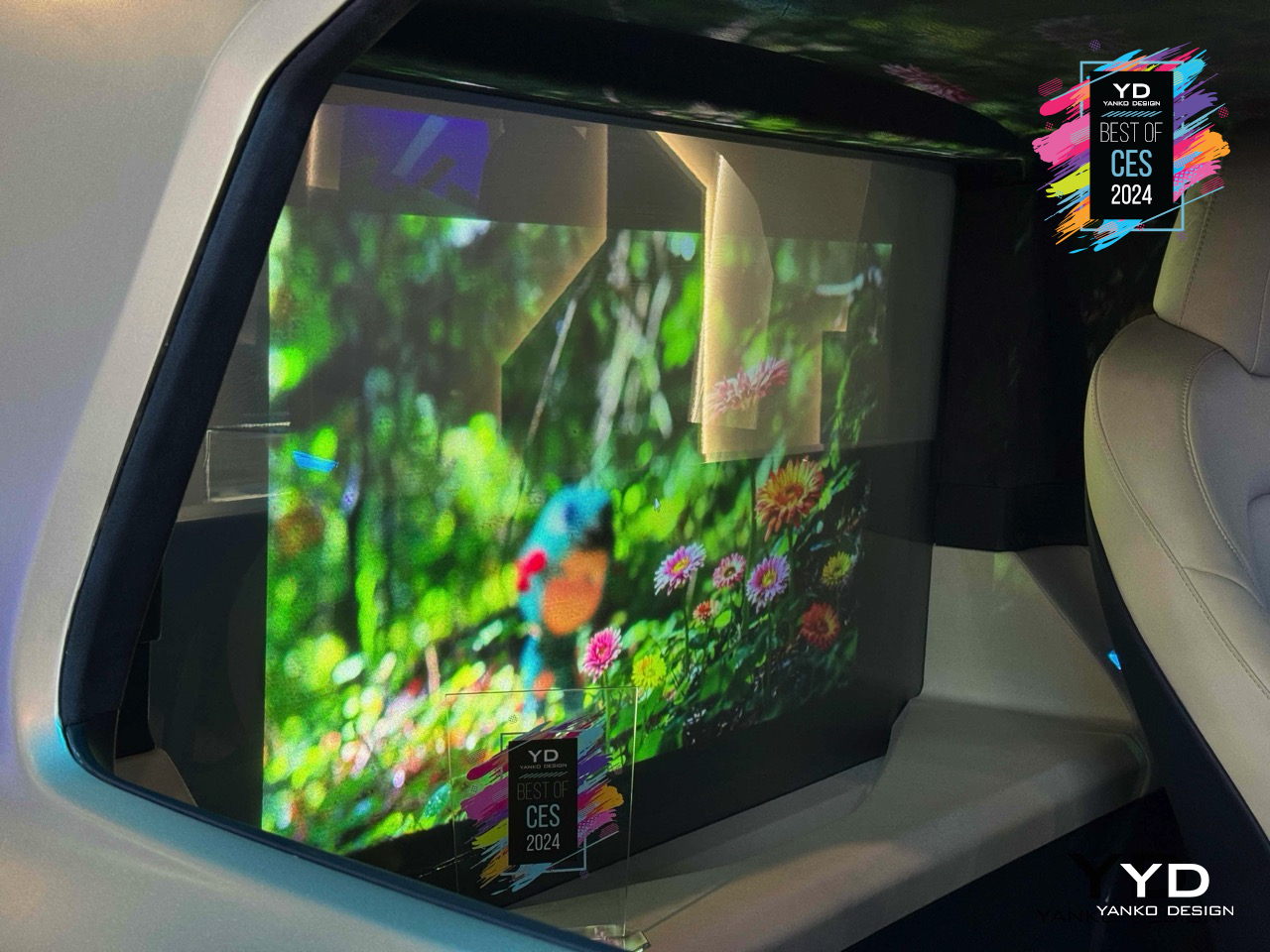
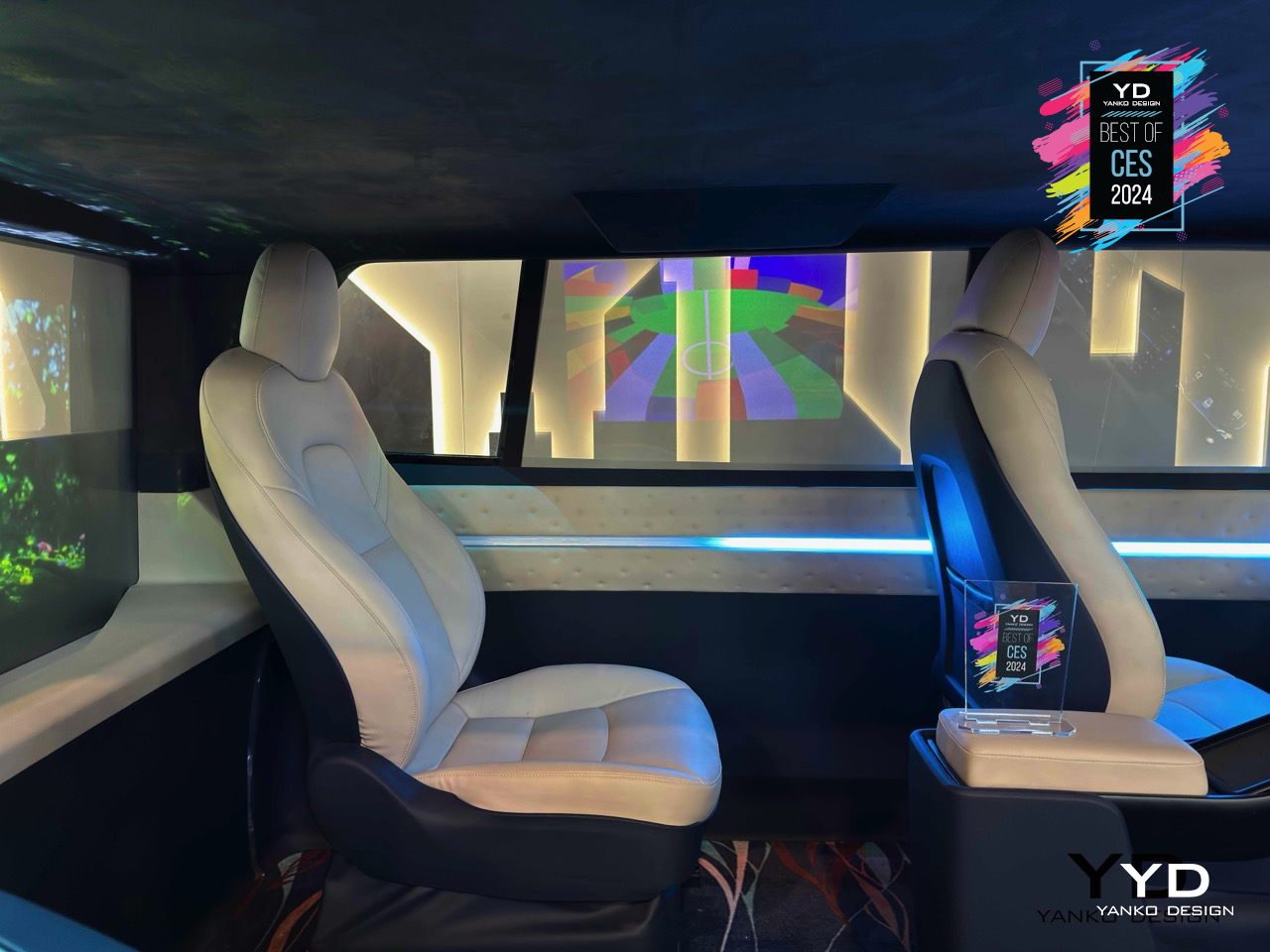
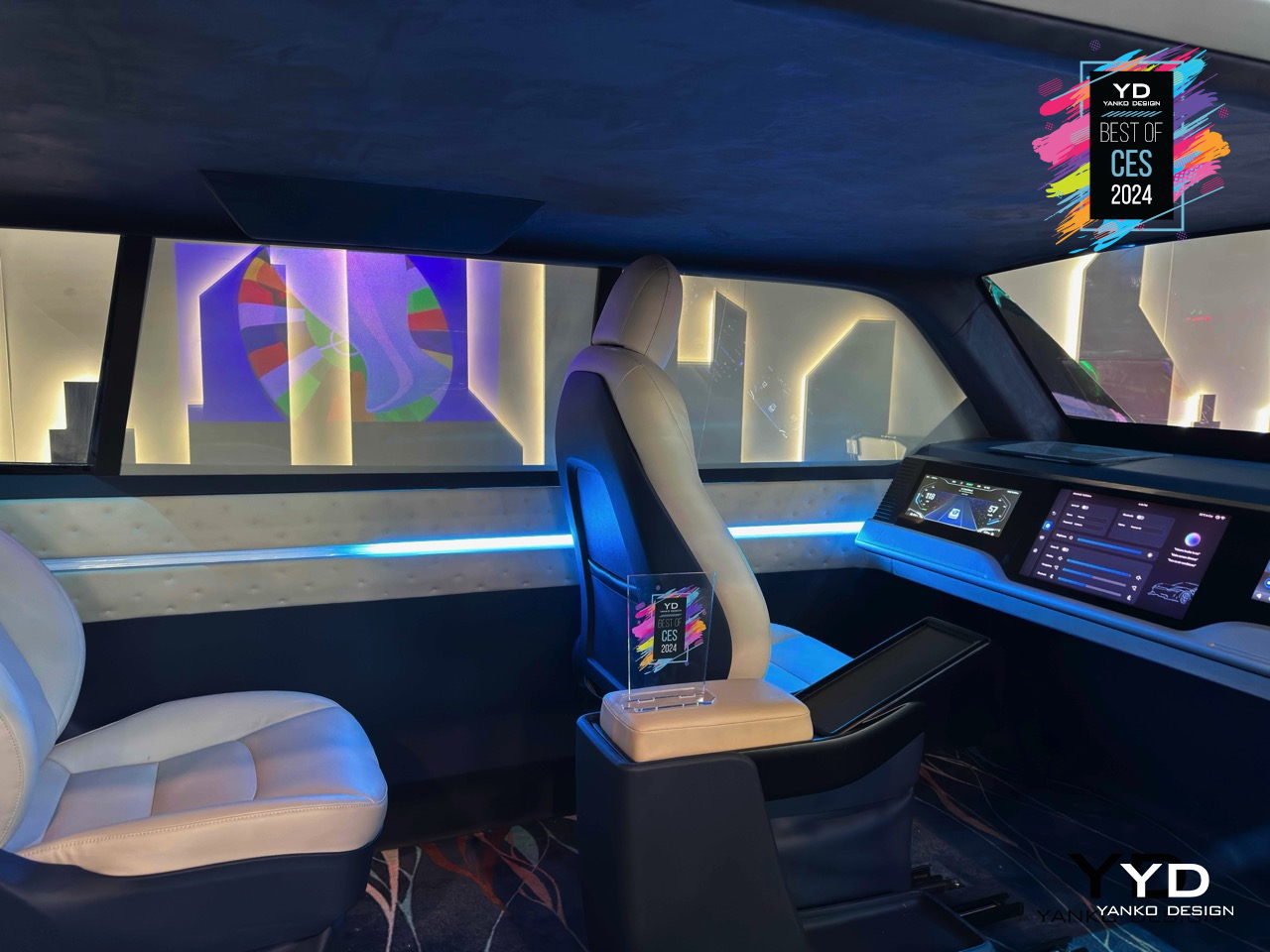
The triple-laser projection might be 80% smaller than typical optical products, but it boasts 48% higher color performance and 200% luminous efficiency, delivering clear images that can be critical to ensuring safe driving. Its Laser Holographic AR HUD blends virtual and physical objects, turning the windshield into a captivating, information-reach holographic screen. That same optical technology also transforms the side and rear windows into screens, immersing passengers in a new world of in-vehicle entertainment.
Lenovo ThinkBook 13x Gen 4 SPE E Ink Laptop
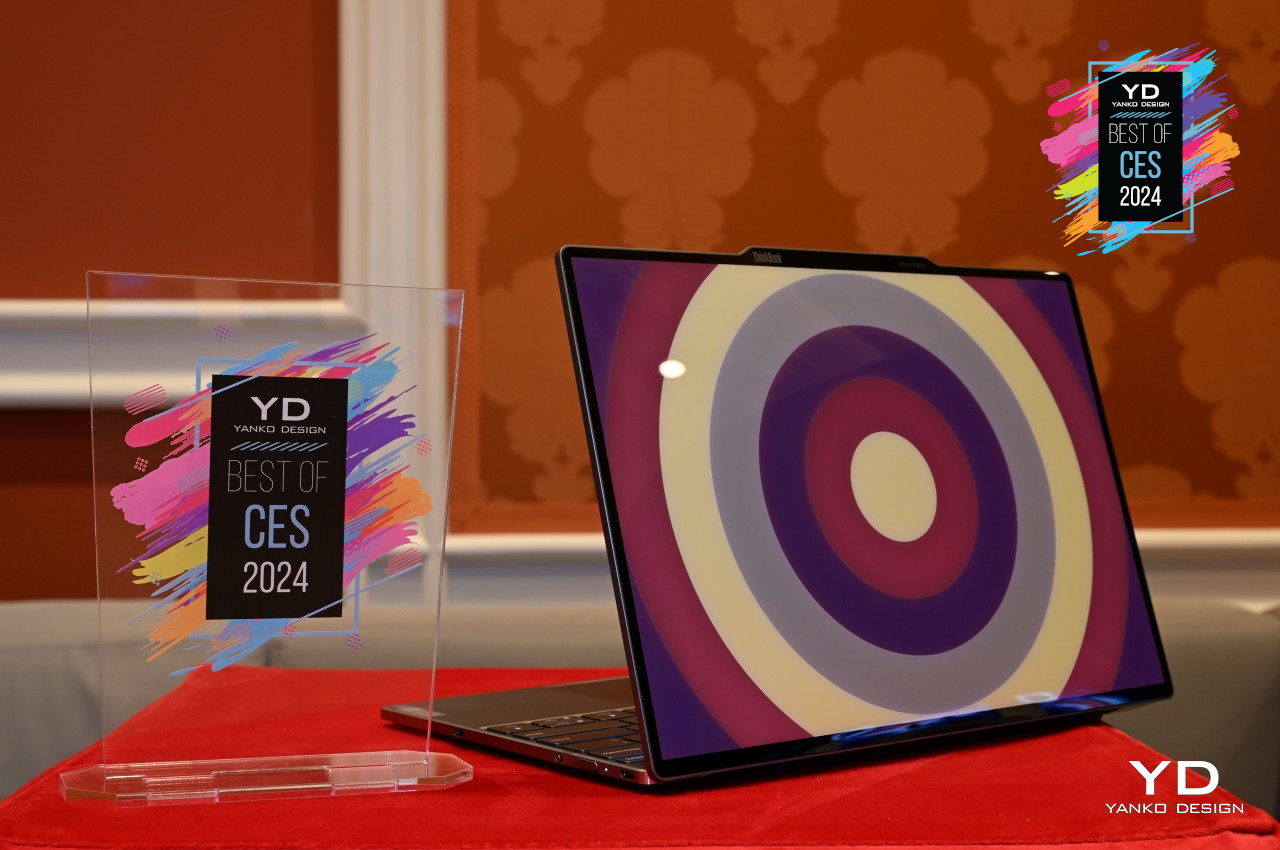
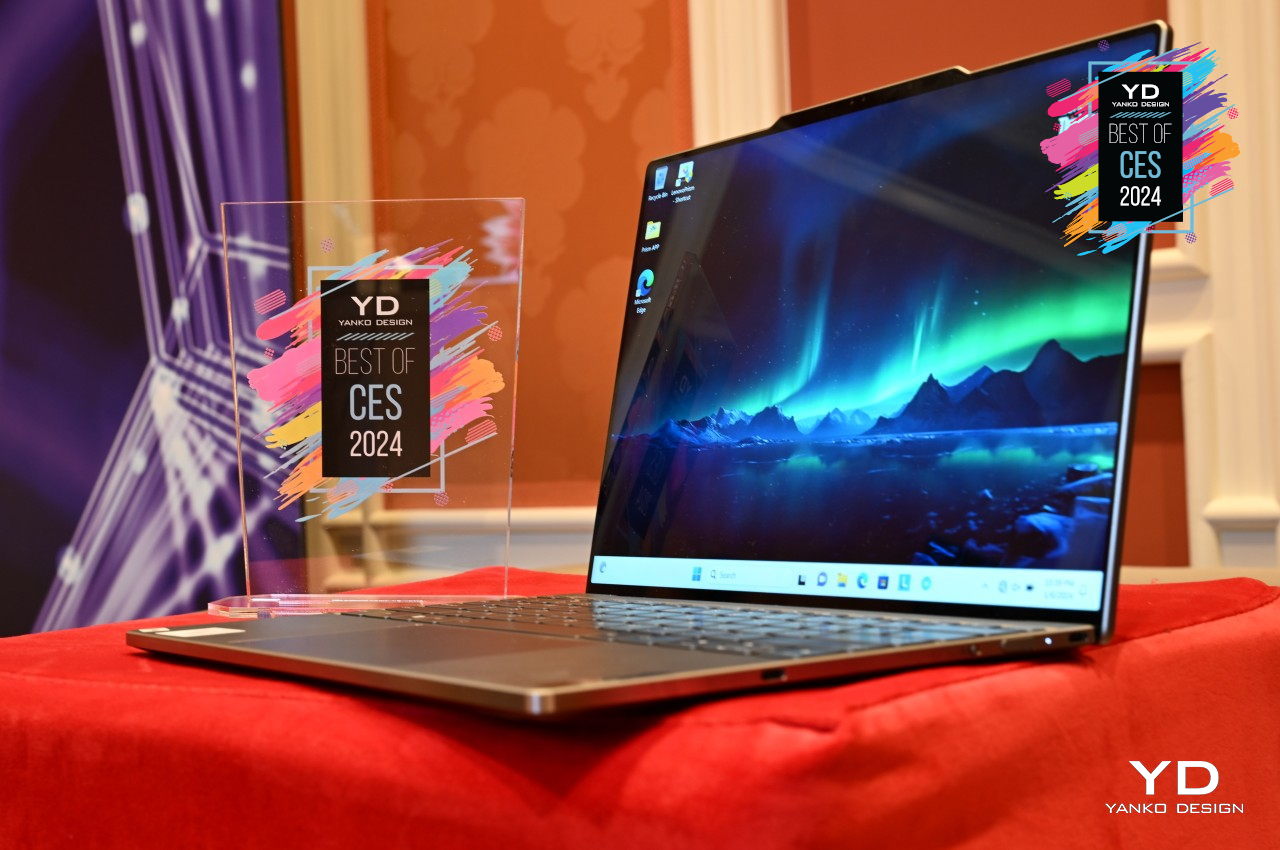
Some people prefer to keep their laptops clean and professional, while others personalize the back of their laptops until there’s no space left unturned. It’s difficult to find a middle ground between these two extremes since opting for one naturally excludes the other. But that’s exactly the kind of miracle that Lenovo is trying to pull off, thanks to the magic of colored E Ink panels.
Designer: Lenovo
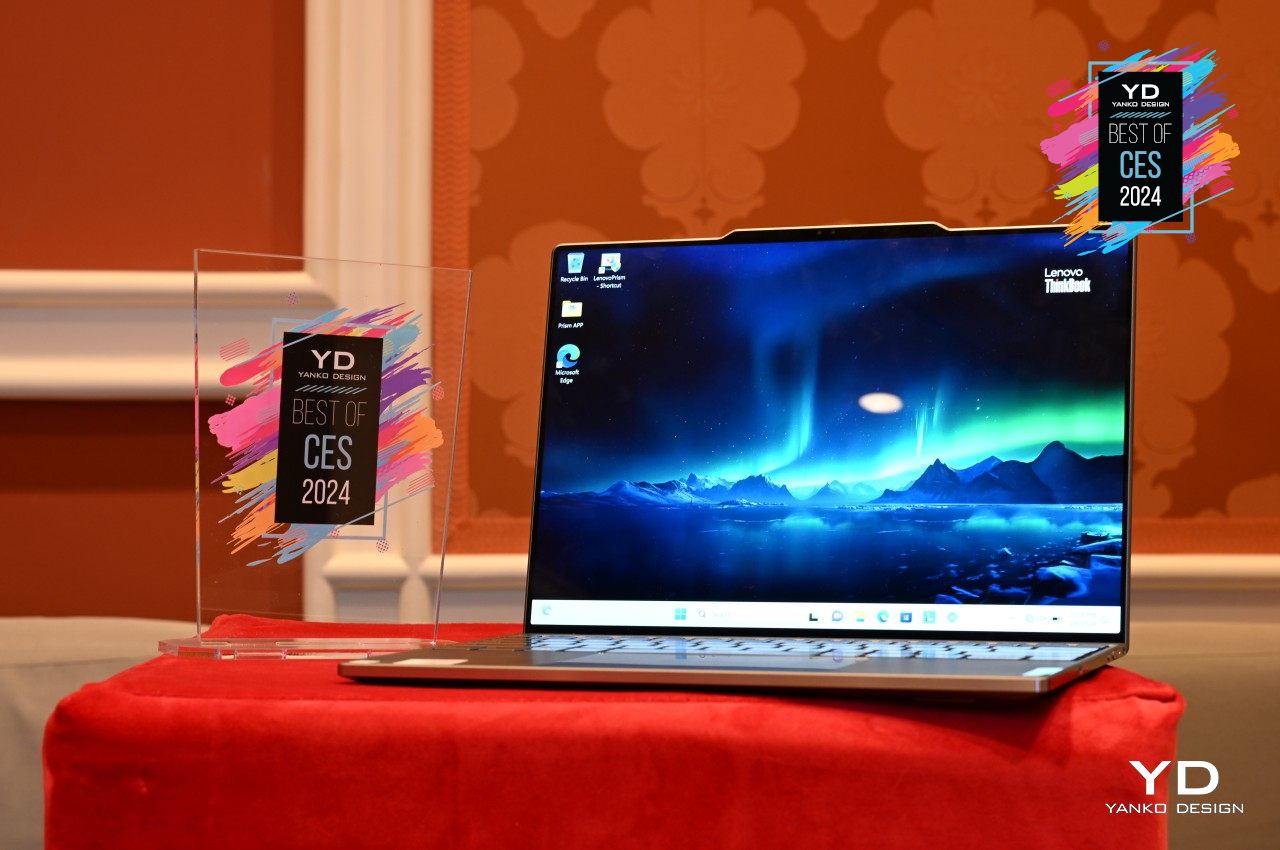
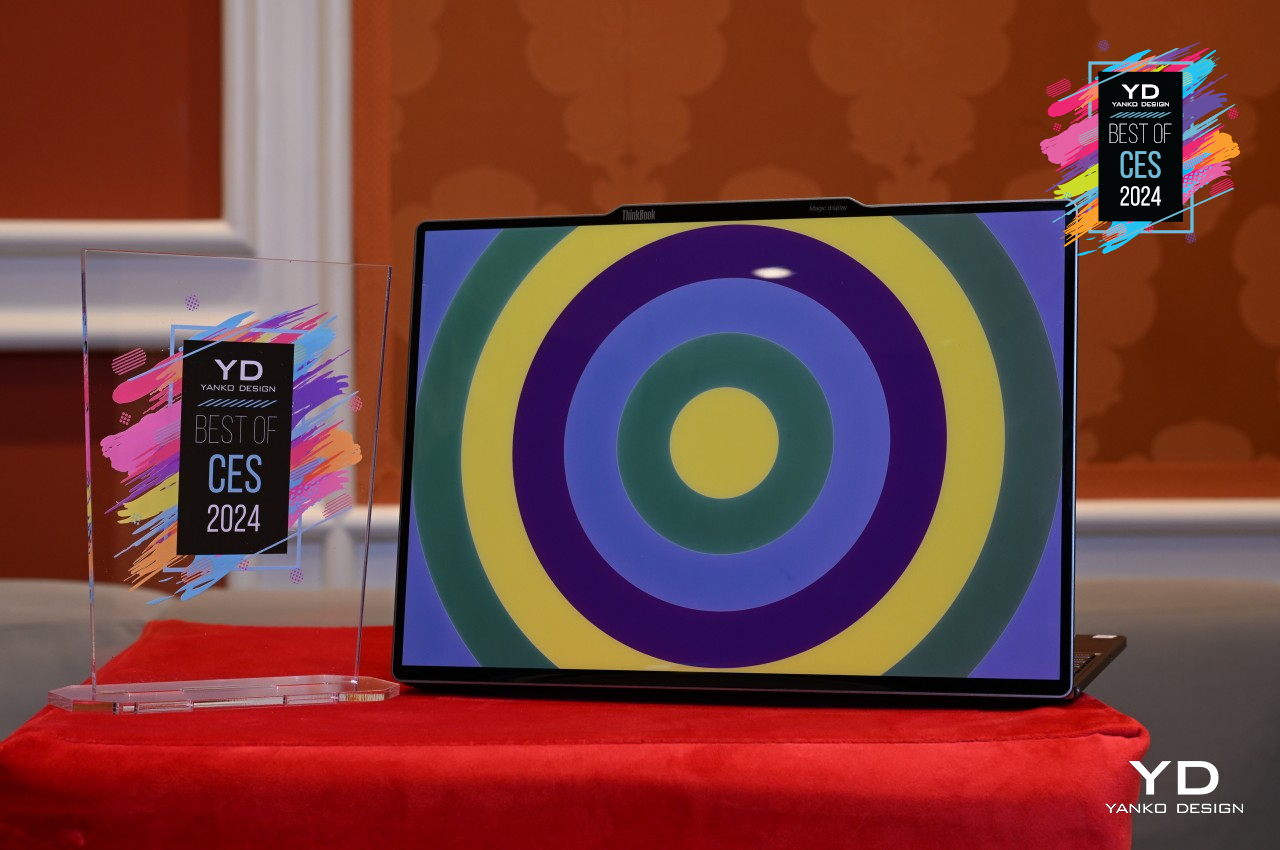
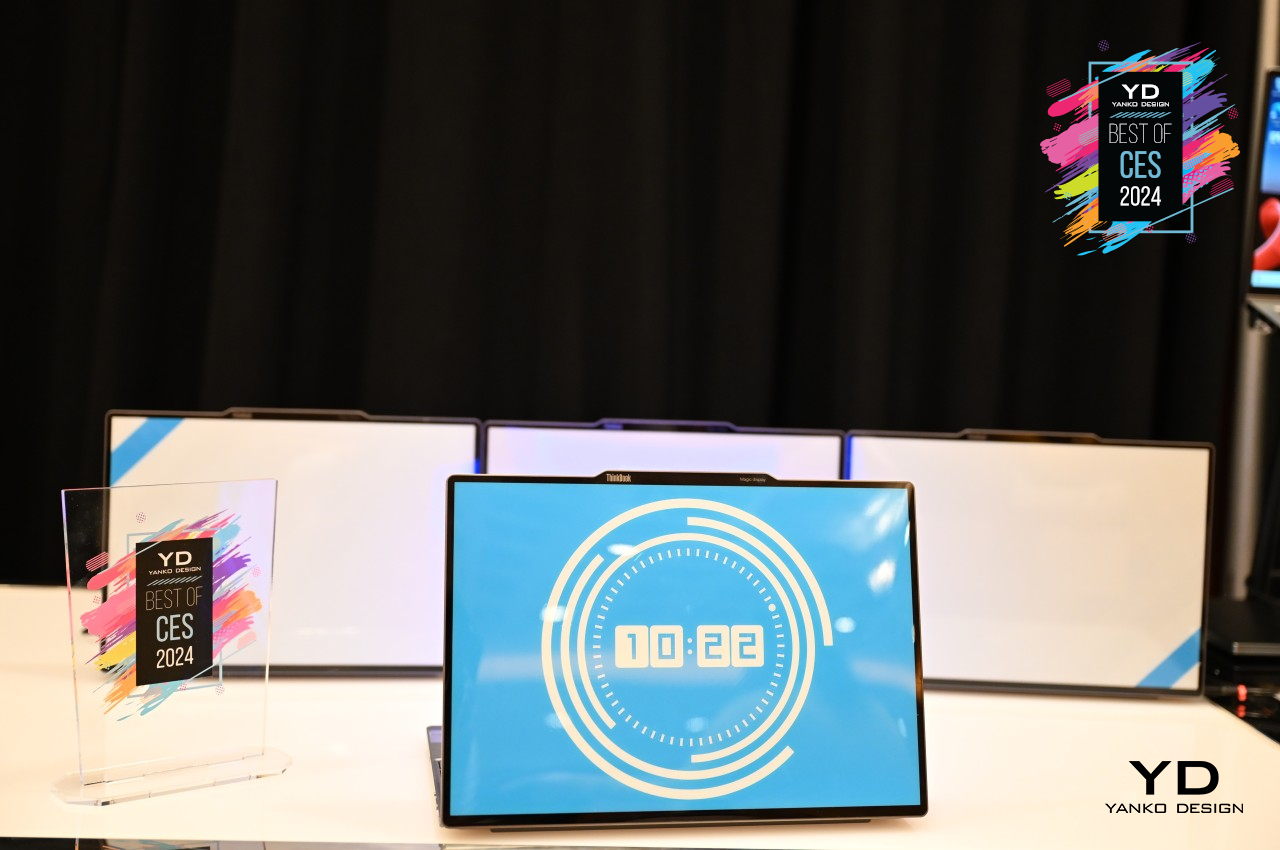
Building on its experience with using an E Ink screen on the lid of a laptop, the Lenovo ThinkBook 13x Gen 4 SPE proof-of-concept creates an opportunity for meaningful customization and personalized designs. Owners can select from a variety of colorful patterns and have them change in a sequence, or they can opt for a more practical display that shows the time all the time. Best of all, this E-Ink Prism color display uses very little power and continues to change the design even when the system is powered down.
Lenovo ThinkBook Plus Gen 5 Hybrid Windows/Android Detachable Laptop
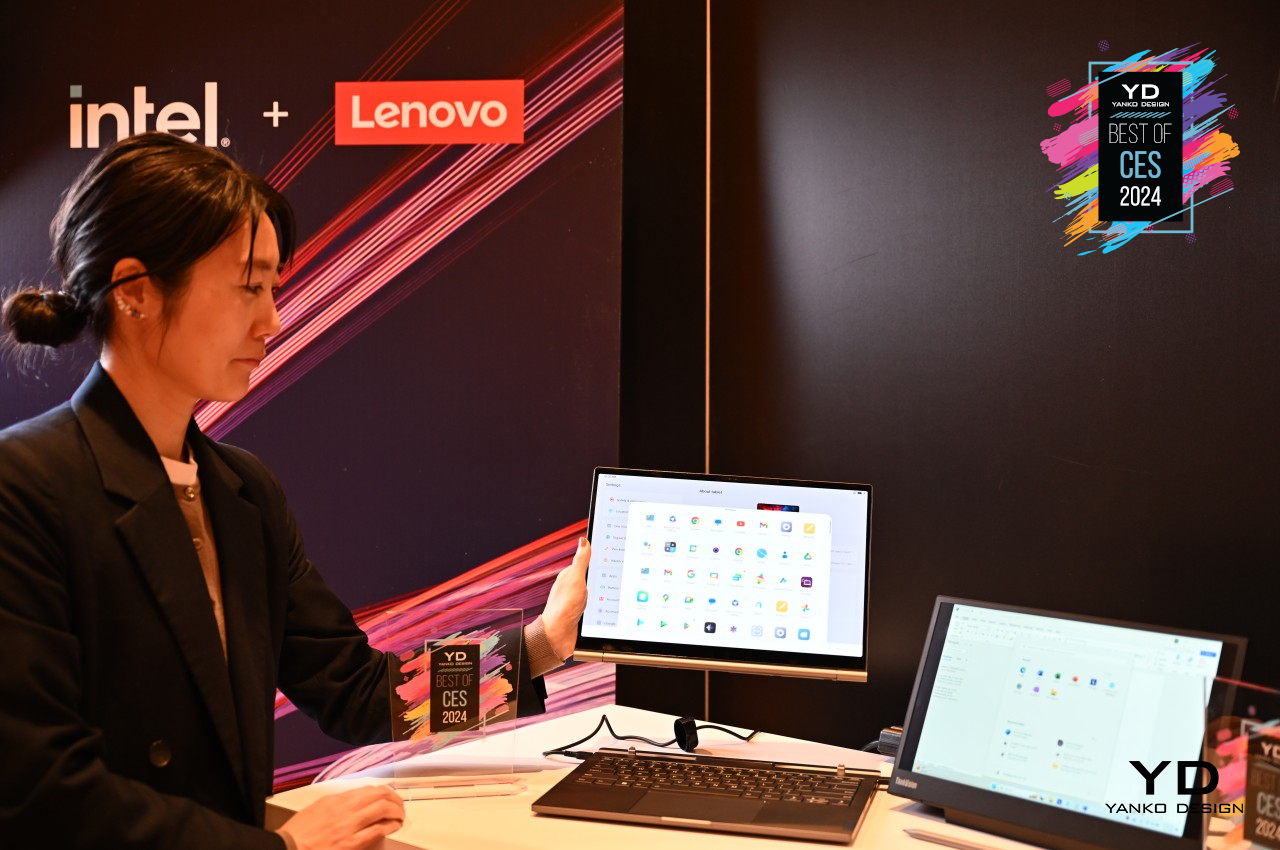
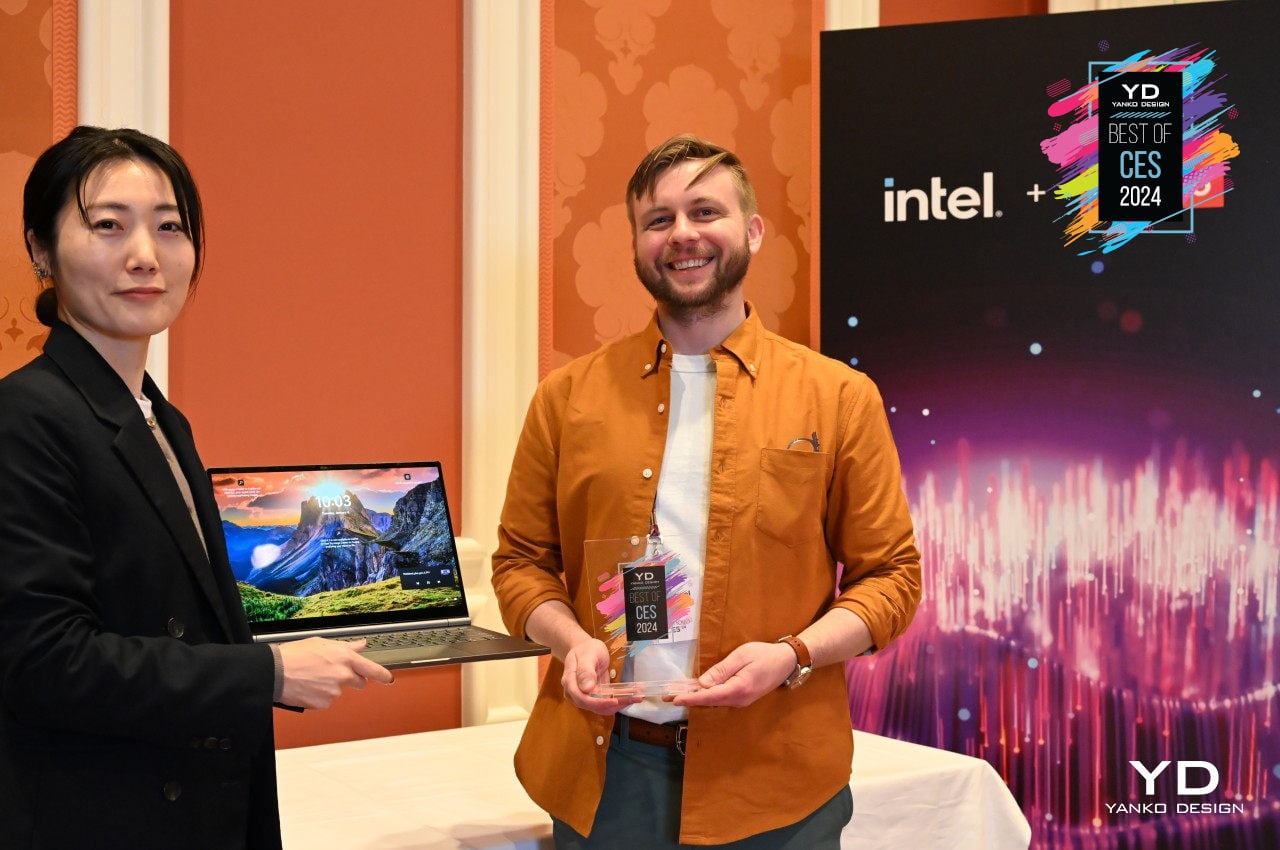
Windows tablets let you use your finger or stylus but don’t exactly offer an enjoyable experience. Android laptops are similar, though they come from the opposite end of the spectrum, revealing how ill-equipped the mobile platform is for desktop use. Unfortunately, there are people who need to use both operating systems and are, therefore, forced to juggle two separate devices. It is for these people that Lenovo has designed the ThinkBook Plus Gen 5 Hybrid in an attempt to bridge the two worlds in a rather innovative way.
Designer: Lenovo
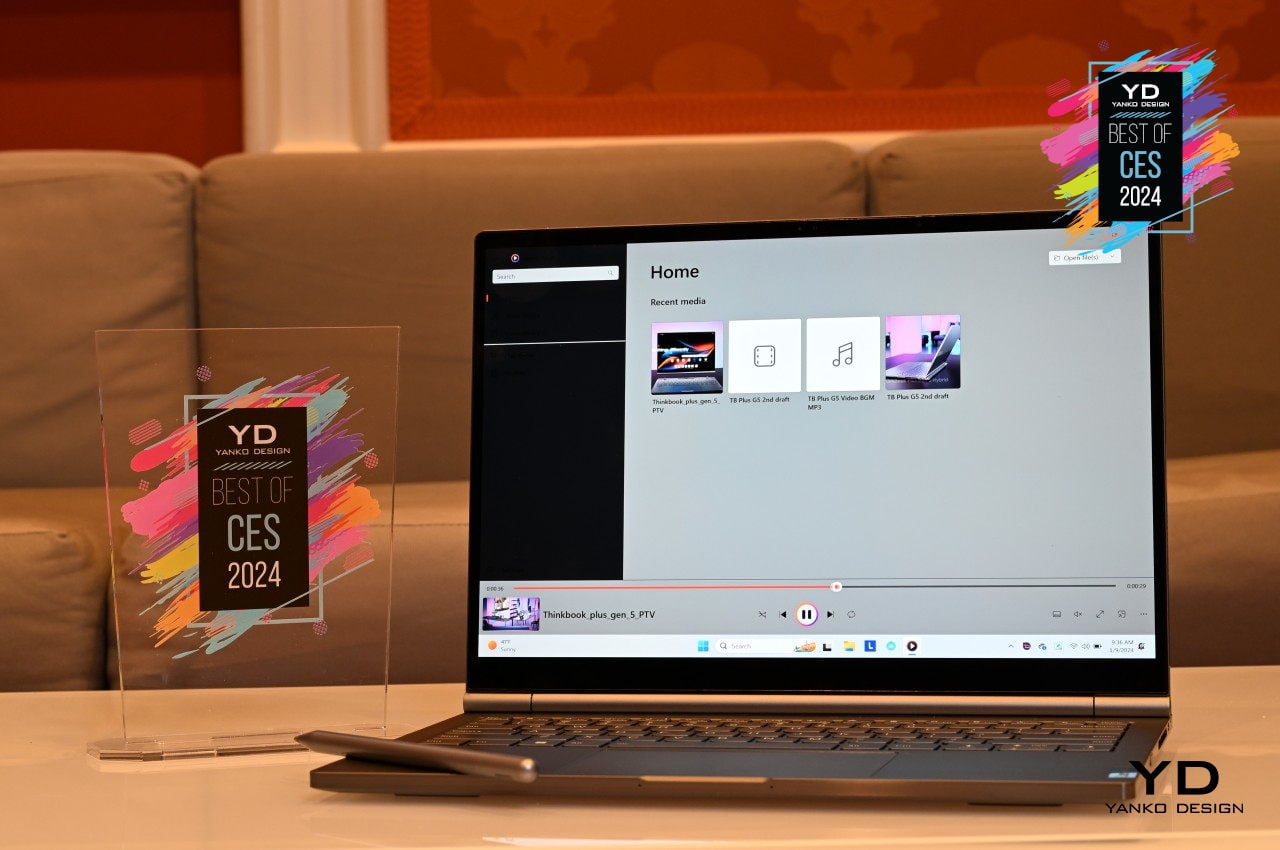
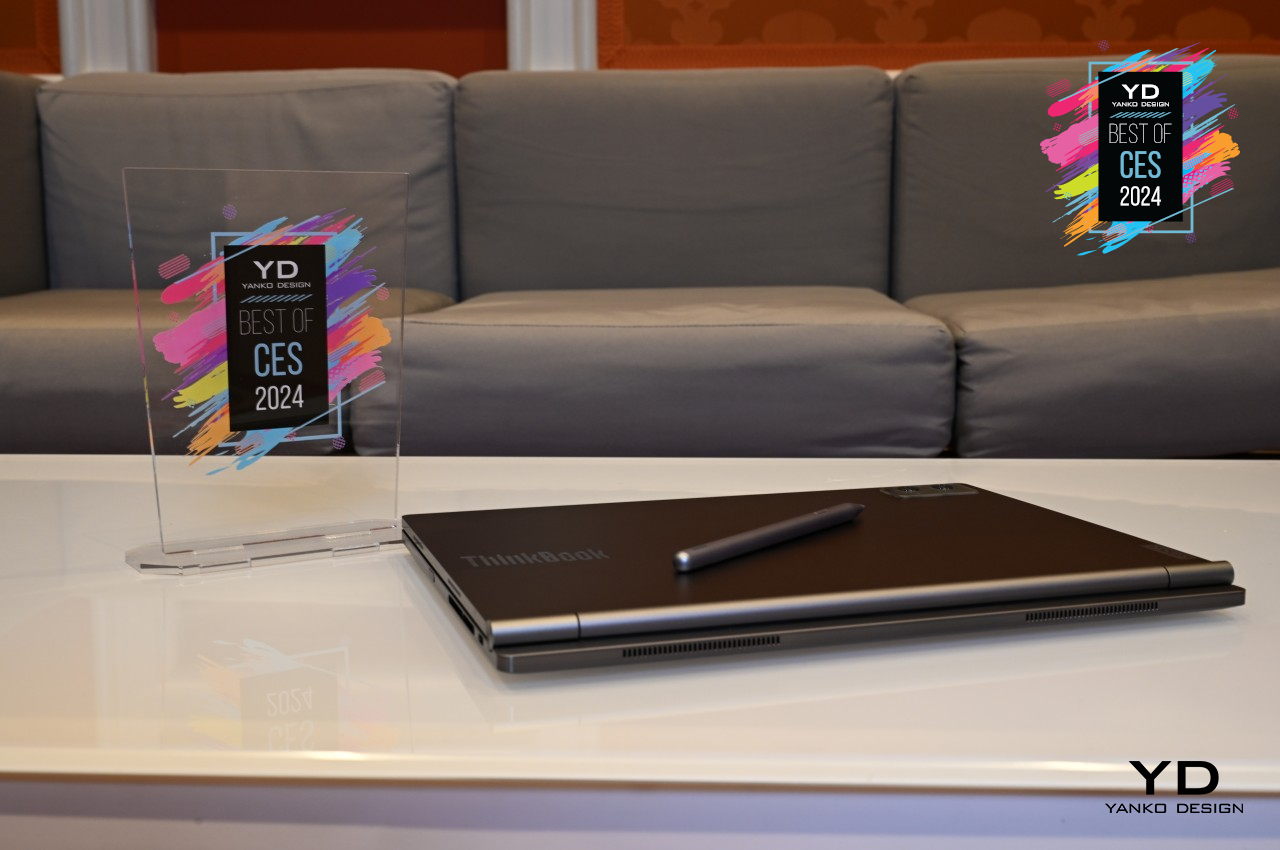
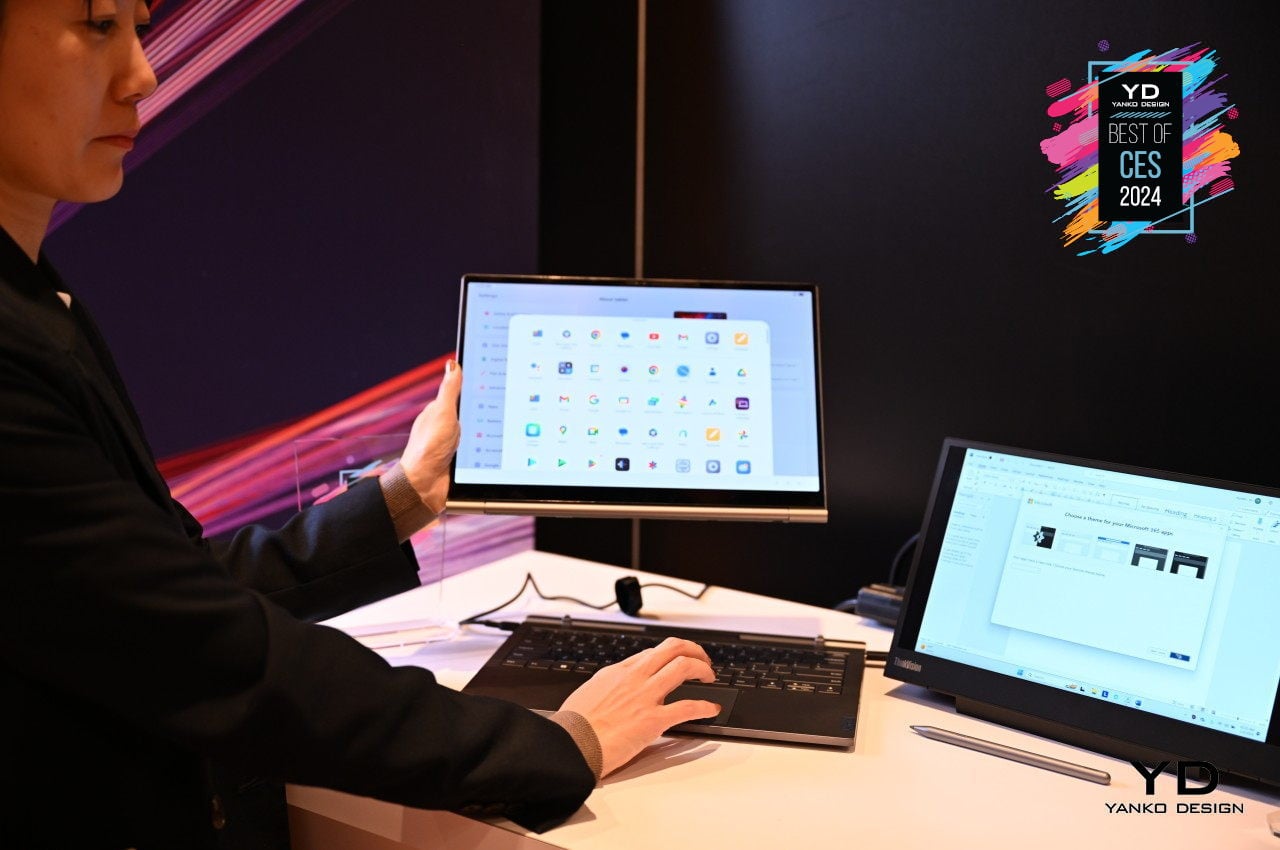
This isn’t just a tablet with a keyboard that dual-boots Windows and Android and wastes your time switching between the two. Neither is it a Windows 2-in-1 laptop that runs Android in a virtualized environment. It’s actually two devices, a laptop base and tablet screen, running Windows and Android, respectively, each with its own hardware and batteries. This means they can run separately, though you’ll need to hook up the laptop base to an external monitor, of course, but you can also use it as a normal Windows laptop as well. When the two are joined, you can also access the Android side easily in a window of its own, allowing you to use the right tool for the right job with a single product.
LG CineBeam Qube Smart Projector
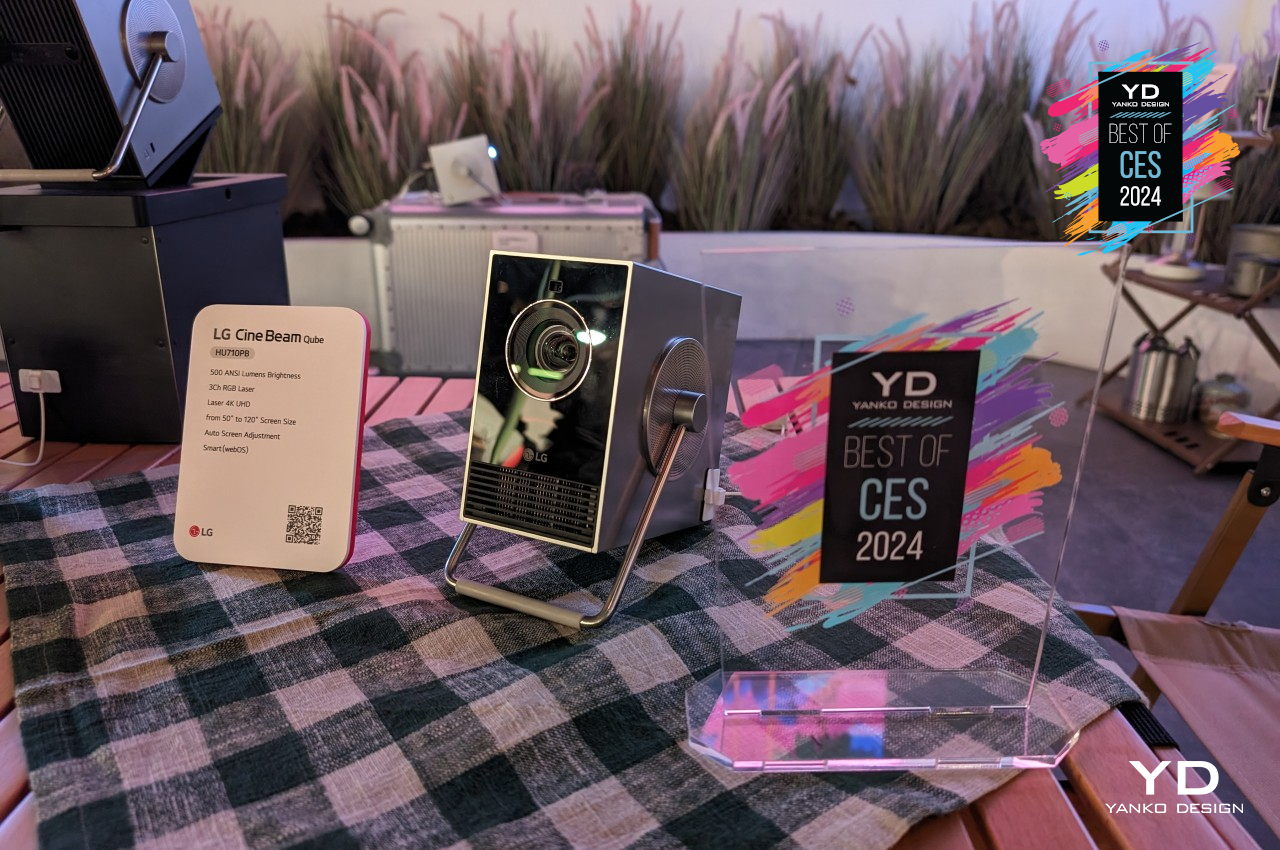
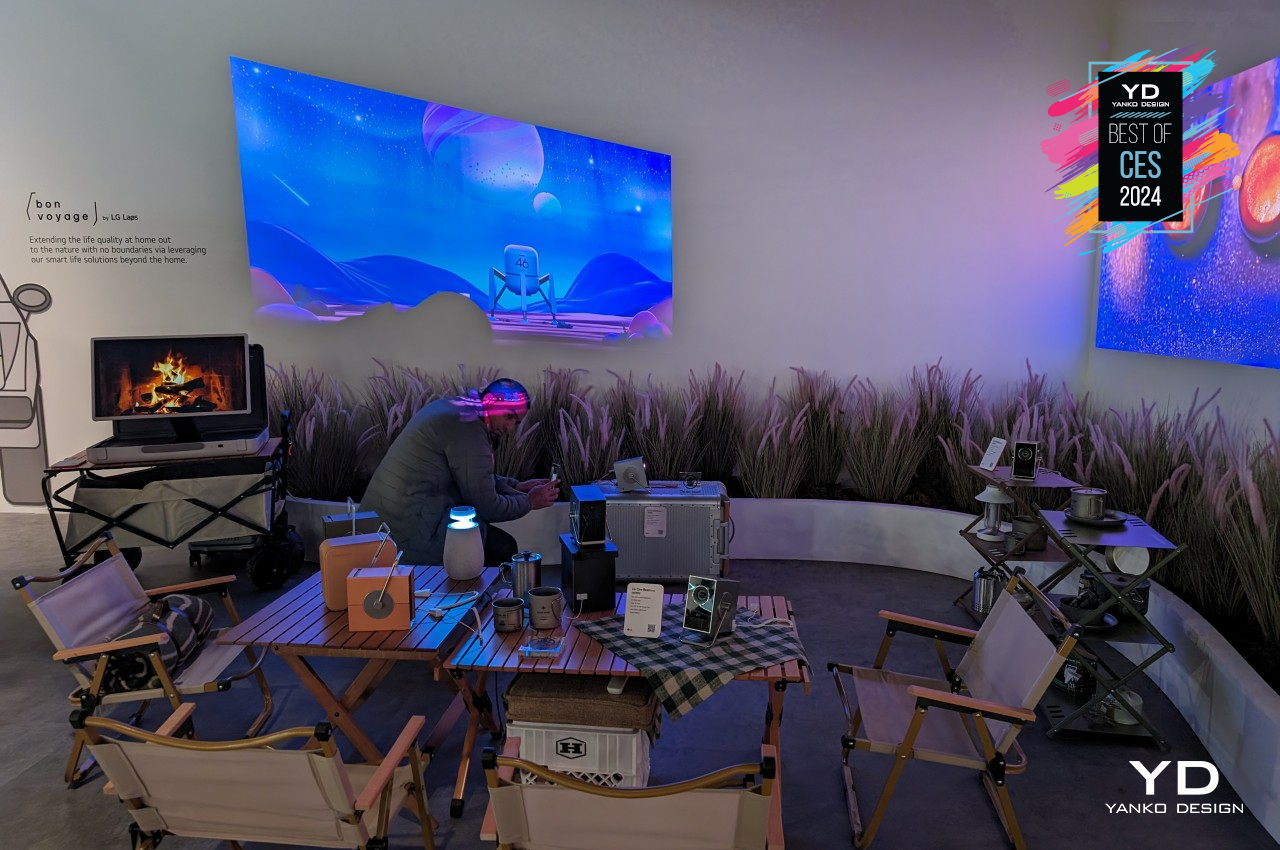
There is a growing number of smart home projectors popping up in the market, but very few are able to escape the dull rectangular shape that their ancestors came in. At the same time, however, there are practical benefits to a boxy shape, so there isn’t much reason to throw it all out the window either. What we need is an out-of-the-box (pardon the pun) thinking that makes what a normal form suddenly look like a piece of art. Enter the new LG CineBeam Qube, a compact laser projector that masquerades as an art object that gives life to your living space even when you’re not using it.
Designer: LG
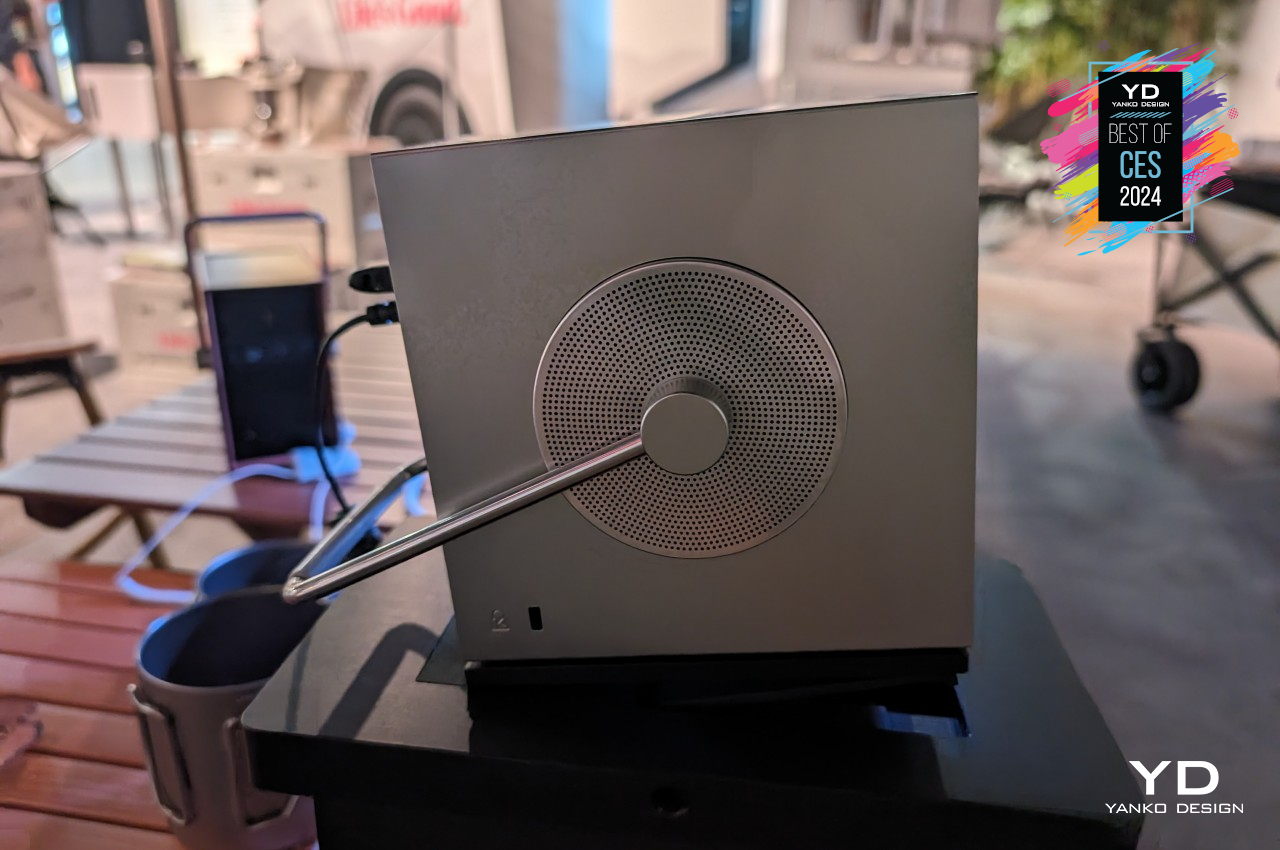
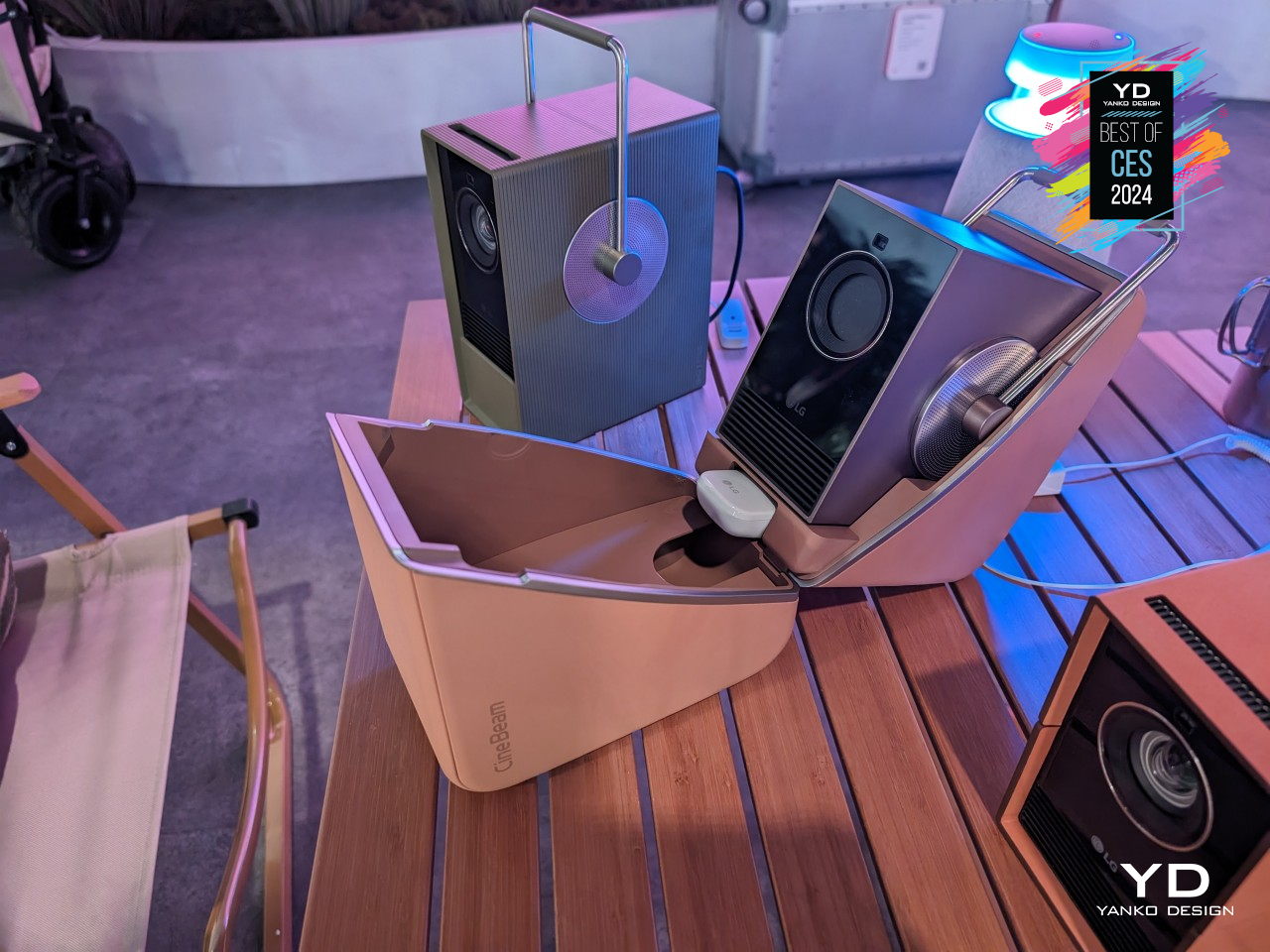
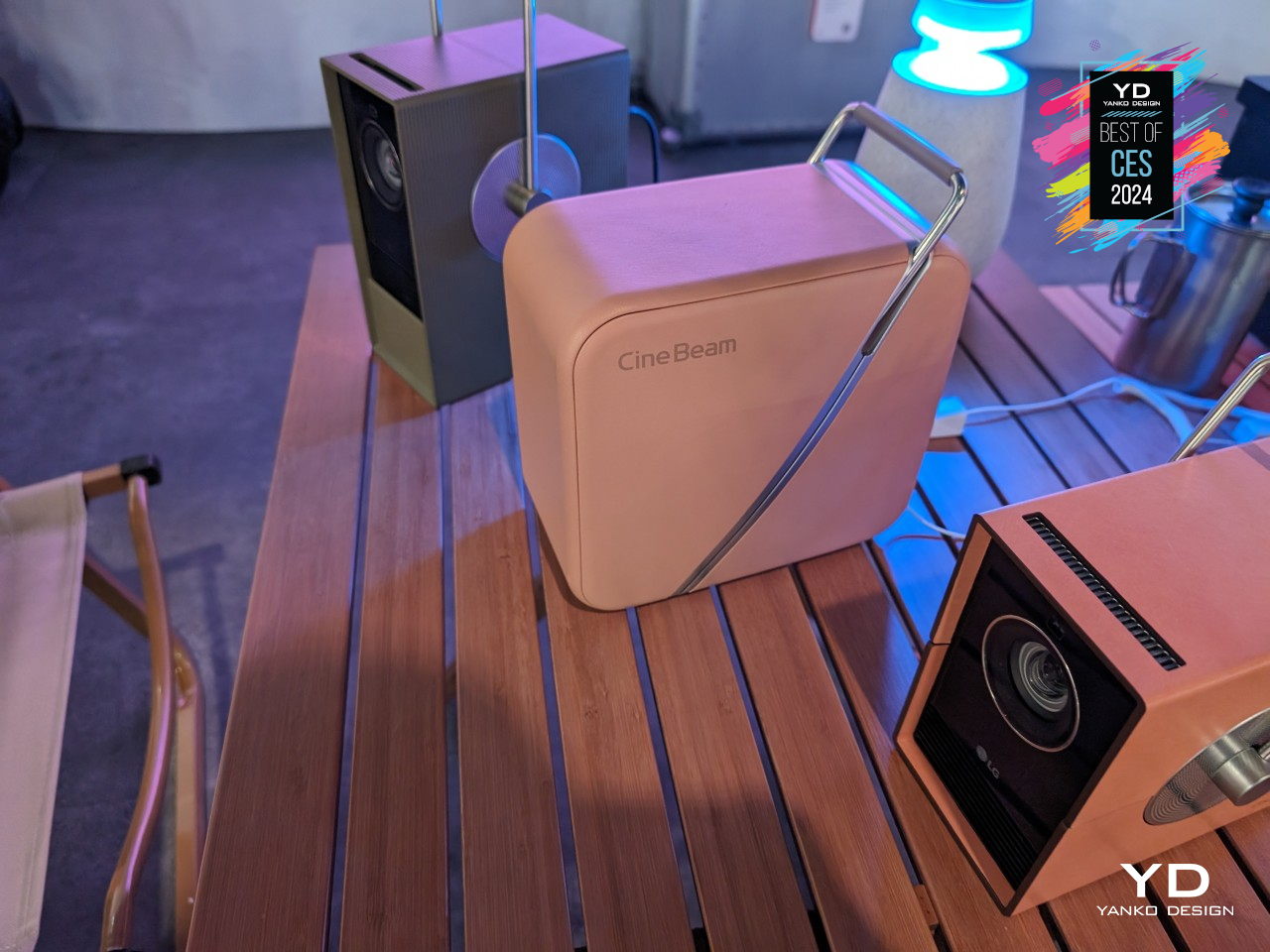
It stands upright rather than lying down flat like typical projectors. Its silver chassis shines with an elegant luster that gently calls attention to itself without being loud. Its 360-degree rotatable handle provides more than just function but also a visual accent. Everything bout the LG CineBeam Qube shouts retro art object, but its modern projector capabilities make it more than just a pretty face. Whether it’s showing your favorite films, displaying beloved memories captured in photos, or simply standing there on your shelf or table, this beautiful design fulfills a role in bringing your indoor space to life.
LG SIGNATURE OLED T Wireless Transparent 4K TV


TVs have long stopped being just screens for watching videos. In many households, they have become centerpieces and focal points for interactions with family and friends. Today, they are also transforming into decorative objects that add not just functionality but also aesthetic value to living spaces. LG has been pushing the boundaries of TV design, as demonstrated by its Object collection, and now it is unveiling the next big step in that direction with a 4K TV that liberates owners from the stifling constraints of having a big black rectangle that clashes with the rest of your decor.
Designer: LG

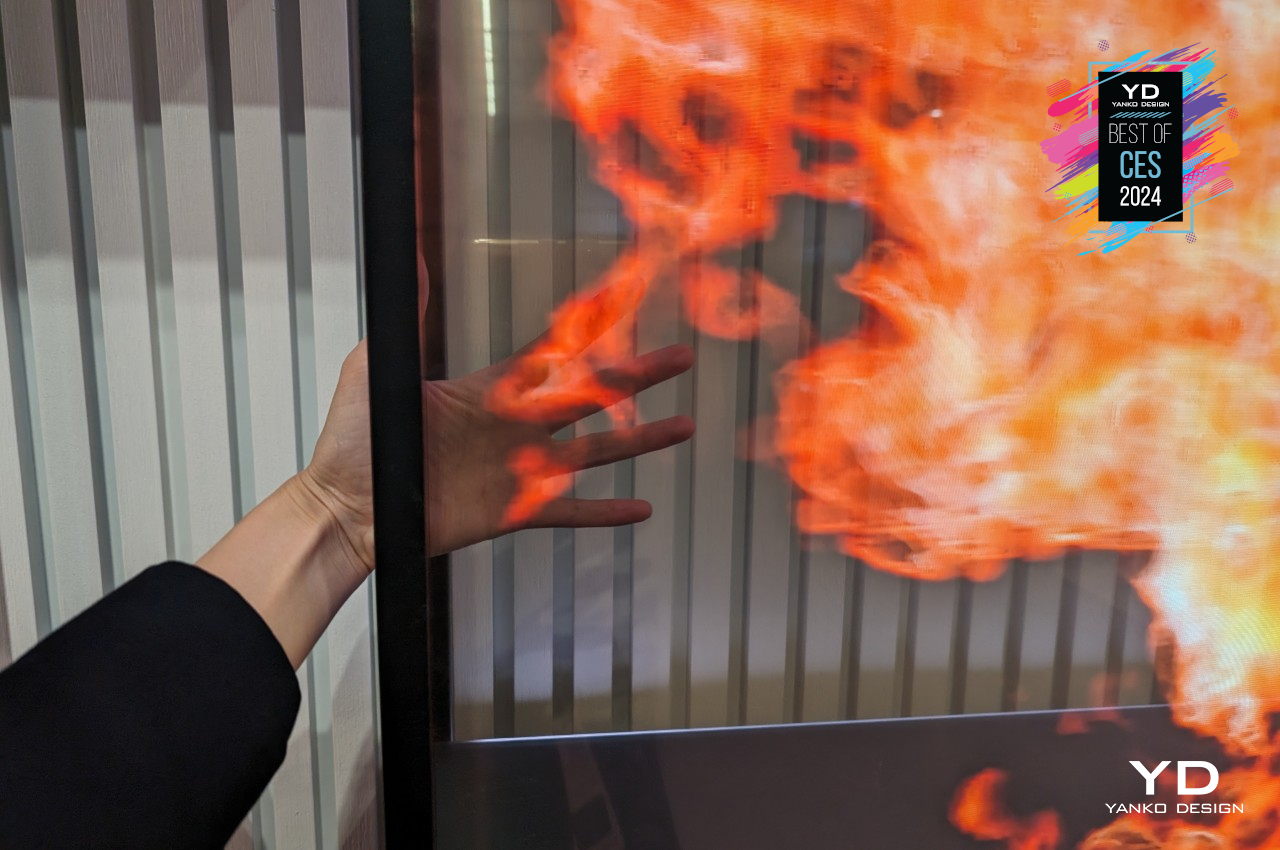
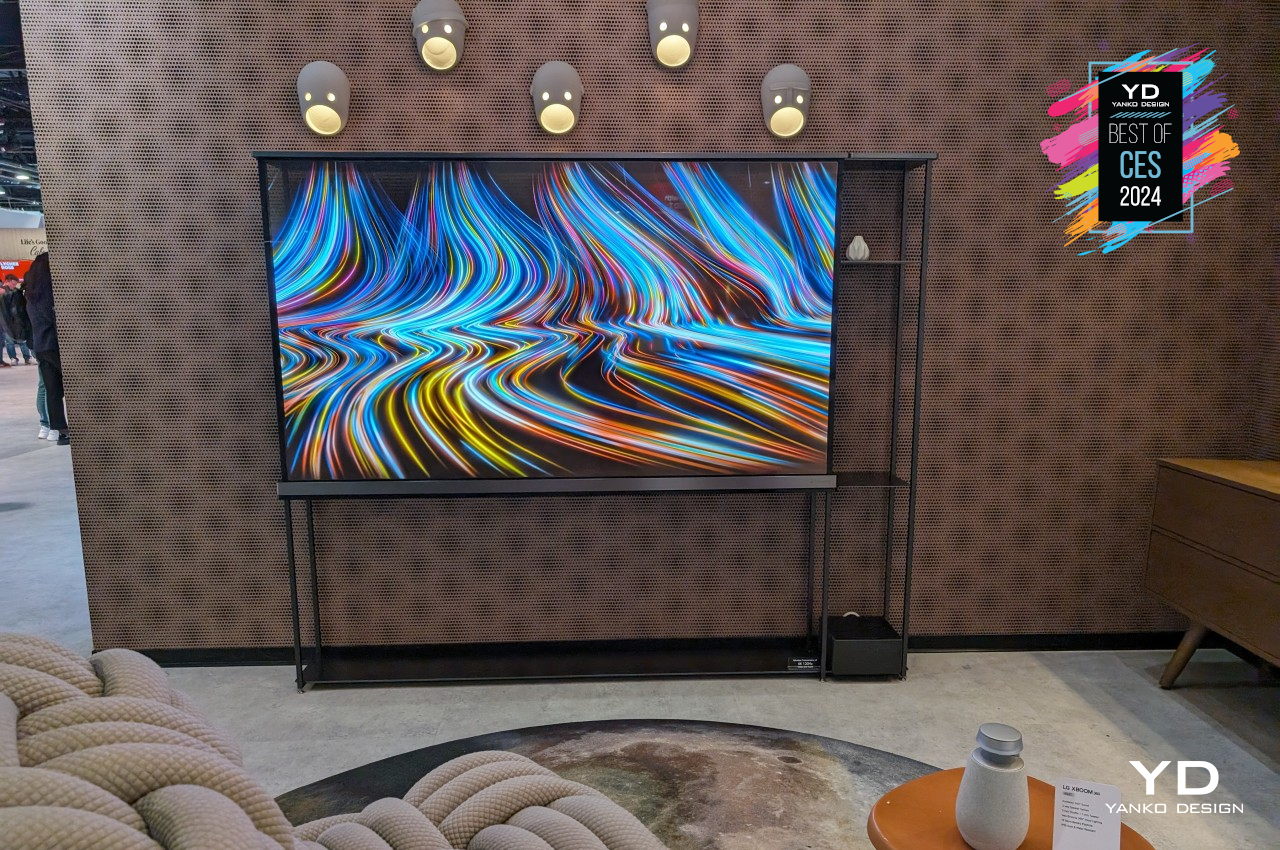
With the transparent beauty of the LG SIGNATURE OLED T, the TV itself visually disappears when turned off, seamlessly blending with the rest of the room when not in use. Or you can use the Always-on Display capability for showing art, videos, or photos when you’re not watching anything. Thanks to LG’s cutting-edge wireless transmission technology, you can place it anywhere in the room and not worry about having a black wart marring your otherwise pristine interior. And because it utilizes the best of LG’s industry expertise, it isn’t just a pretty face but a solid 4K TV for an immersive entertainment experience. Whether it stands invisibly in the middle of the room or hangs silently on a wall, the LG SIGNATURE OLED T wireless transparent 4K TV gives you the freedom to enjoy life’s pleasures while keeping your beautiful space clean and free of big black screens.
Logitech Reach Webcam
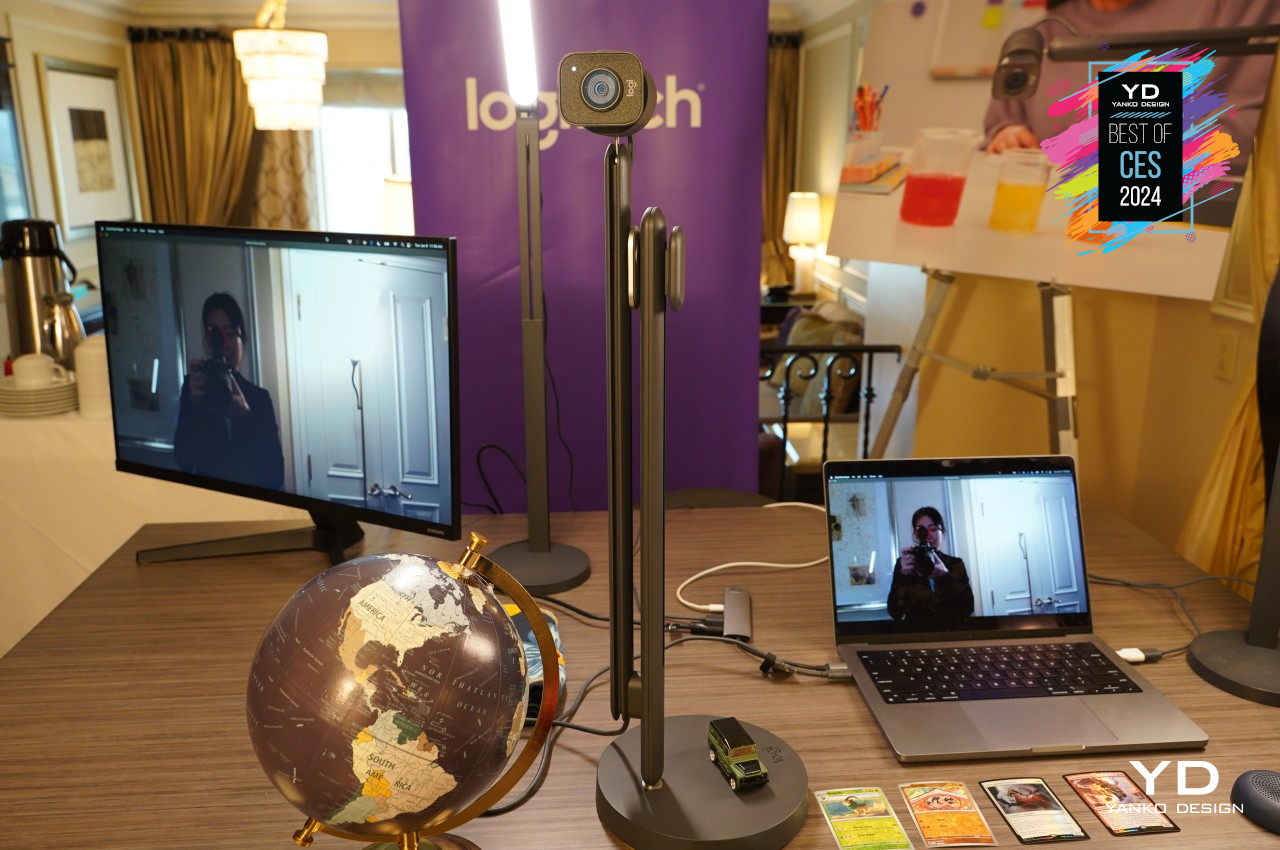
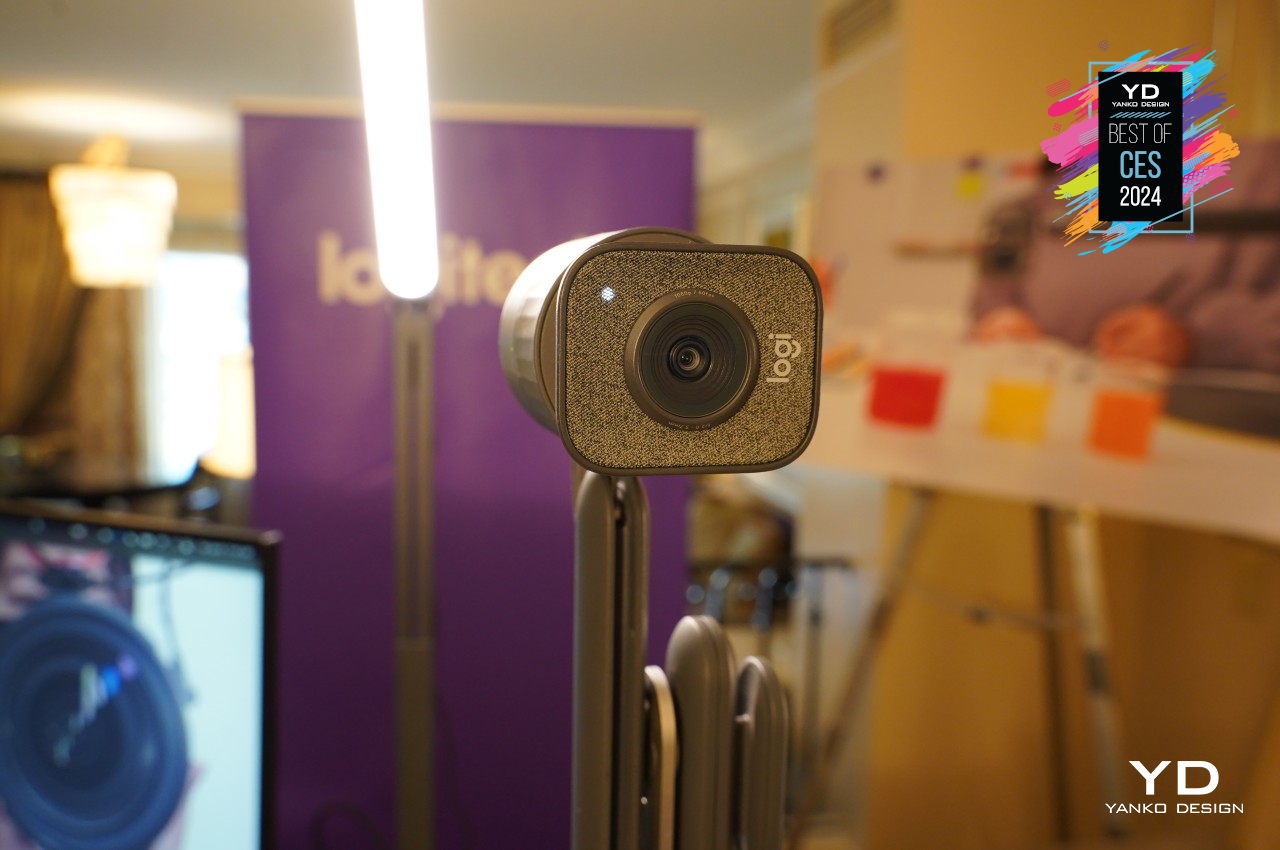
Thanks to work-from-home arrangements in the past years, webcams have become popular again. It also showed, however, the limitations of these accessories. The modest VGA and HD cameras of old were no longer enough for professional quality video meetings, and the rise of live streaming as a potentially lucrative profession meant that these cameras could no longer just sit on top of computer monitors. It is for this new breed of users and new kinds of online content that the Logitech Reach was designed, enabling people to more easily share non-digital content on their videos, whether live or pre-recorded.
Designer: Logitech
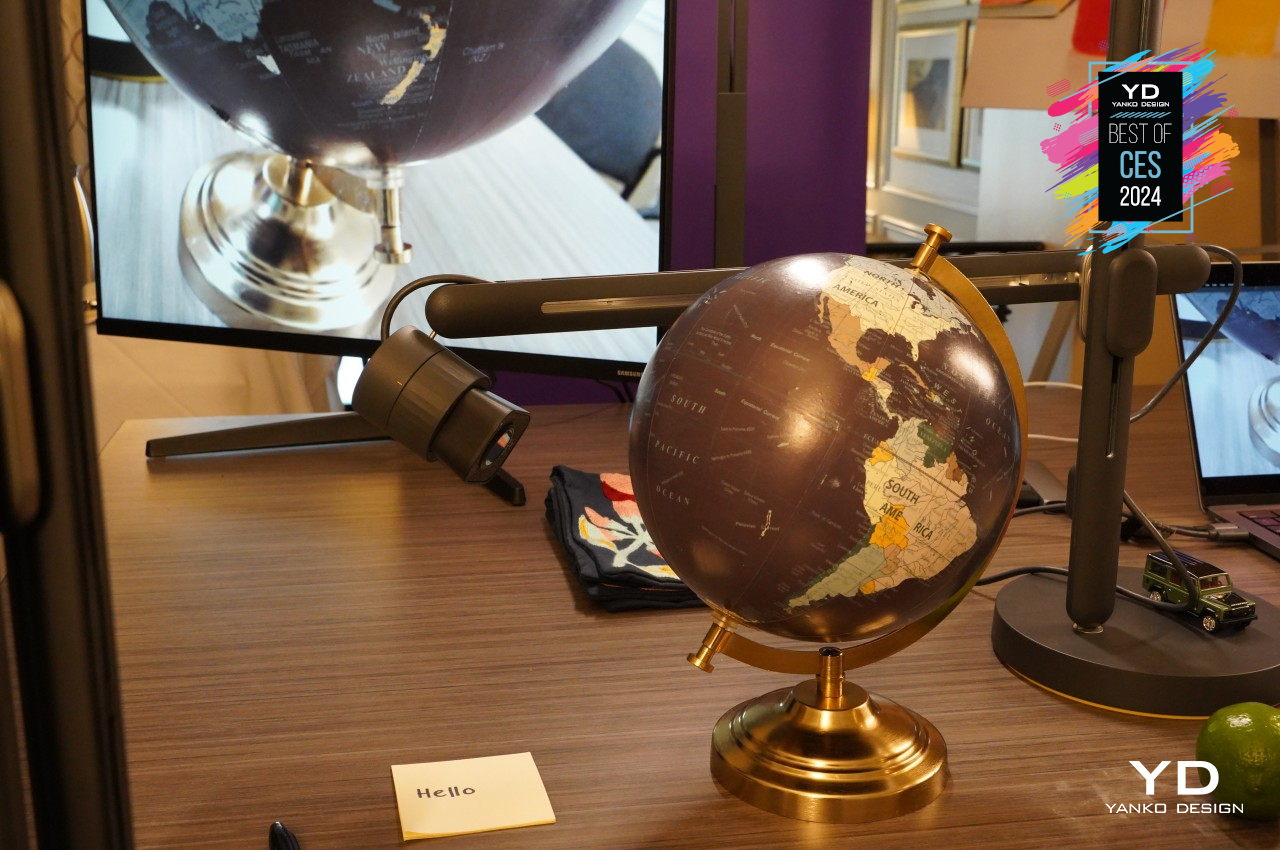
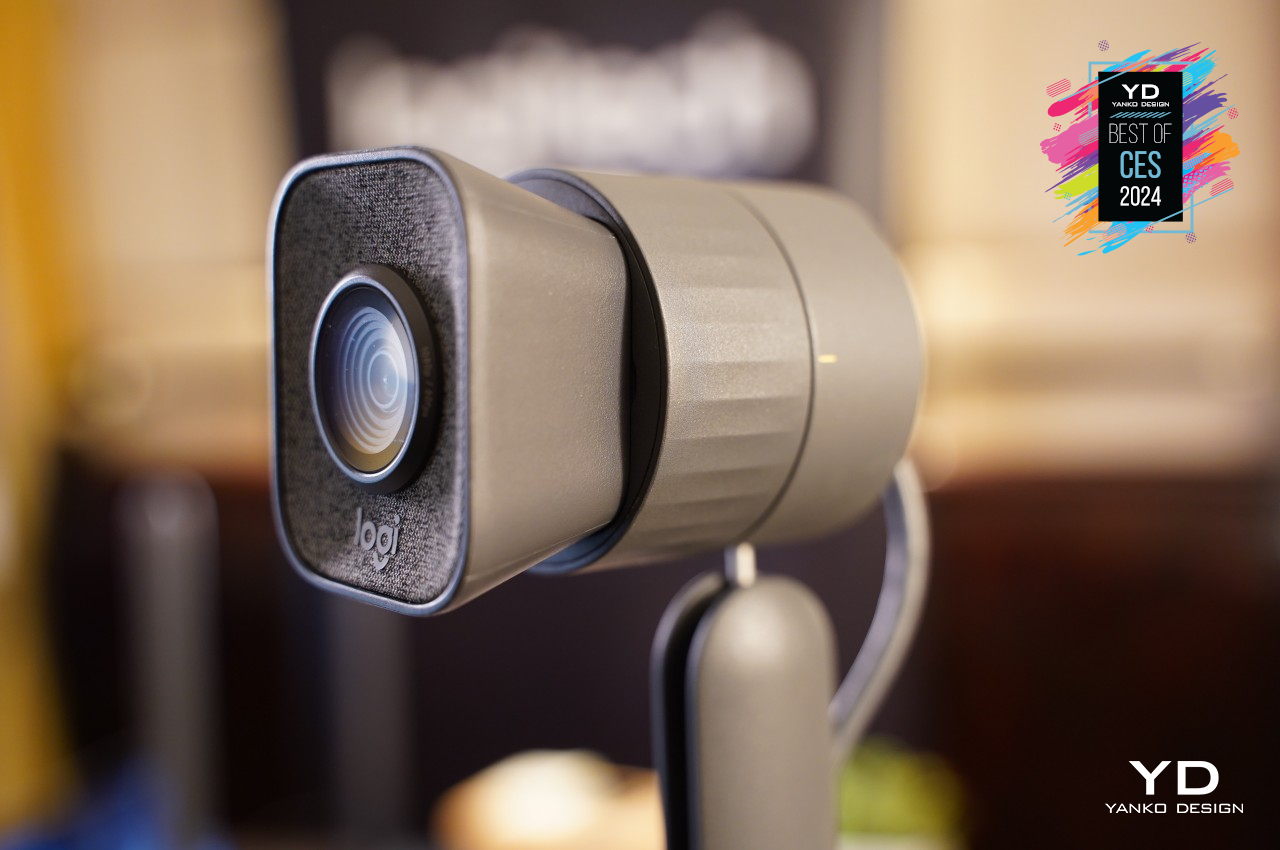
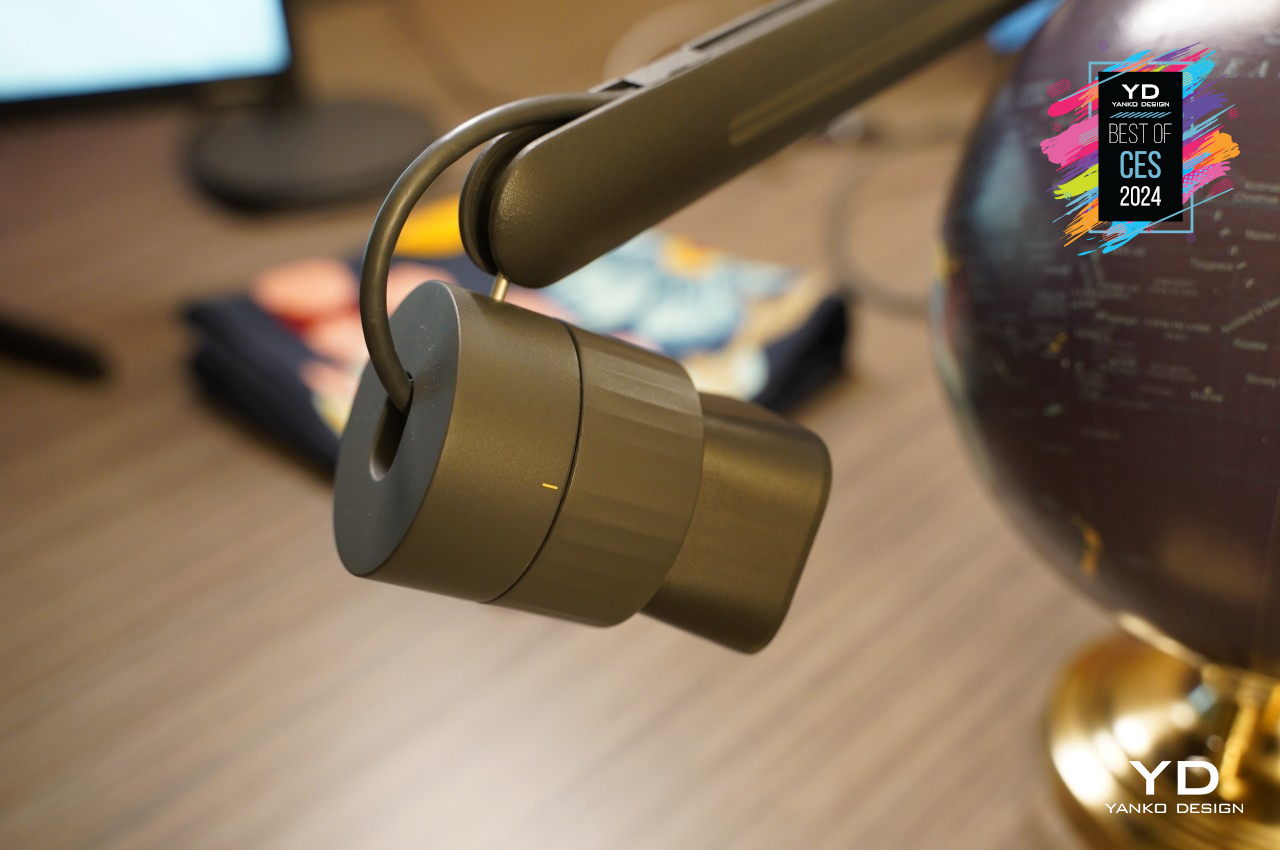
In a nutshell, the Logitech Reach “show-and-tell” camera is a webcam on an articulate arm, providing the flexibility to point the camera anywhere at different angles. This allows for easy “flat lay” shots, moving or zooming the camera for more expressive videos, or a simple video meeting setup, all with a single device. And with 1080p/60fps video quality, it isn’t even sacrificing performance for that unique design, empowering a new generation of creators, students, and workers to rise to the new demands of their fields.
Mosslab Moss Air Air Purifying Terrarium
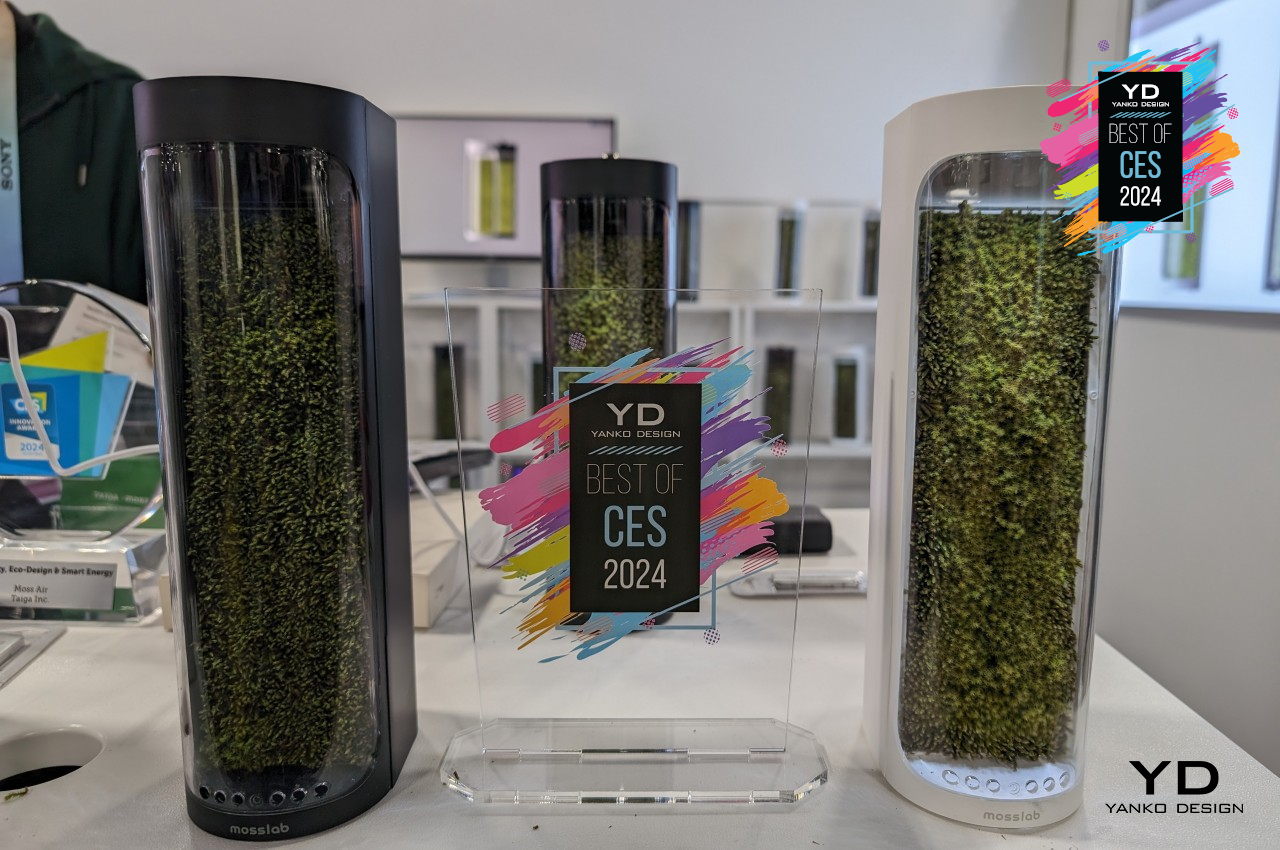
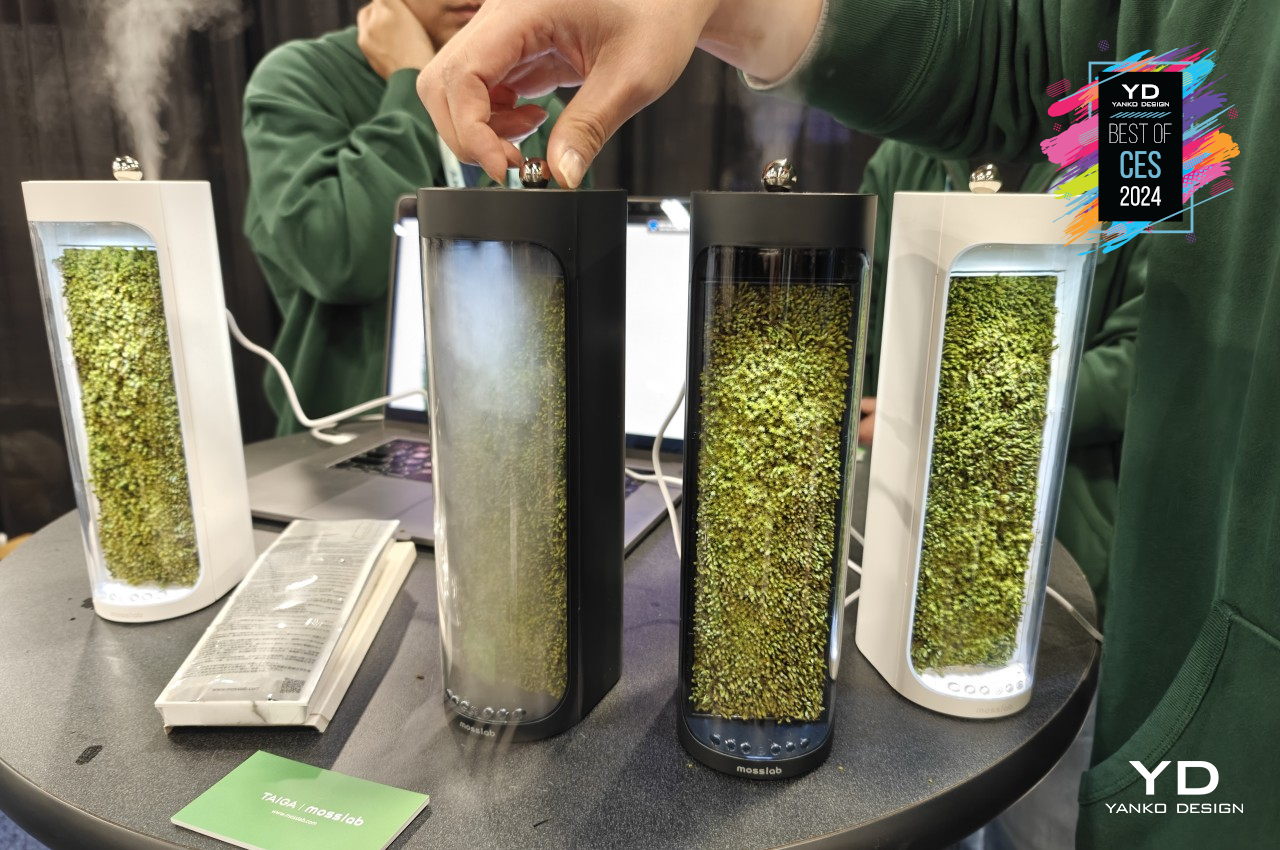
We’ve become acutely more aware of the rather worrying quality of the air we breathe even inside our homes. Appliances and gadgets that purify indoor air have risen in demand because of this, but the solutions they offer also come with their own drawbacks, especially in how they aim to keep us healthy while slowly killing the planet in exchange. Mosslab is offering an alternative, one that is not only more sustainable but also more aesthetic, and it utilizes an unexpected life form that’s regarded as nature’s understated miracle worker: moss.
Designer: Mosslab
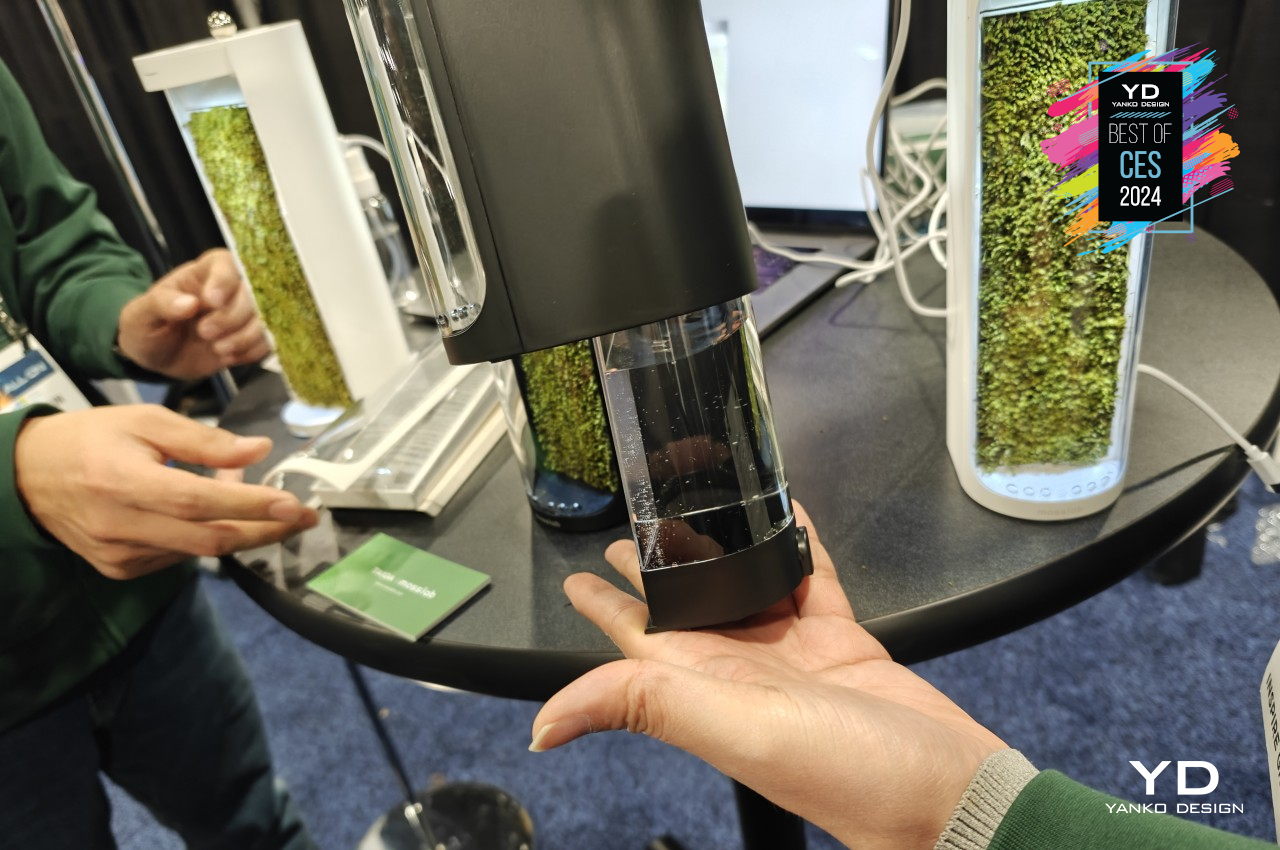
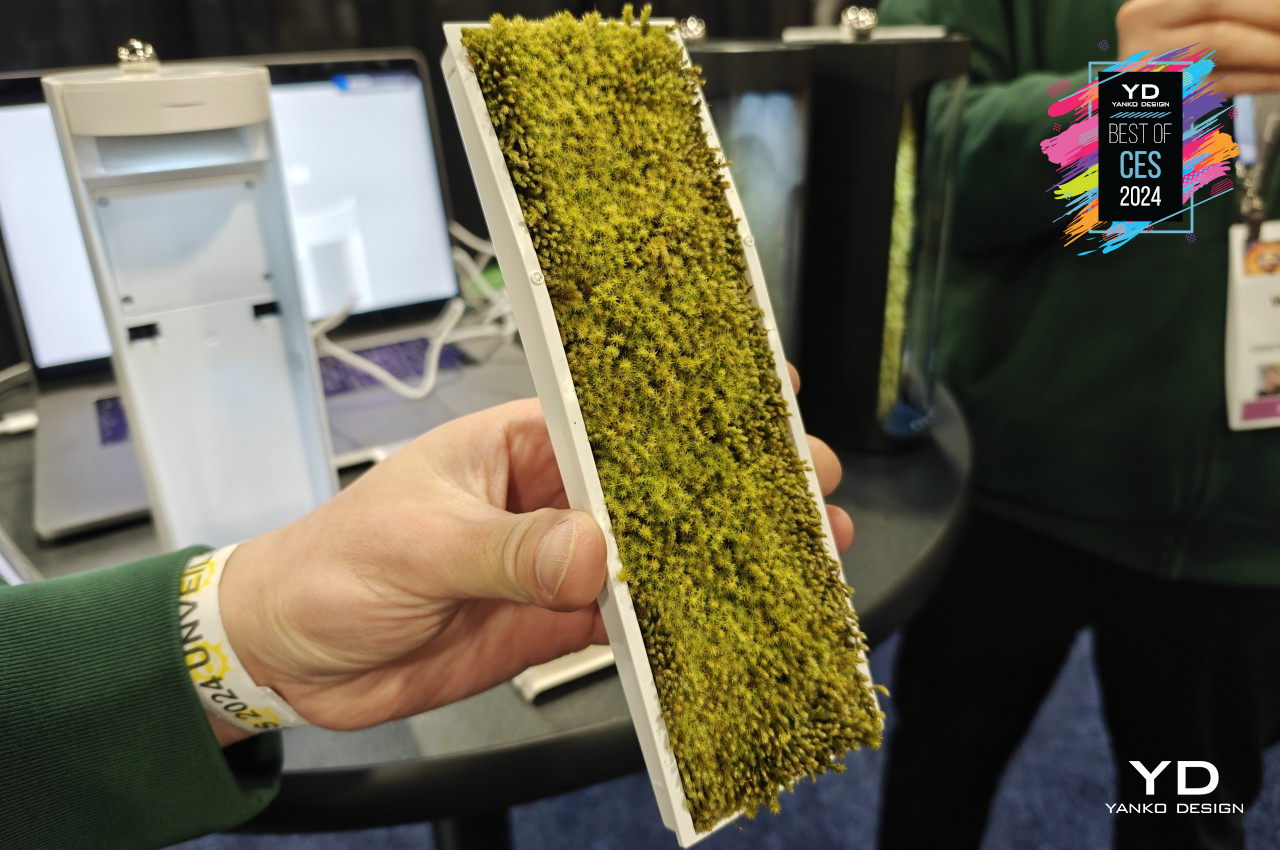
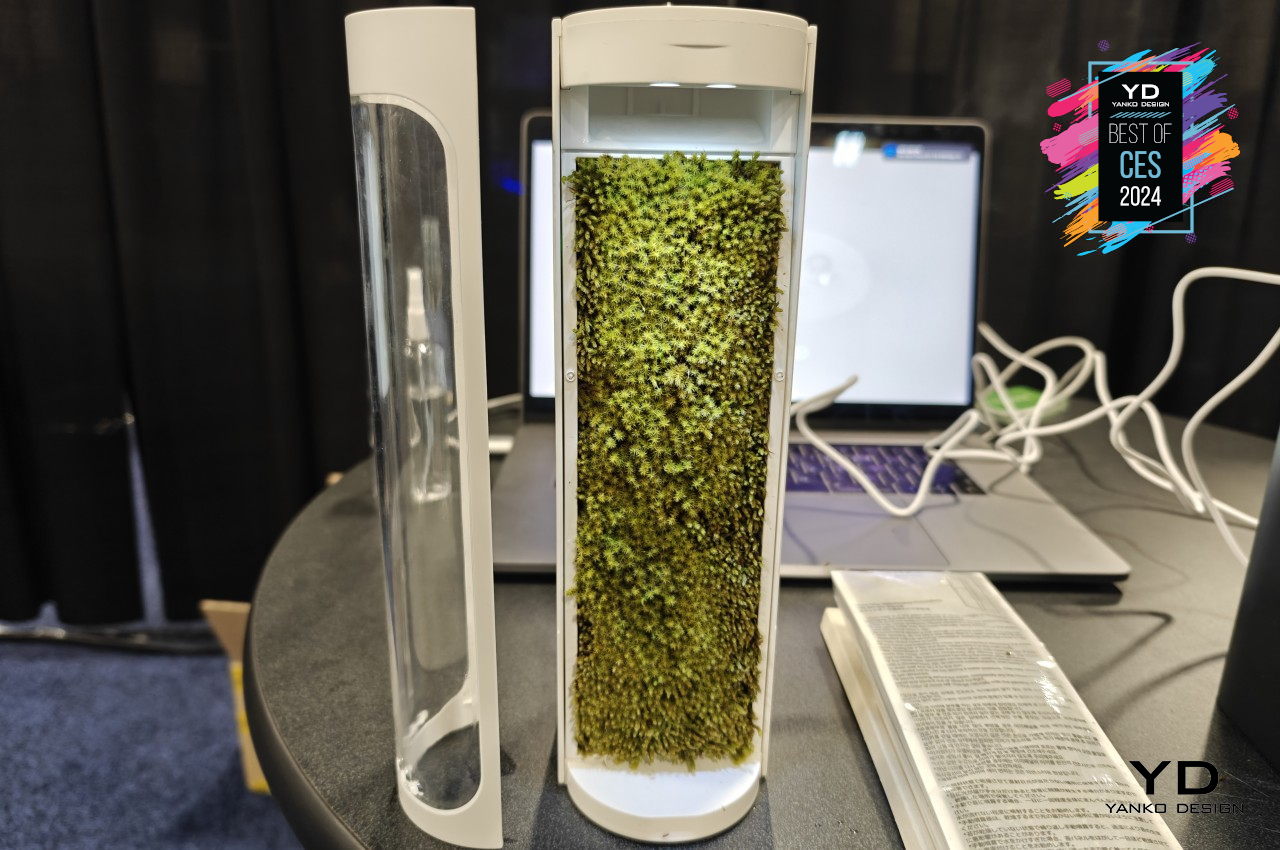
Basically a terrarium in a sleek futuristic design, Moss Air functions as an air purifier and humidifier in one, utilizing the natural capabilities of moss to filter air and produce clean oxygen. Easy to maintain with just some water in an invisible tank, Moss Air offers a convenient yet eye-catching way to keep your room’s air fresh and clean, without doing much harm to the environment in the process.
ONECOM FINTIN V1 Braille QWERTY Keyboard
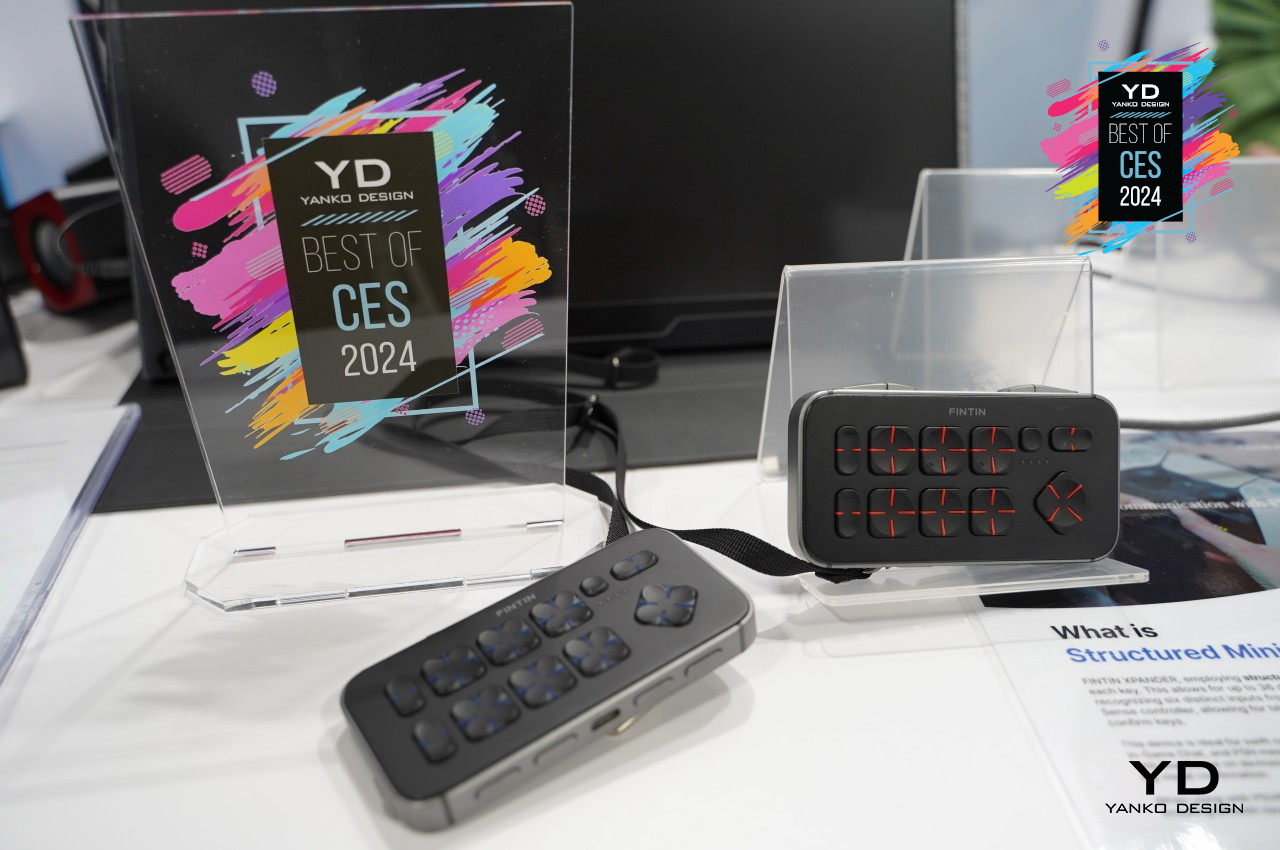
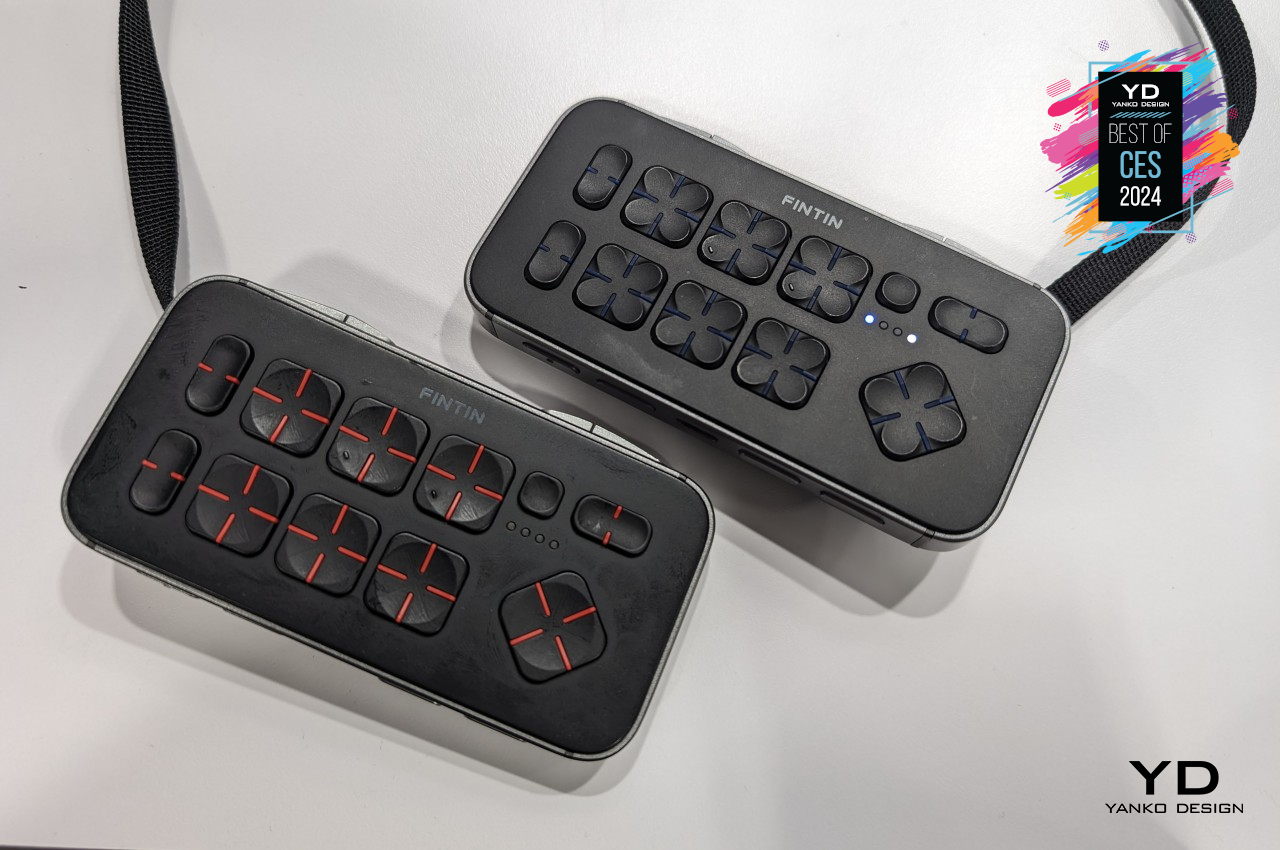
Technology is supposed to help everyone live better lives, but the way the market works, some people always get left behind. With many technologies moving over to touch-based controls like on-screen keyboards, people who can’t see the screen, let alone type on it, are left at the mercy of screen readers and speech recognition services, many of which are still unable to provide the accuracy needed for communication. Nothing beats a keyboard when it comes to text input, so ONECOM developed a handheld QWERTY keyboard designed specifically for the needs of visually impaired people.
Designer: ONECOM
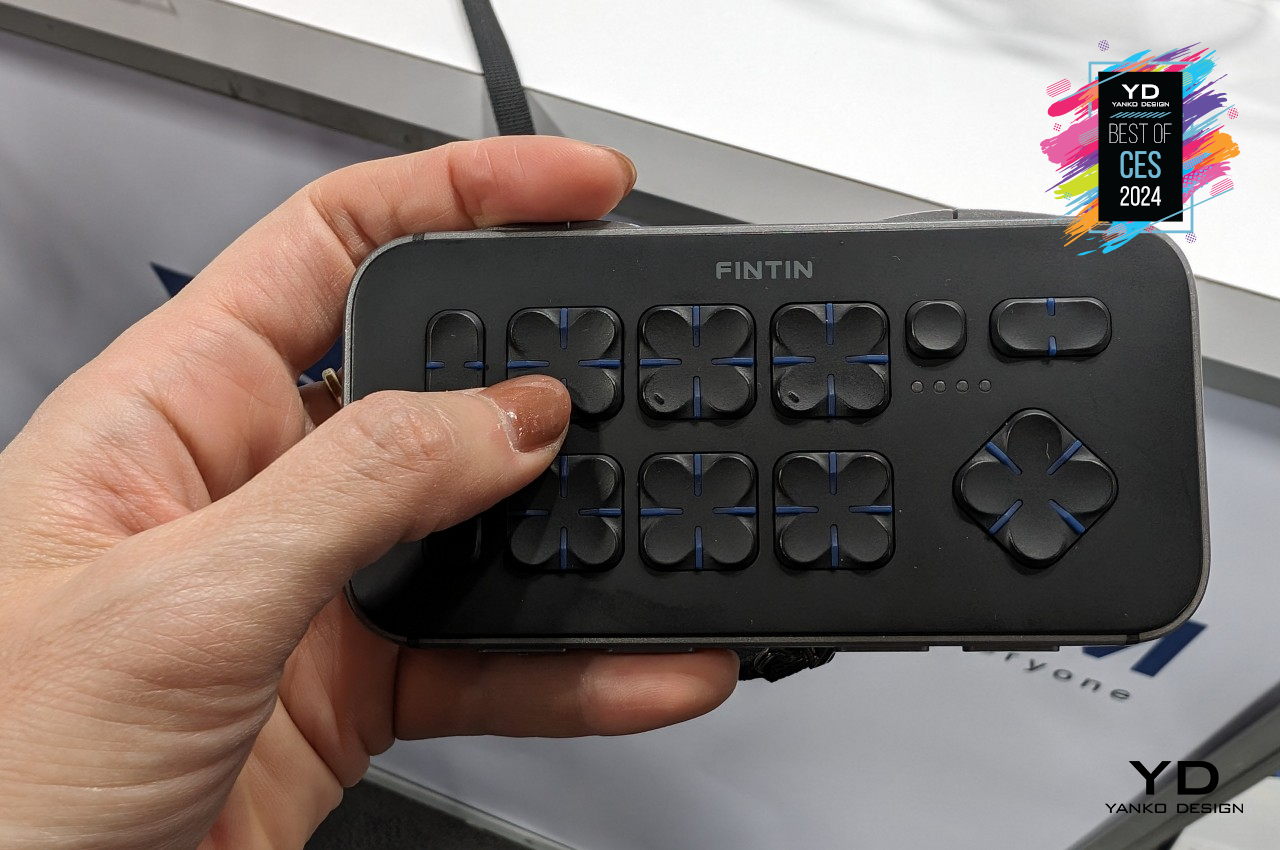
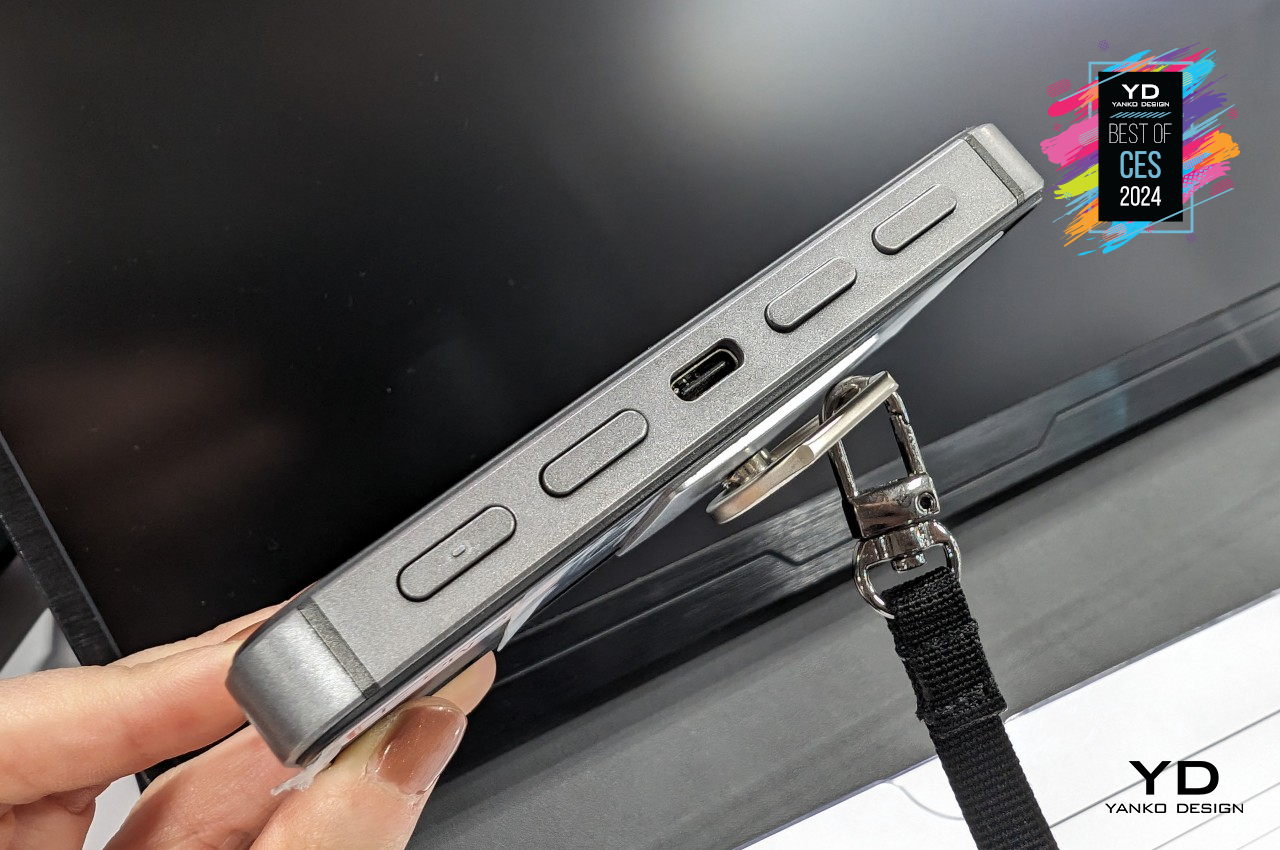
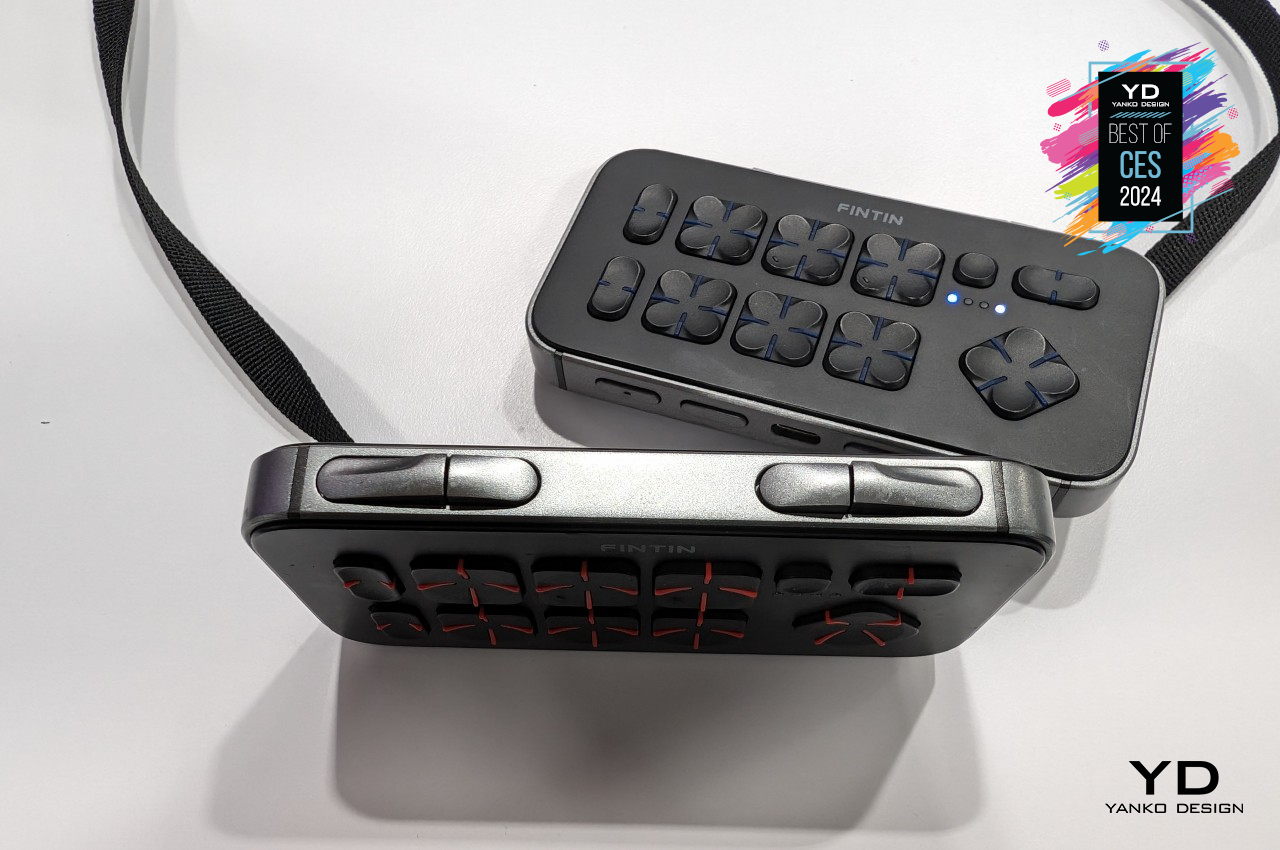
Braille keyboards do exist, but their traditional designs make it impossible to use them with smartphones and mobile devices, especially on the go. The FINTIN V1, in contrast, fits nicely in your hand and can easily be used like thumb-typing on a mini Bluetooth keyboard. Despite that size, it actually supports the full QWERTY keyboard through special tactile keys, enabling users to express themselves fully on their phones, tablets, or any other device that requires text input.
ROG Zephyrus G16 (2024) All-Aluminum Laptop
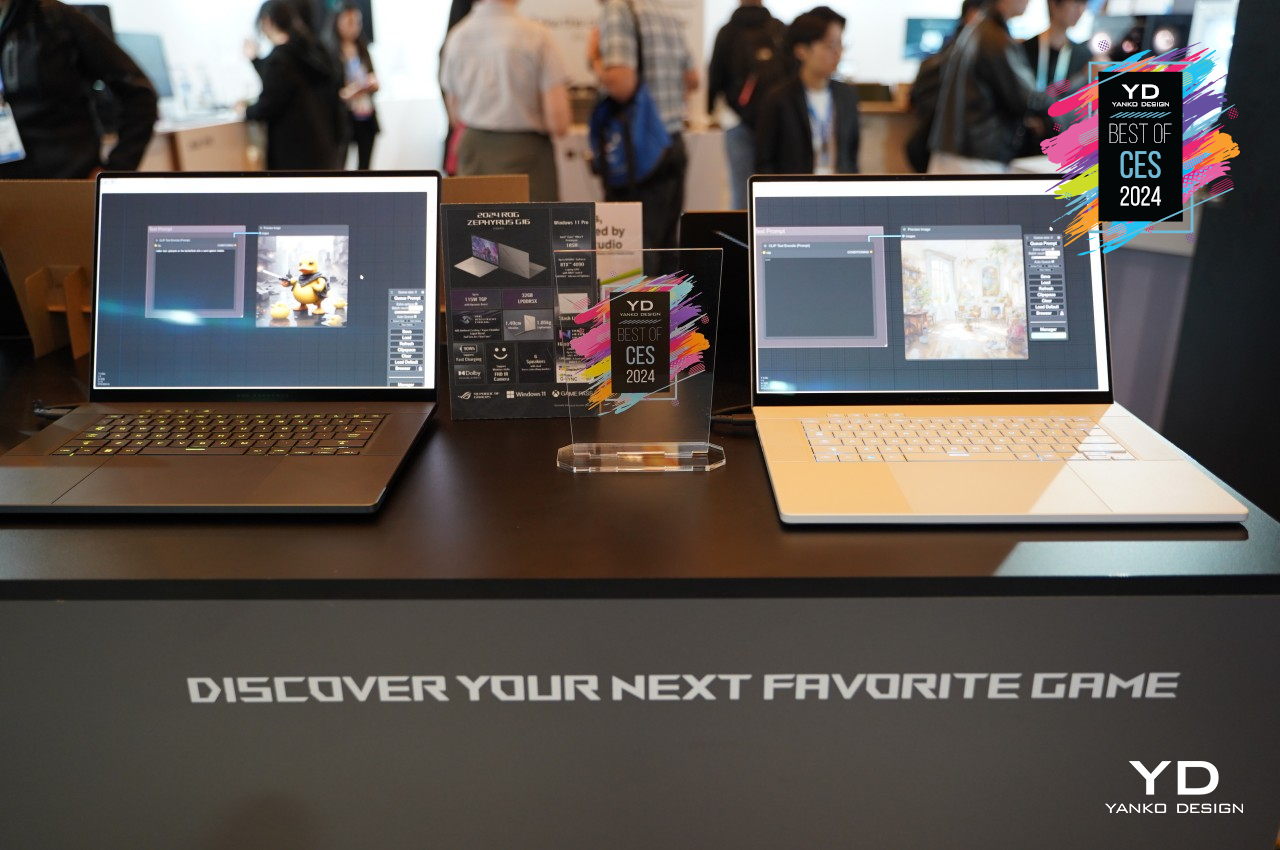
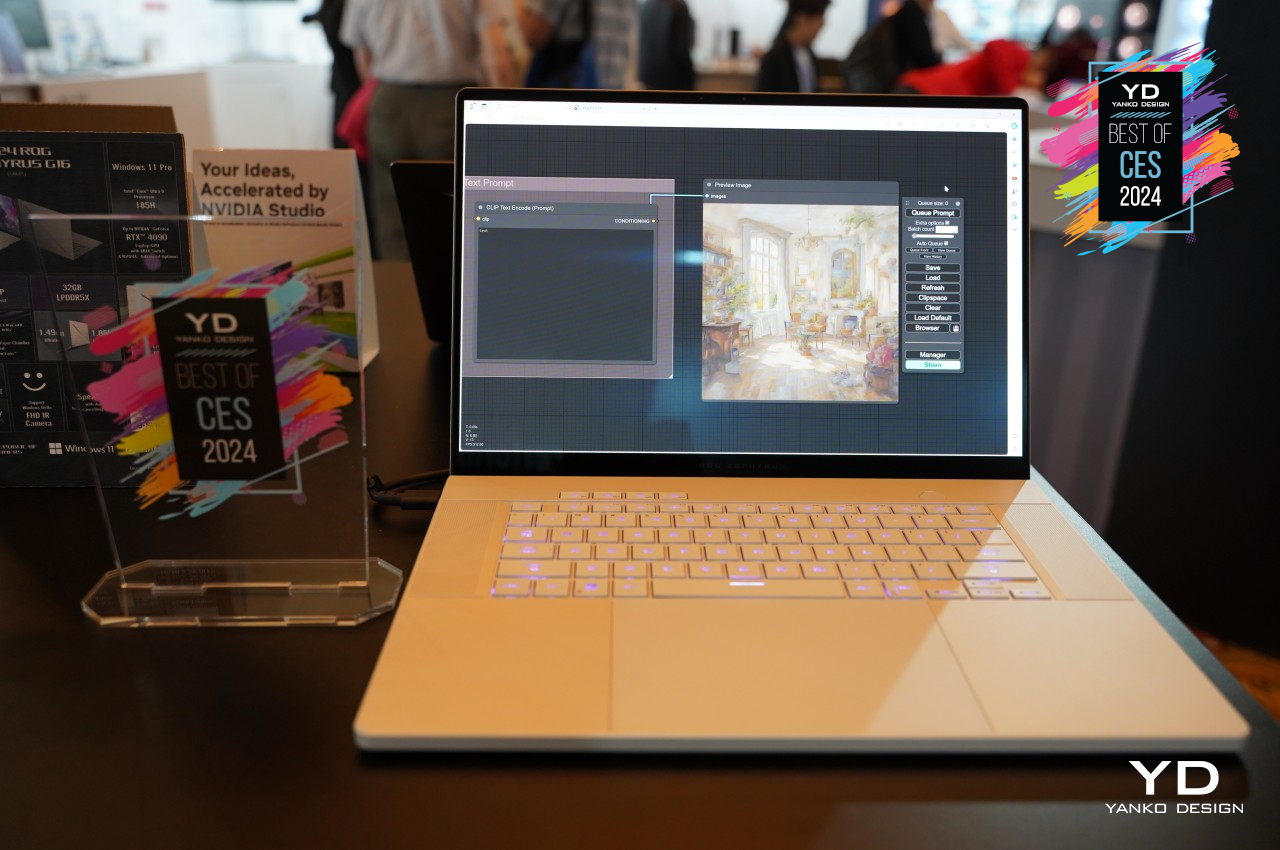
Gaming laptops are becoming more popular as powerful portable machines that can be used for more than just gaming, but their typical designs intimidate buyers from making an investment. Gaming products have a rather unique aesthetic that won’t appeal to everyone, even among some gamers, and they definitely look out of place in some settings. With the ASUS ROG Zephyrus G16 (2024), however, the gaming laptop looks a bit more “grown-up,” but it isn’t just its appearance that has changed.
Designer: ASUS ROG
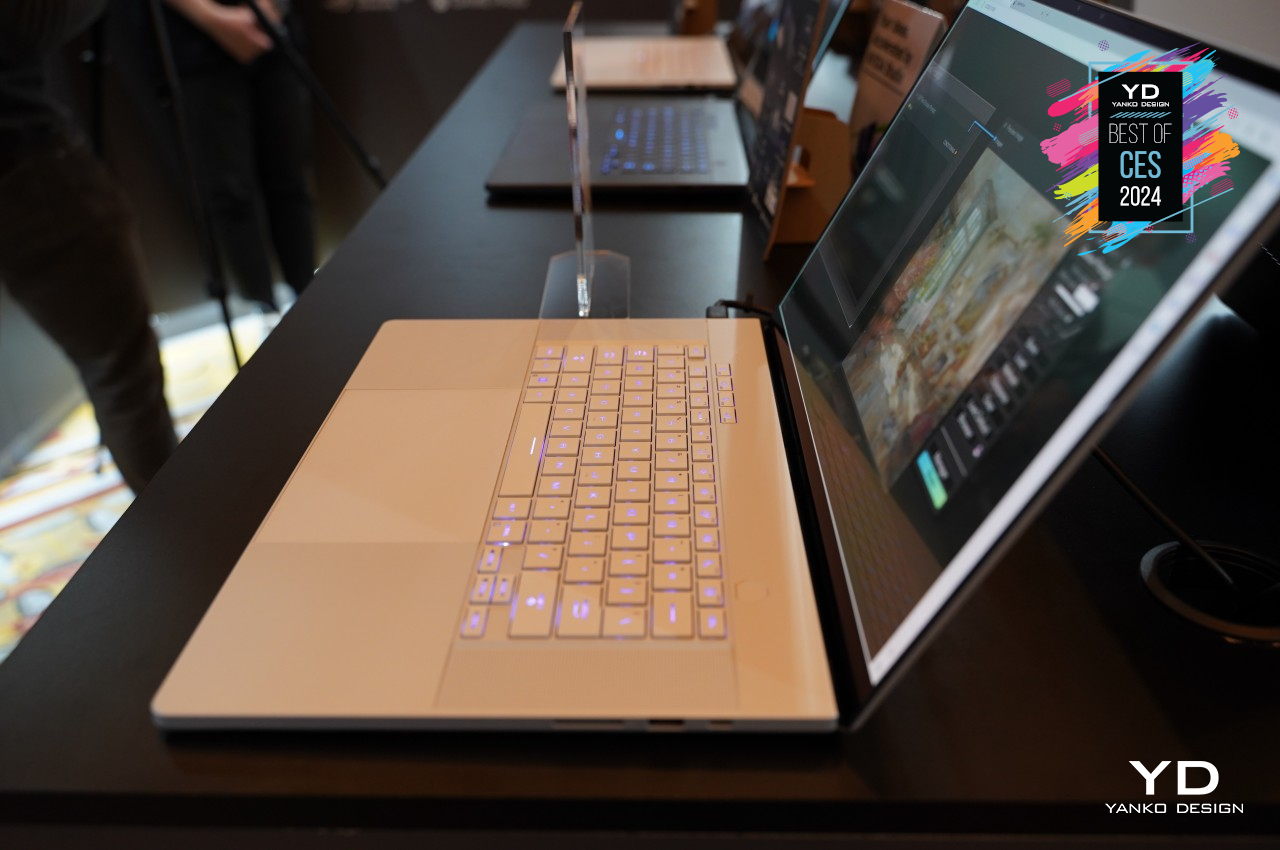
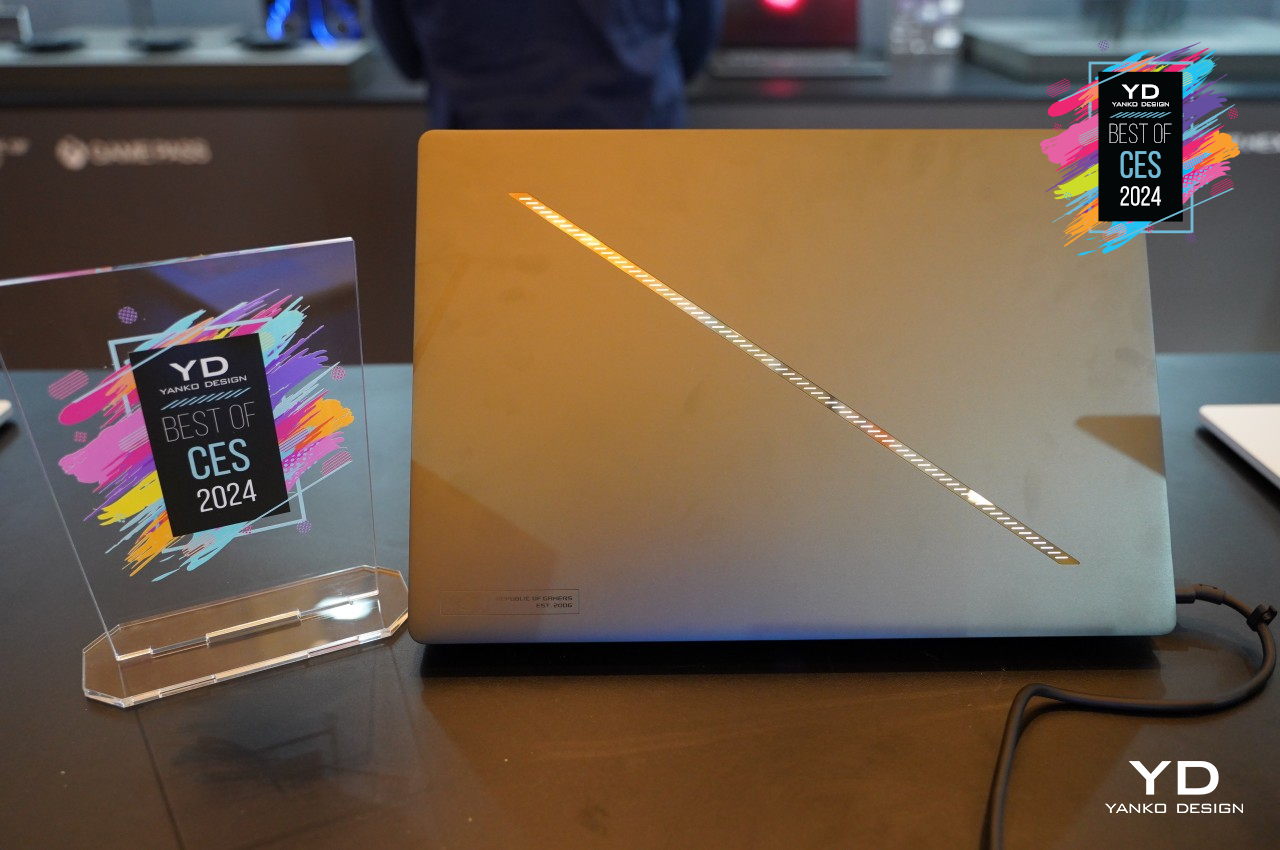
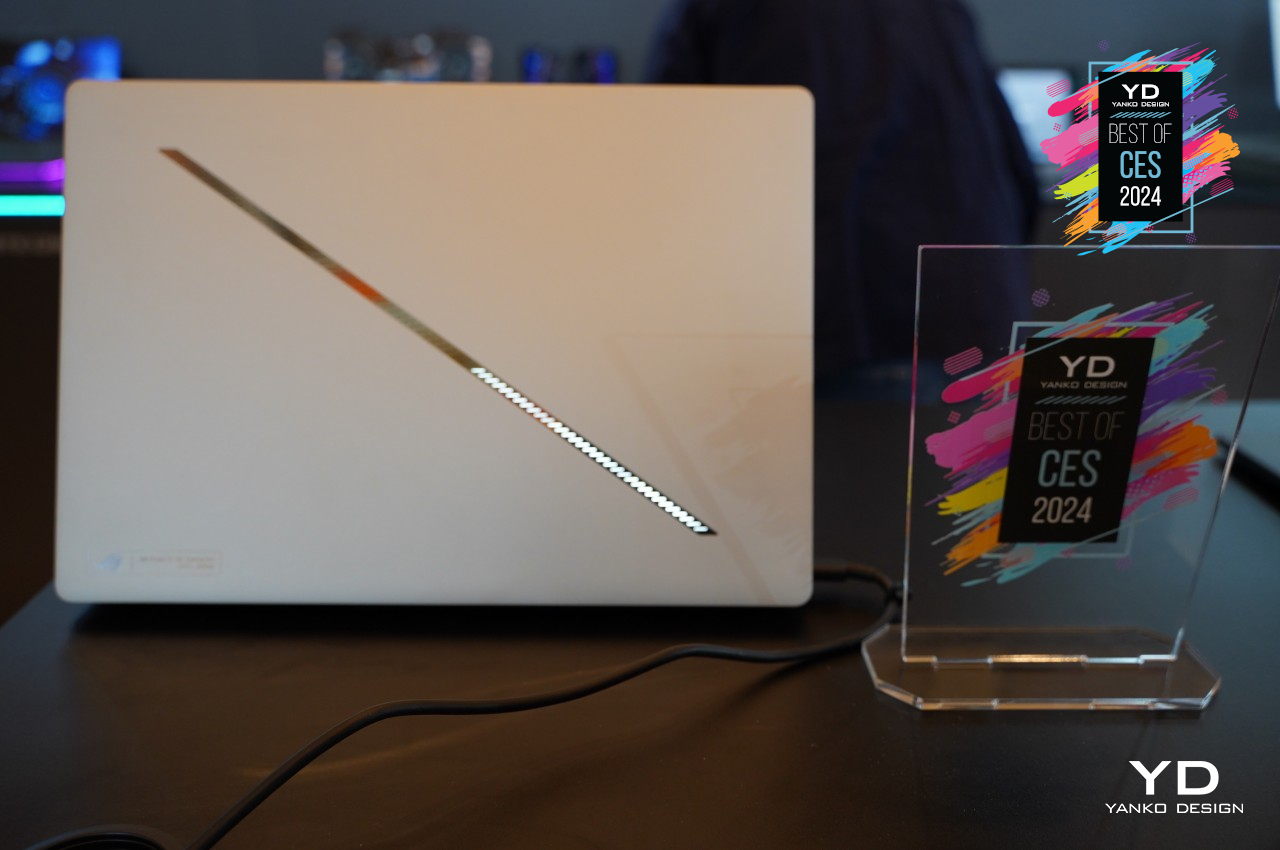
Sporting an all-aluminum CNC-machined chassis, the new ROG Zephyrus G16 boasts a body that is lighter and more durable than most gaming laptops. The switch from plastic to metal also frees up more space, so the Republic of Gamers is able to squeeze in more hardware for the same size. The result is what is probably the MacBook Pro of gaming laptops, lightweight, slim, sleek, and professional, while still flaunting top-of-the-line gaming hardware and a subtle yet distinctive accent that still identifies the product as fit for gamers.
Samsung 2024 Bespoke 4-Door Smart Flex with AI Family Hub+
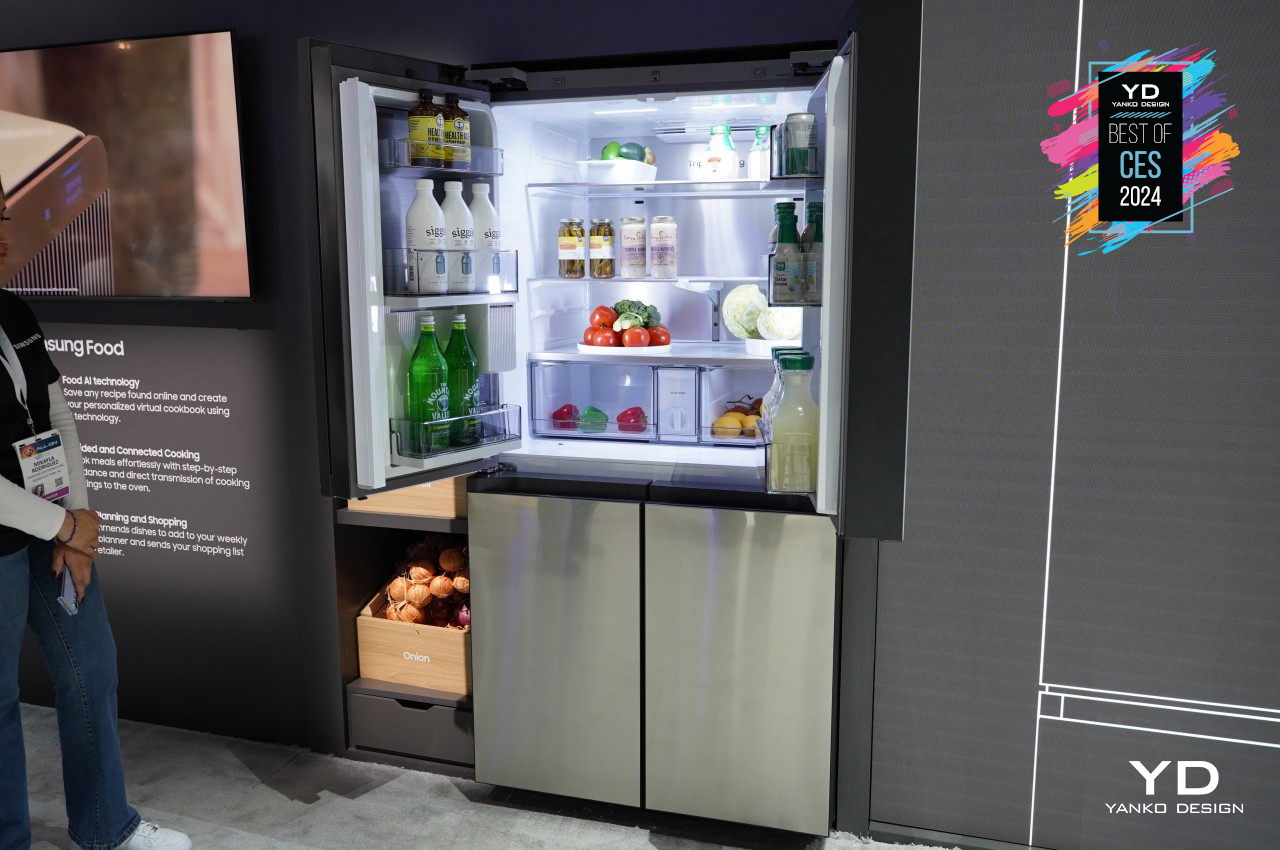
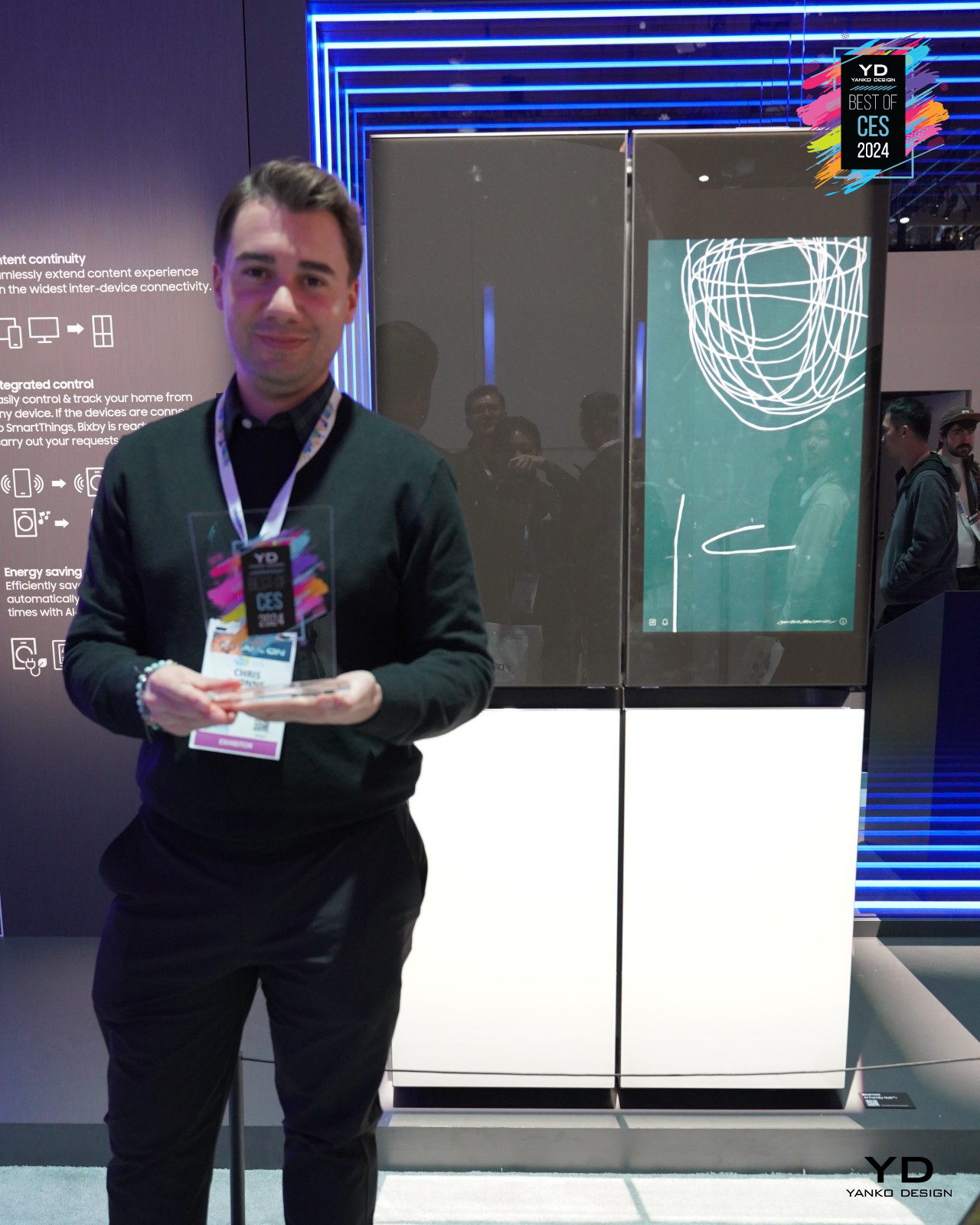
While most appliance manufacturers focus on the living room as the center of family interaction, Samsung introduced a rather interesting spin that put the kitchen at the hub. That’s why it called its line of smart refrigerators the Family Hub, and this year it is upgrading its Bespoke 4-Door fridge with more smarts and features that promise you’ll spend less time worrying about food and more time to enjoy preparing them, preferably together with the rest of the family.
Designer: Samsung
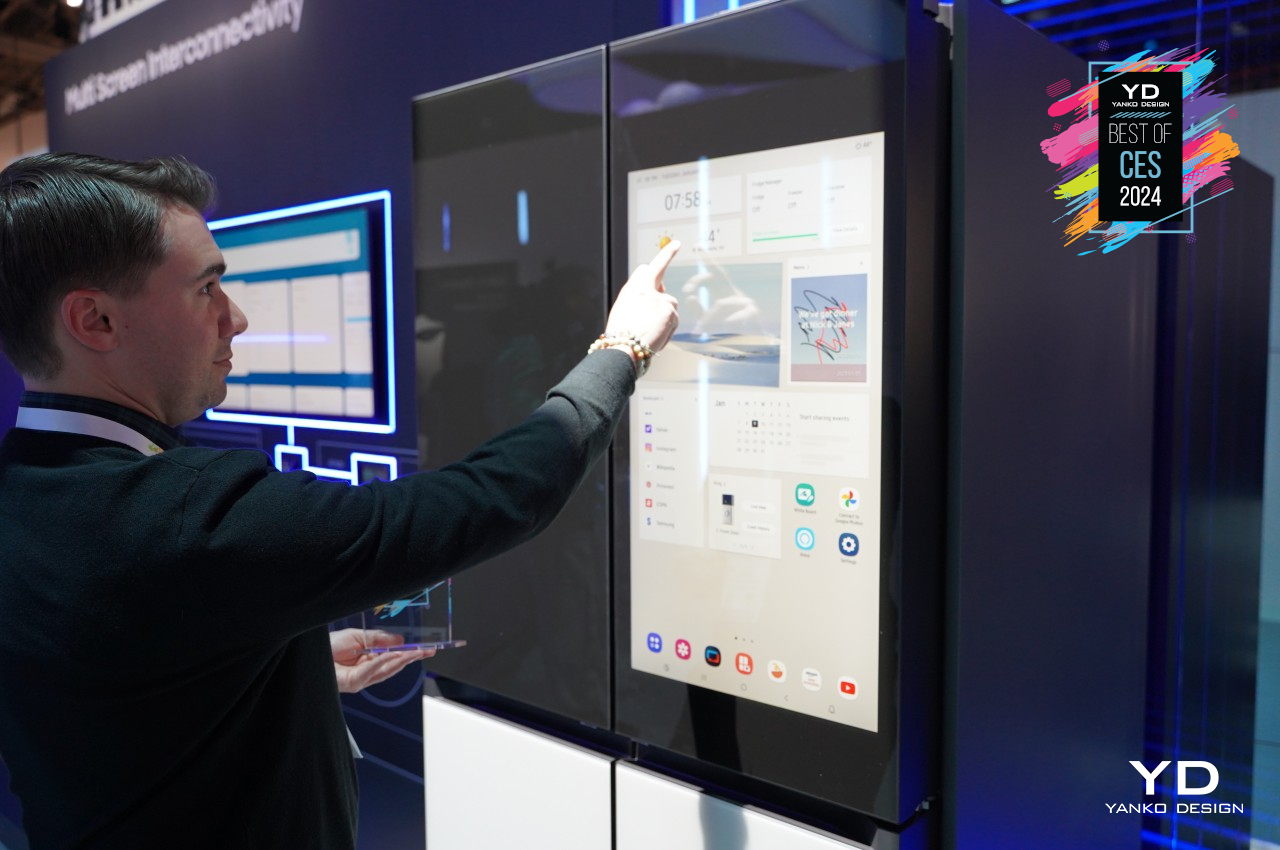
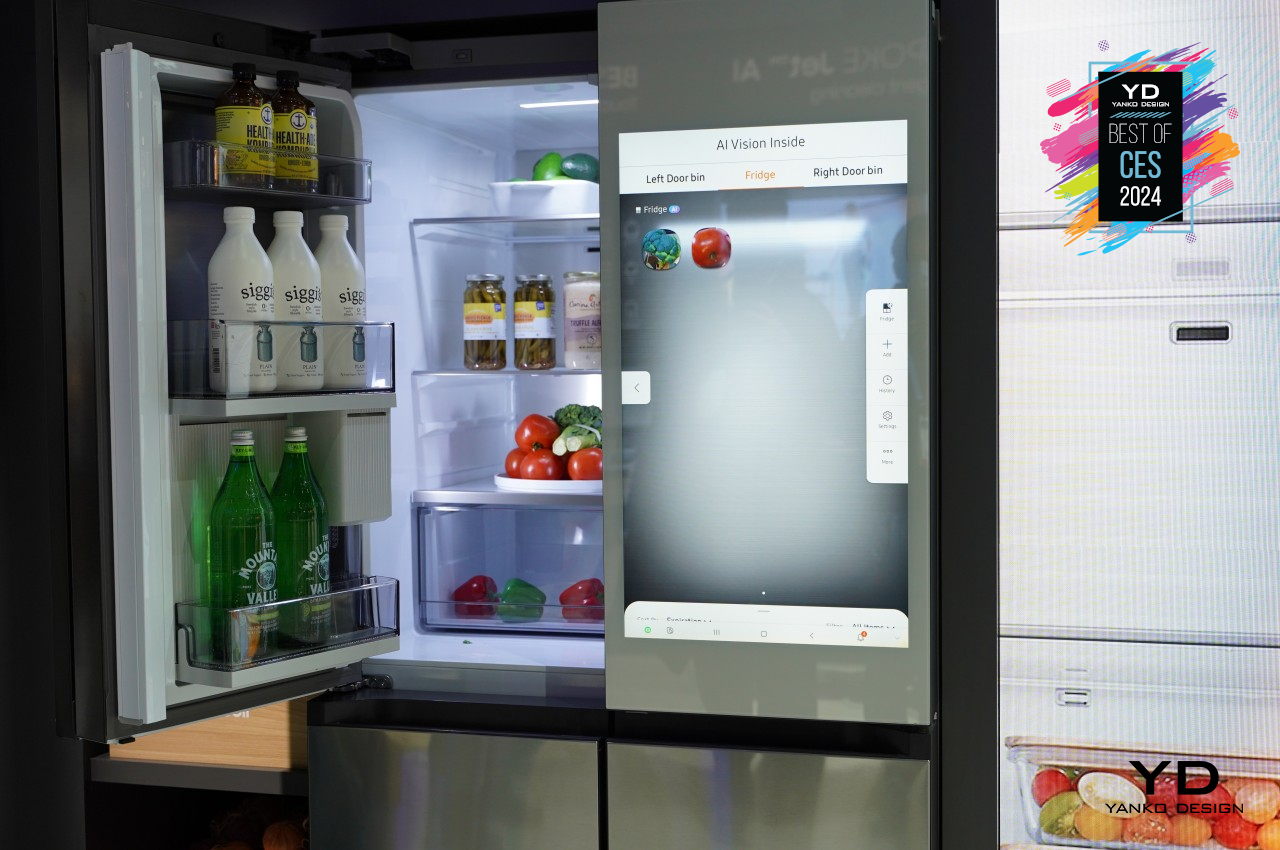
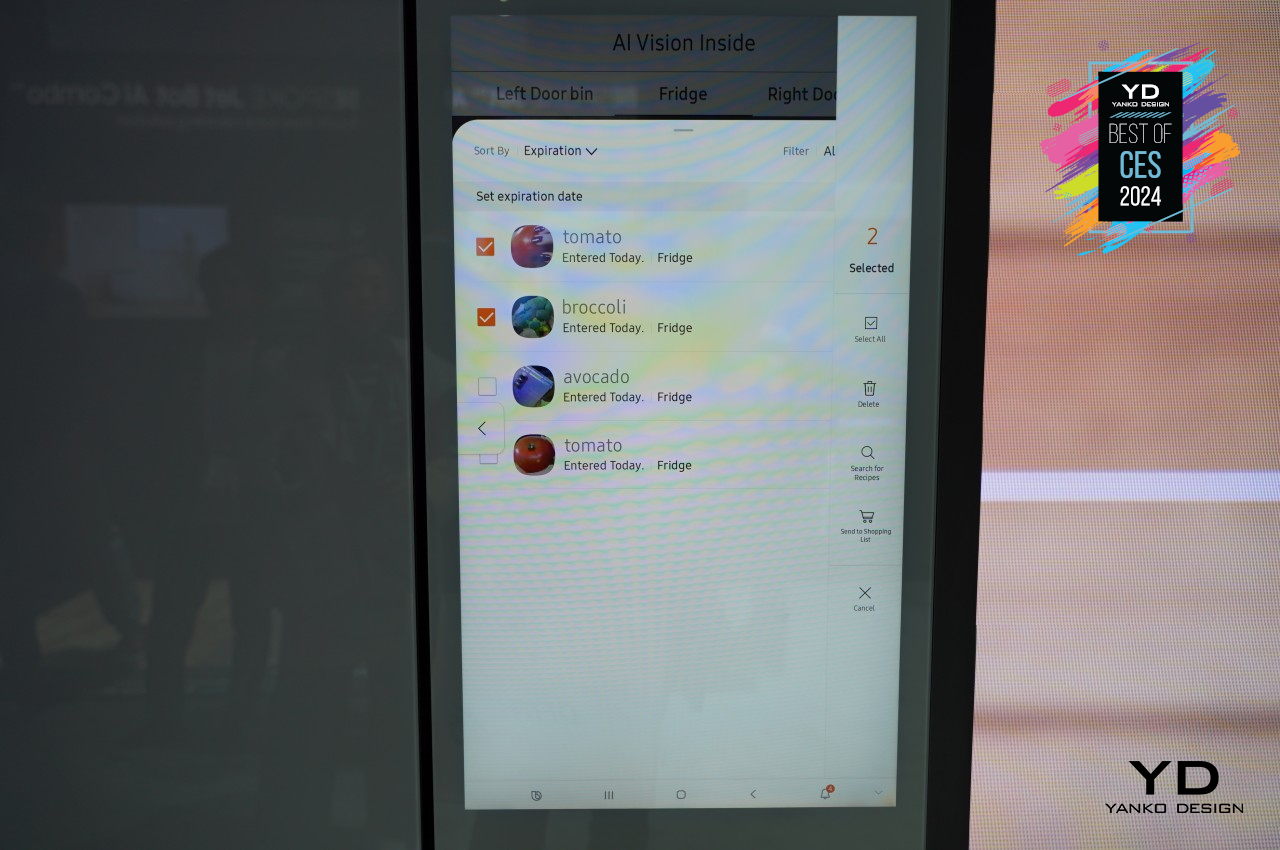
Besides being a mouthful, the 2024 Bespoke 4-Door Flex Refrigerator with AI Family Hub+ takes advantage of the smart internal camera that it has been installing in its fridges since last year to power its Vision AI technology that can identify up to 33 fresh food items inside. The idea is that the fridge will be able to warn you when food is about to go bad (based on AI or manually inputting expiration dates), suggest dishes you can make based on ingredients you have at hand and your preferences, and remind you to stock up on supplies or replace the water filter. And being part of Samsung’s Bespoke line of smart home appliances, you can also pick the designs that will better match the rest of your kitchen, presenting a modern fridge that’s not only very intelligent but also quite stunning as well.
Shift Robotics Moonwalker X Robot Shoes

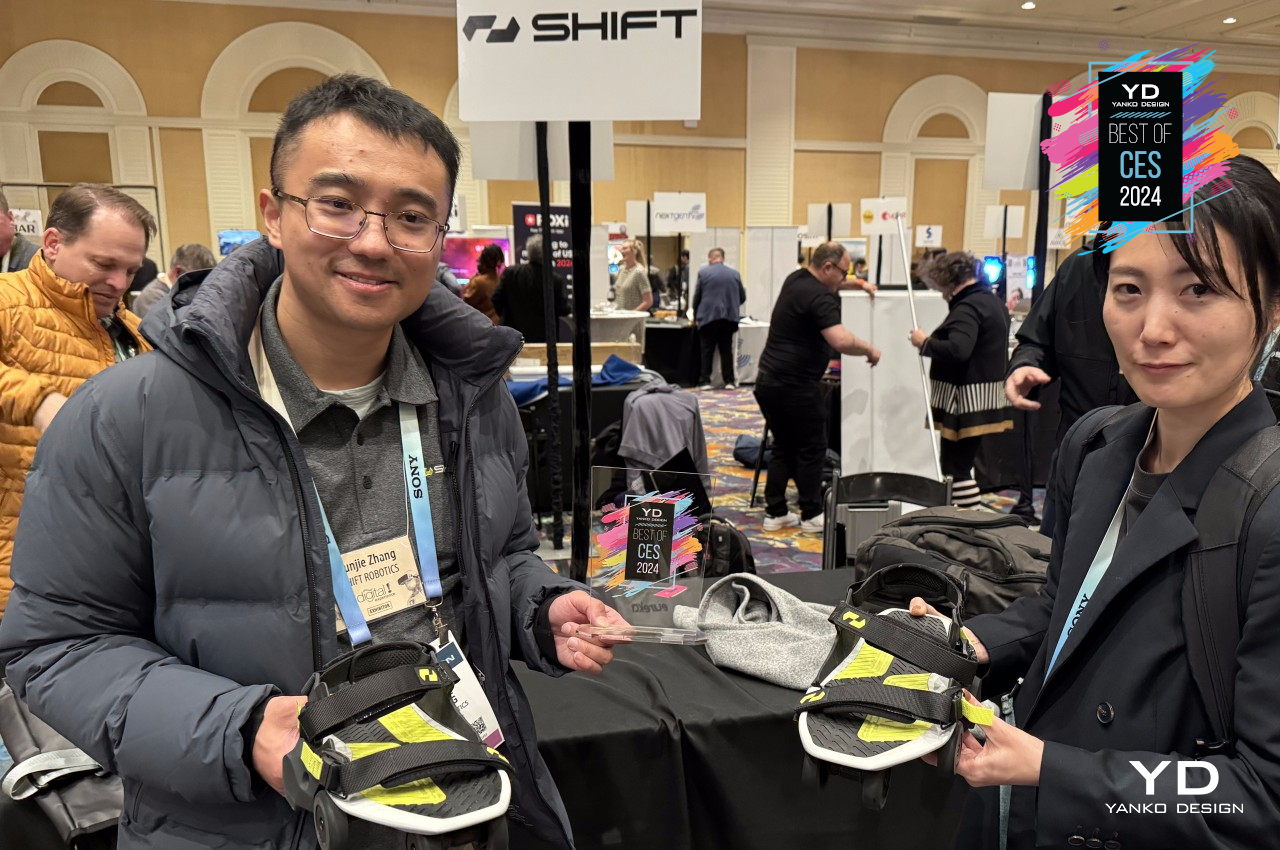
Some people fear that robots and, now, AI will take away their jobs, but that hasn’t exactly happened nor will it in the foreseeable future. Robots, in particular, can be used to augment rather than replace human abilities, especially when they come in a form you would have never expected for a robot. Shift Robotics’ Moonwalker X, for example, hardly looks anything like one, but these redesigned robotic shoes with small wheels will give people more mobility and safety in their line of work.
Designer: Shift Robotics
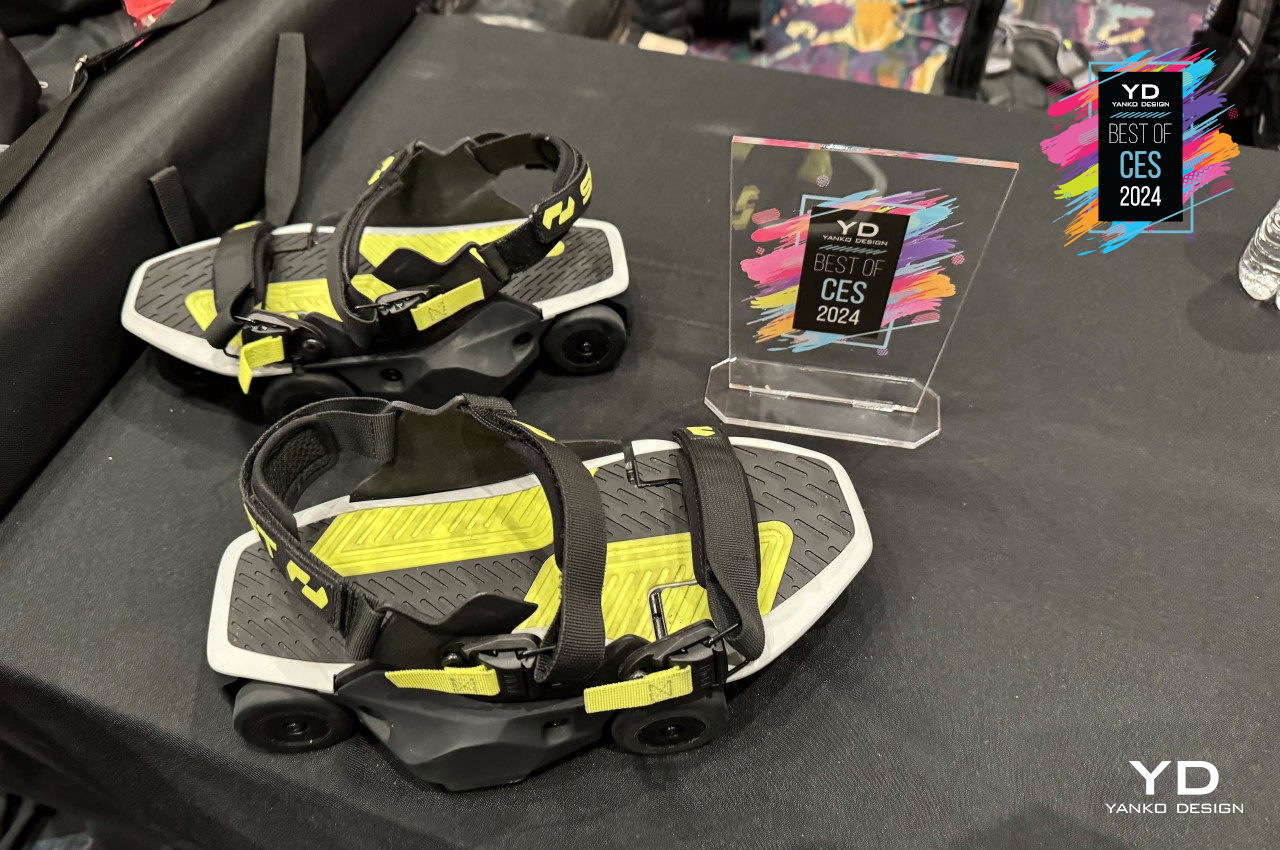
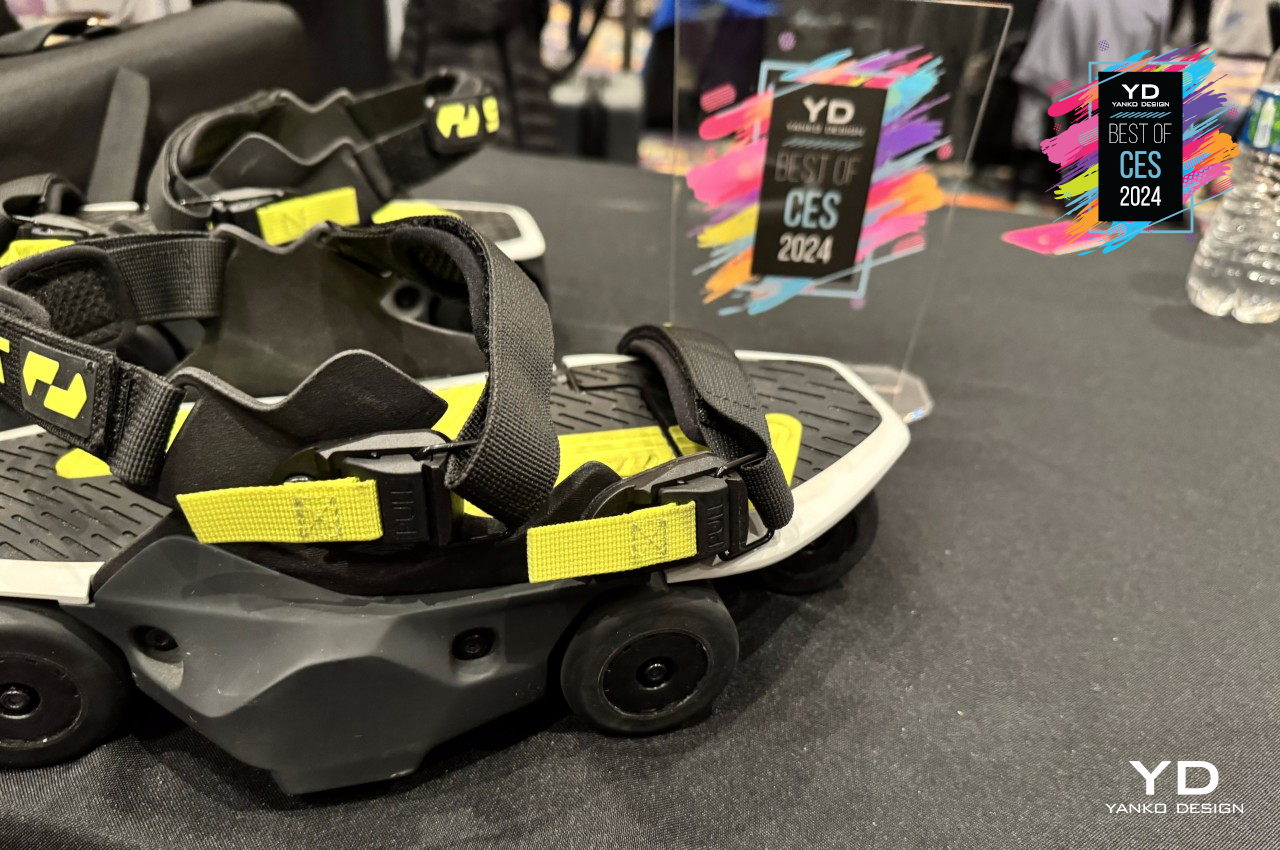
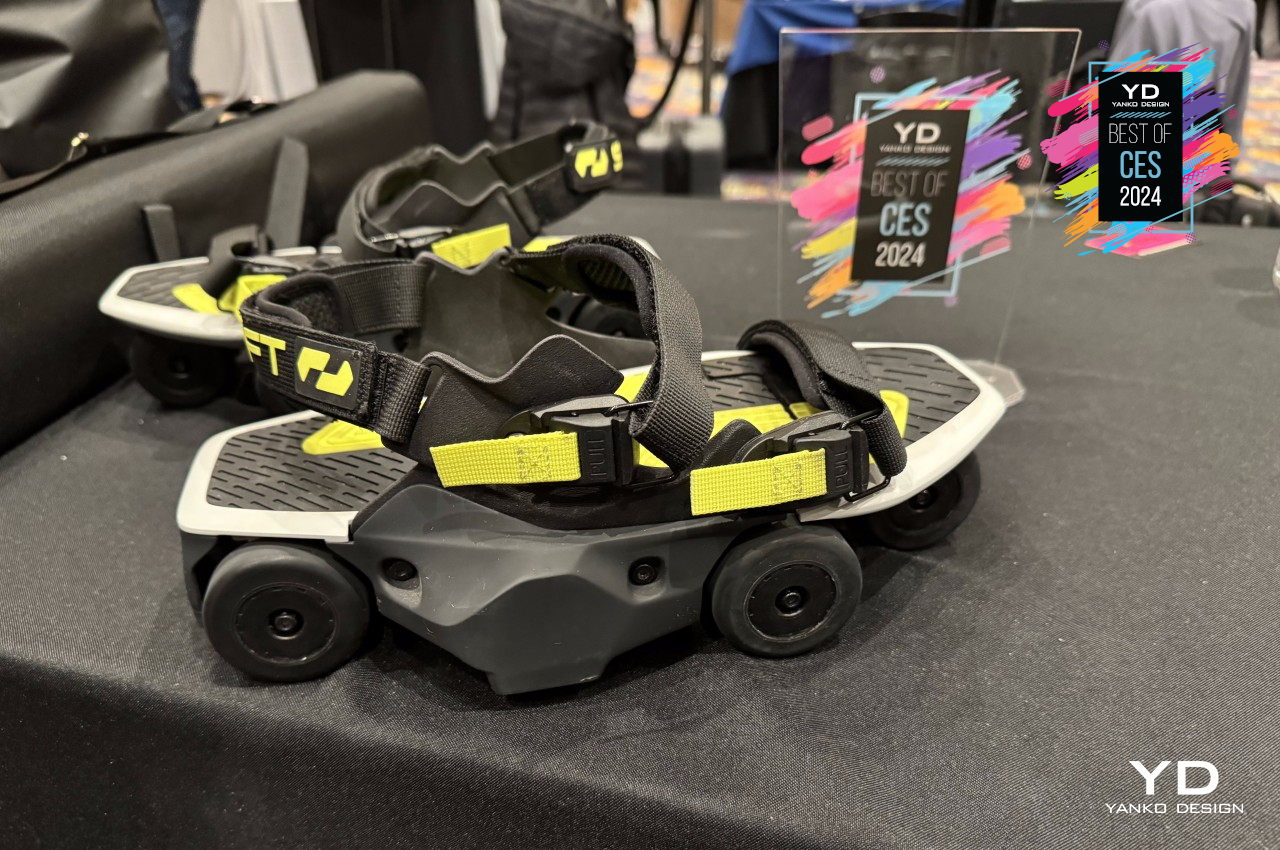
Made for workers in industries that require a lot of going around places, sometimes while carrying heavy loads, the Moonwalker X aims to enhance walking by turning it into a safe glide. Designed to strap over your own shoes like sandals, the 10 small wheels underneath carry your weight without weighing you down. The new design is lighter, more comfortable to wear, and easier to maneuver, so workers spend less time worrying about how to use the robotic shoes and more time getting things done.
Timekettle X1 AI Interpreter Hub
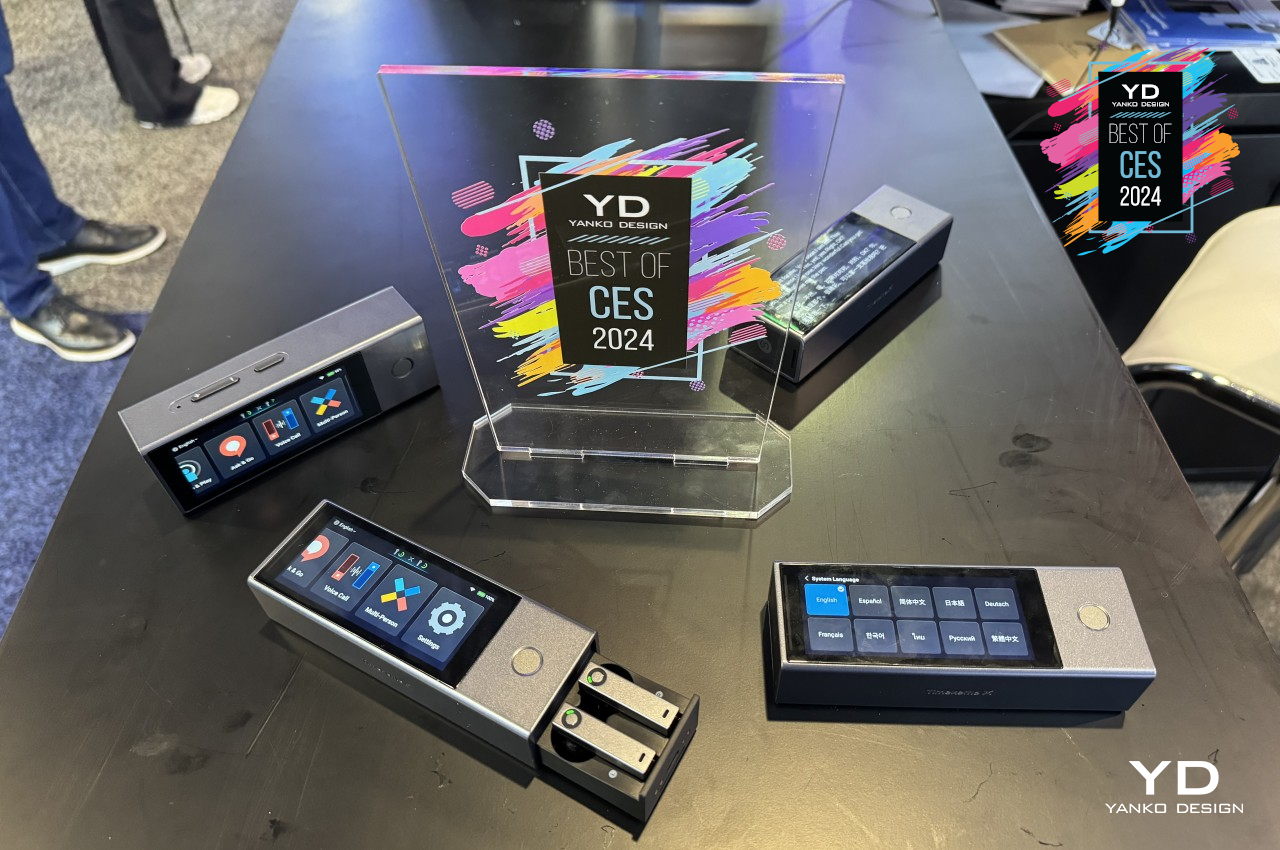
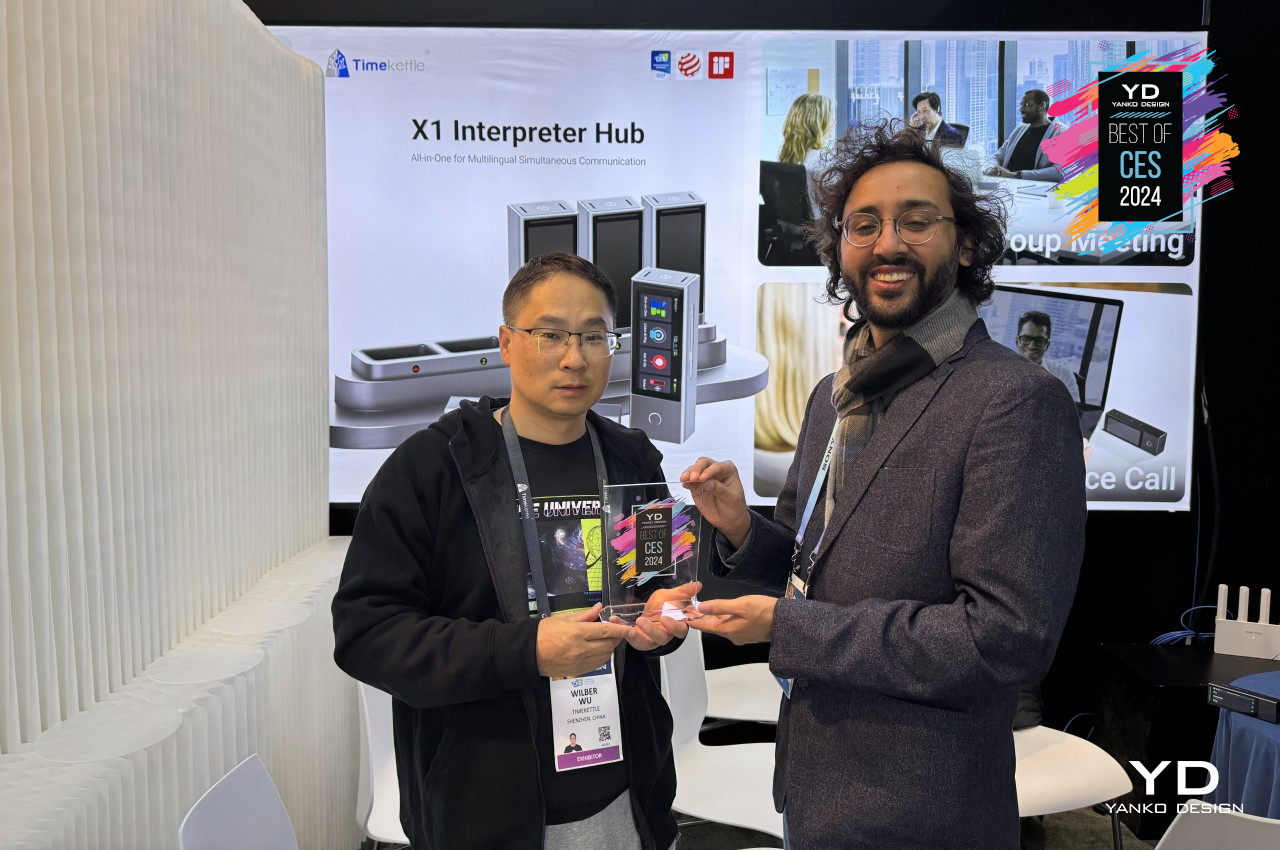
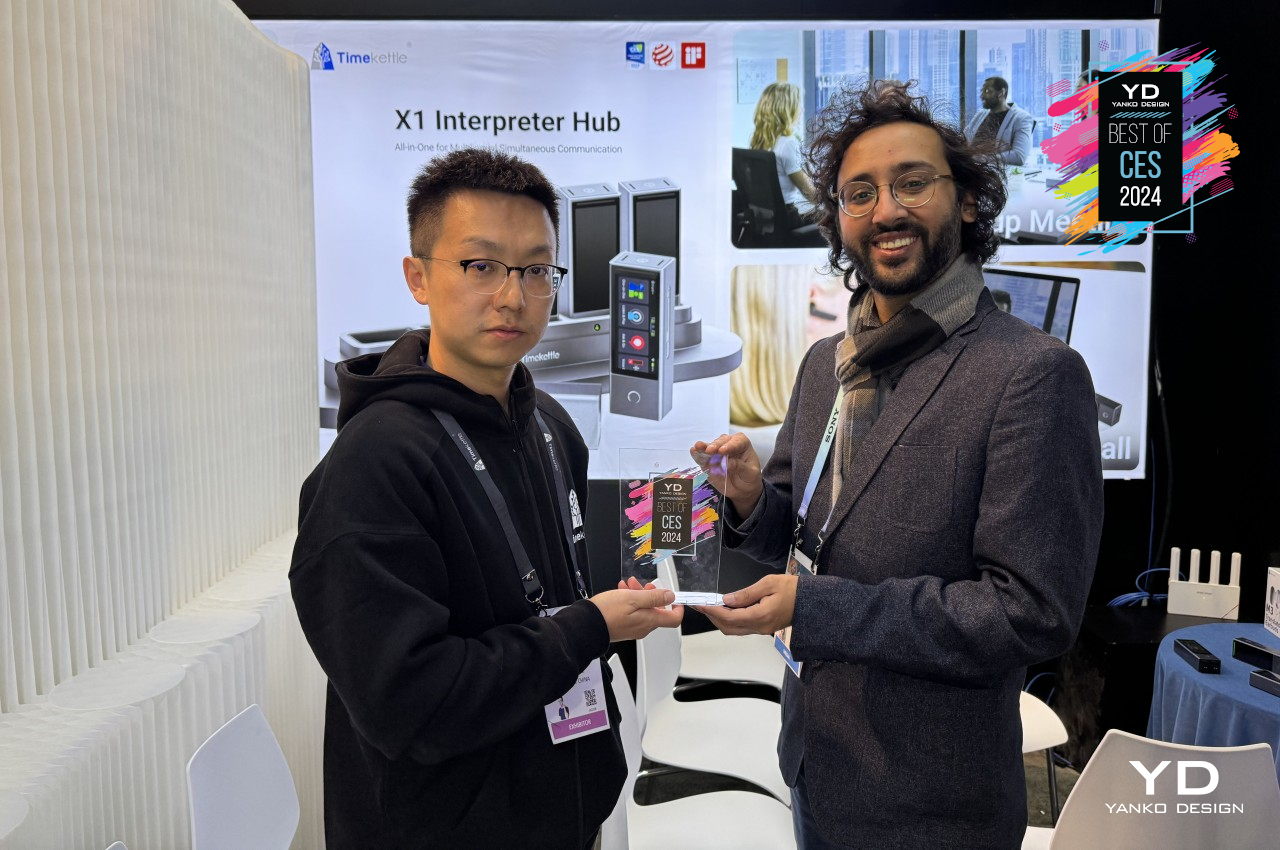
The world might seem like a smaller place thanks to the Internet, but language barriers still keep us apart. Human language can be complicated and nuanced, making it difficult for conventional computer software to translate one language to another, much less in real-time. Timekettle, however, has been making strides in developing technologies that break down these barriers, and its new X1 AI Interpreter Hub further enhances the experience, delivering a single compact package for all your translation needs, wherever you go and without missing a single word.
Designer: Timekettle
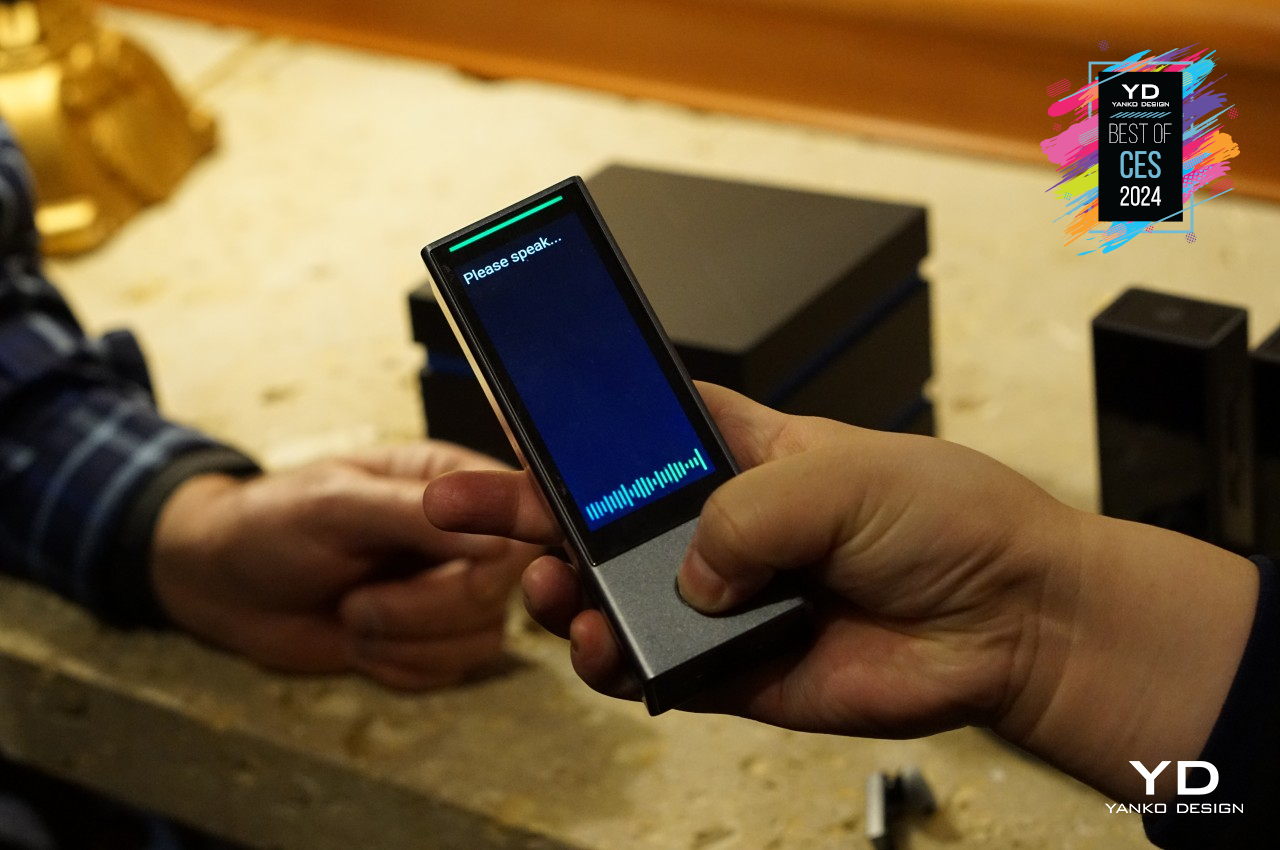
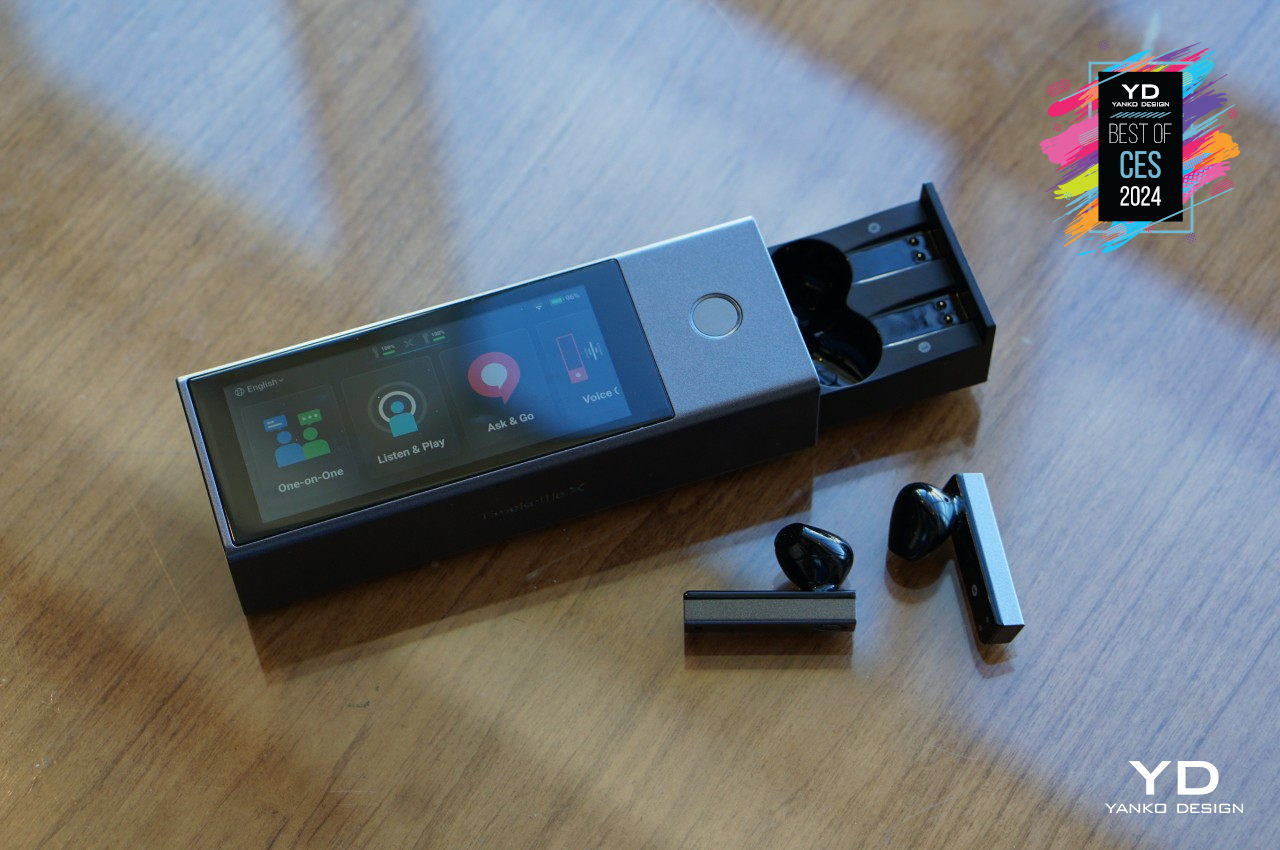
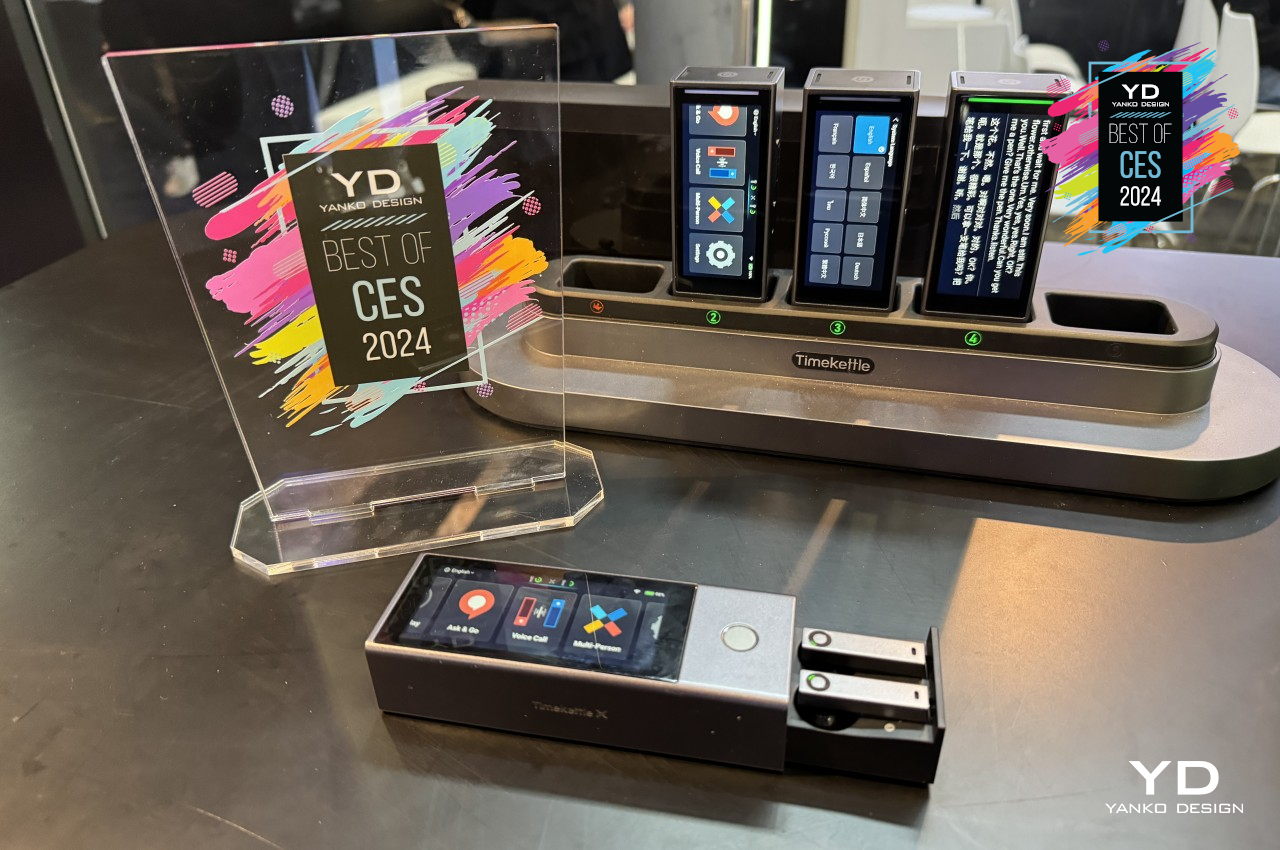
Artificial intelligence today has proven to be quite adept at handling the intricacies of human languages, both written and spoken. Harnessing this powerful tool, the Timekettle X1 Interpreter Hub offers the equivalent of having a professional UN interpreter at your beck and call. The standalone device doesn’t need to be paired with a smartphone or have an app installed, so you can get up and running, or rather talking, immediately. Providing both online and offline translations, a recording mode, and, more importantly, simultaneous multi-way translation between as many as 20 people, this AI-powered translation tool is all that you need to make those important connections that transcend geographic and linguistic borders.
UGREEN Nexode Pro 160W GaN Charger
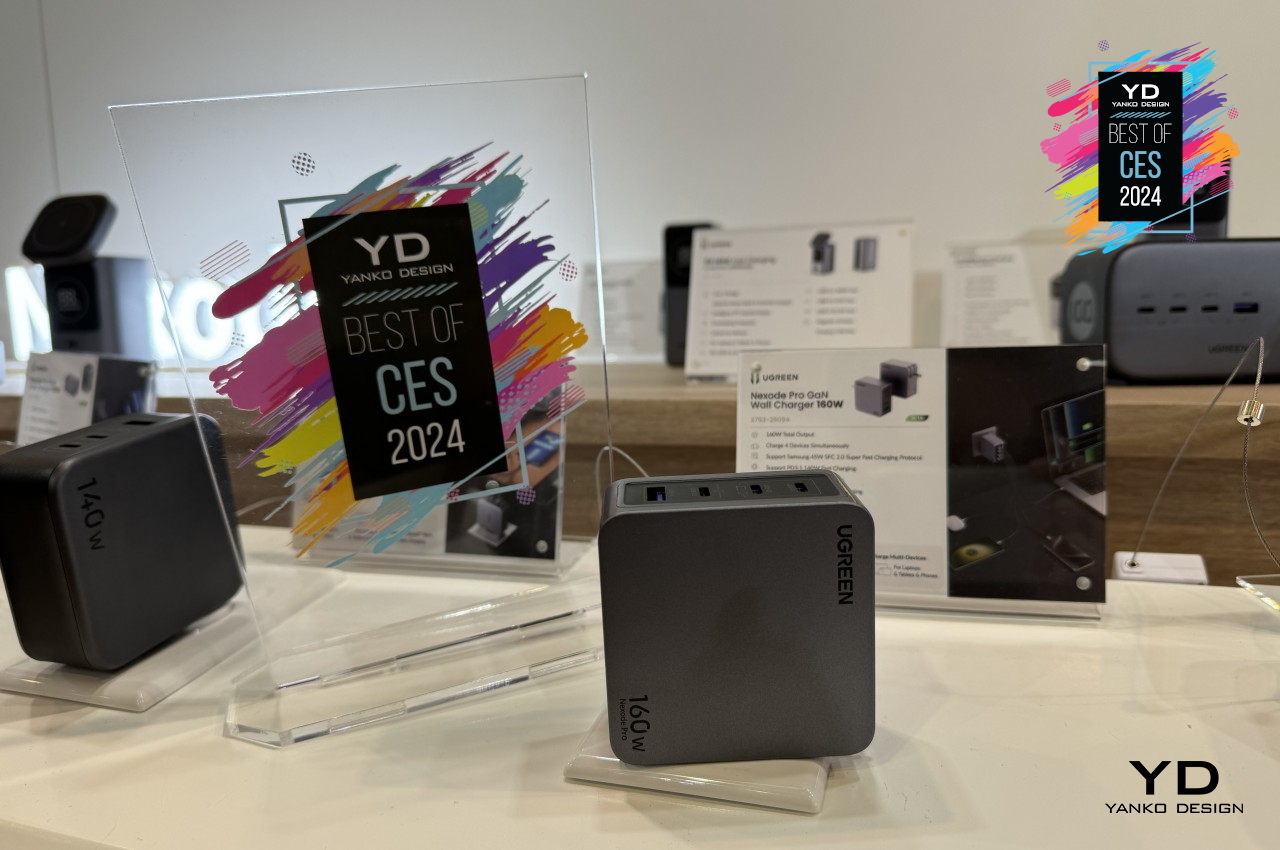
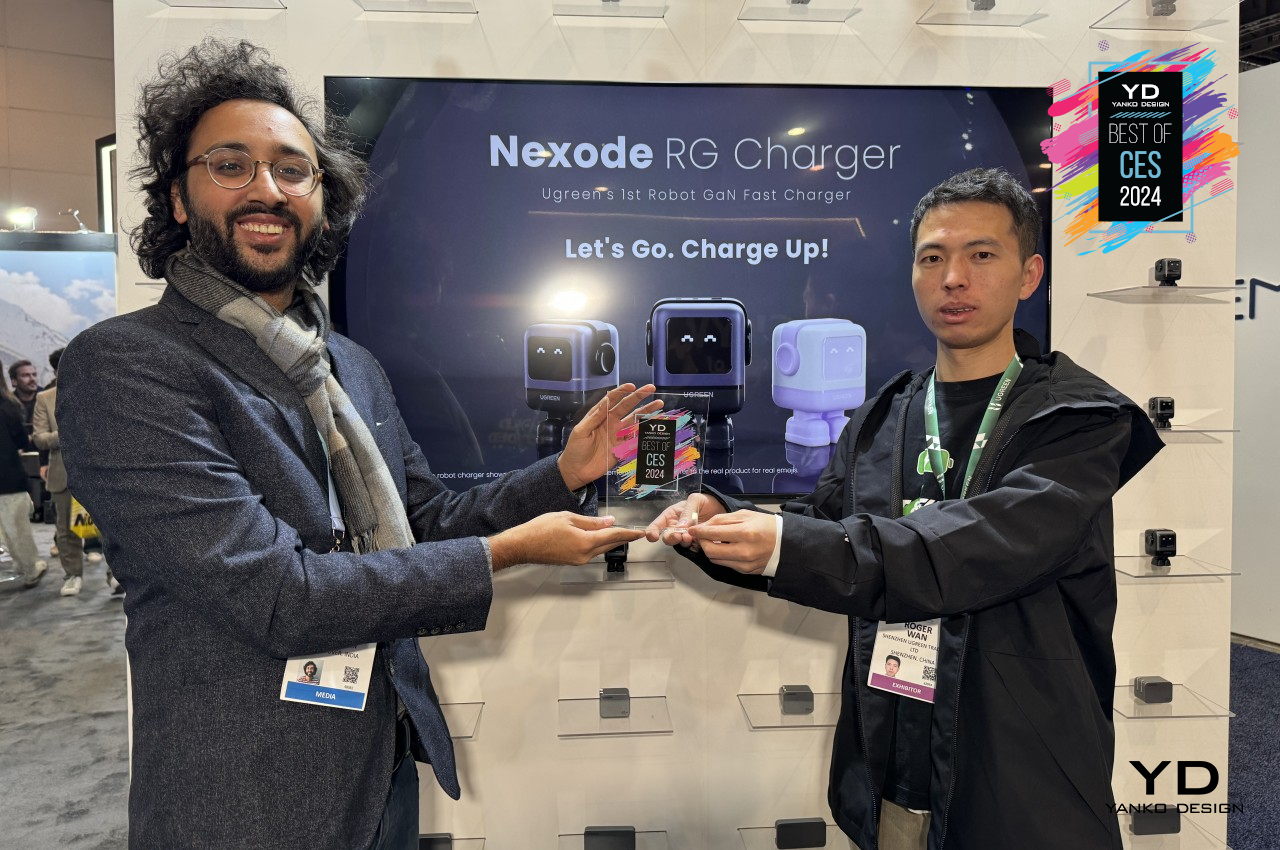
It almost feels like scrambling for a wall socket or power outlet is now an inescapable part of modern life. Juggling multiple devices at the same time is already a hassle, but having to charge them all at the same time can be a hellish experience. Different devices come with different charging needs and different chargers, and you can never be sure if one will work for the others, forcing you to bring as many chargers as you have devices. Thankfully, that’s not the case, especially with UGREEN’s new Nexode Pro 160W GaN Charger, the one charger to rule them all, including your MacBook.
Designer: UGREEN
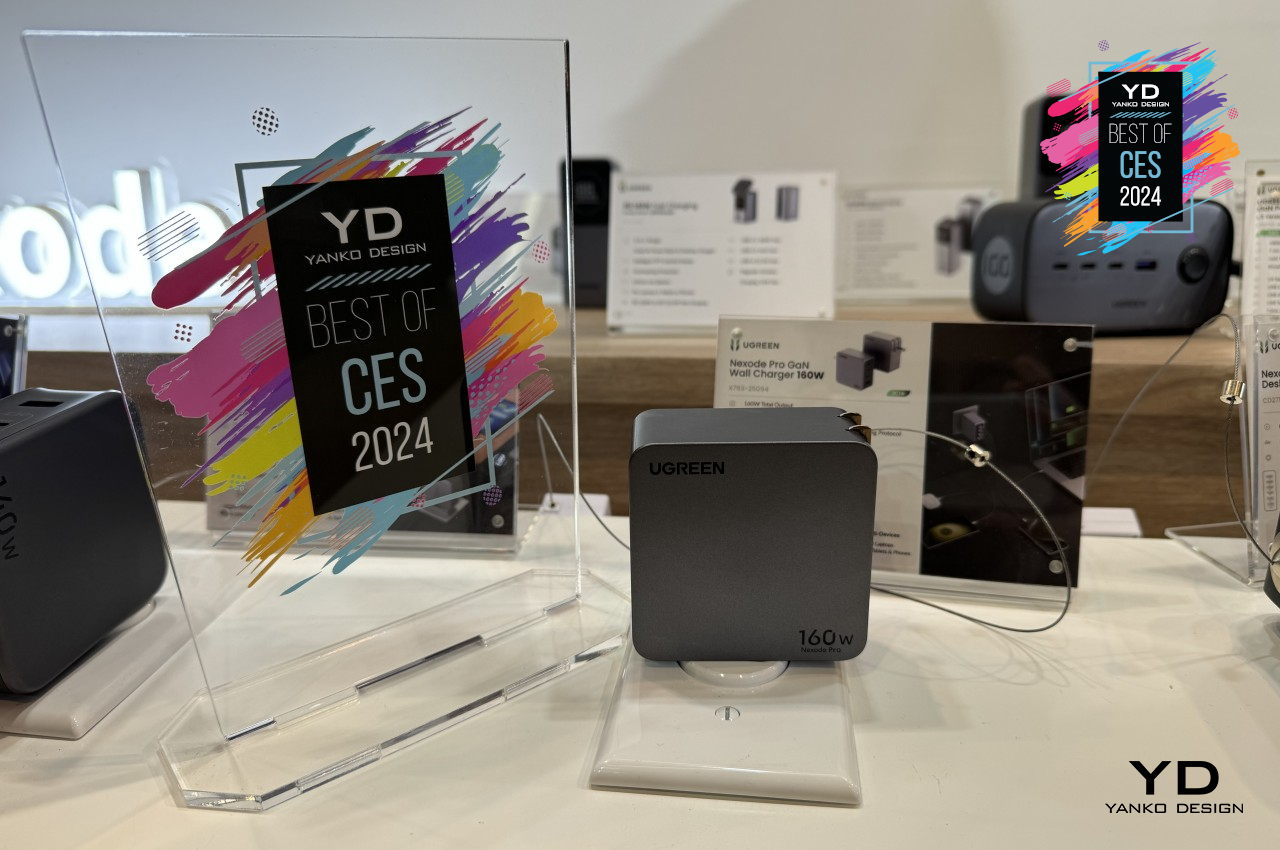
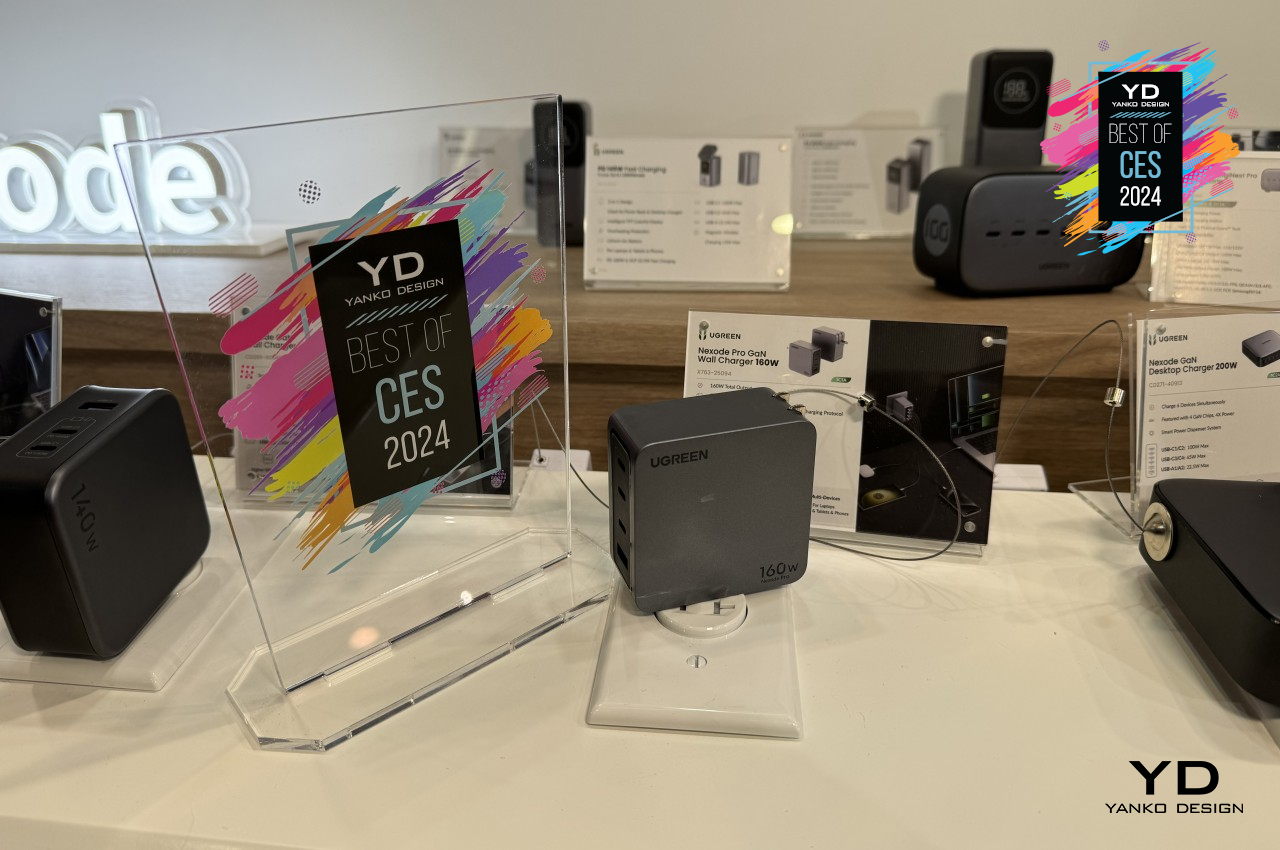
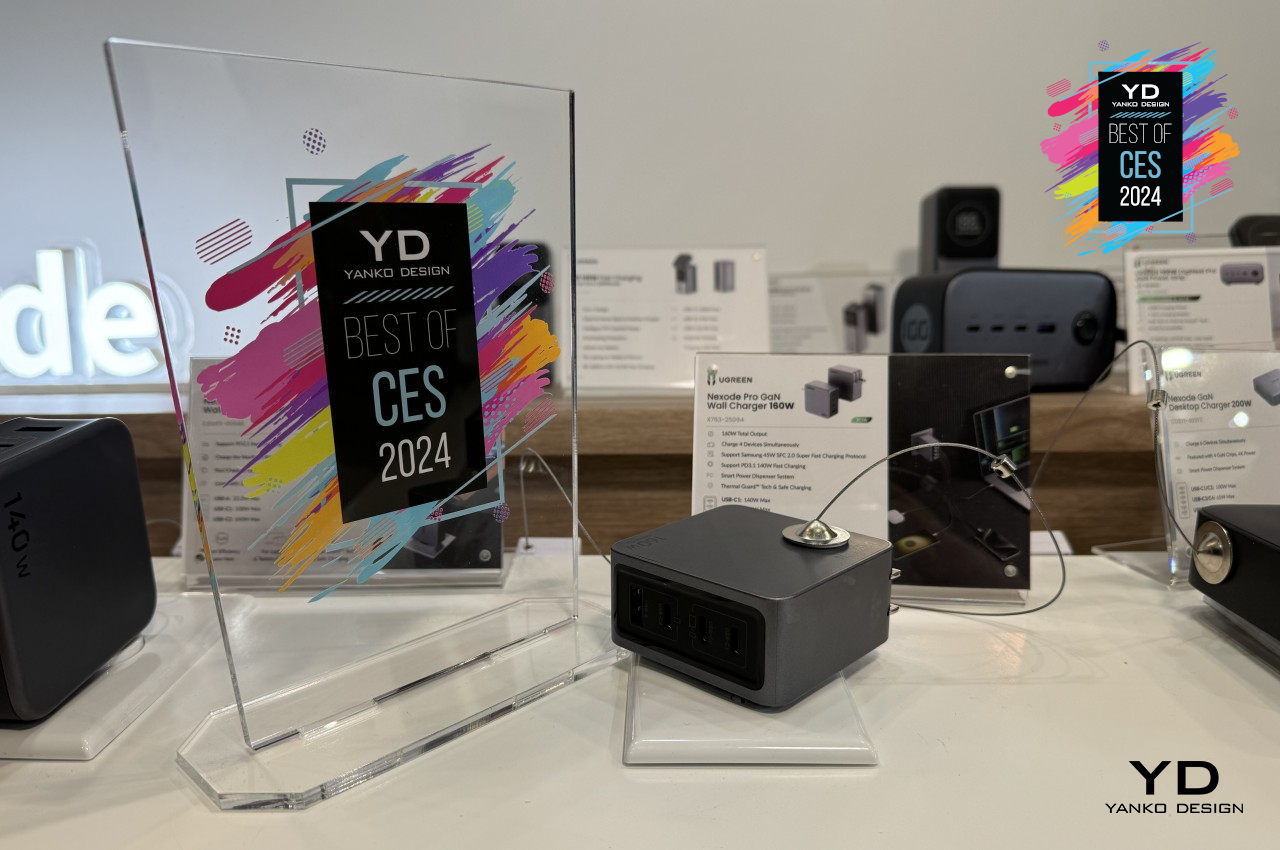
It’s almost amusing how the 16-inch MacBook Pro has become the measuring rod by which chargers are judged, but that’s because of how power-hungry it can be. With a maximum output of 160W, the UGREEN Nexode Pro doesn’t even break a sweat, quite literally too. GaN technology allows the charger to have a small and compact shape while still maintaining maximum power efficiency, heat management, and safety. Plus, you won’t be hogging the socket just to charge the four devices you can plug into it, perhaps even earning you some friends in the process.
Vaonis Hestia Smart Telescope
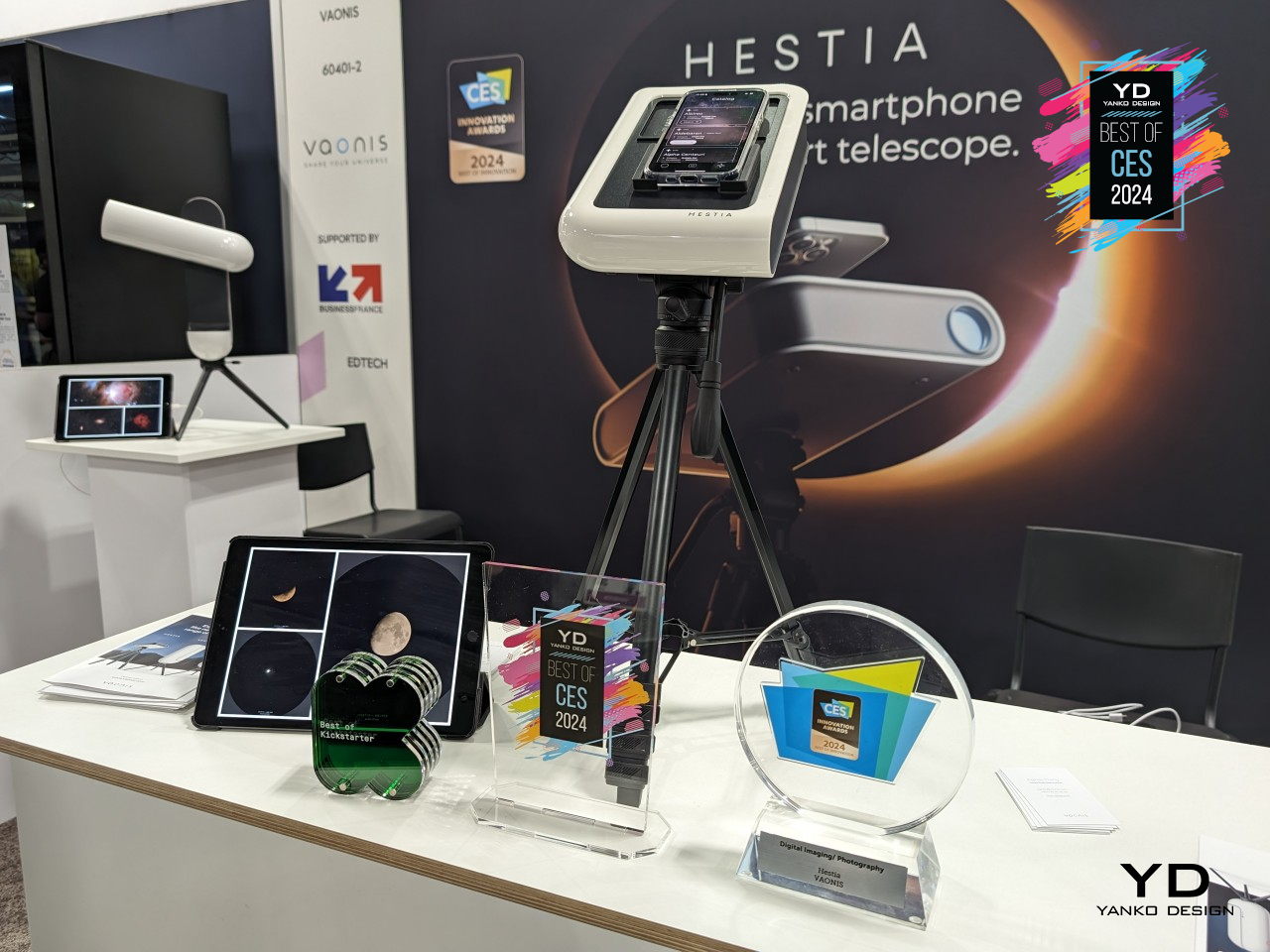
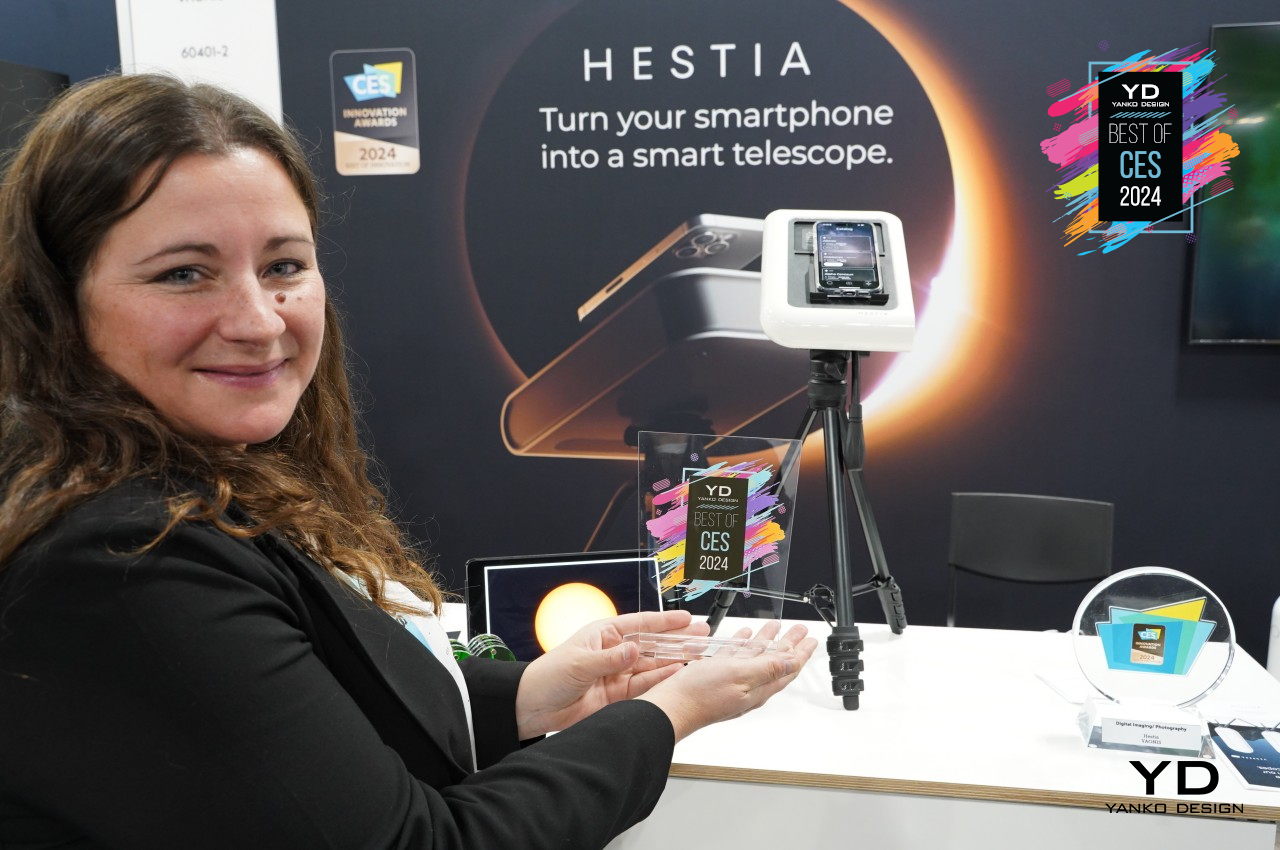
Our smartphones are already impressive on their own, but they open the doors to even more mind-blowing possibilities with the right accessory or device. Their cameras, for example, can already take breathtaking photos and videos, but imagine what they can do when you connect them with something that can actually see farther, even to the depths of space. That’s the premise behind Vaonis’ latest masterpiece, the Hestia, which turns your smartphone into a smart telescope just by placing it on top of a portable box.
Designer: Vaonis
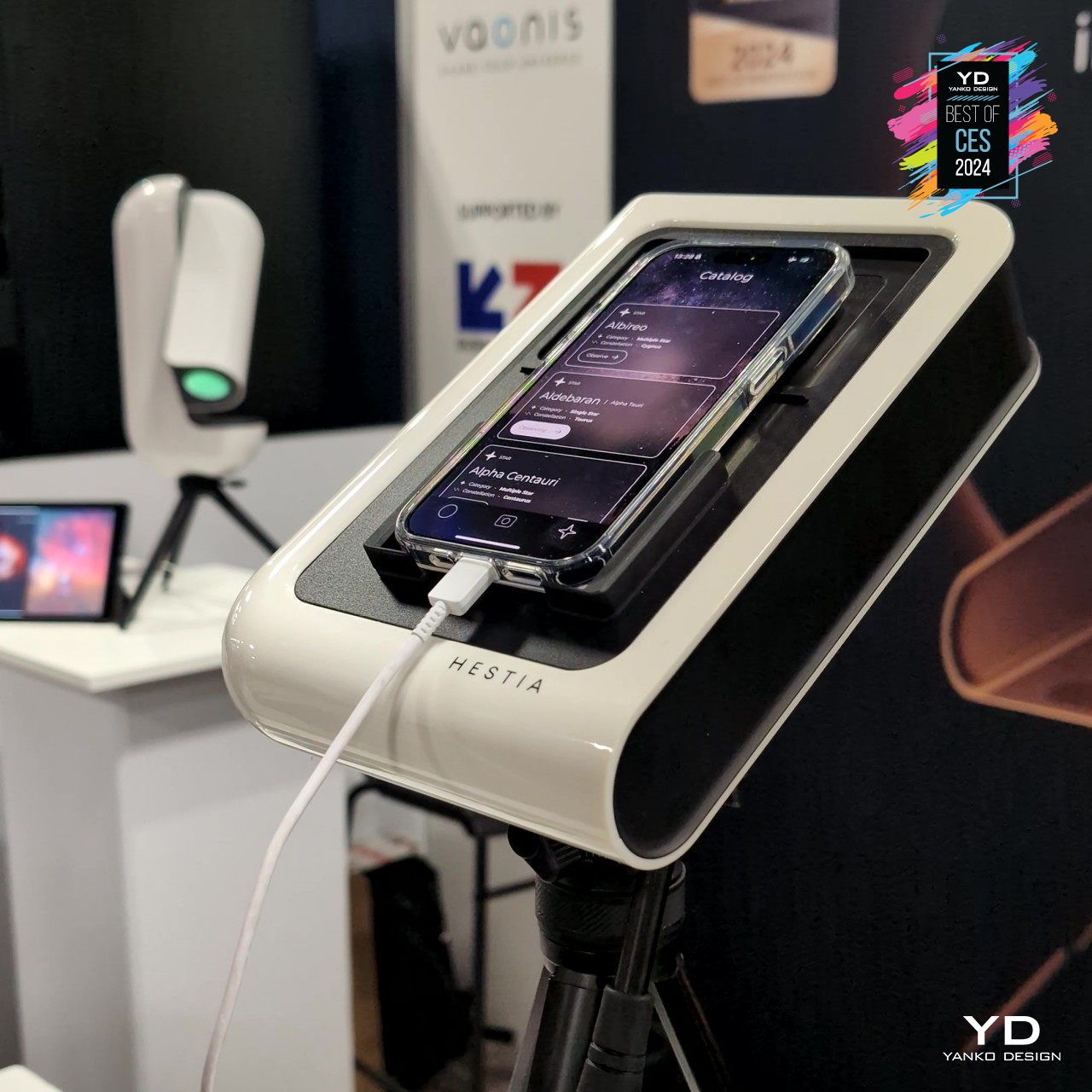
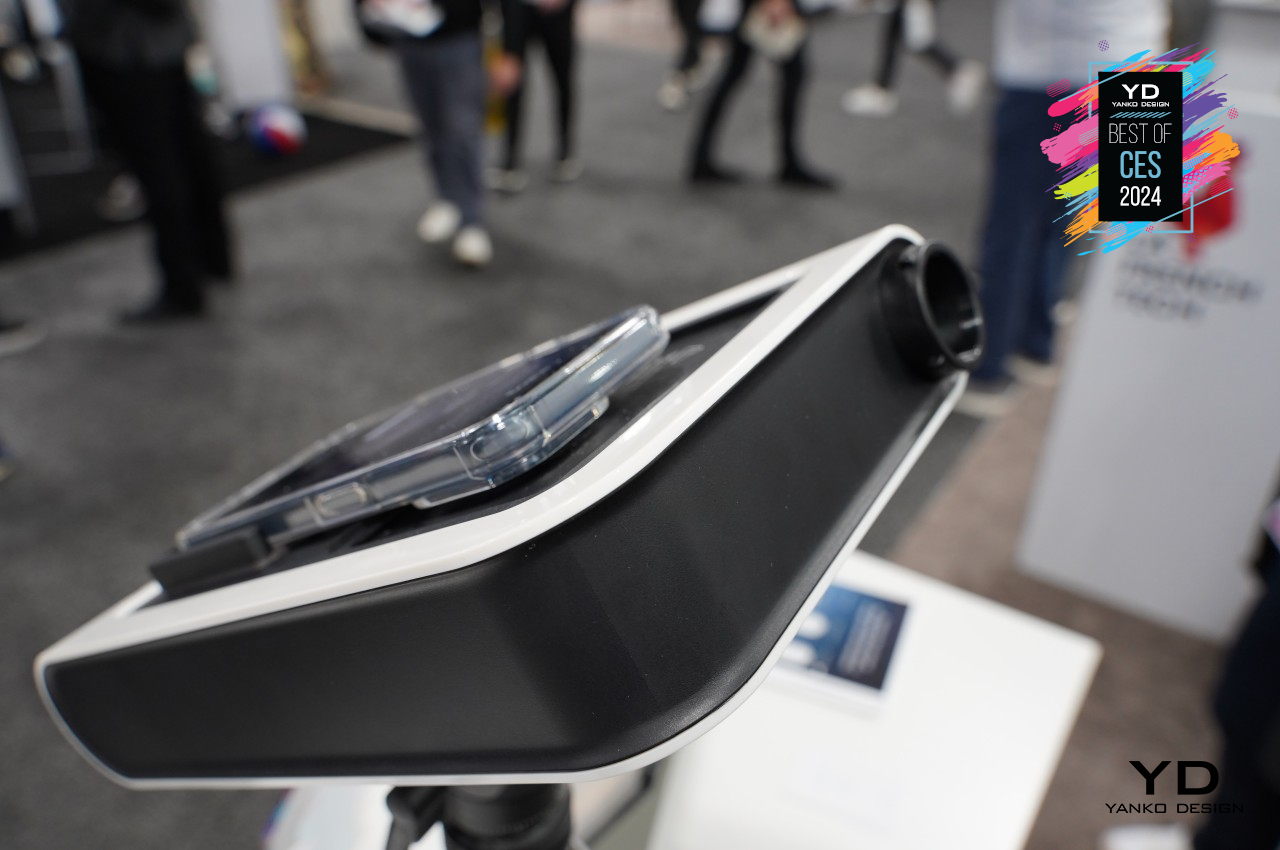
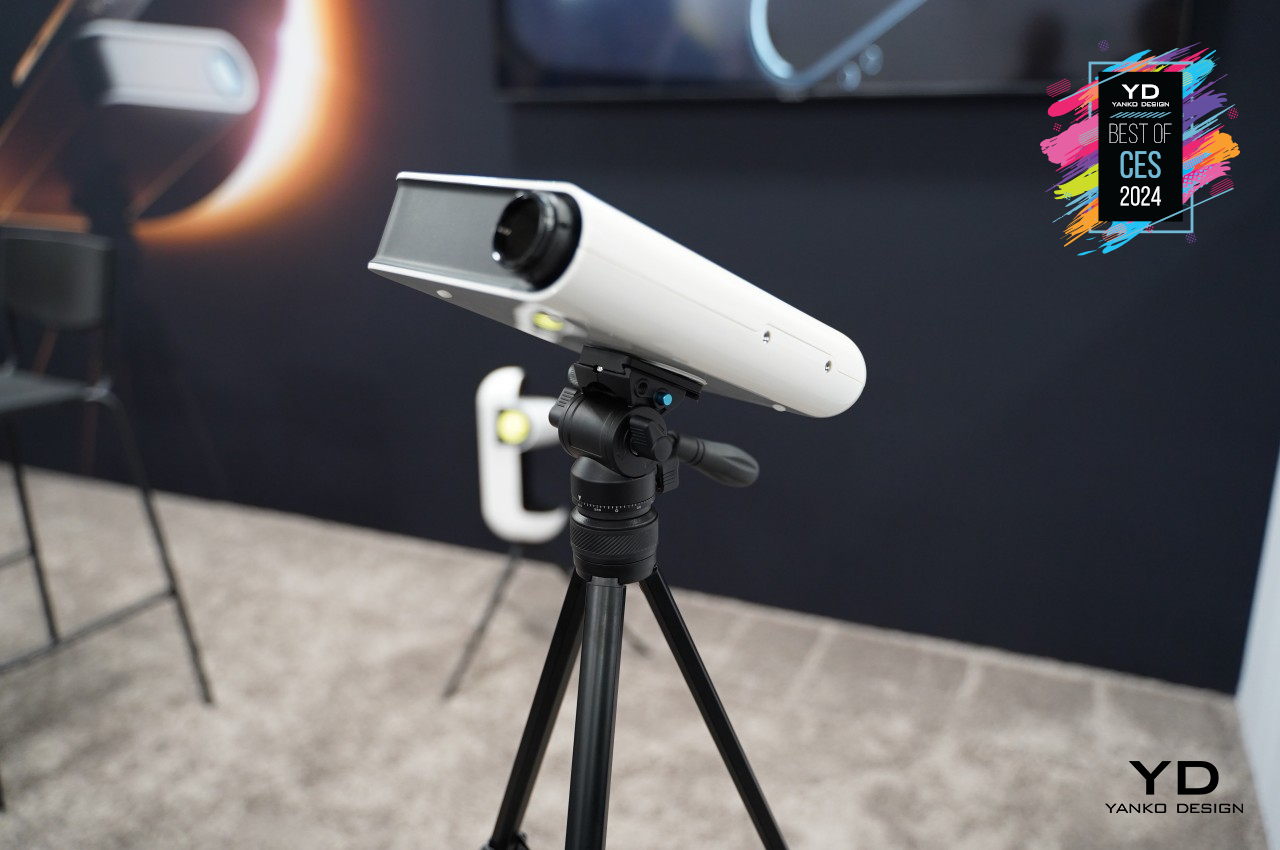
Looking almost like a mini projector, the Vaonis Hestia utilizes the imaging sensors and computing power of your smartphone and combines it with sophisticated optics to view the night sky in all its grandeur or, with the proper filter, even the sun during a momentous solar eclipse. The easy-to-use Gravity app not only becomes your guide to the night sky, but it also lets you take expansive and incredible shots by stitching multiple short exposures and utilizing image-enhancing algorithms. The Vaonis Hestia makes it easy to expand your world and your mind with the wonders of the universe, a skill that will be quite in demand as we move closer to space tourism and colonization.
Xreal Air 2 Ultra Mixed Reality Glasses
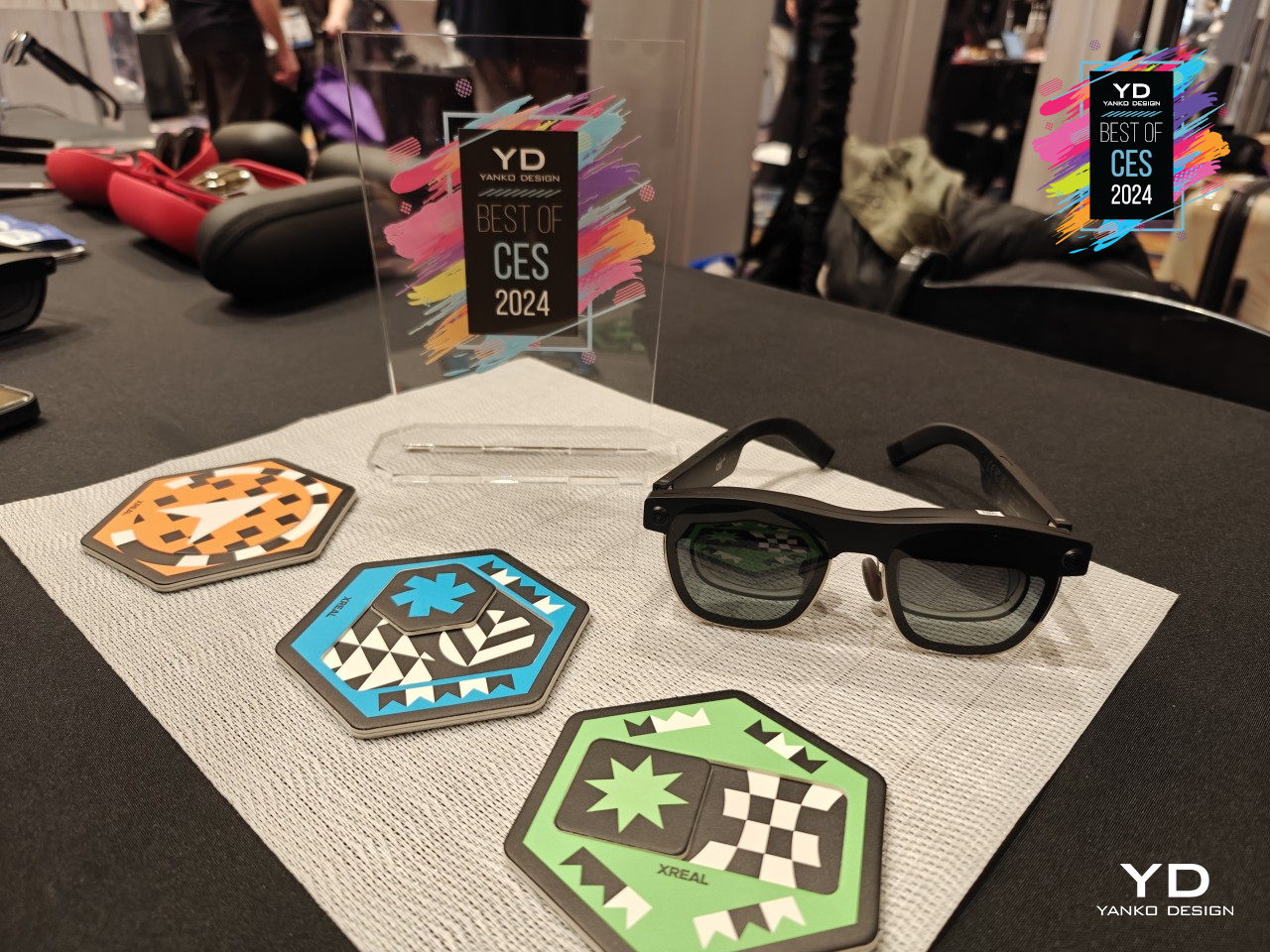

While it’s undeniable that the announcement of the Apple Vision Pro had a big impact on the mixed reality market, it’s also too easy to forget that there have been people playing in that field for years already. Xreal, formerly called Nreal, has been making AR glasses since 2019, and now it’s jumping into the spatial computing arena with the Xreal Air 2 Ultra with a more open ecosystem and actual glasses rather than a headset.
Designer: Xreal
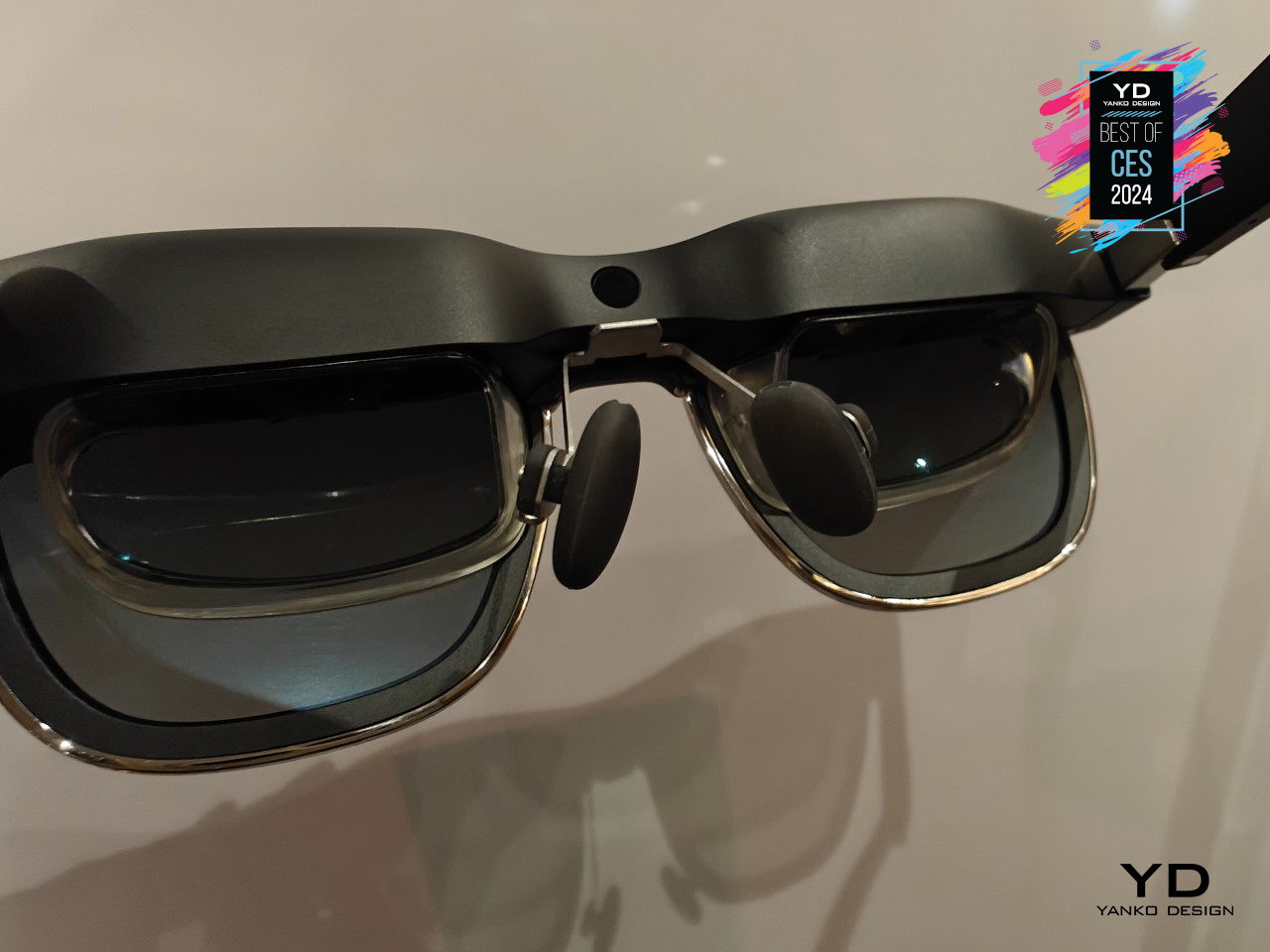
Like its previous Air glasses, the Xreal Air 2 Ultra takes the form of large black sunglasses, something easier to put on and take off compared to even a comfy headset like the Vision Pro. That bulk is necessary to cram important sensors for features like full positional or six degrees of freedom (6DoF) tracking, hand tracking, and more. More importantly, Xreal’s device is compatible with more devices, ironically including the iPhone, which can’t be said of Apple’s ecosystem. Lightweight, stylish, and significantly more versatile, the Xreal Air 2 Ultra offers a promising design that will make spatial computing more available to everyone.
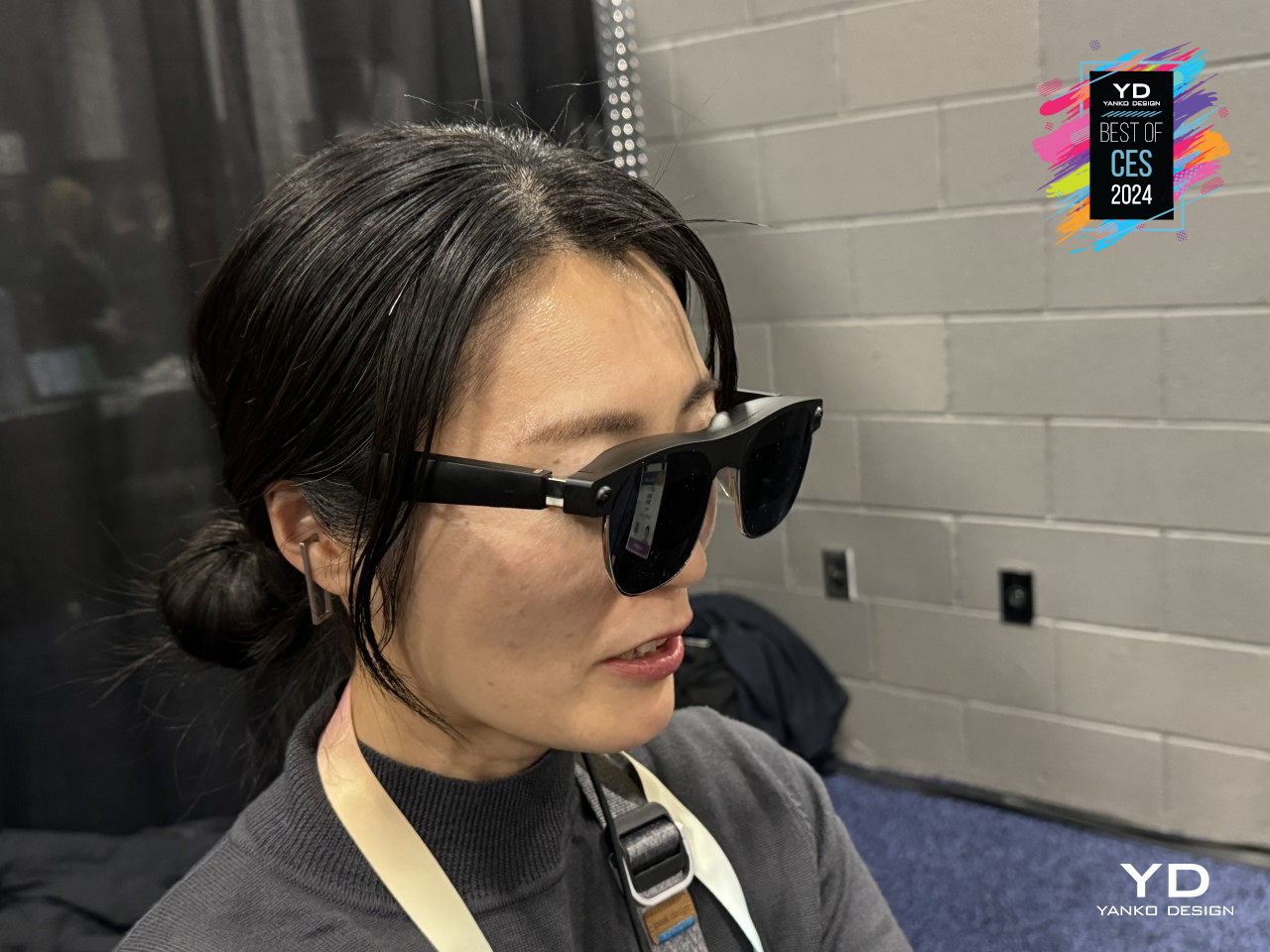

The post Best of CES 2024: Tech Designs for Smarter, More Comfortable Living first appeared on Yanko Design.
